"Caravanning August '21"

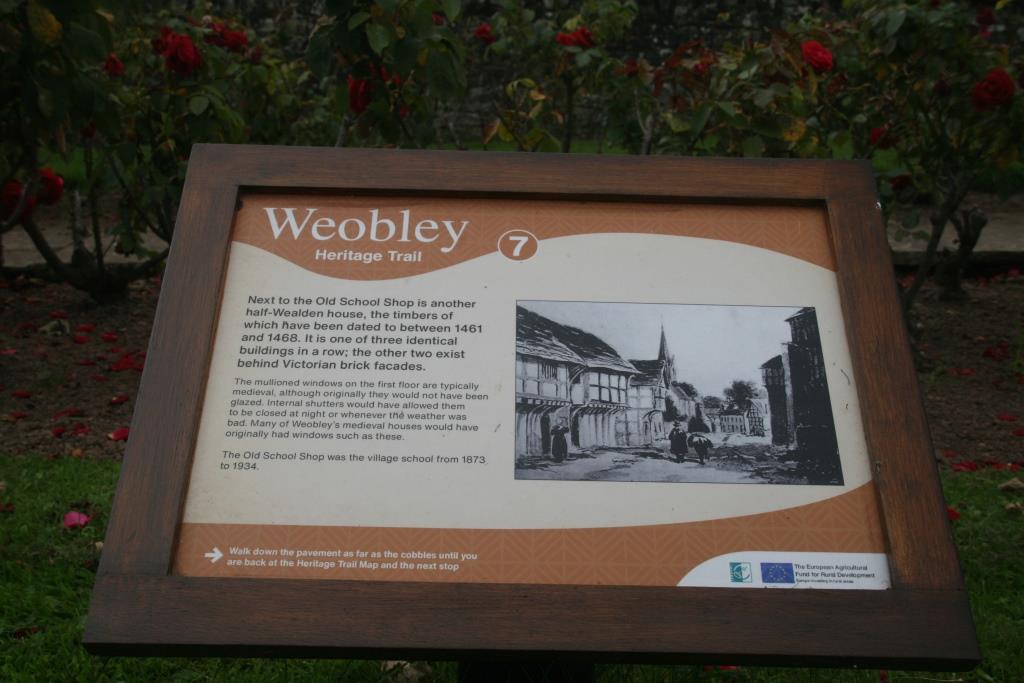 Weobley Historical Placard
Weobley Historical Placard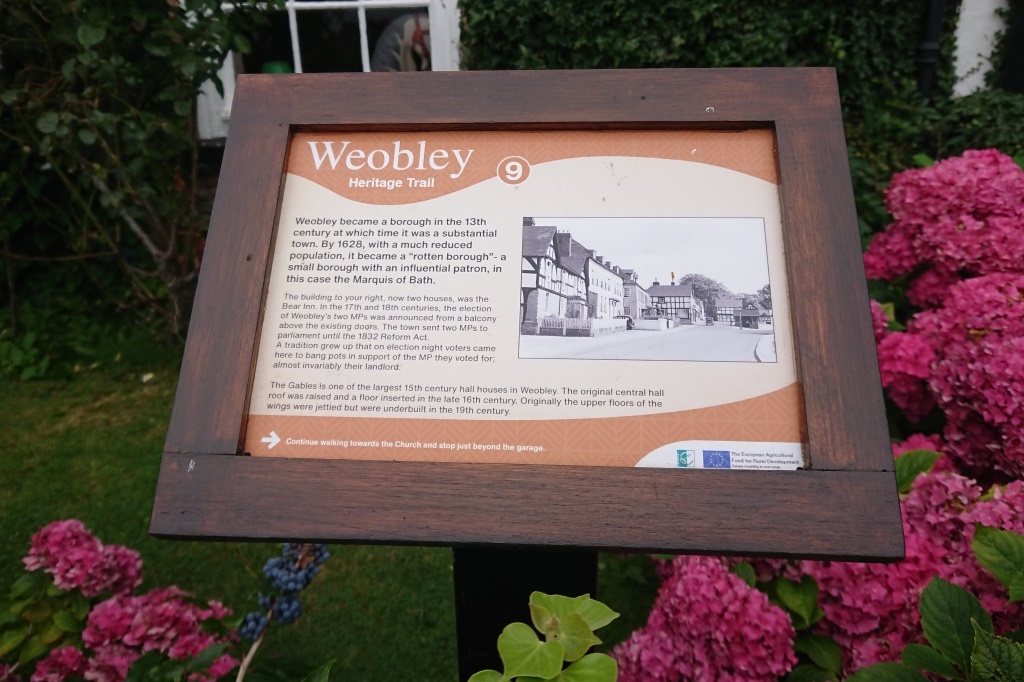 Weobley Historical Placard
Weobley Historical Placard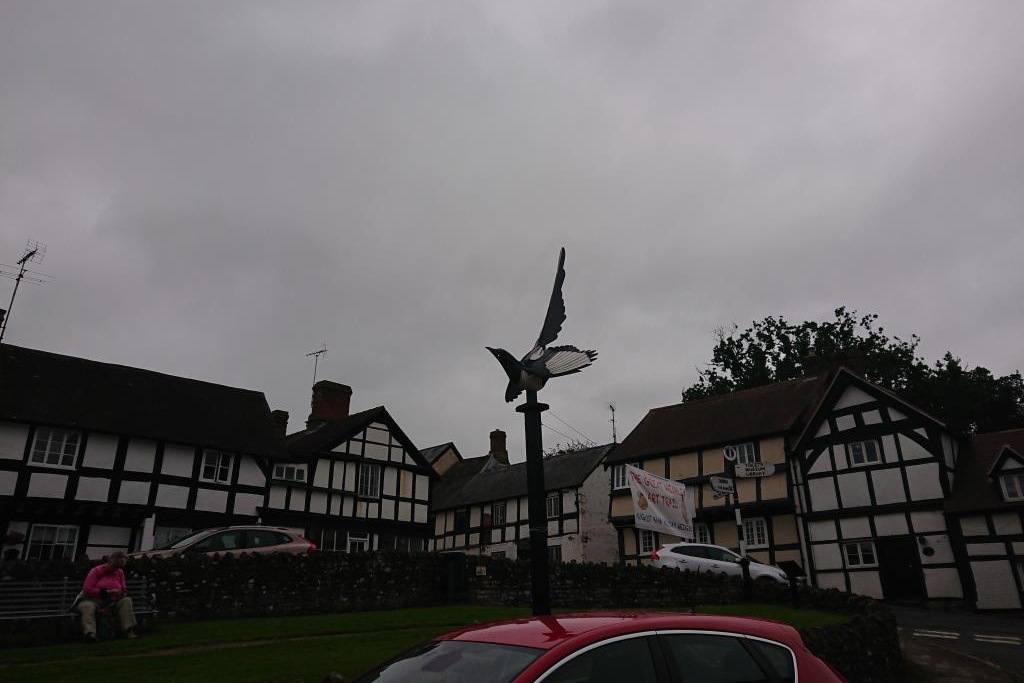 A sculpture by Walenty Pytel of a magpie (village emblem) after the village won the Daily Telegraph Village of the Year in 1999
A sculpture by Walenty Pytel of a magpie (village emblem) after the village won the Daily Telegraph Village of the Year in 1999 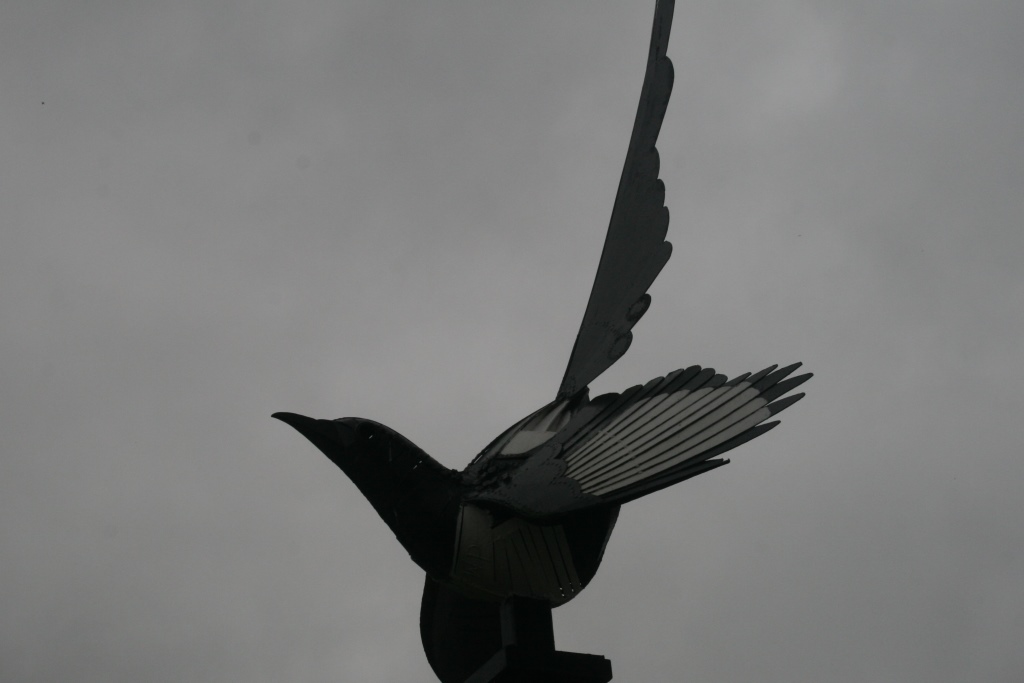
 Weobley is one of Herefordshire's famed 'Black and White' villages
Weobley is one of Herefordshire's famed 'Black and White' villages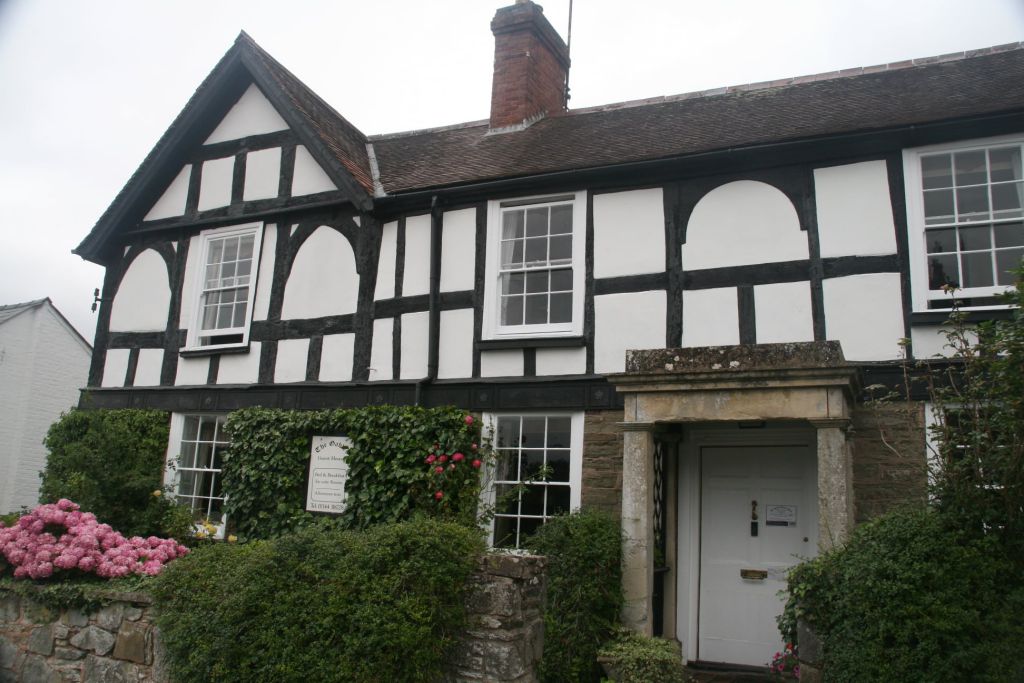
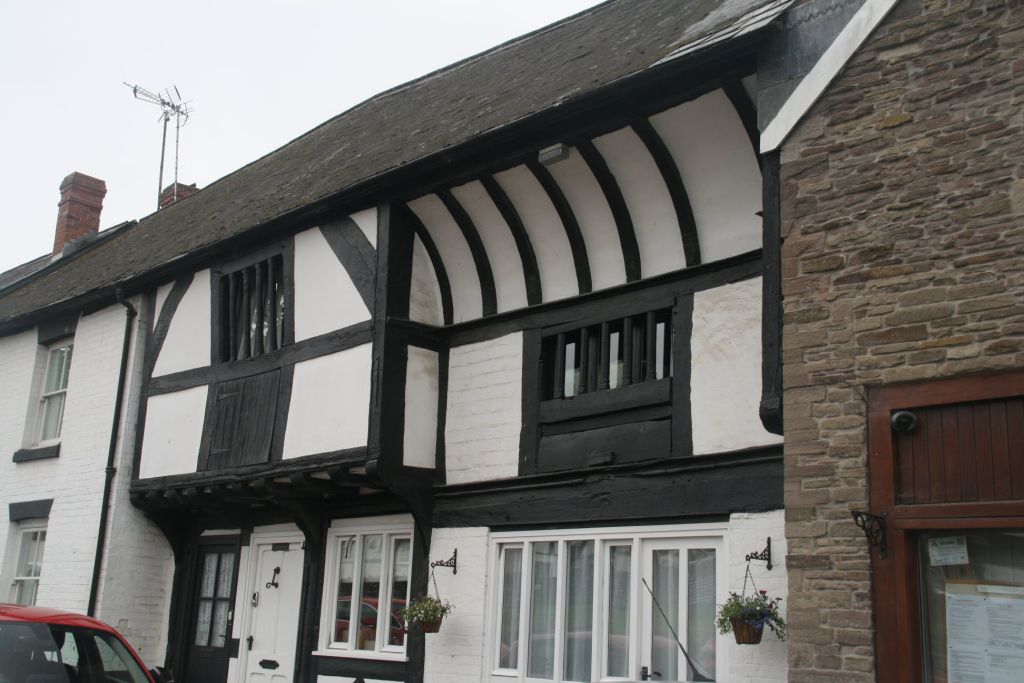
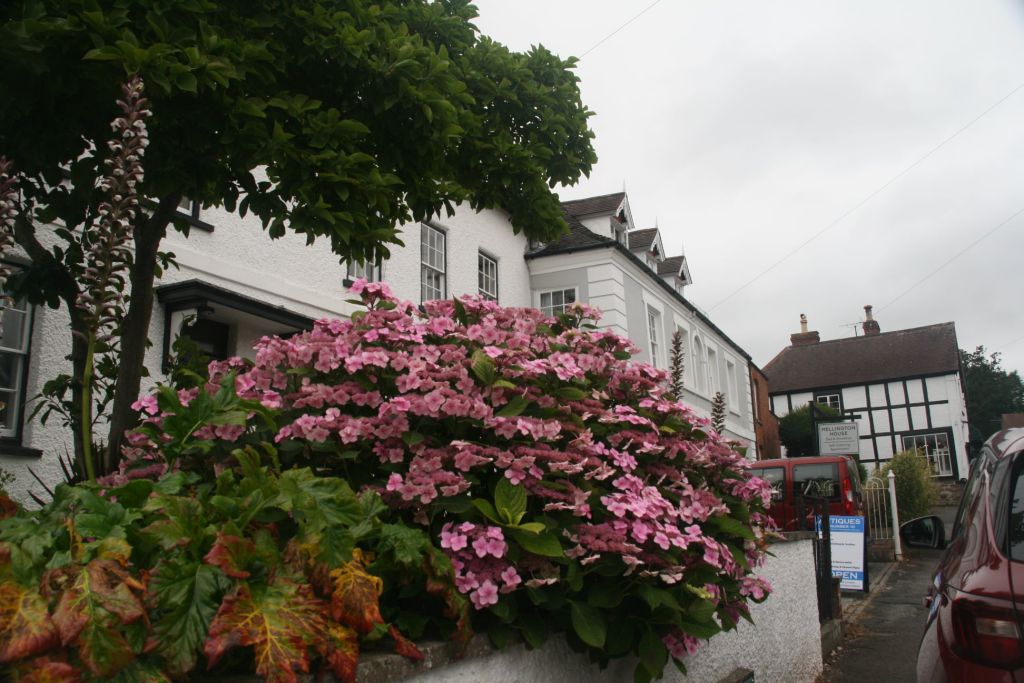 A village proud of its heritage and suitably decorated
A village proud of its heritage and suitably decorated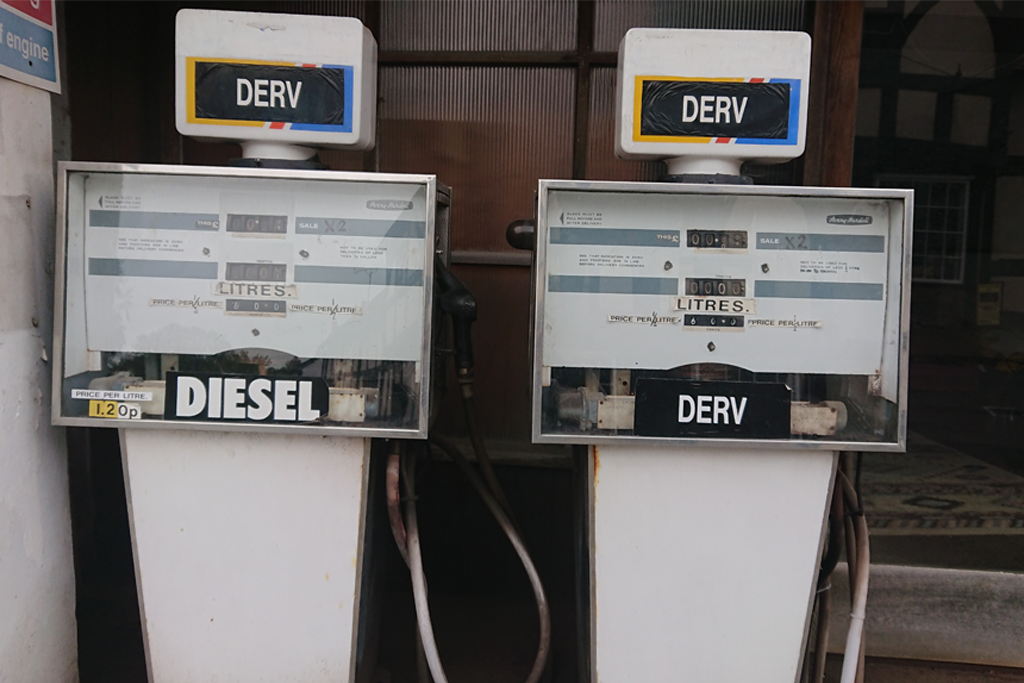 An old fashion Garage in Weobley
An old fashion Garage in Weobley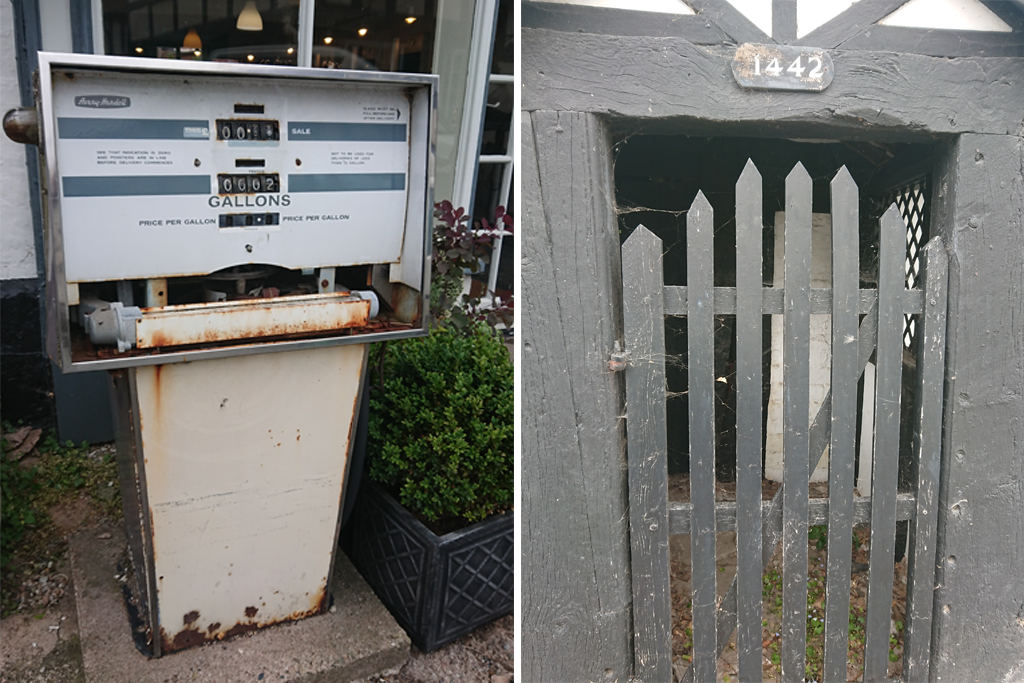 You don't see these old petrol pumps now - circa 1996 I estimate based on the price per litre on the counter & an old gate
You don't see these old petrol pumps now - circa 1996 I estimate based on the price per litre on the counter & an old gate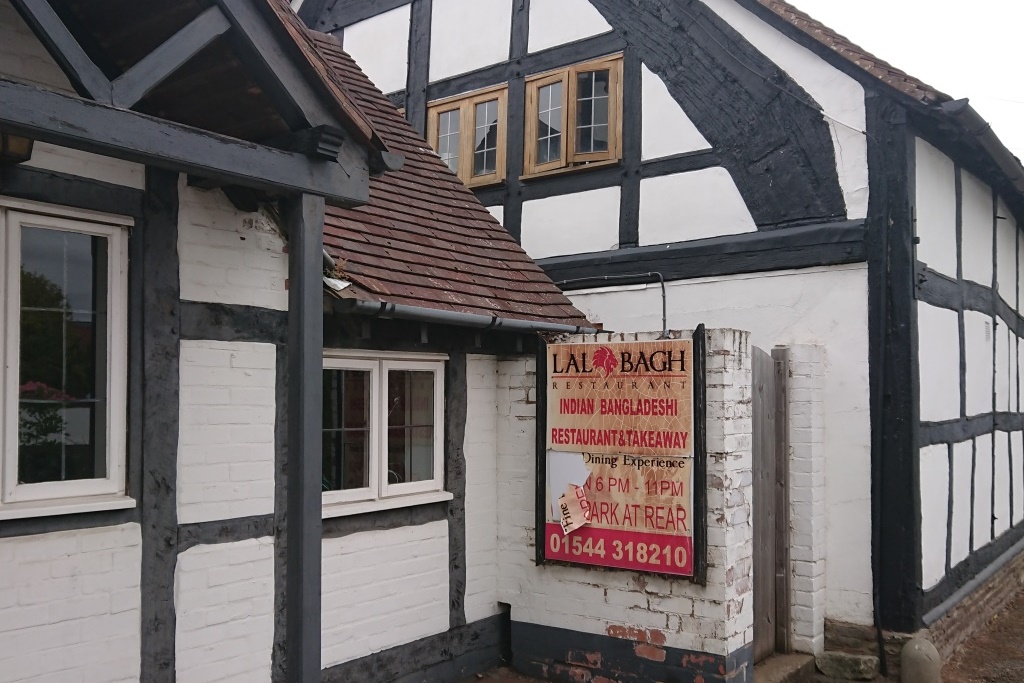 The residents of Weobley have better taste as this failed restaurant seems to show
The residents of Weobley have better taste as this failed restaurant seems to show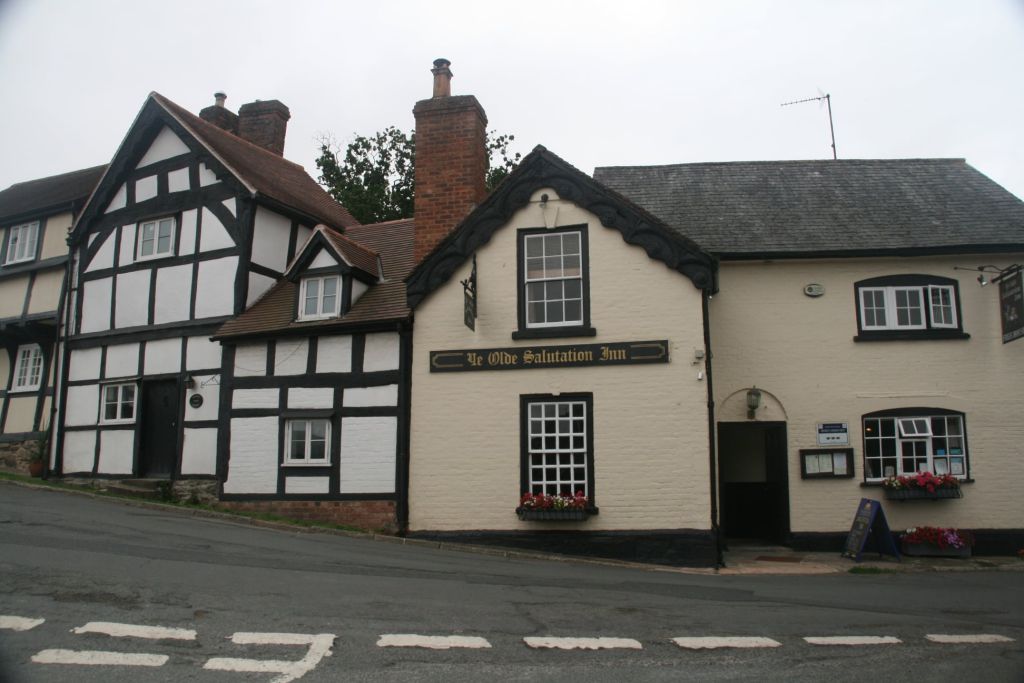 Ye Olde Salutation Inn - we had a few pints and a meal here (not bad)
Ye Olde Salutation Inn - we had a few pints and a meal here (not bad) 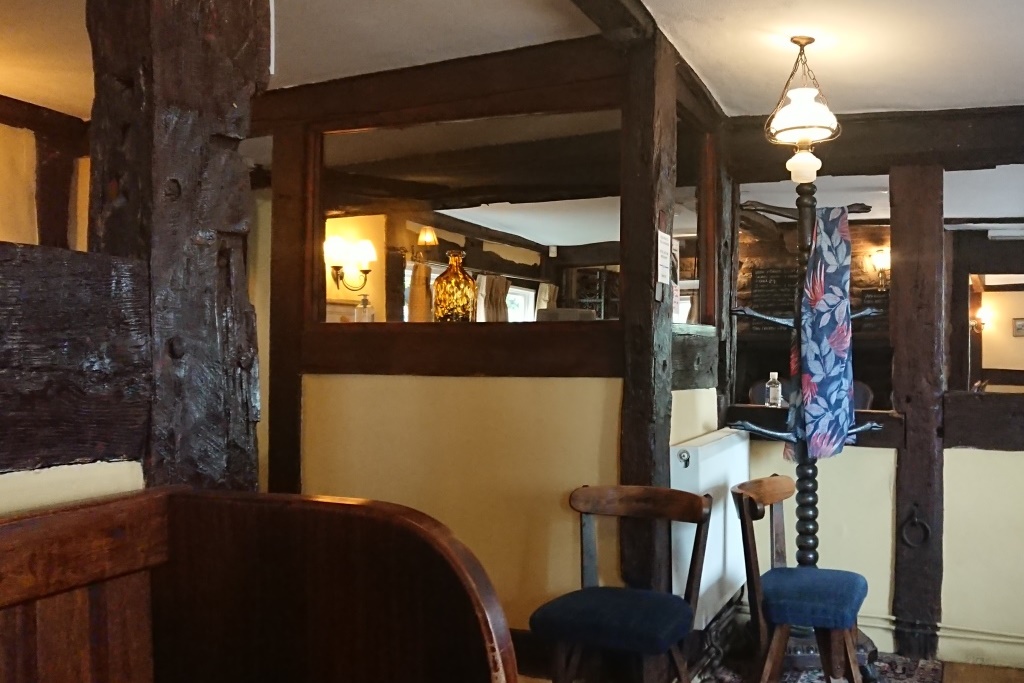 Inside the Inn
Inside the Inn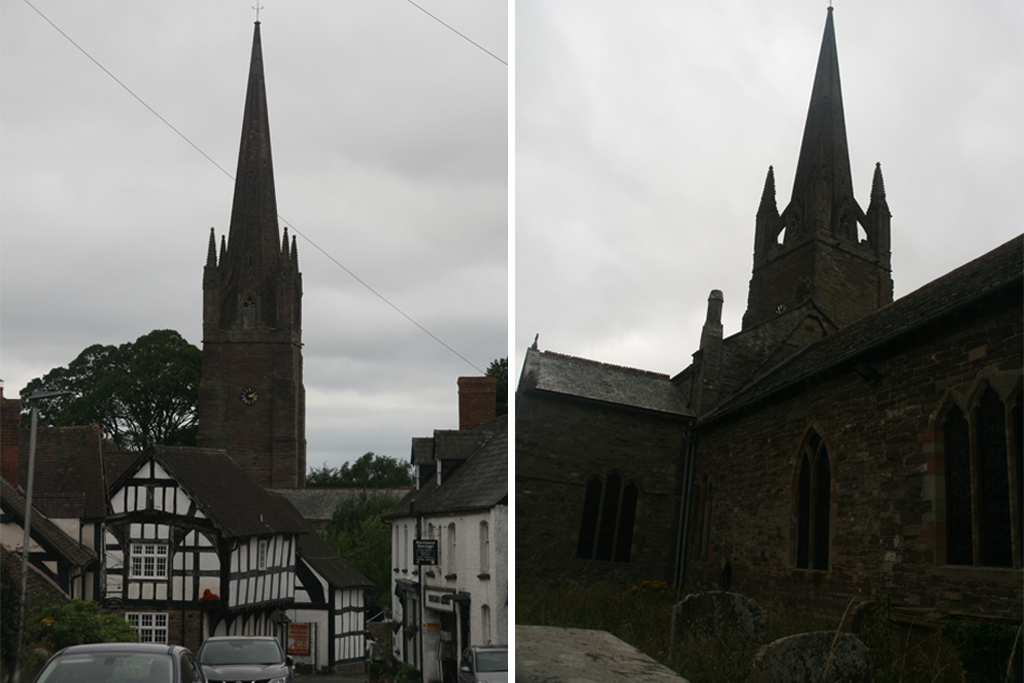 The church of St Peter and St Paul at Weobley
The church of St Peter and St Paul at Weobley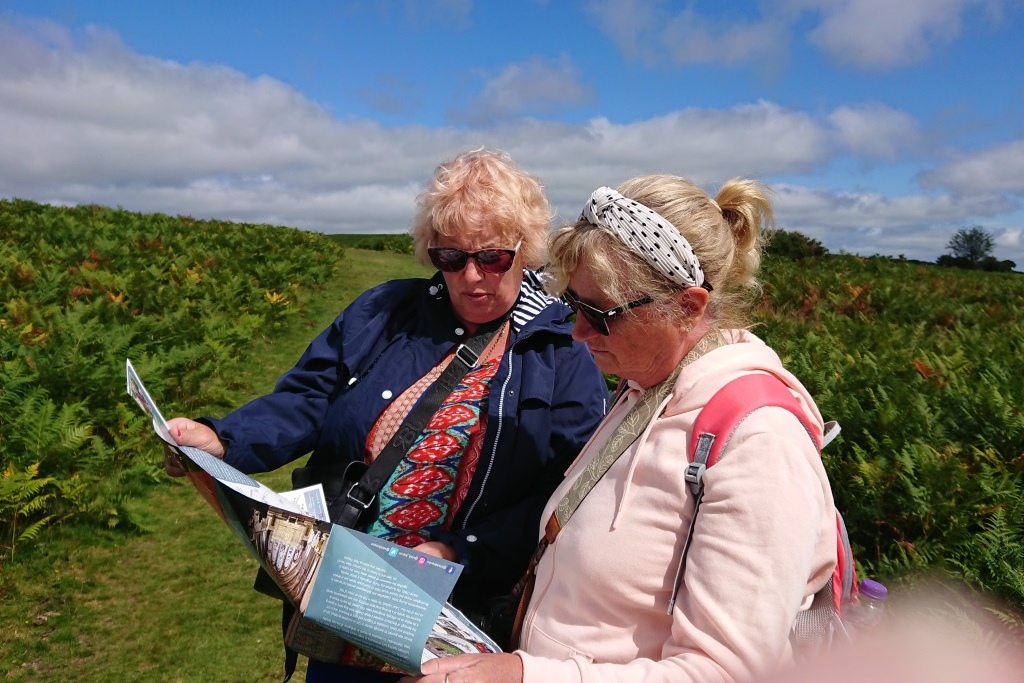 Where to now - the Brecons
Where to now - the Brecons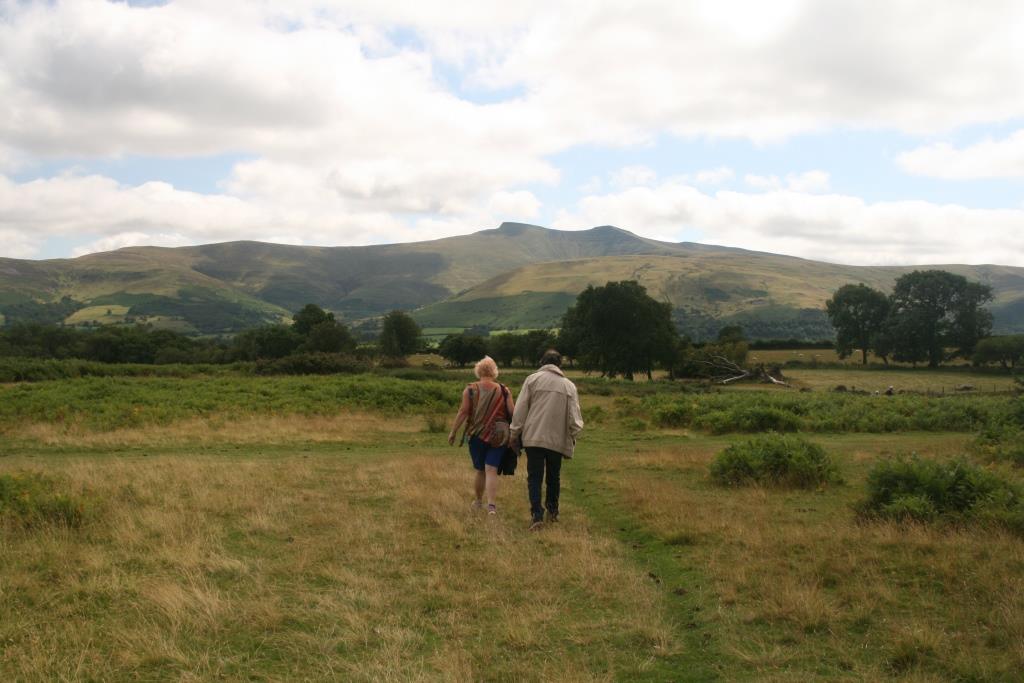 Not that way!
Not that way!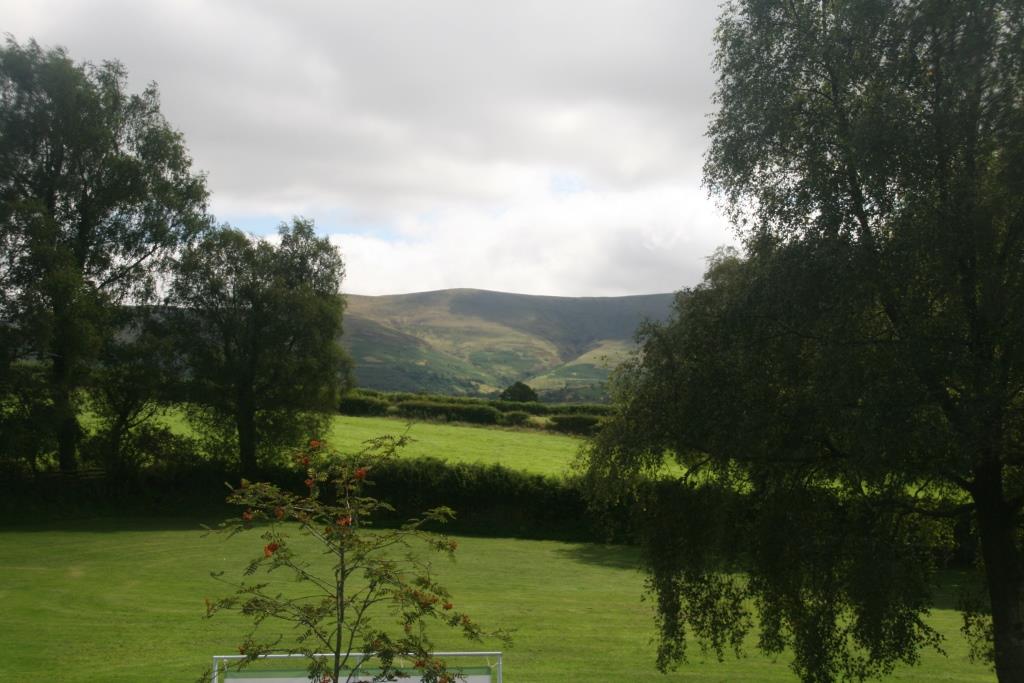 The Beacons in the distance
The Beacons in the distance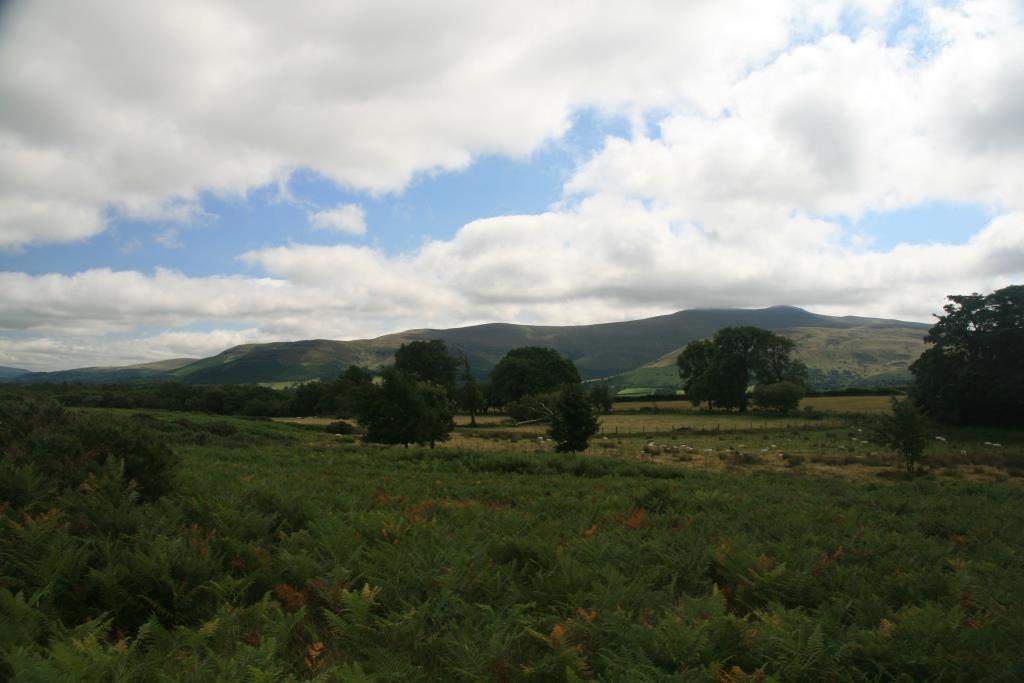
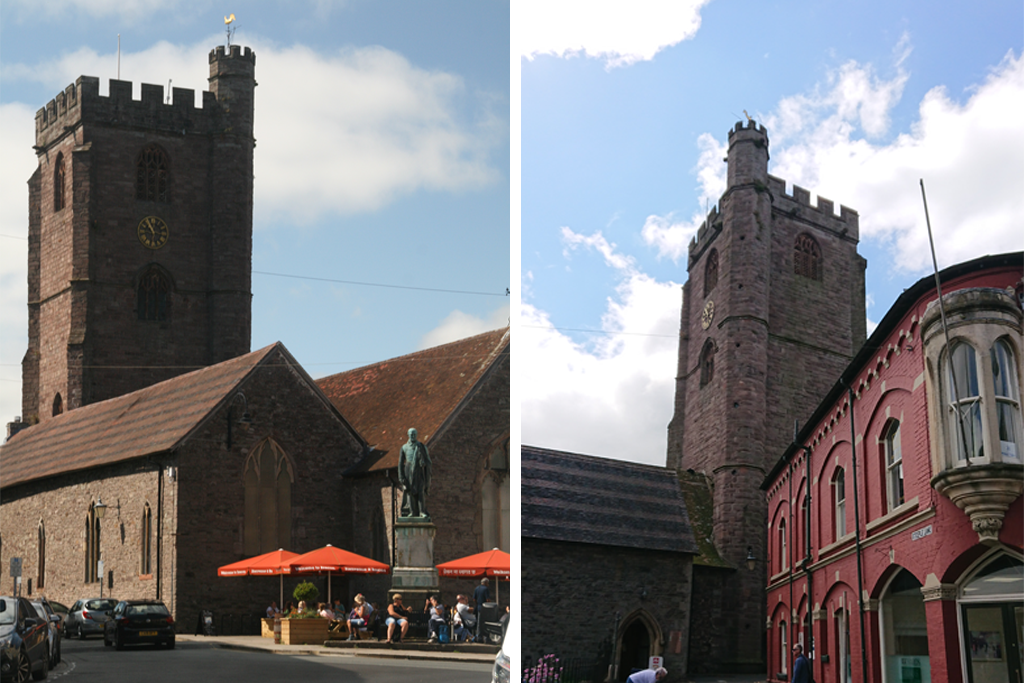 St Mary's Church, Brecon, built 14th to 15th century, restored 1857
St Mary's Church, Brecon, built 14th to 15th century, restored 1857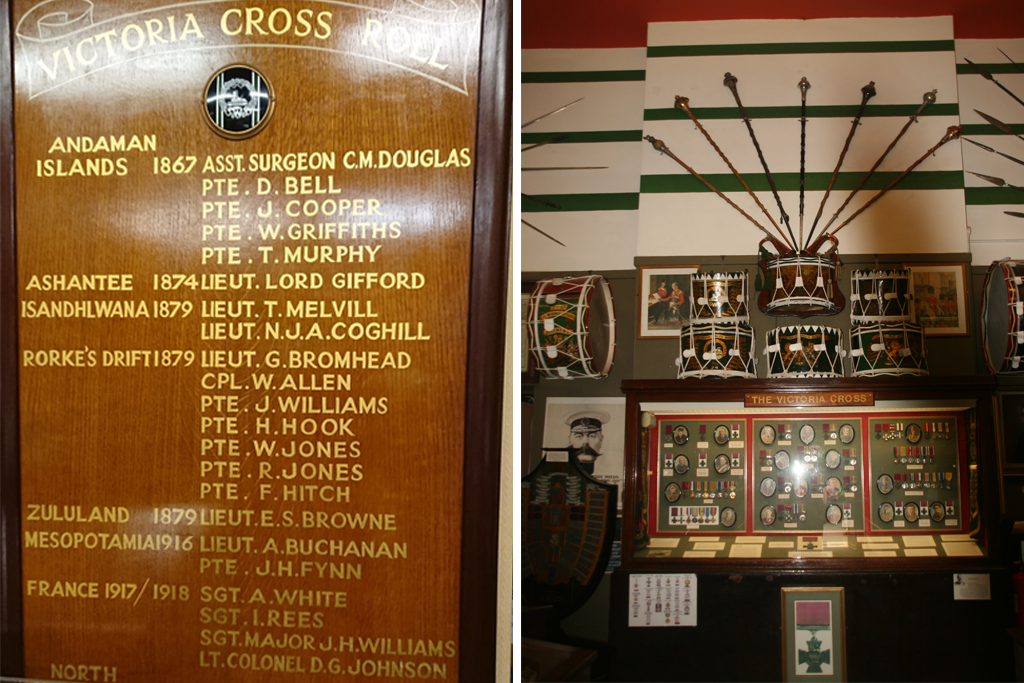 Regiment personnel awarded the Victoria Cross (note 7 of the 10 awarded for the defence of Rourkes Drift)
Regiment personnel awarded the Victoria Cross (note 7 of the 10 awarded for the defence of Rourkes Drift)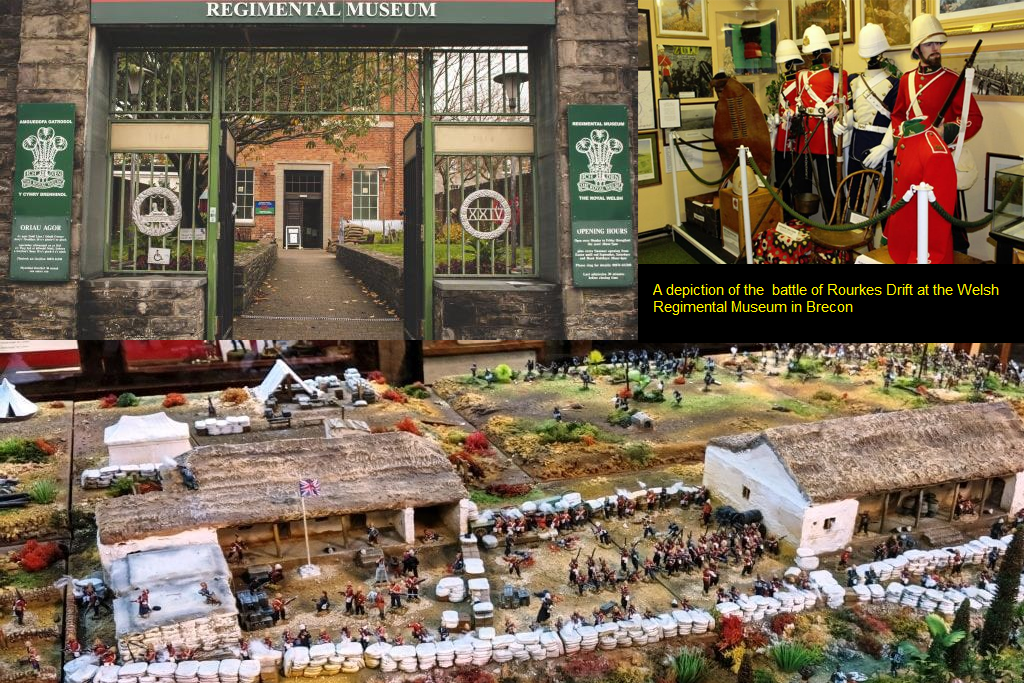
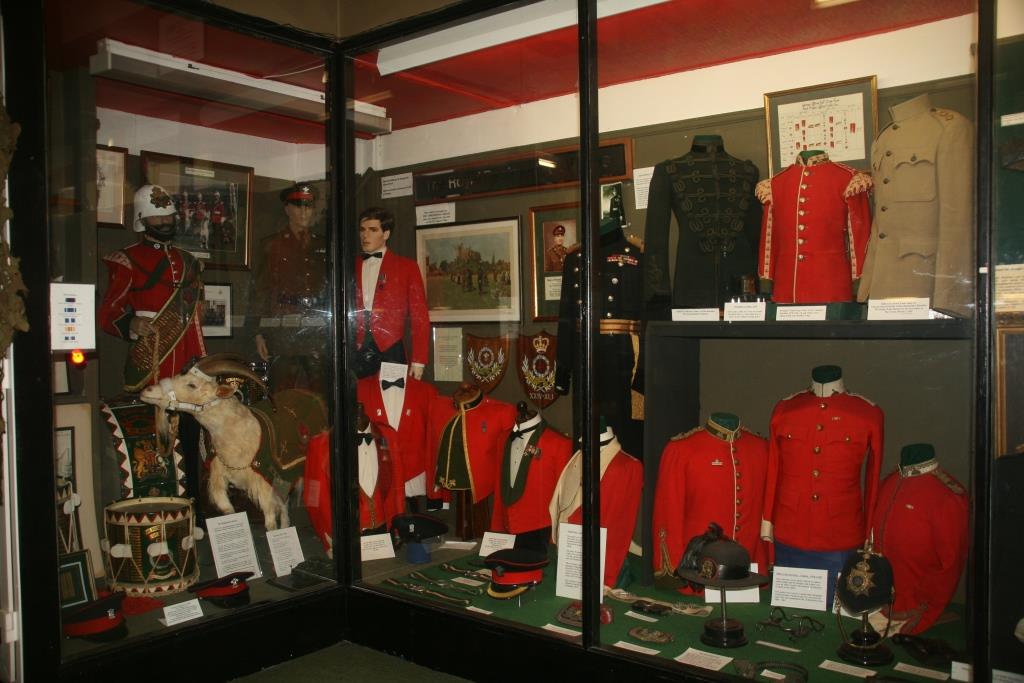
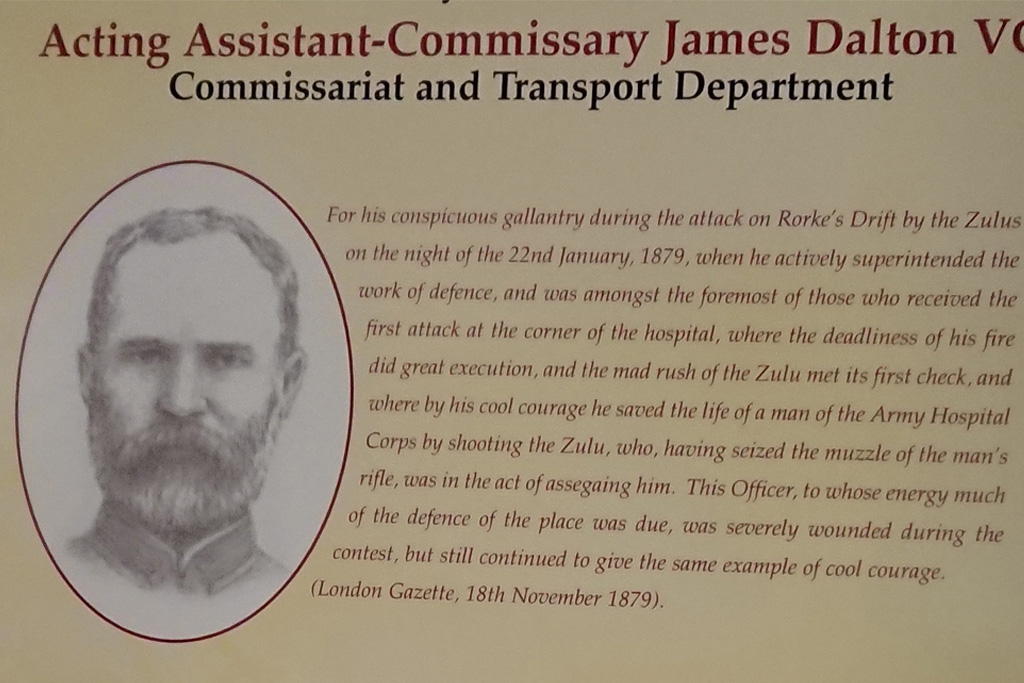 One of the 11 citations for bravery at Rorkes Drift that led to the award of a Victoria Cross
One of the 11 citations for bravery at Rorkes Drift that led to the award of a Victoria Cross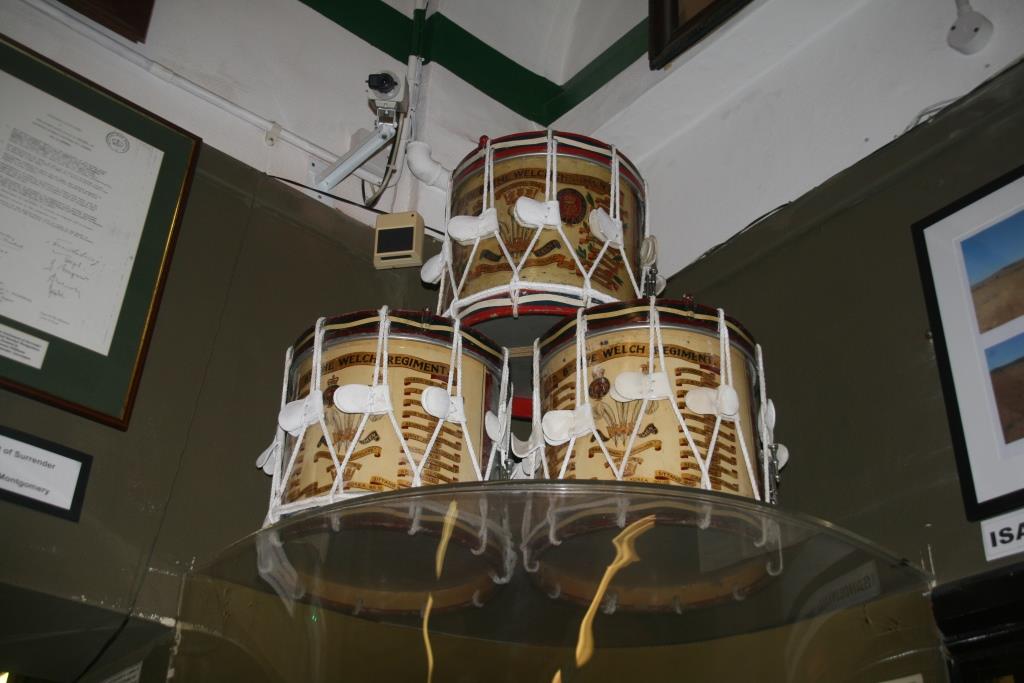
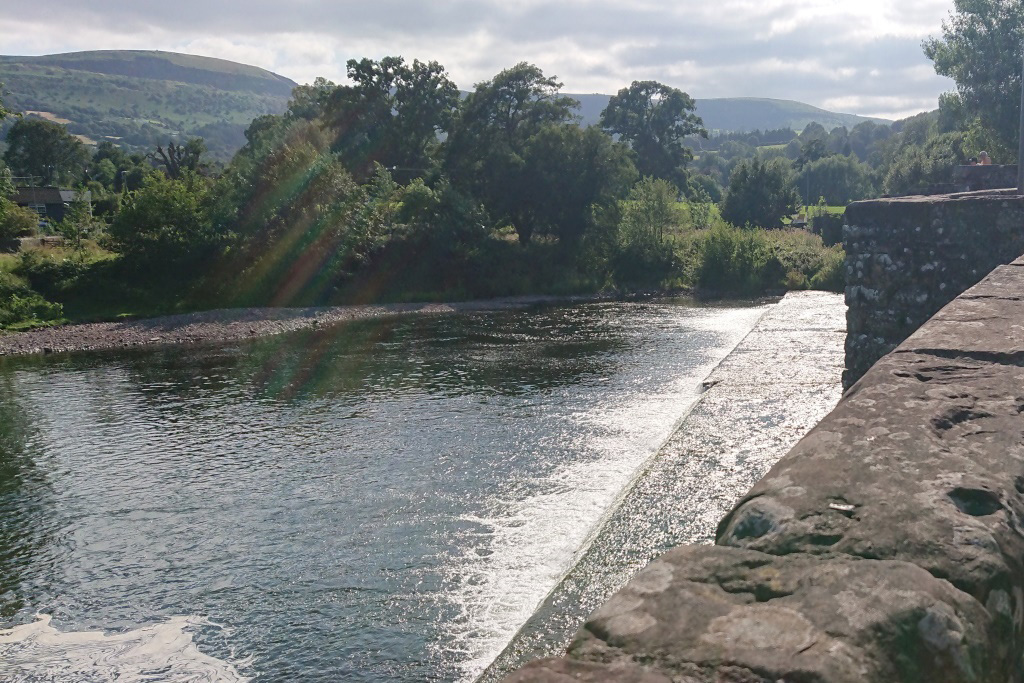 The famous bridge at Crickhowell.
The famous bridge at Crickhowell.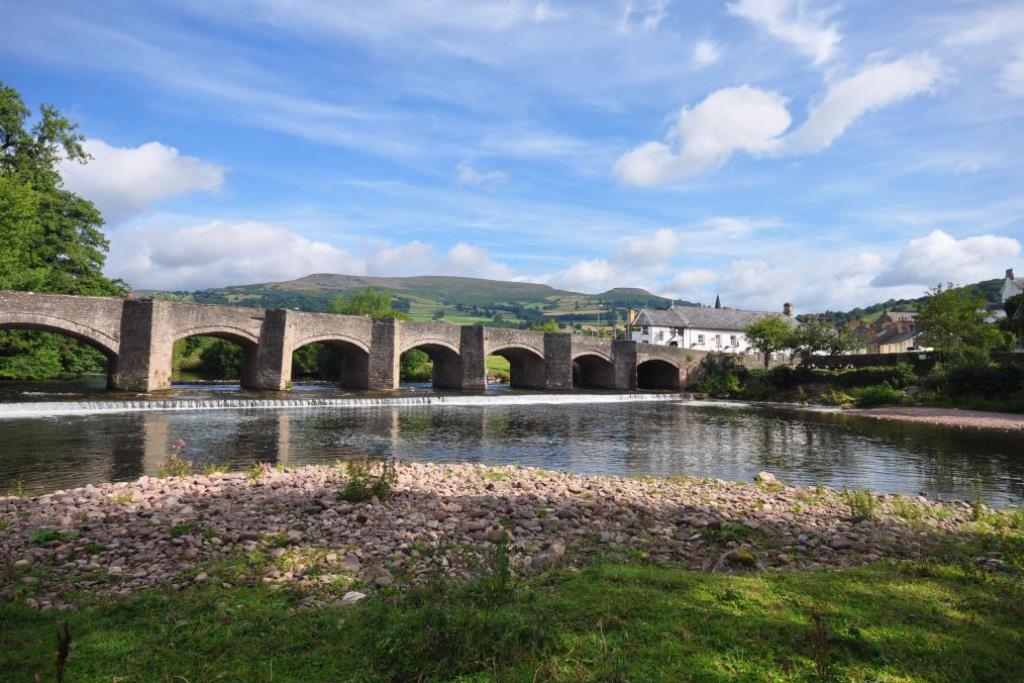 Due to poor positioning I was unable to get a good photo of the bridge, so got this from the internet
Due to poor positioning I was unable to get a good photo of the bridge, so got this from the internet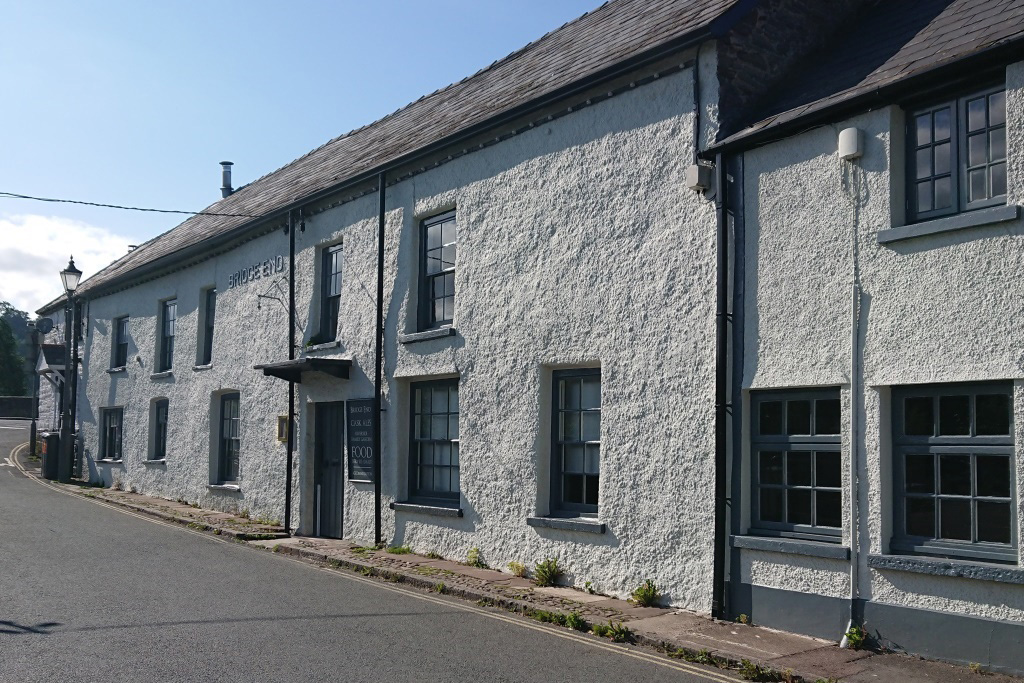 The Bridge End Inn at one end of the bridge was severely devastated by floods during Storm Dennis in February 2020 and is still closed
The Bridge End Inn at one end of the bridge was severely devastated by floods during Storm Dennis in February 2020 and is still closed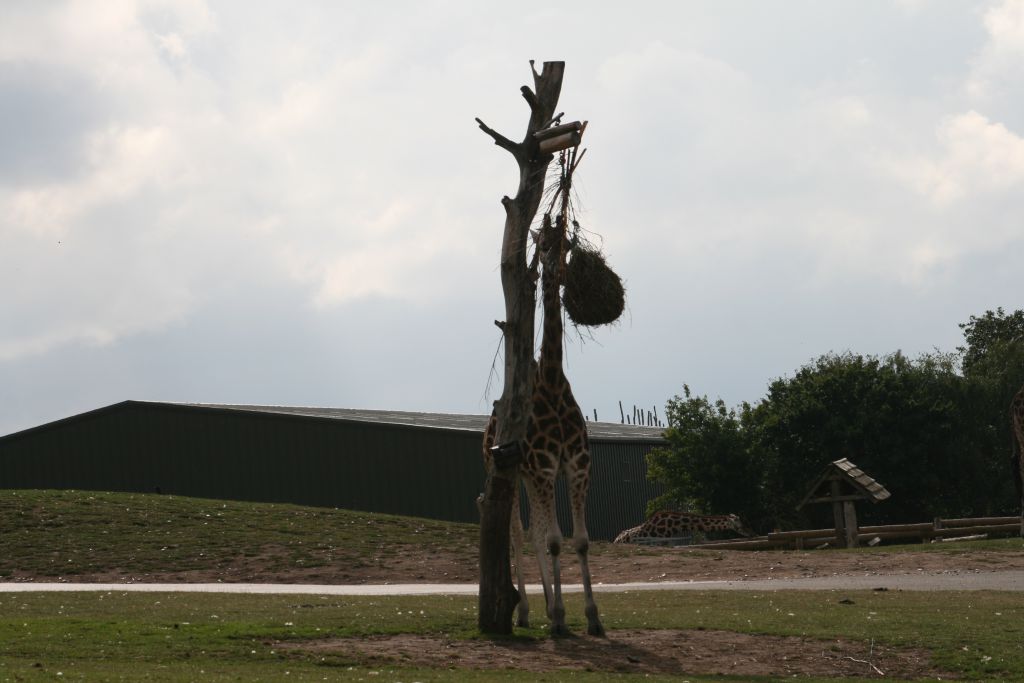 First Giraffe we saw as we entered the safari park
First Giraffe we saw as we entered the safari park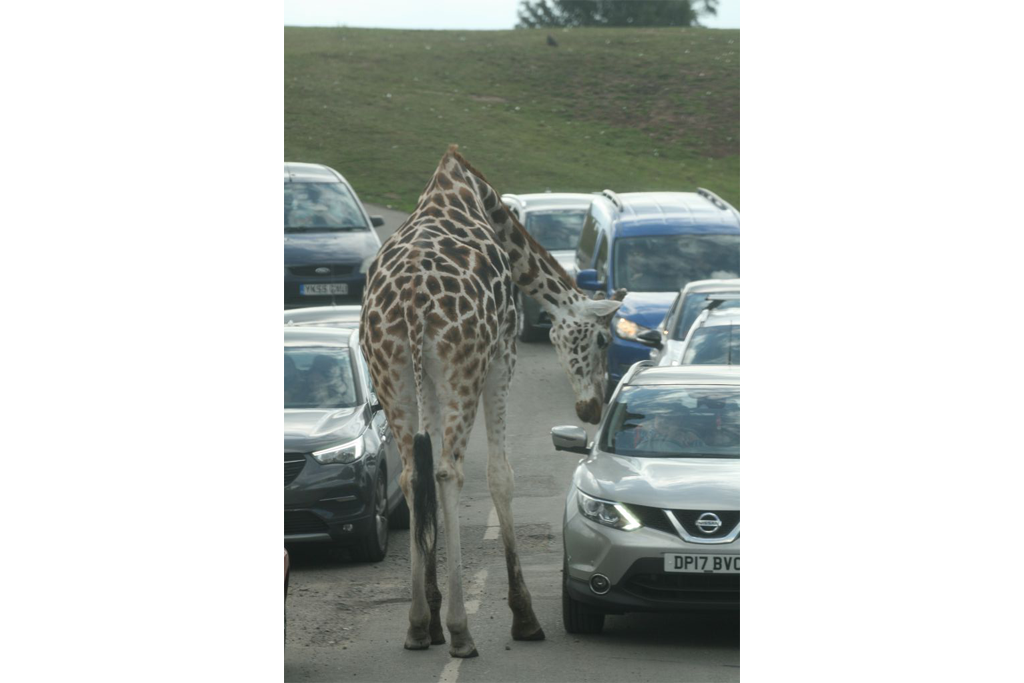
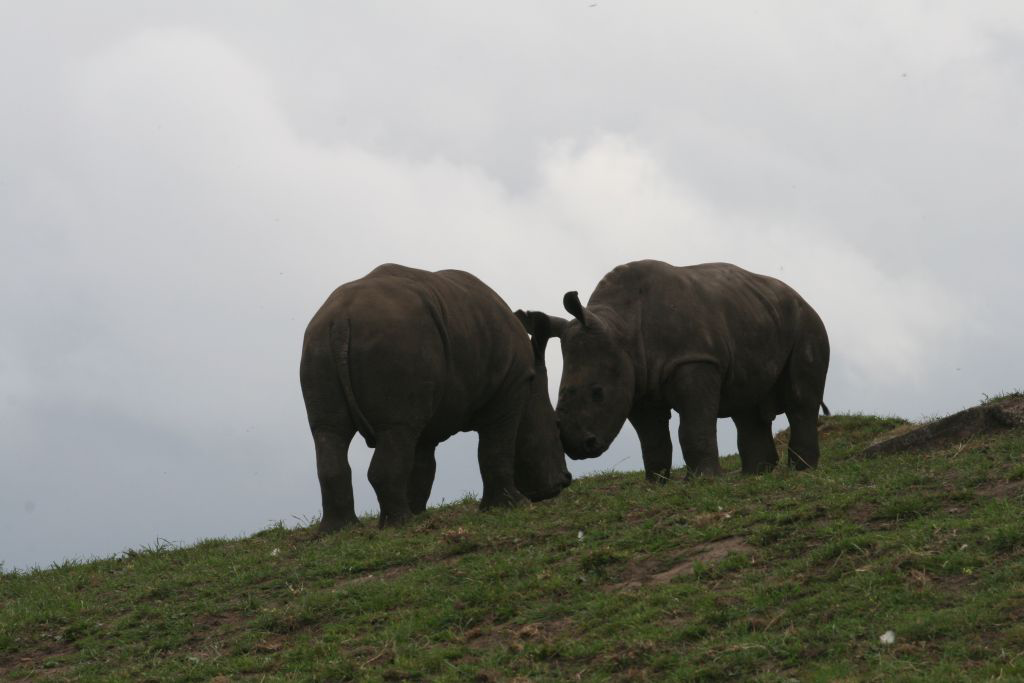 A safe distance
A safe distance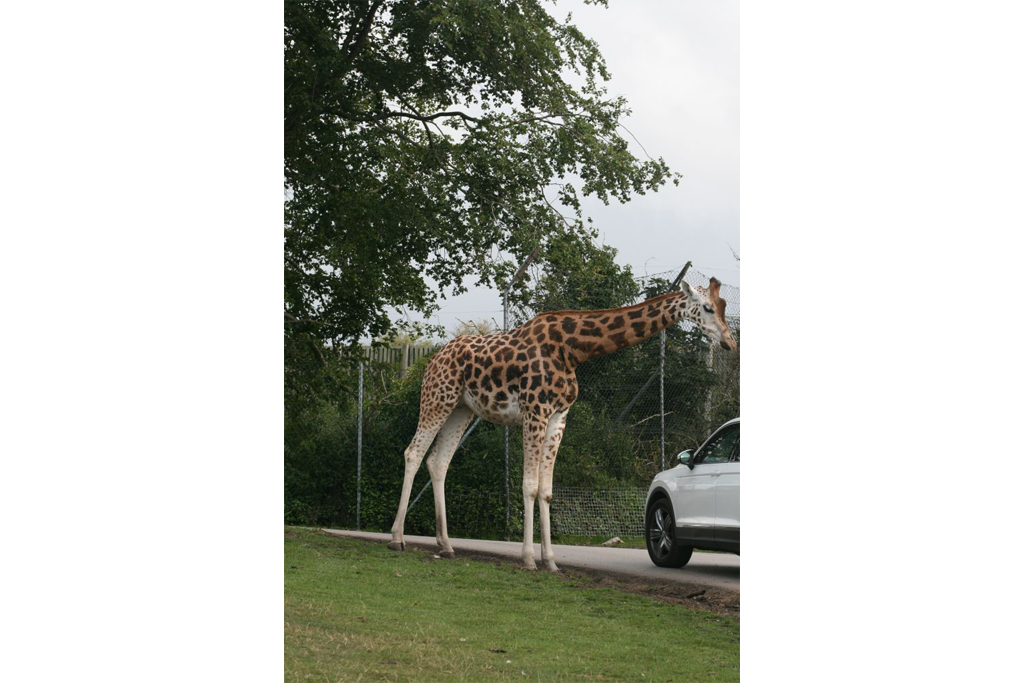
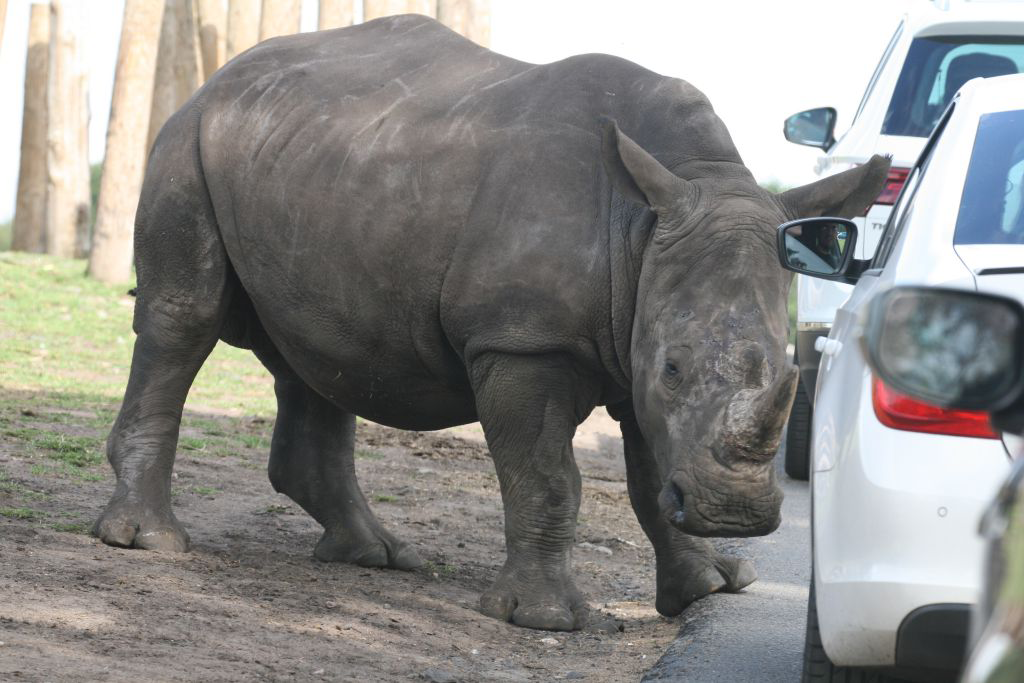 Don't get him angry
Don't get him angry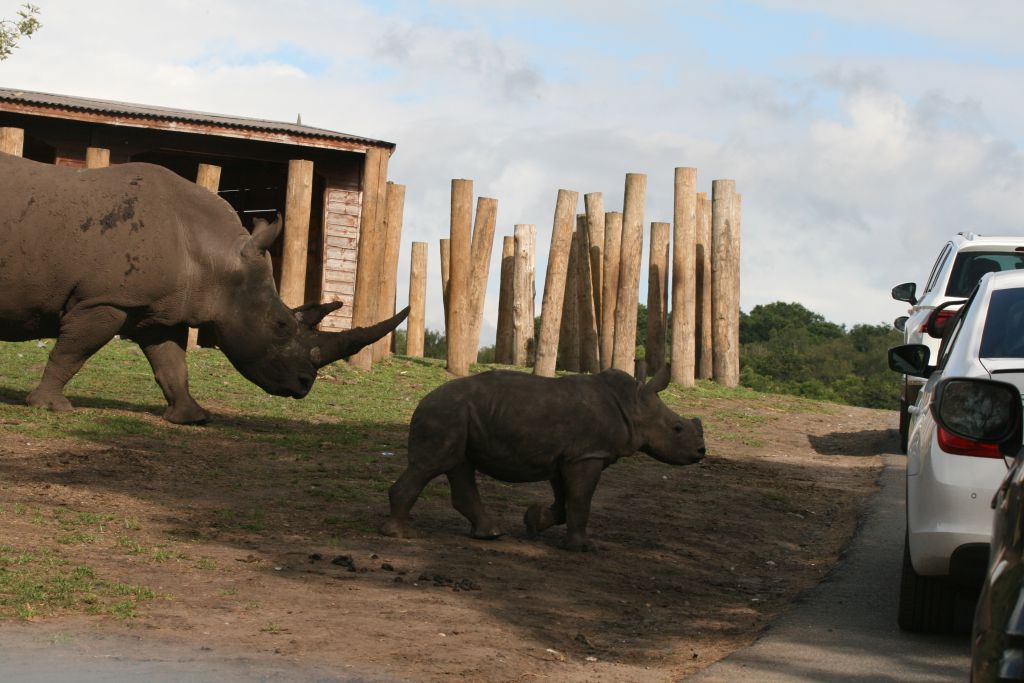 Where the baby goes so does mum, and woe betide anyone who gets in the way
Where the baby goes so does mum, and woe betide anyone who gets in the way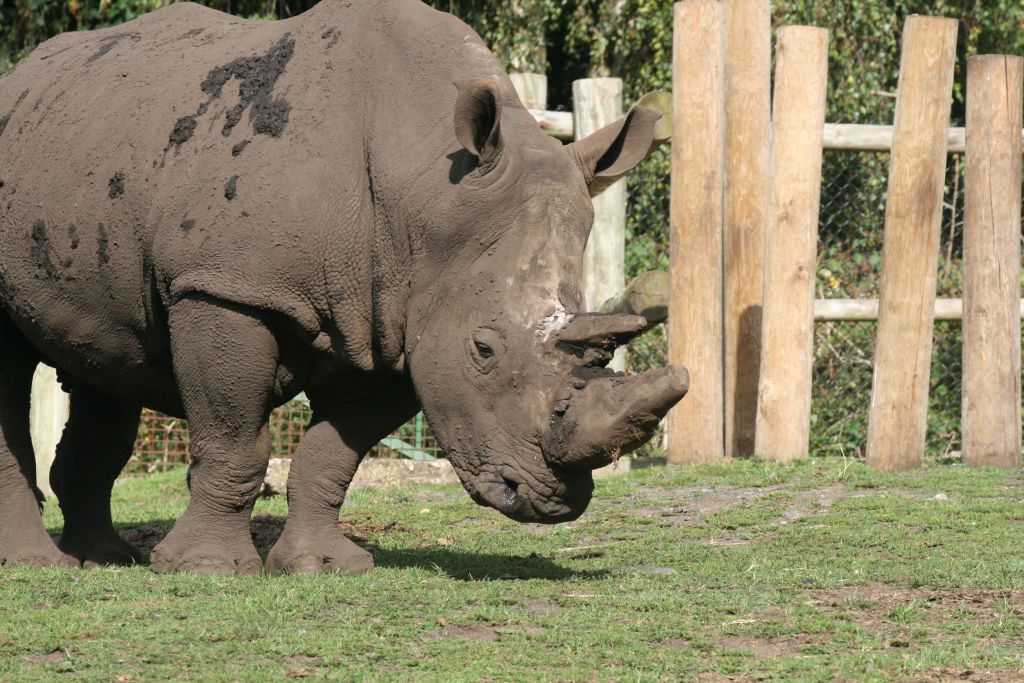
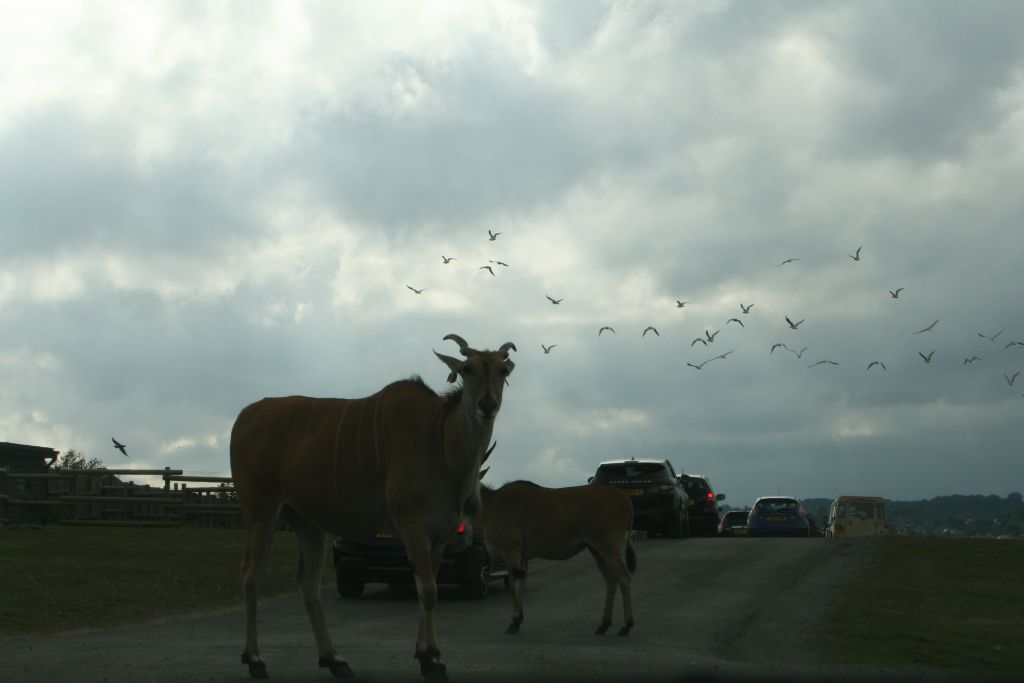 The Eland were everywhere all looking for food from the visitors
The Eland were everywhere all looking for food from the visitors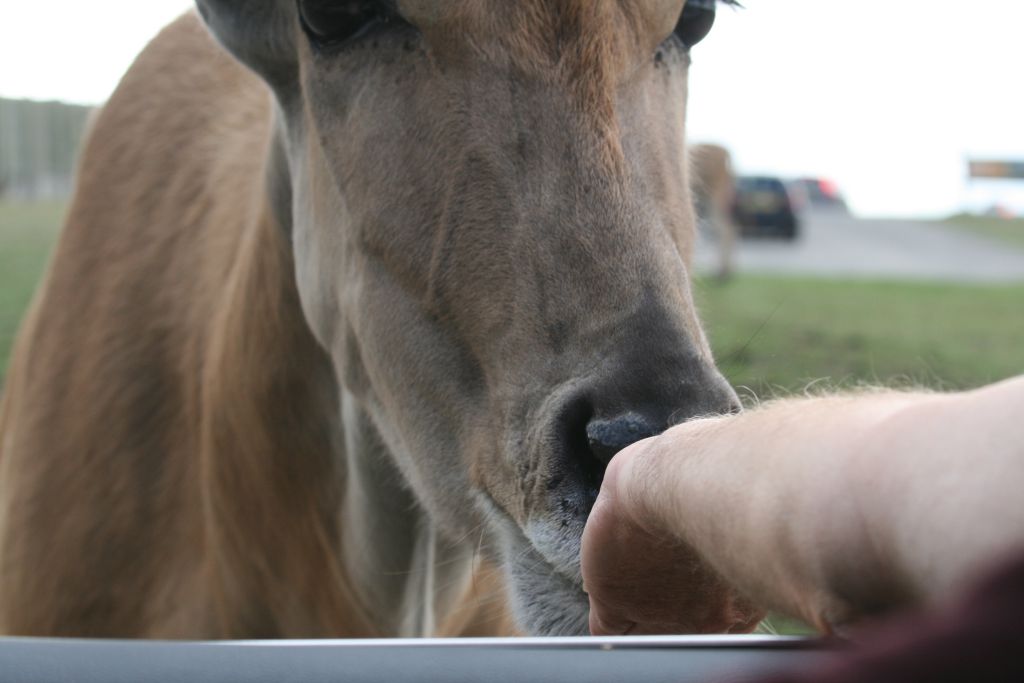 This is me feeding an Eland - it was a slobbery and unpleasant experience
This is me feeding an Eland - it was a slobbery and unpleasant experience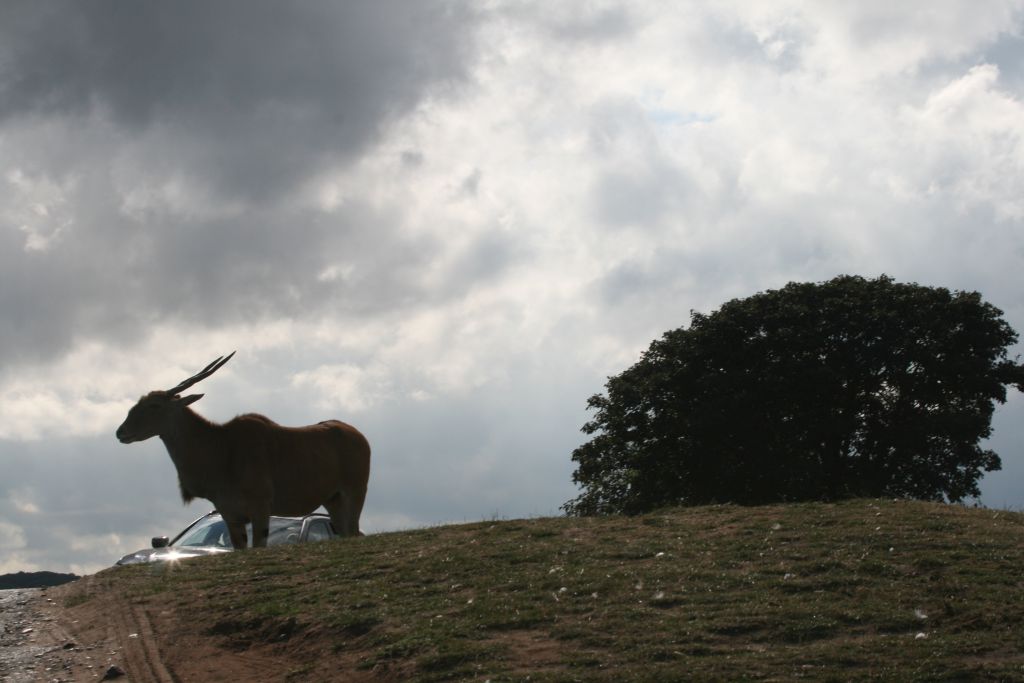
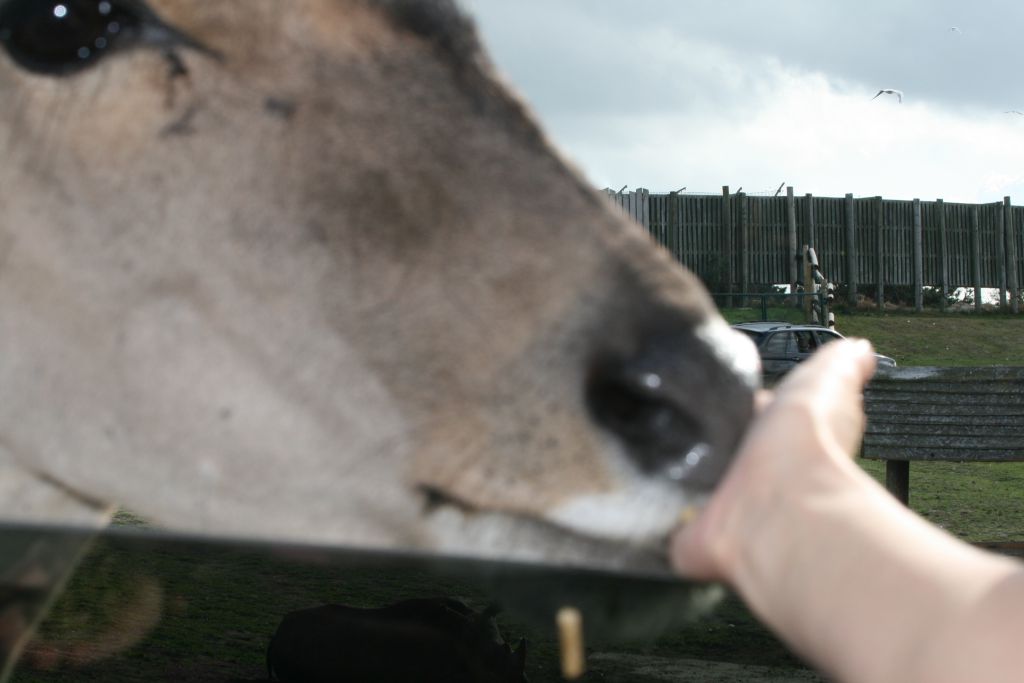 I think this was Oliver feeding from the back seat - he ended by throwing the food out the window
I think this was Oliver feeding from the back seat - he ended by throwing the food out the window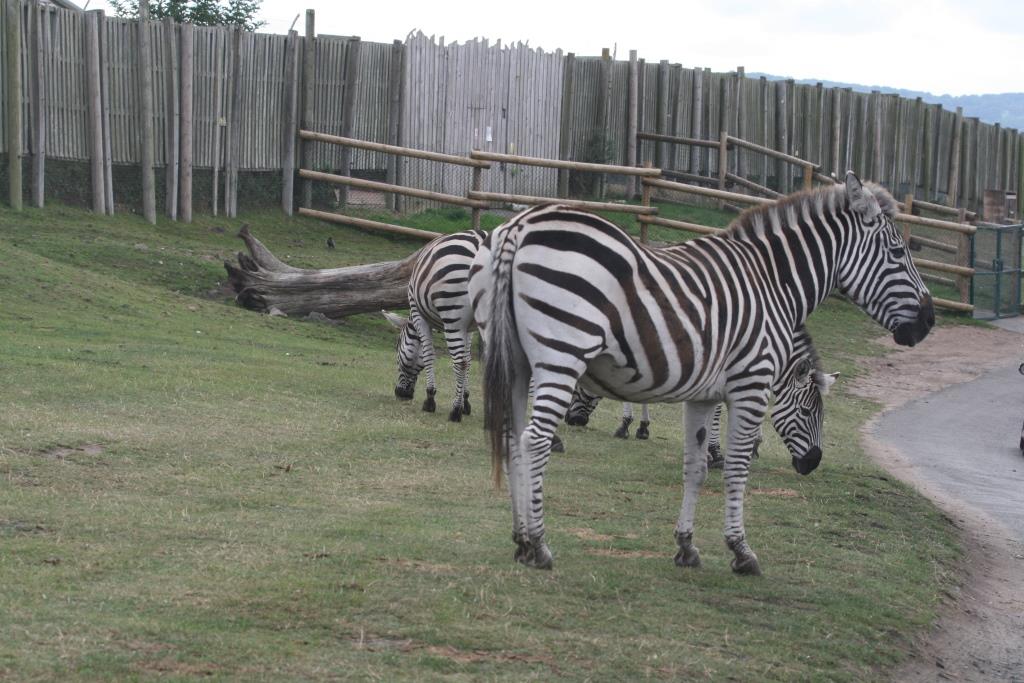 A Zebra crossing
A Zebra crossing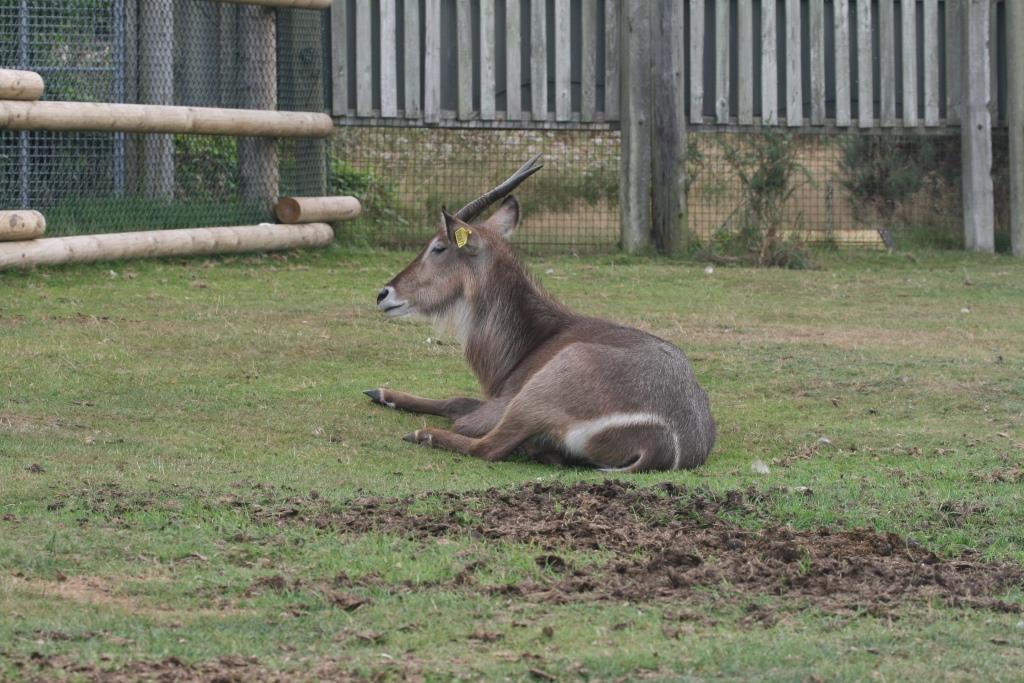
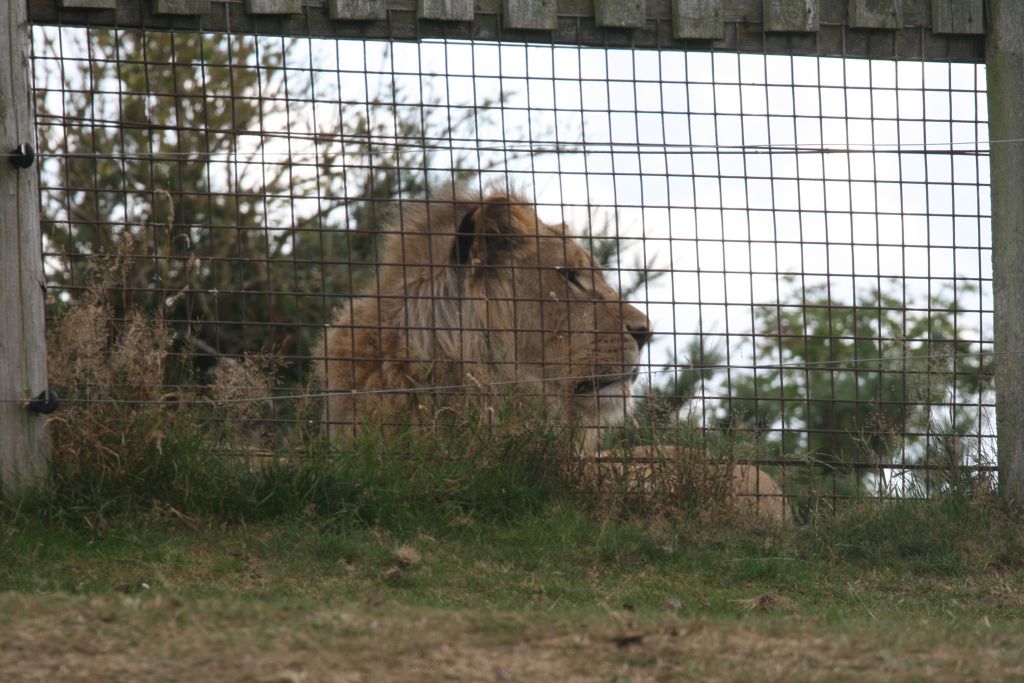 Alpha Lion
Alpha Lion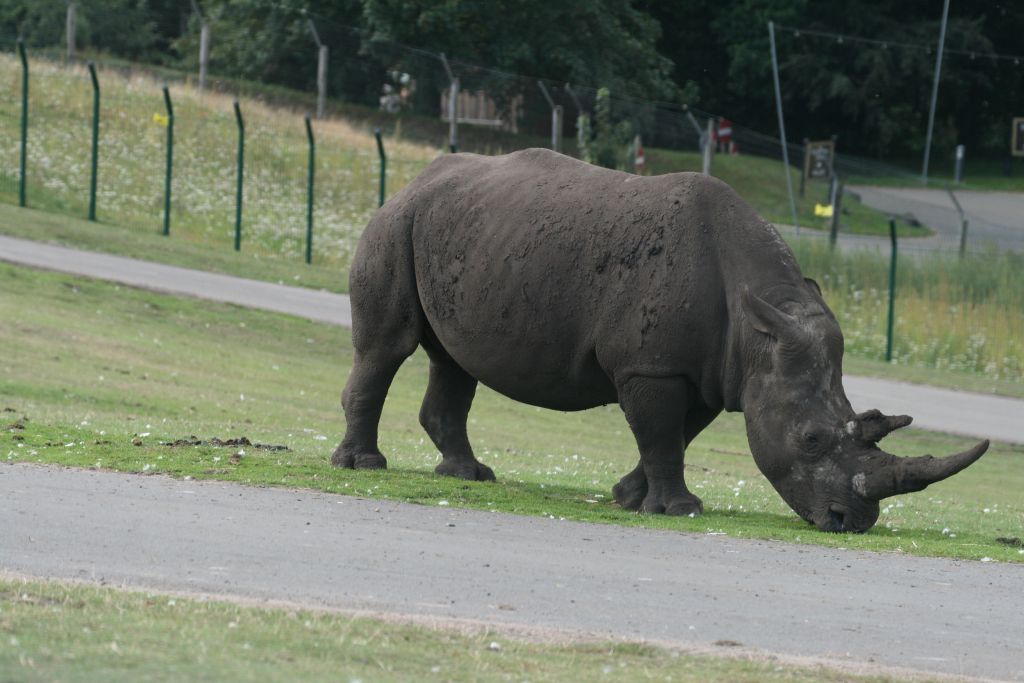 A magnificent beast
A magnificent beast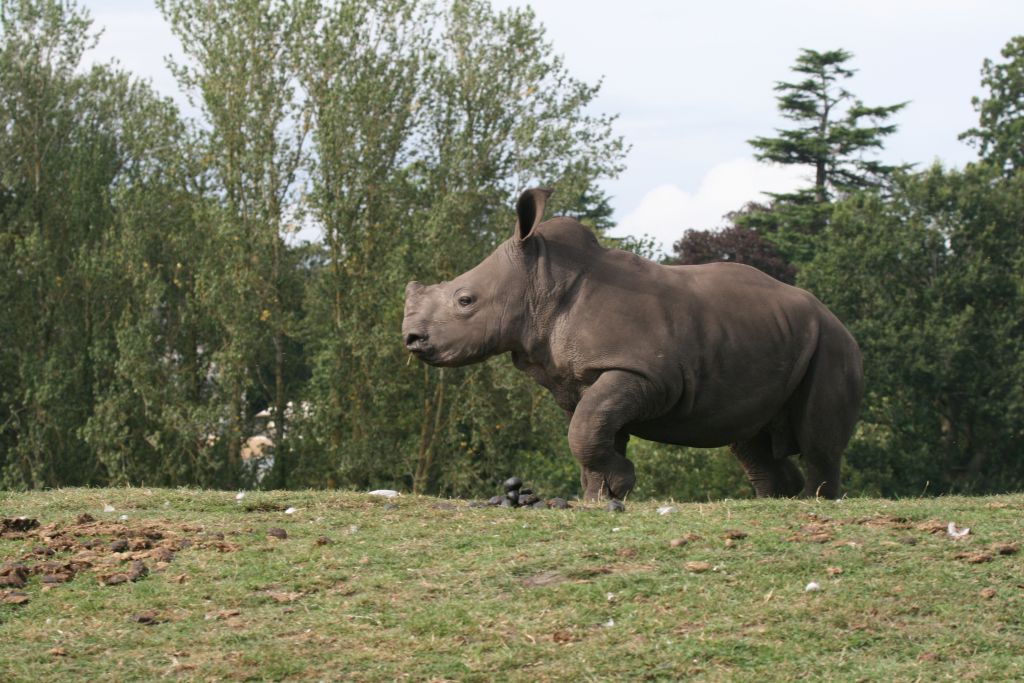
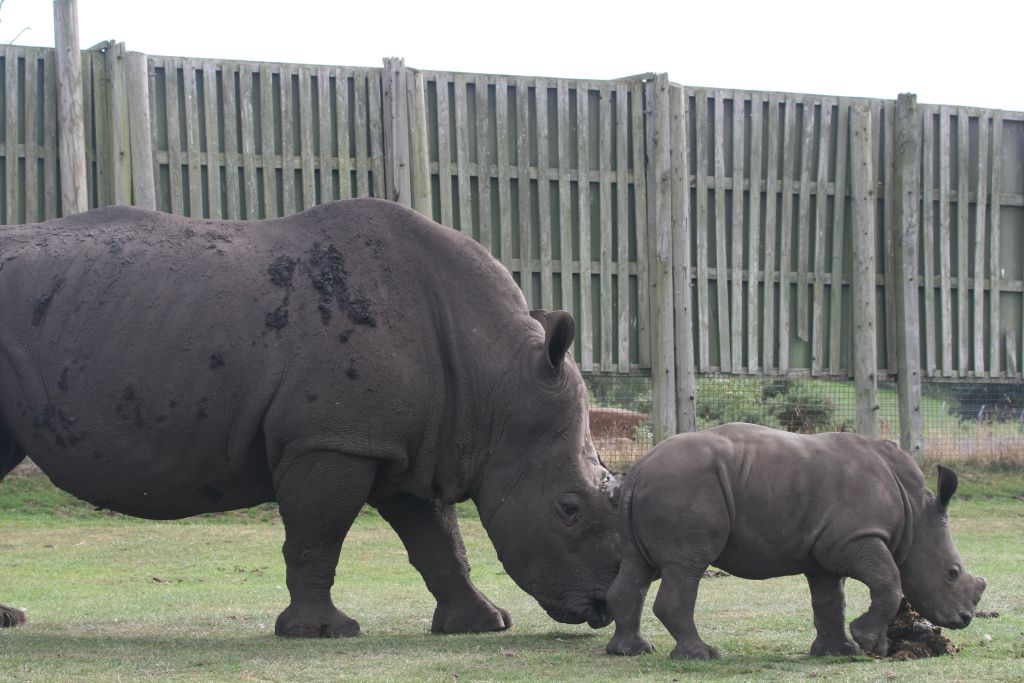 Mother and baby
Mother and baby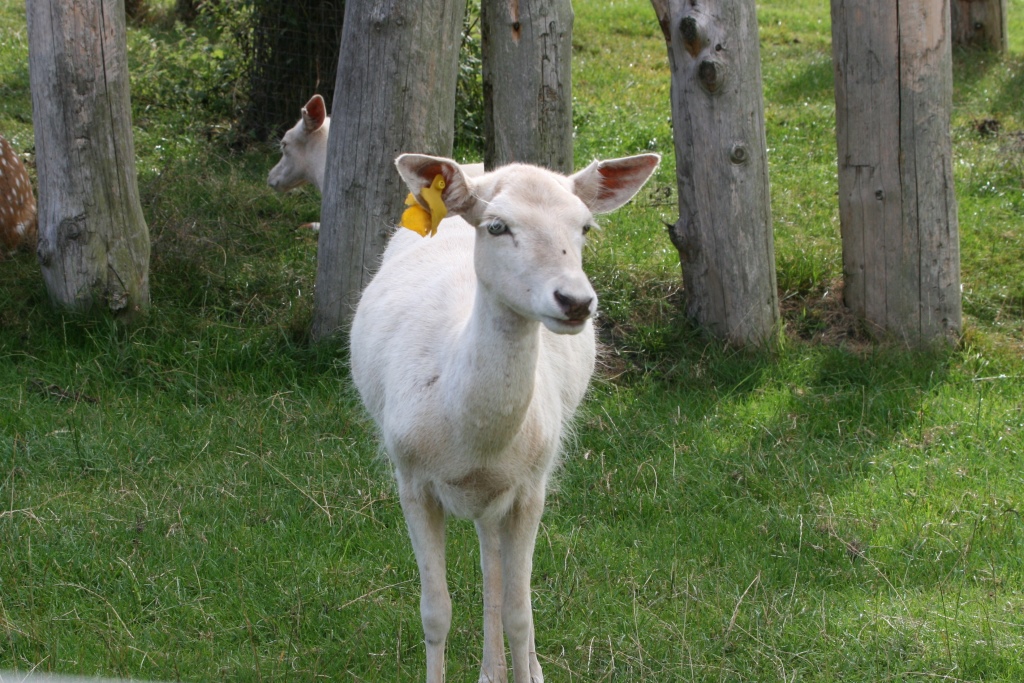
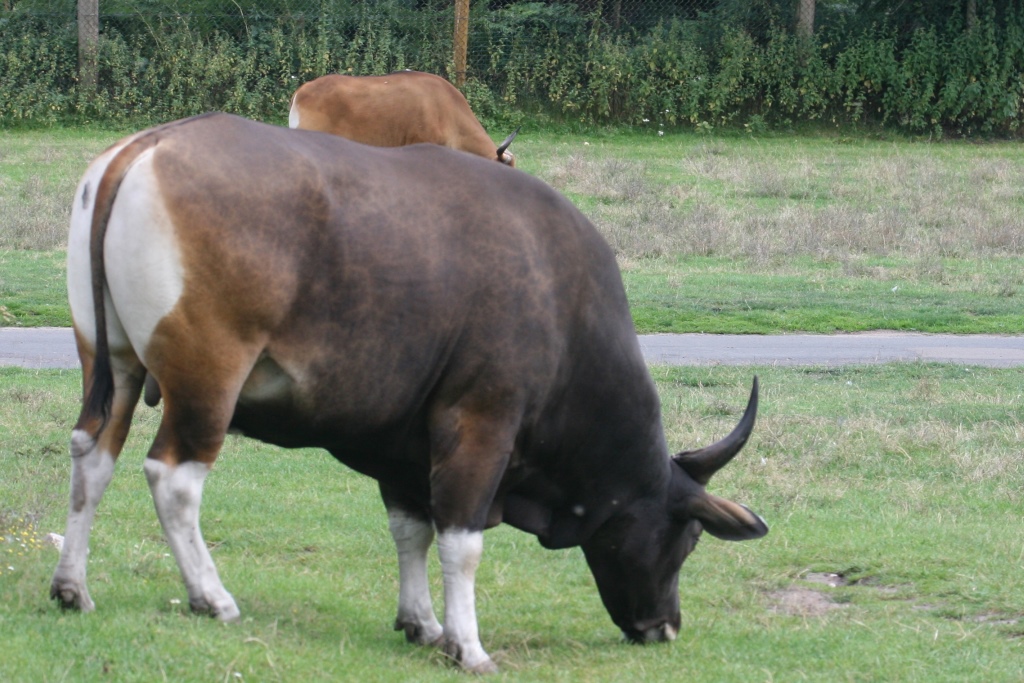
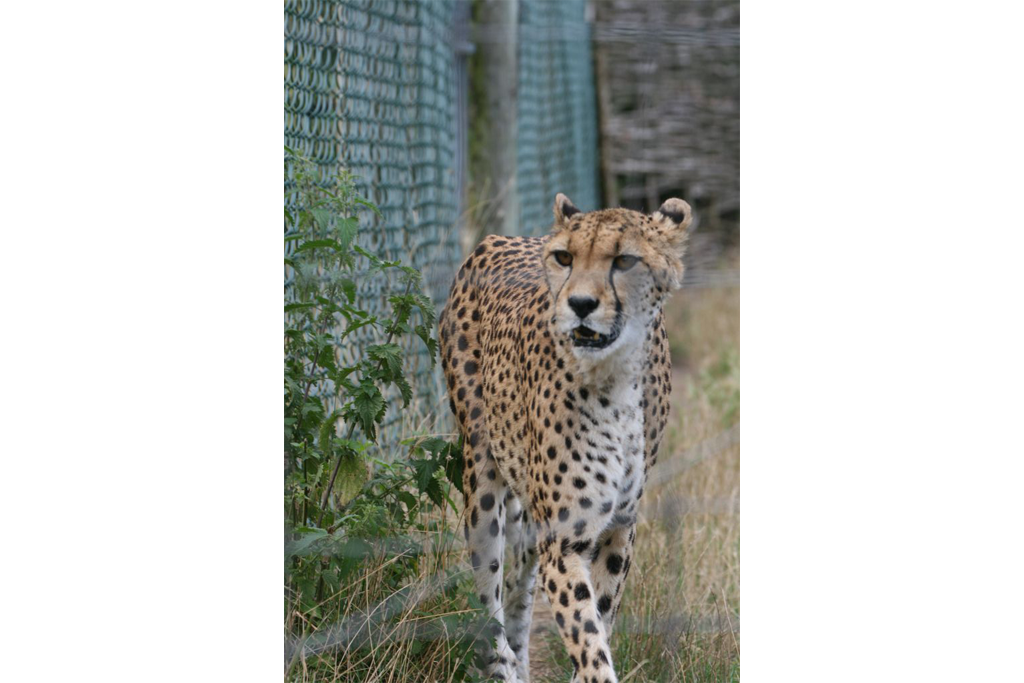 The Cheetah, a majestice animal,
The Cheetah, a majestice animal, 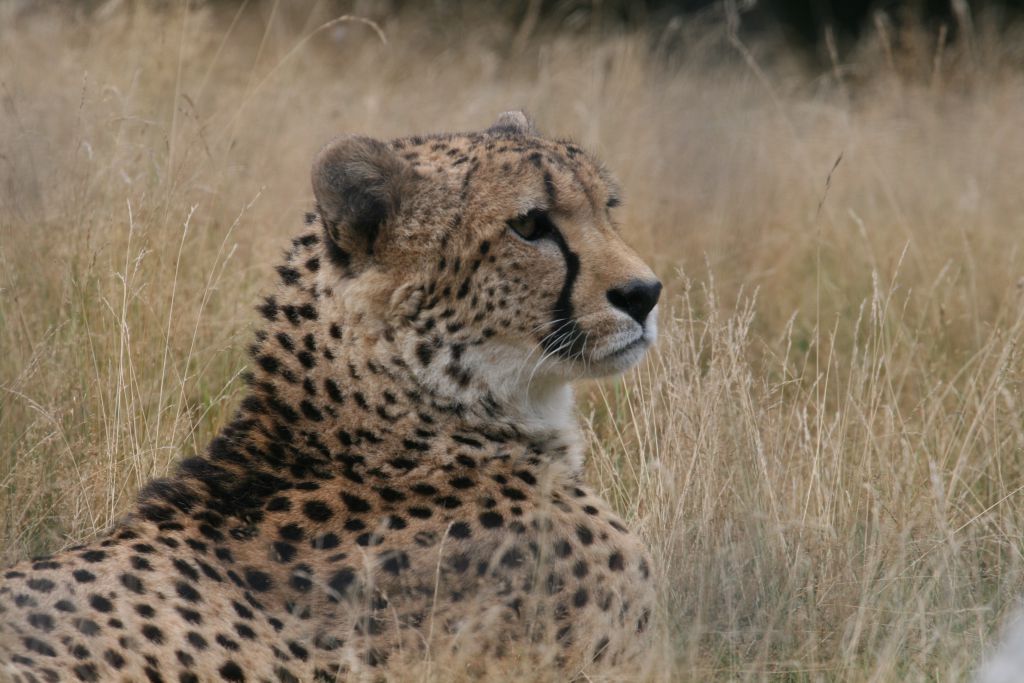
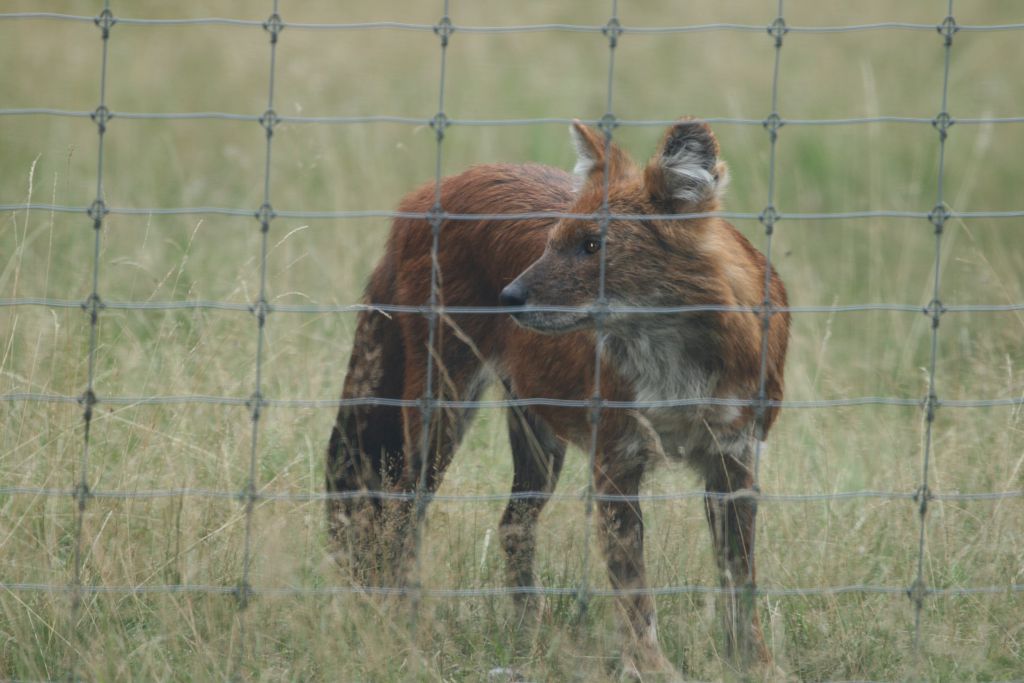 A Dhole or Asian Wild Dog
A Dhole or Asian Wild Dog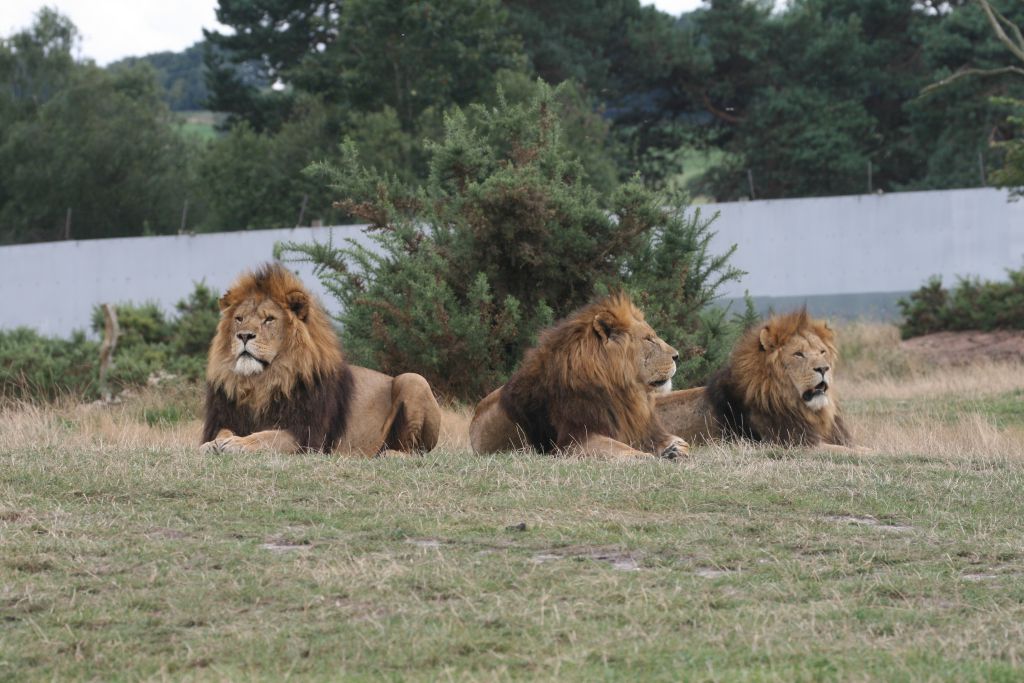 Pride
Pride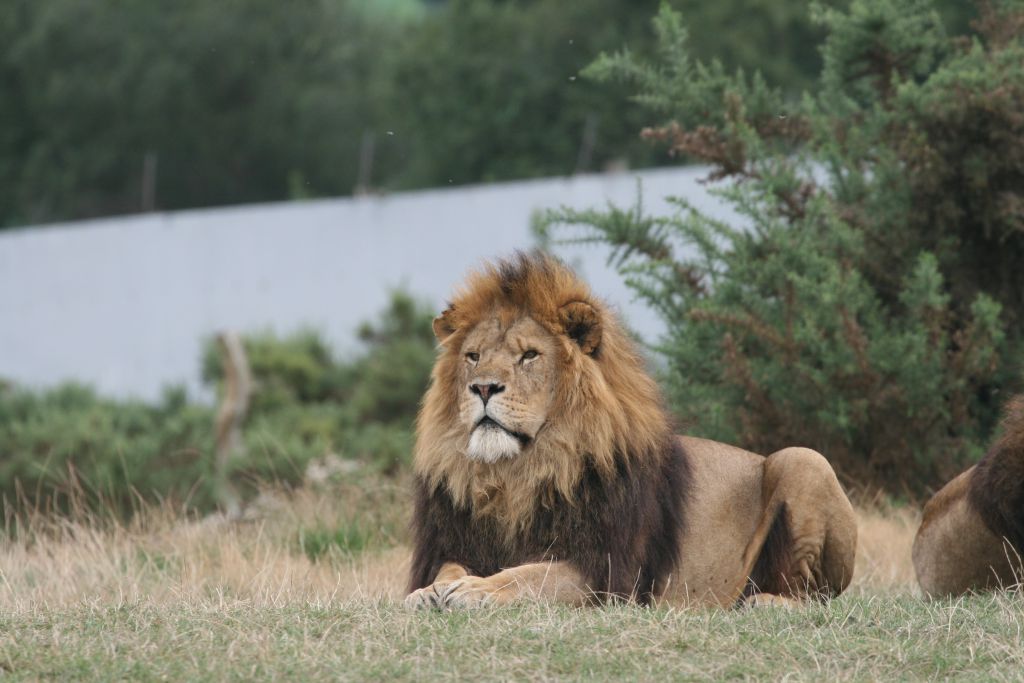
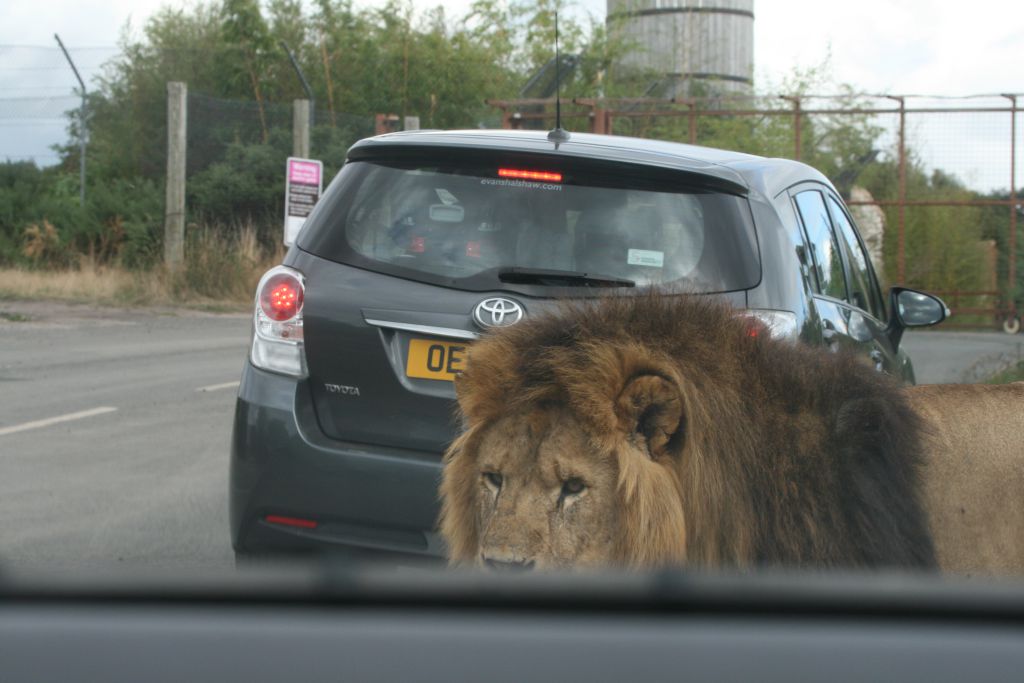 Lion in front
Lion in front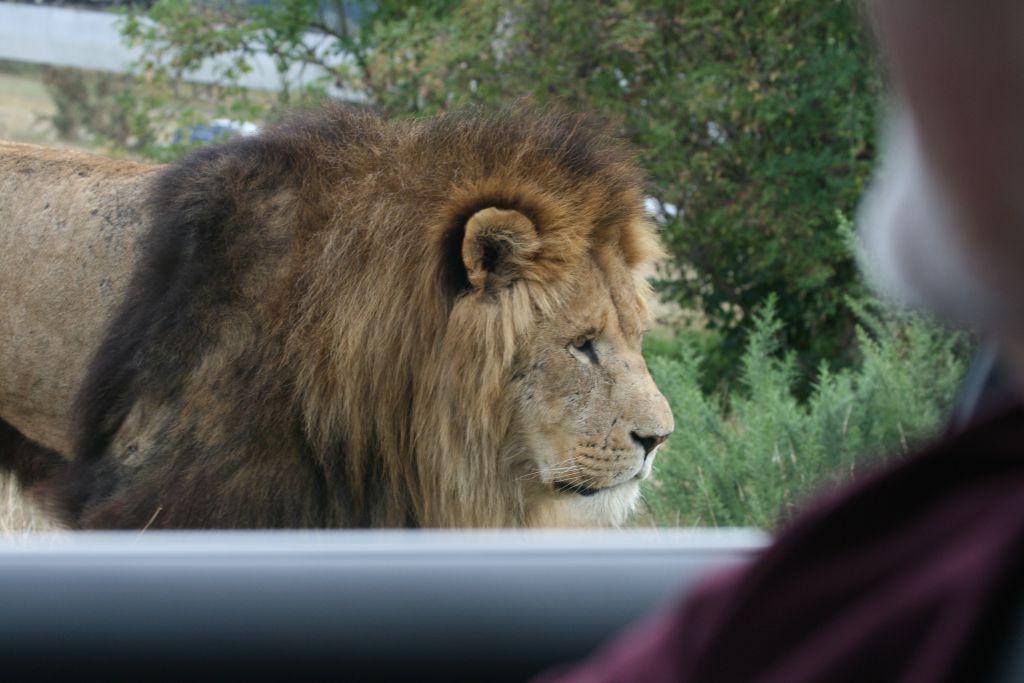 Lion behind
Lion behind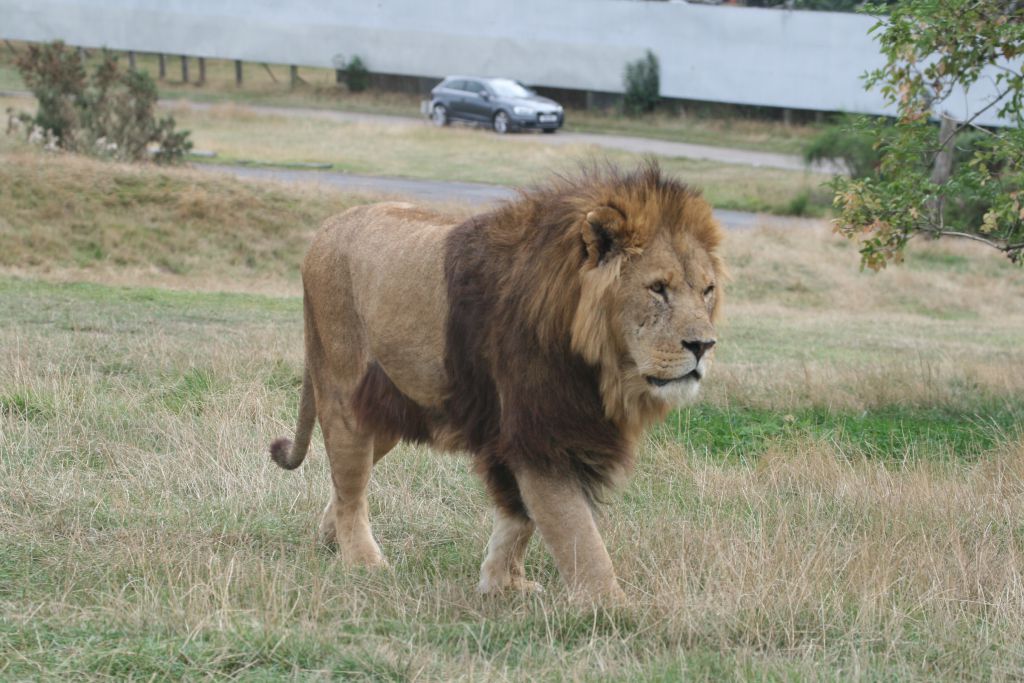
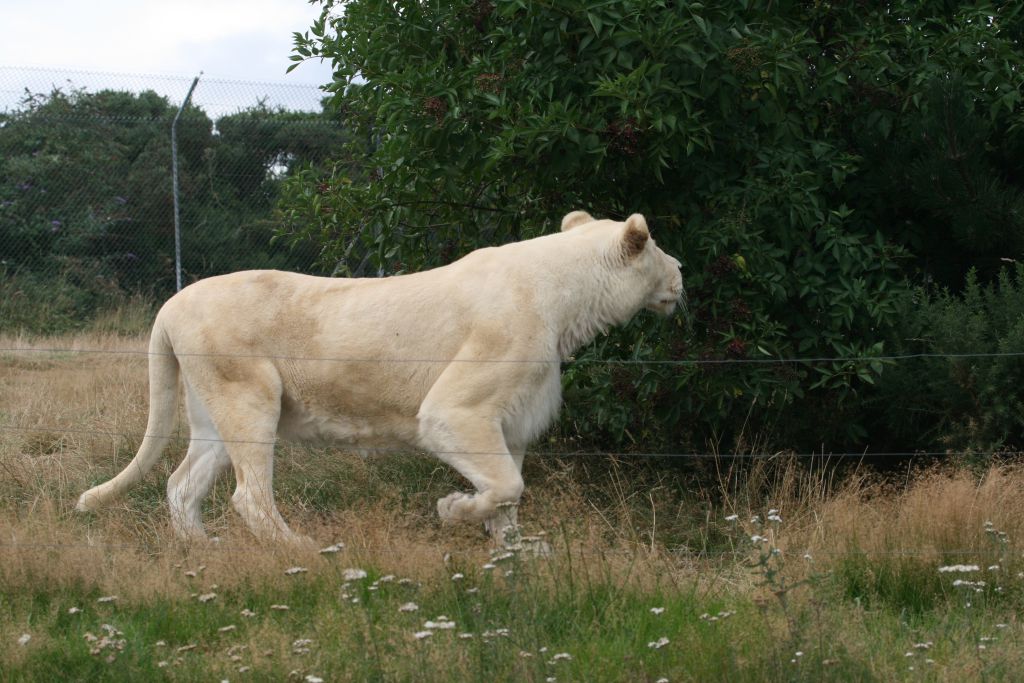 African White Lion (very rare)
African White Lion (very rare)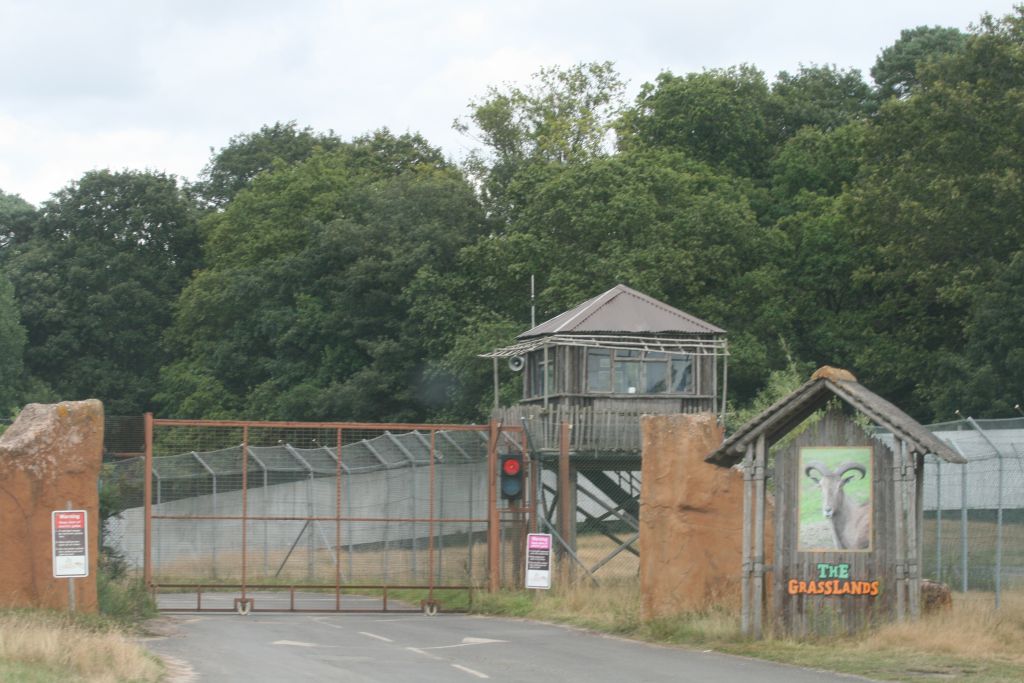 Segregation of the areas at the safari park
Segregation of the areas at the safari park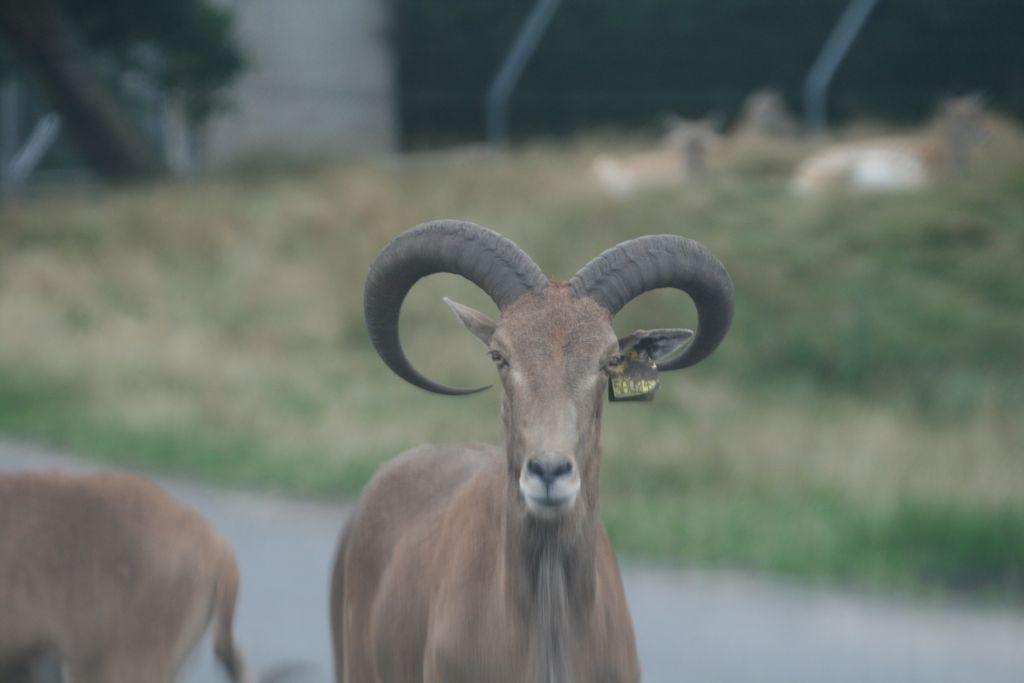 African Desert Bighorn Sheep
African Desert Bighorn Sheep 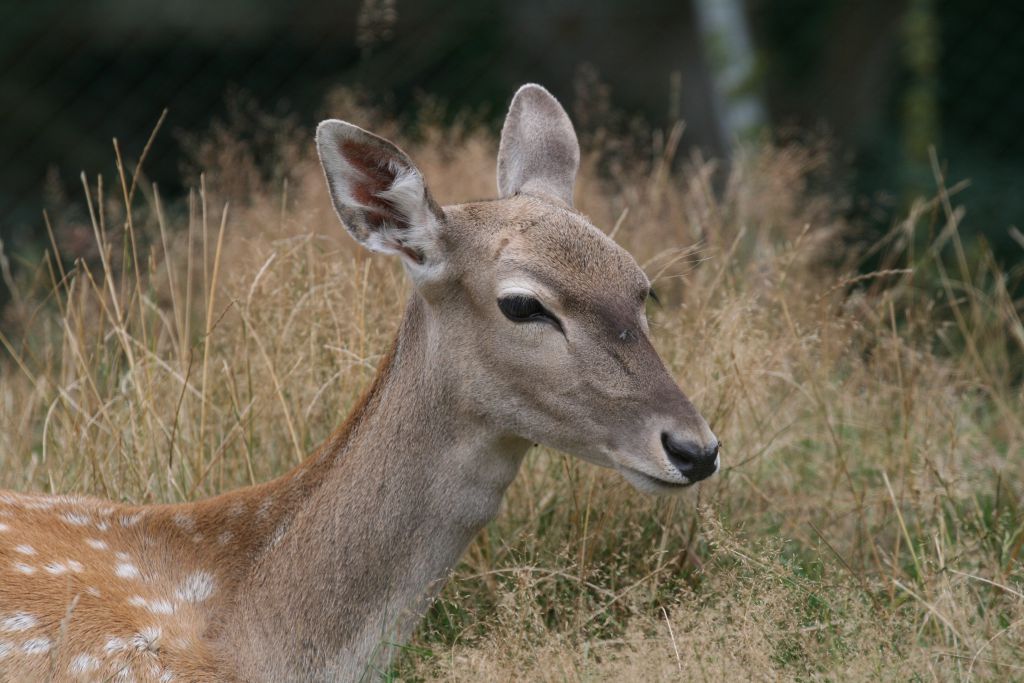
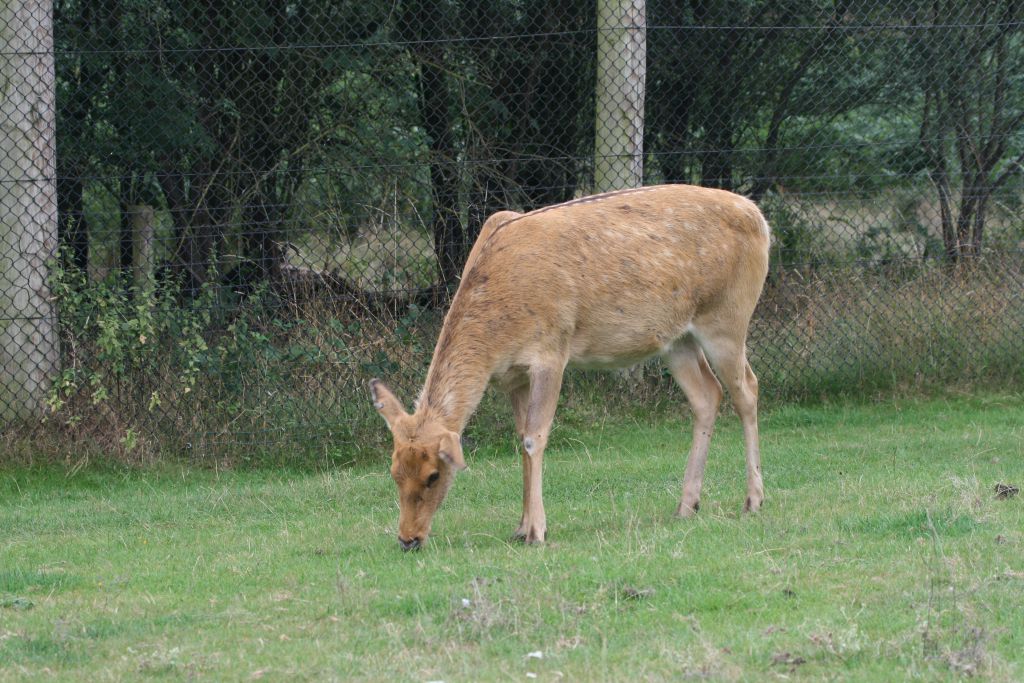
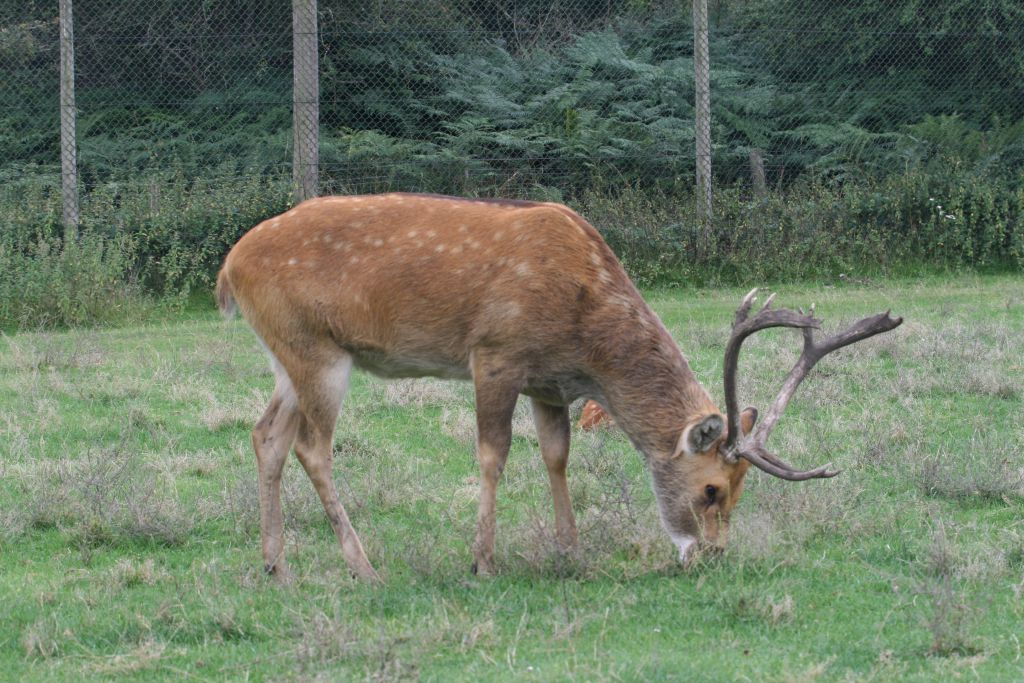
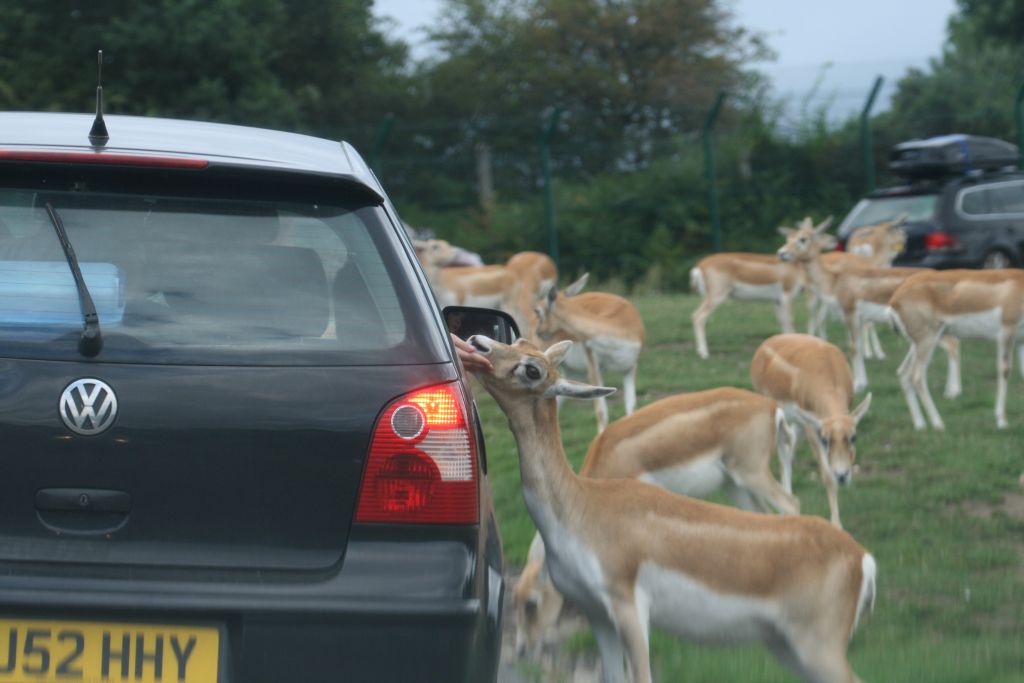
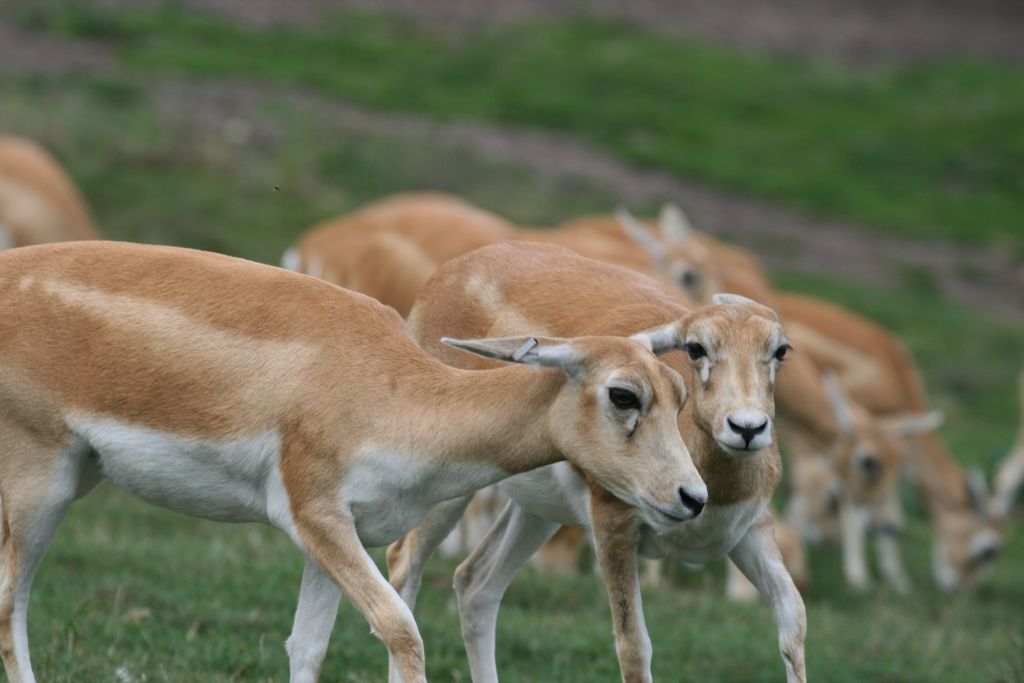
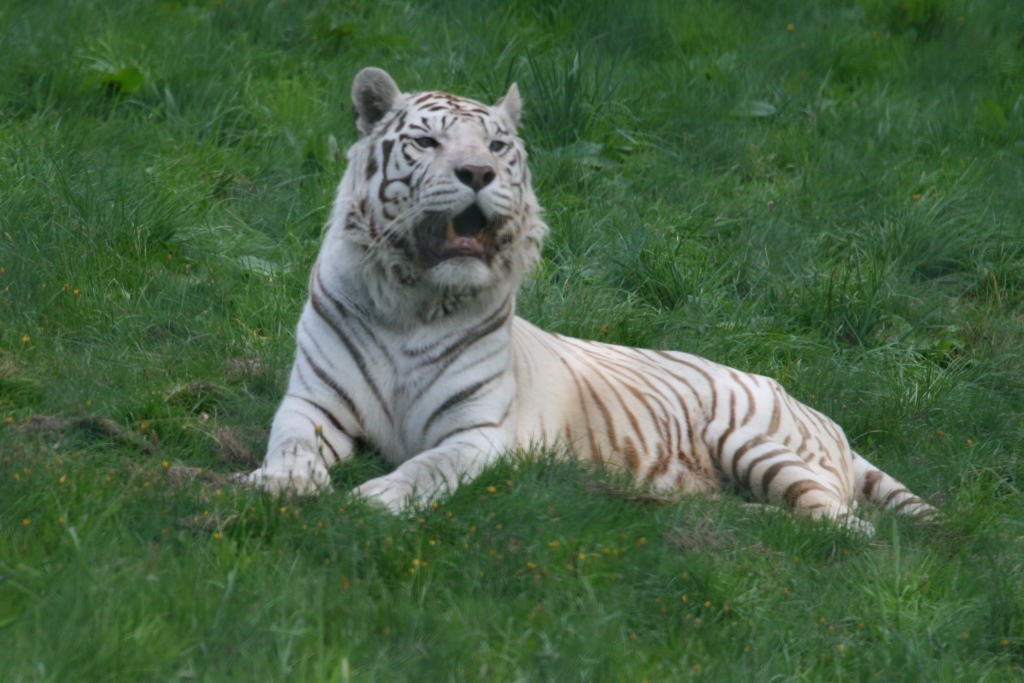 Siberian Tiger
Siberian Tiger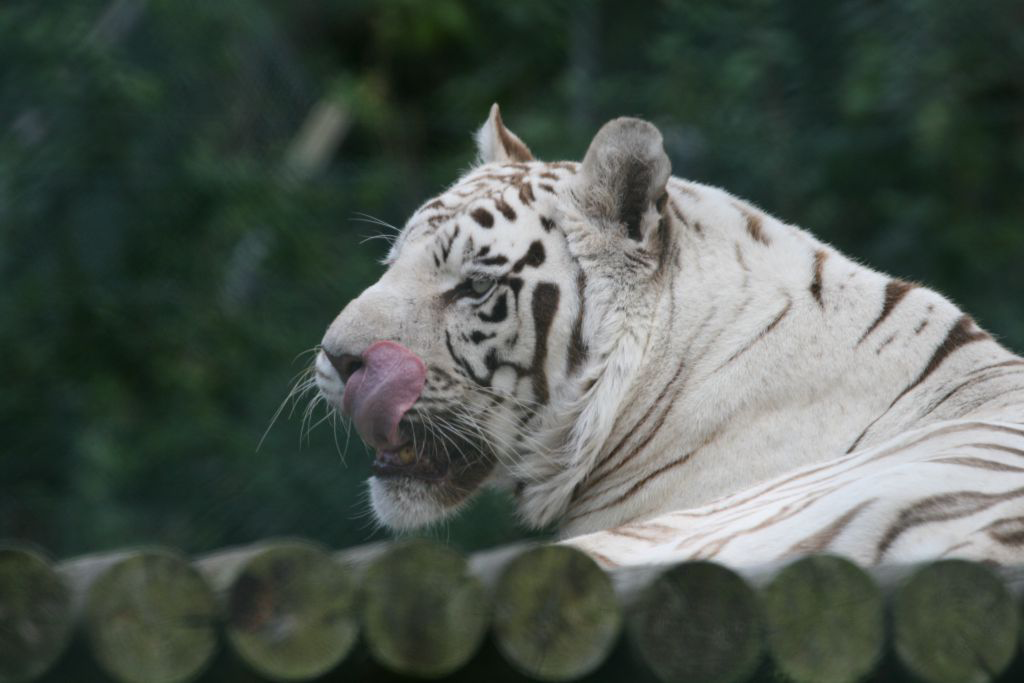
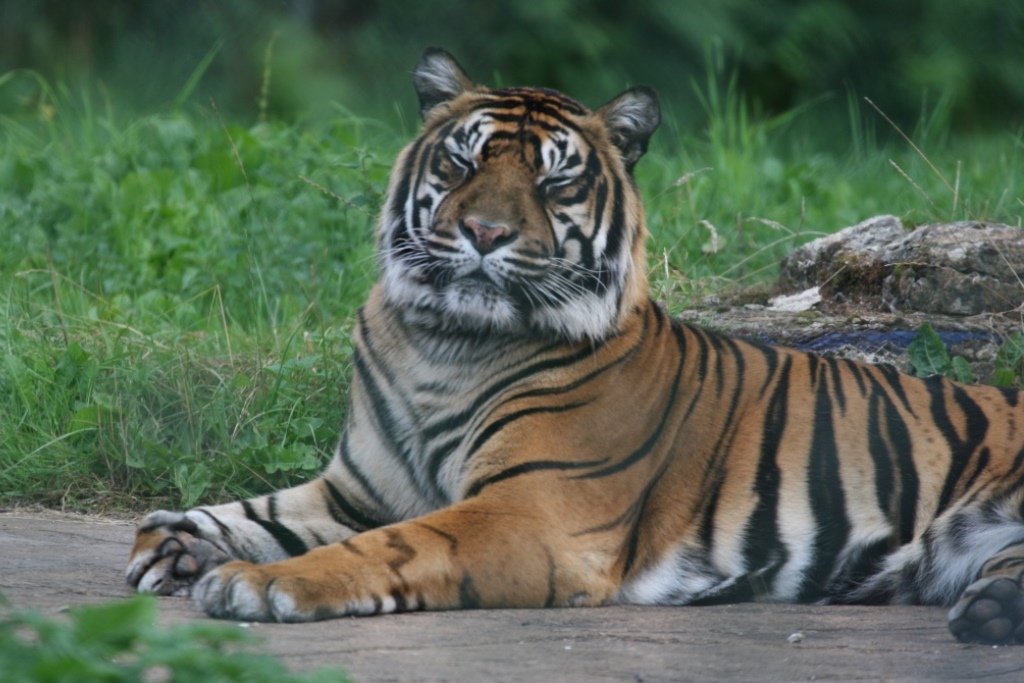 Sumatran Tiger
Sumatran Tiger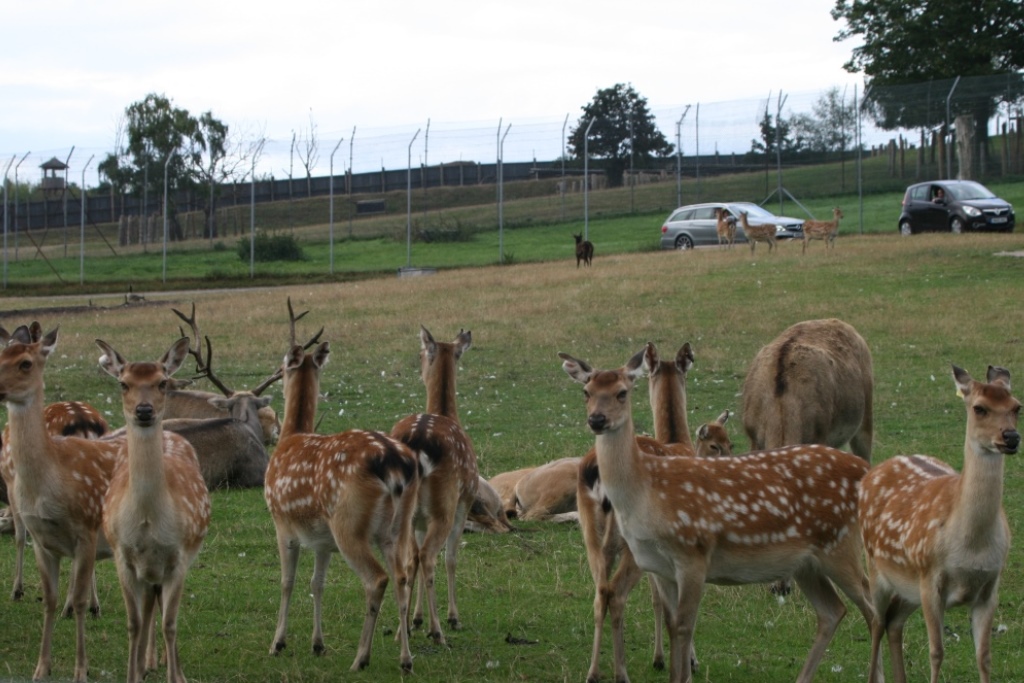 Persian Fallow Deer
Persian Fallow Deer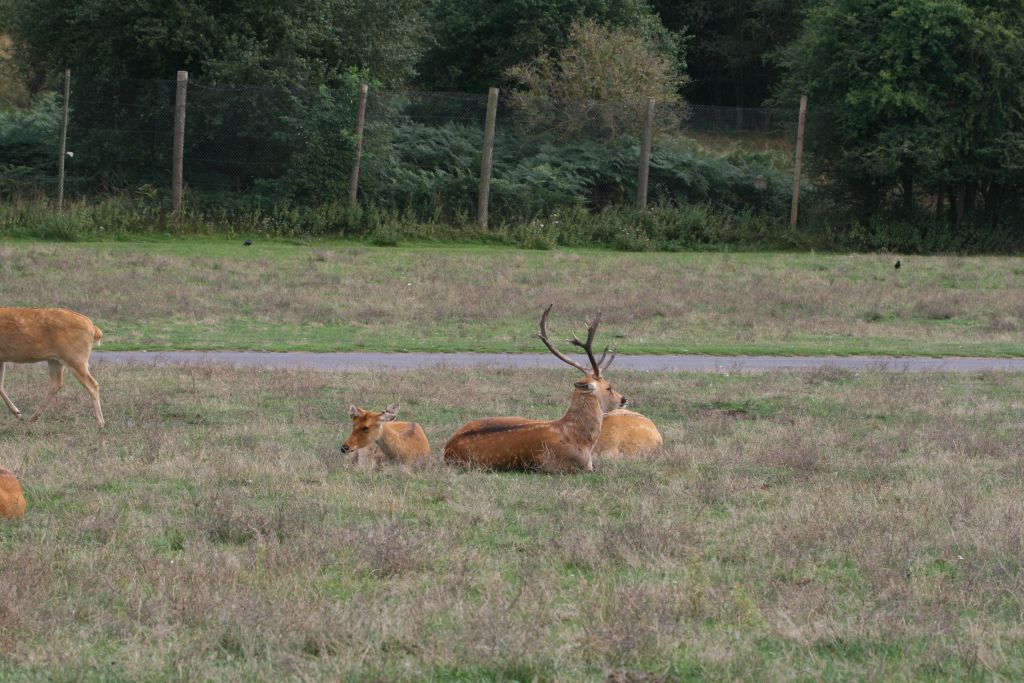
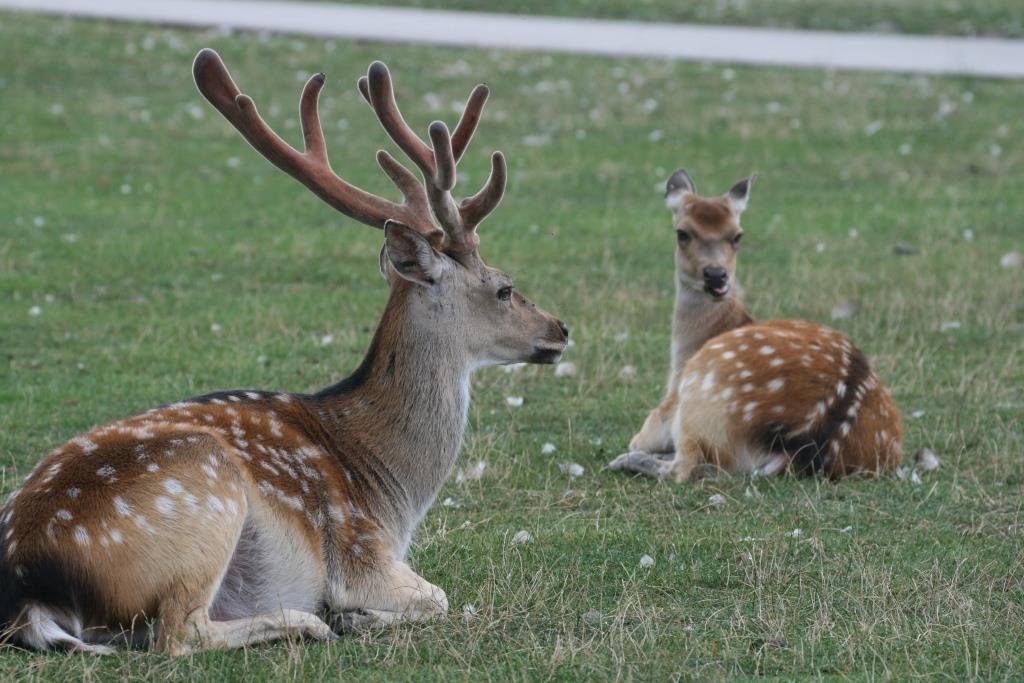
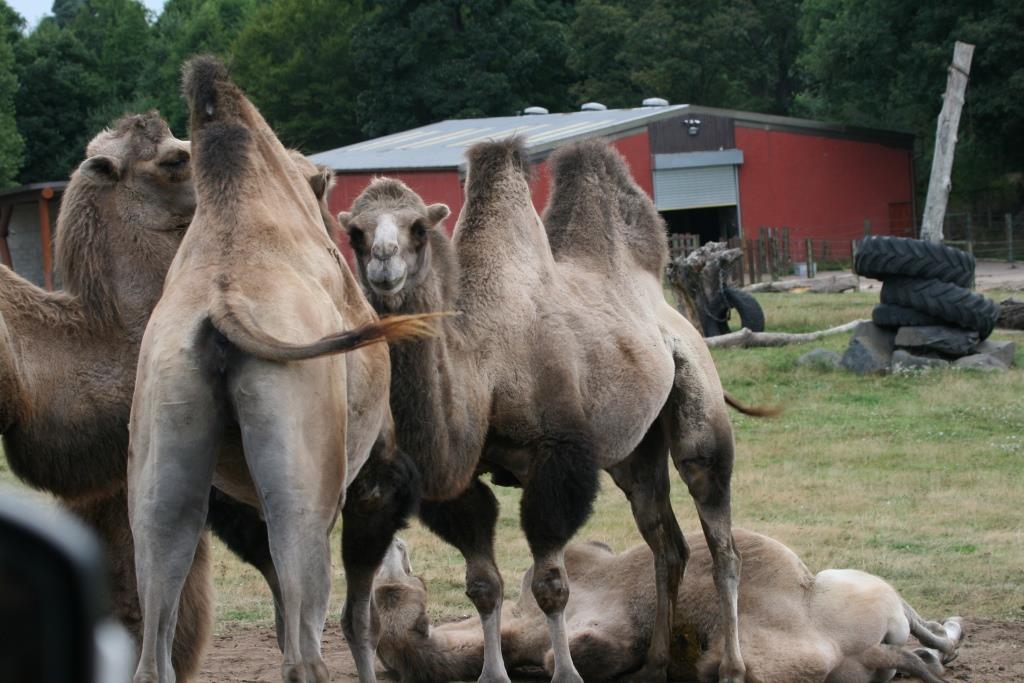 Bactrian camels (two humps), also known as Mongolian camels
Bactrian camels (two humps), also known as Mongolian camels 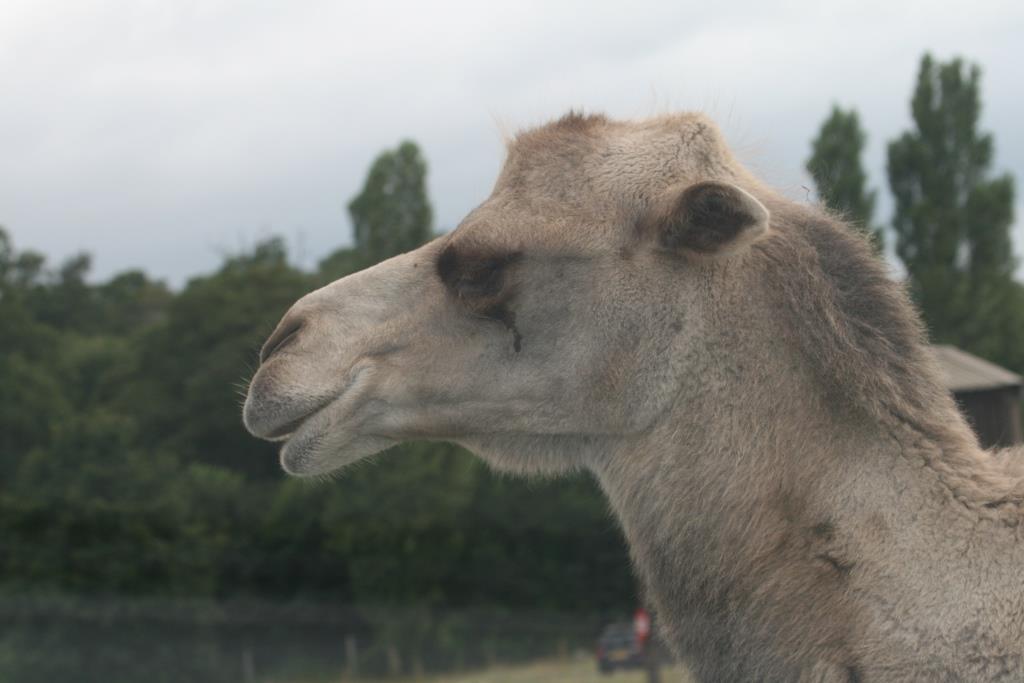
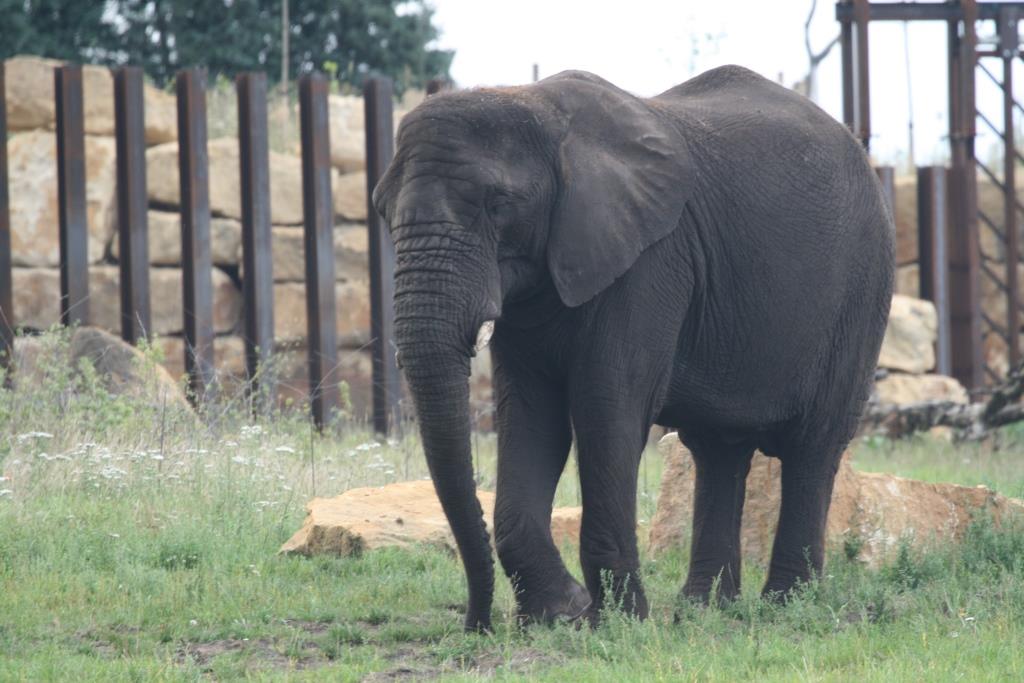 We only saw the one Elephant
We only saw the one Elephant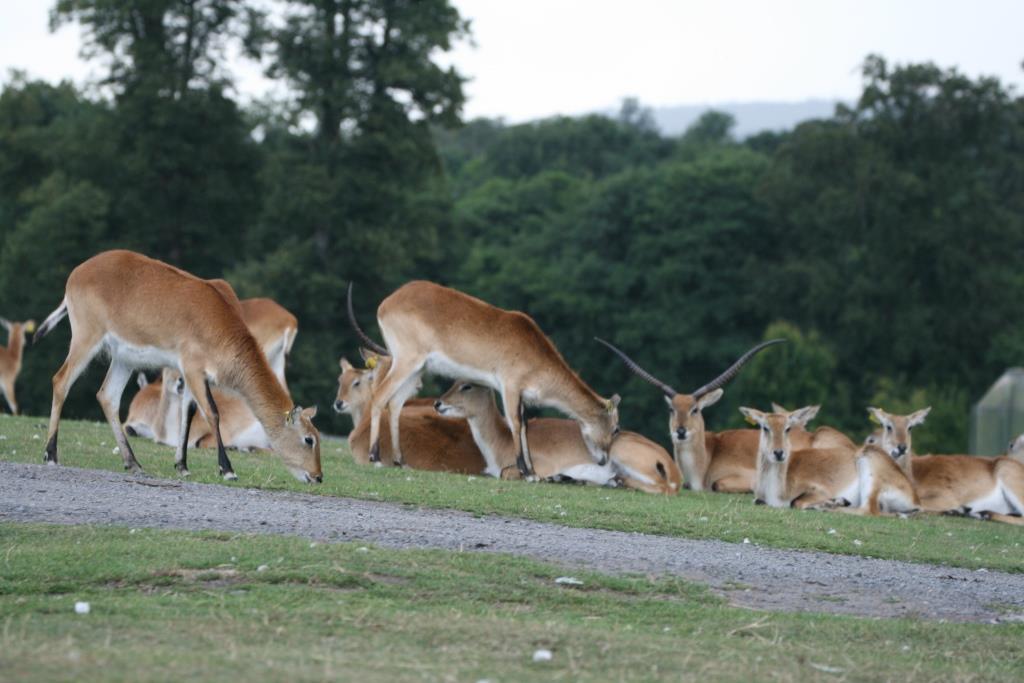
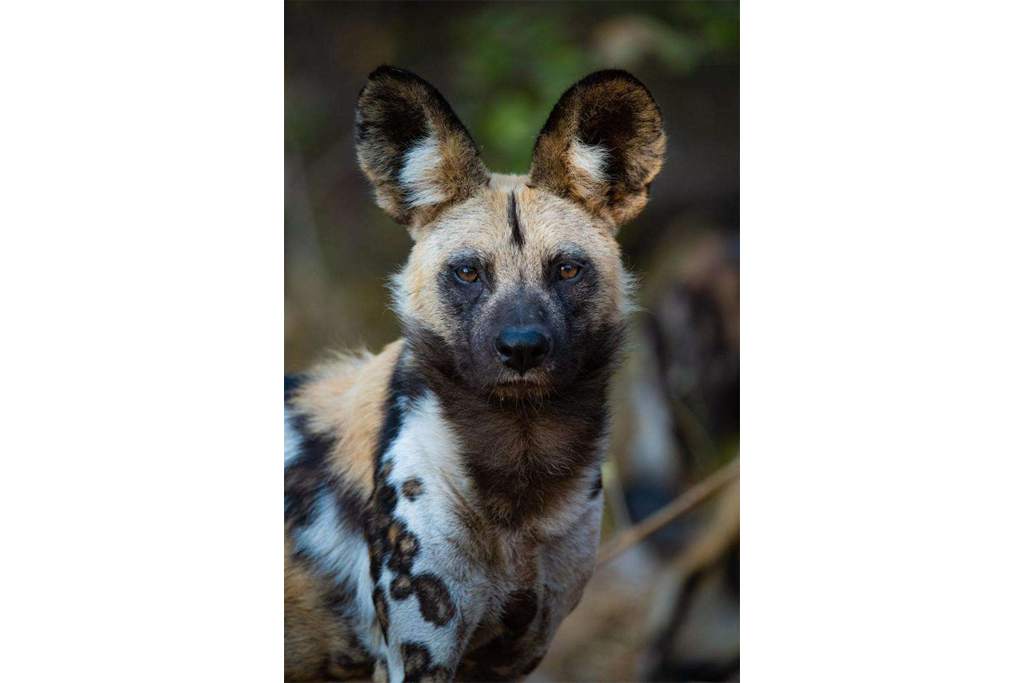 A Wild Dog - beautiful to look at but a born and viscous killer
A Wild Dog - beautiful to look at but a born and viscous killer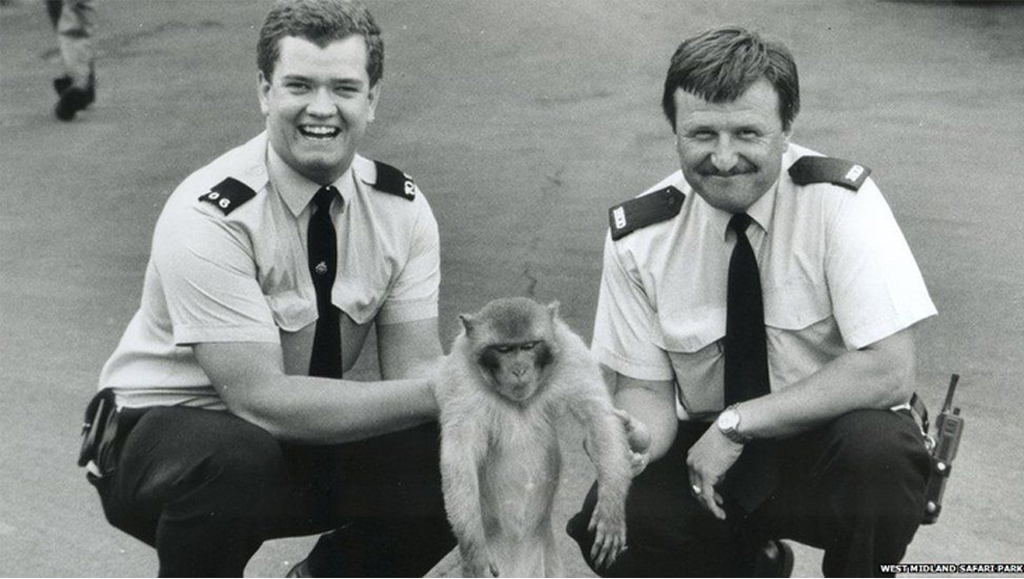 In 1974 130 baboons escaped and spent the night in the local town before being re-captured. In 1990 a monkey, nicknamed the Artful Dodger was on the run for 17 days before capture (above).
In 1974 130 baboons escaped and spent the night in the local town before being re-captured. In 1990 a monkey, nicknamed the Artful Dodger was on the run for 17 days before capture (above).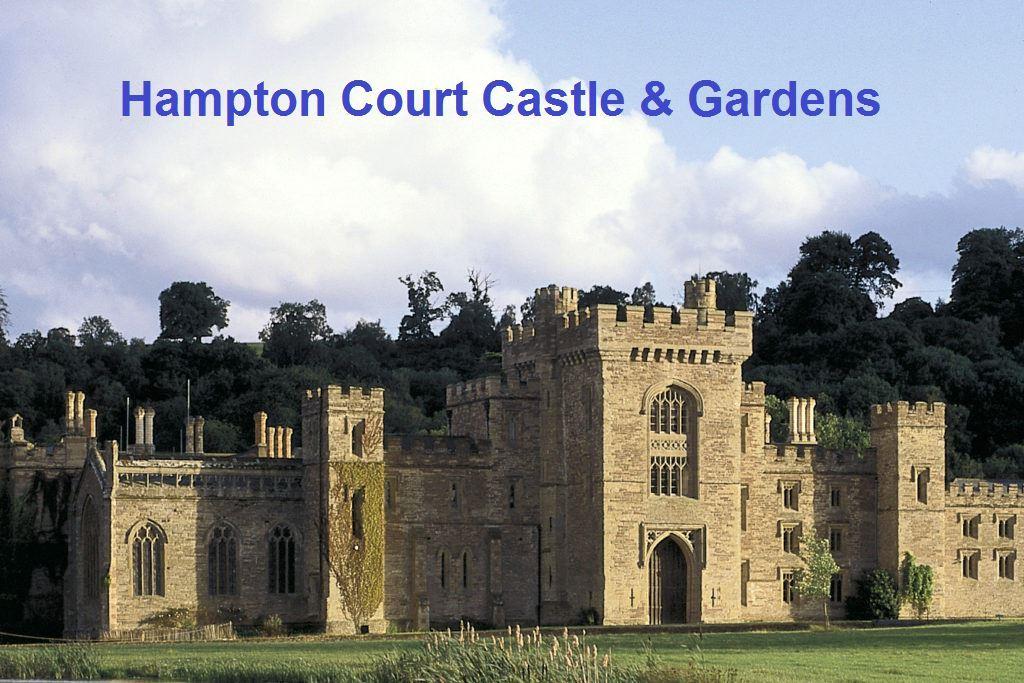
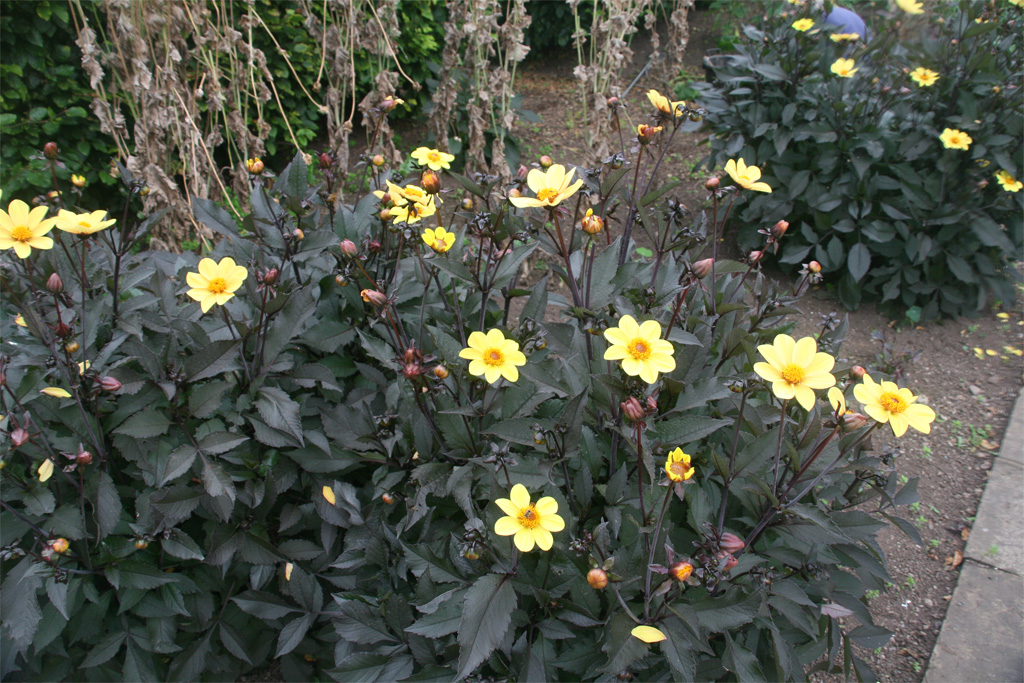 Yellow Dahlia
Yellow Dahlia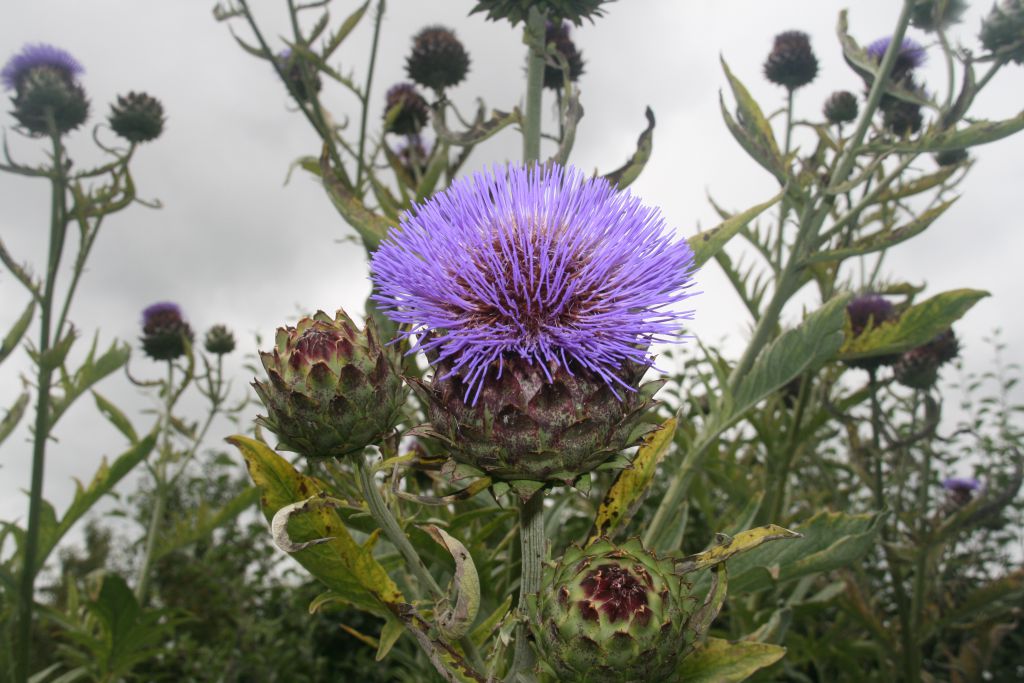
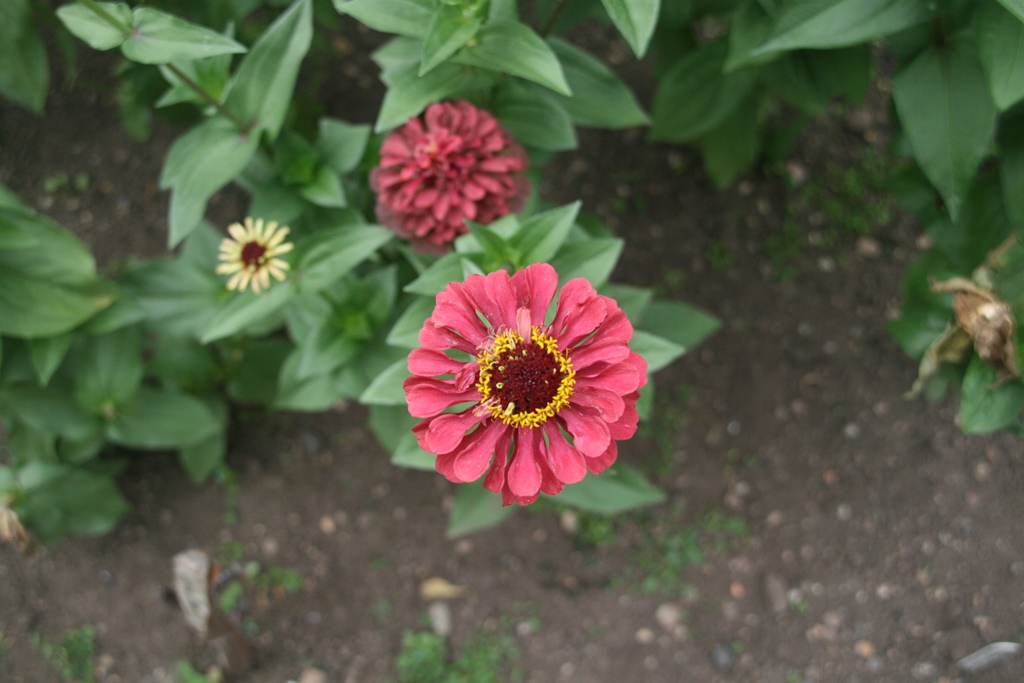
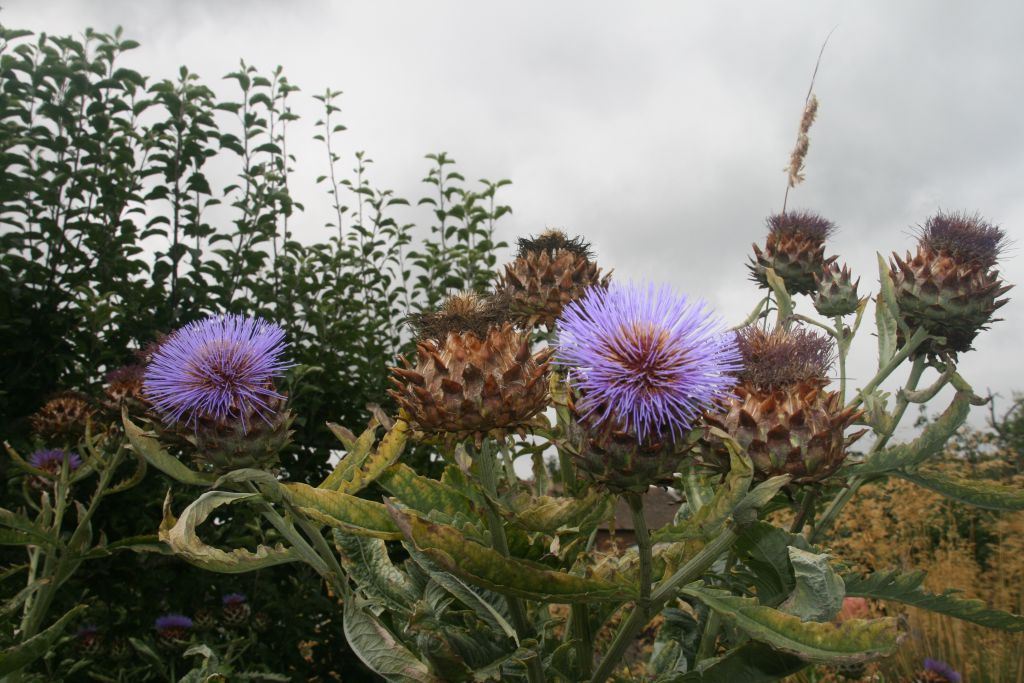 One of many varieties of thistle
One of many varieties of thistle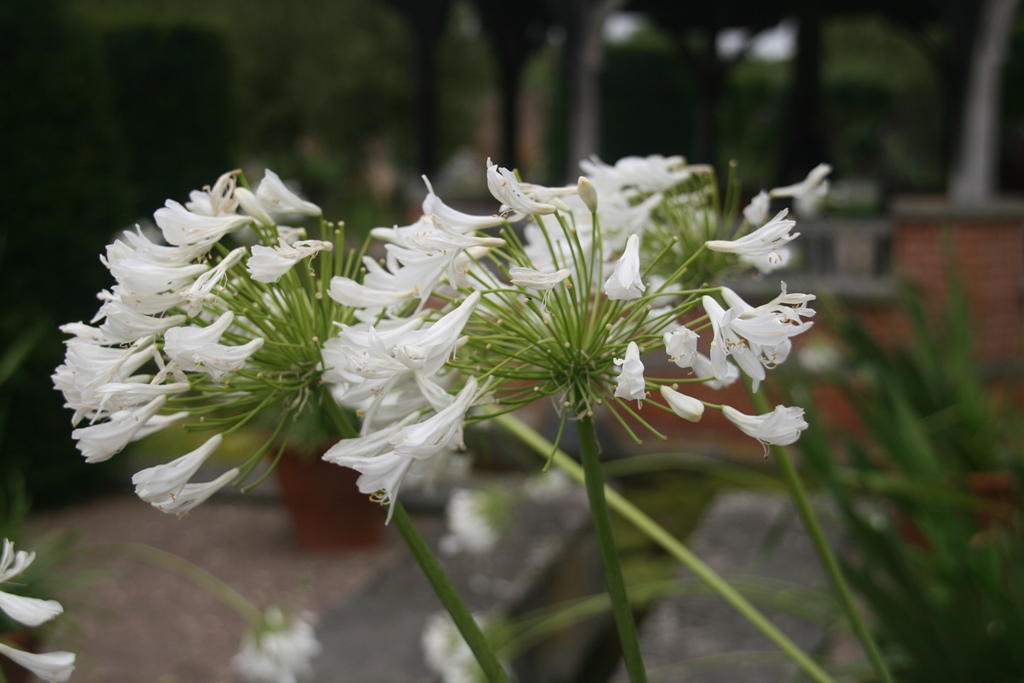
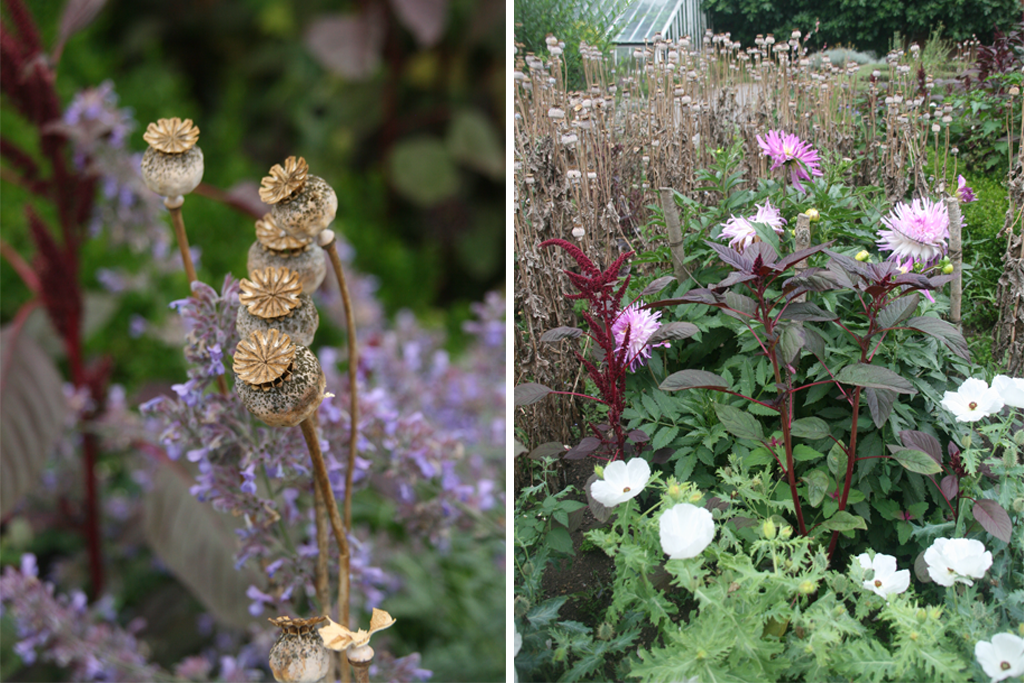
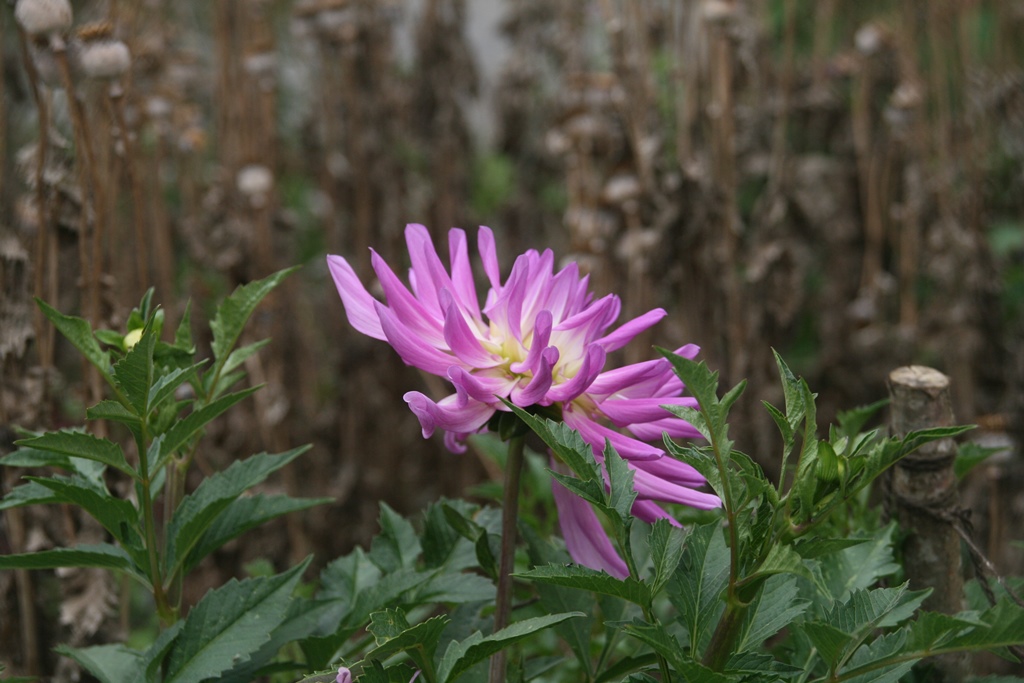
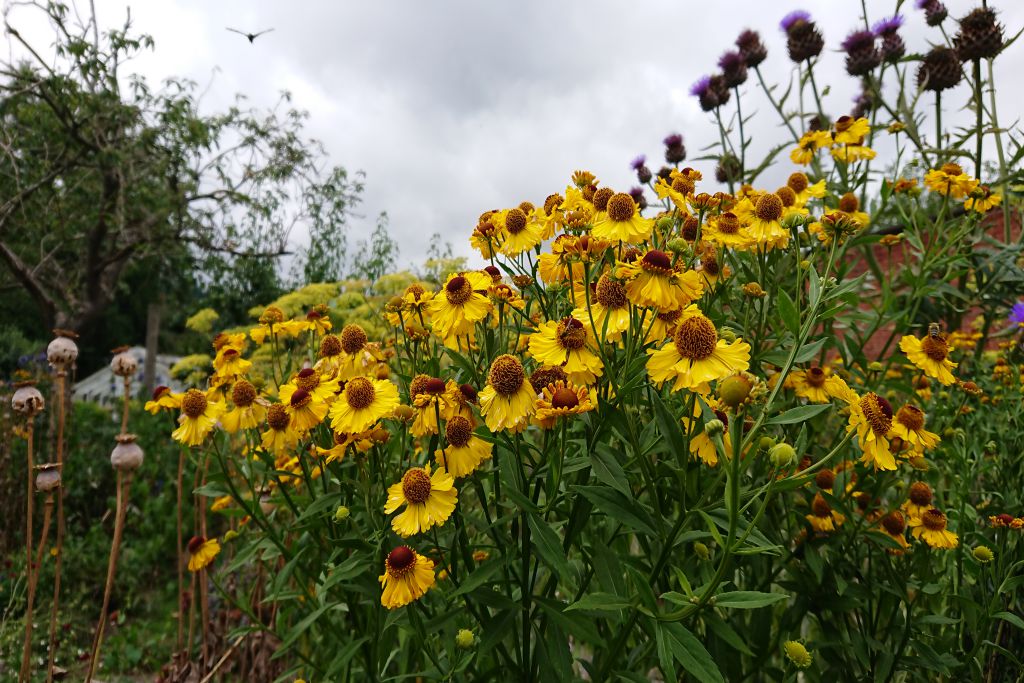
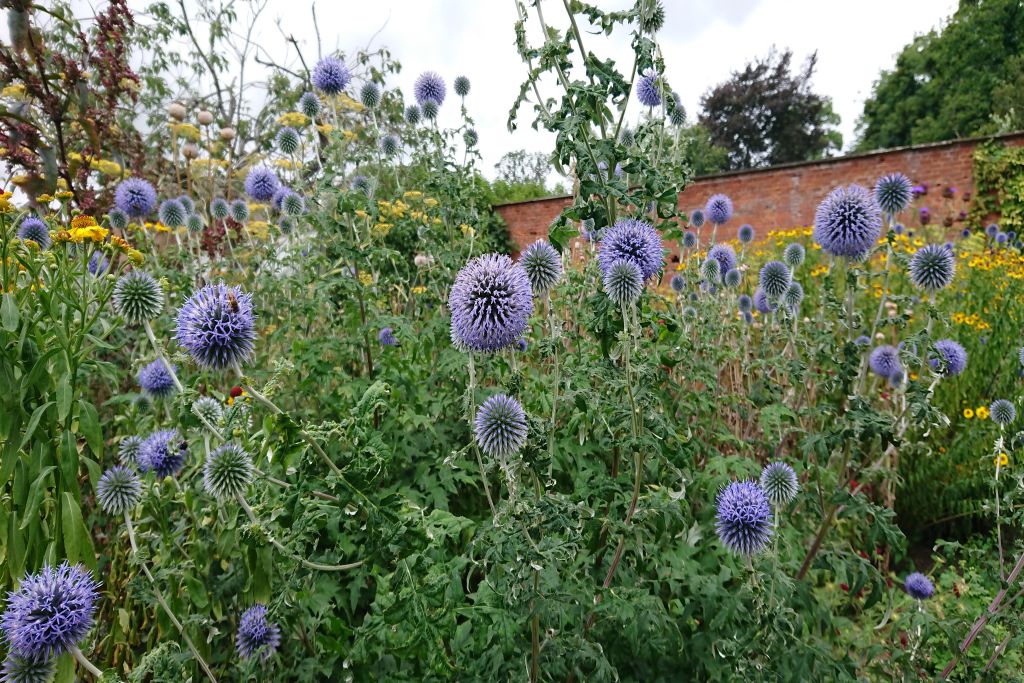
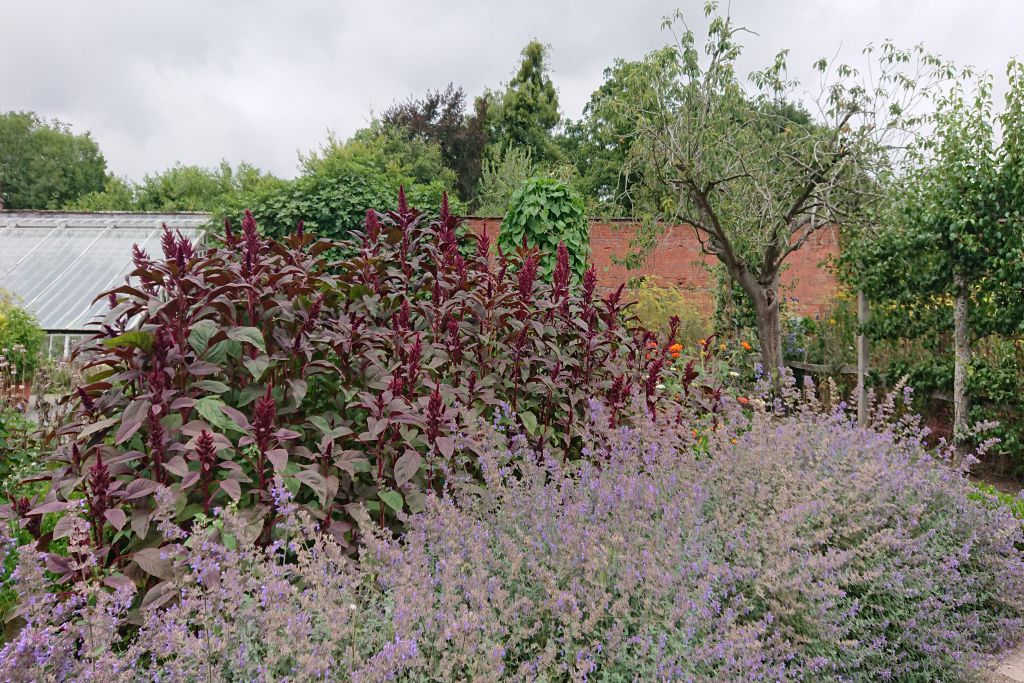
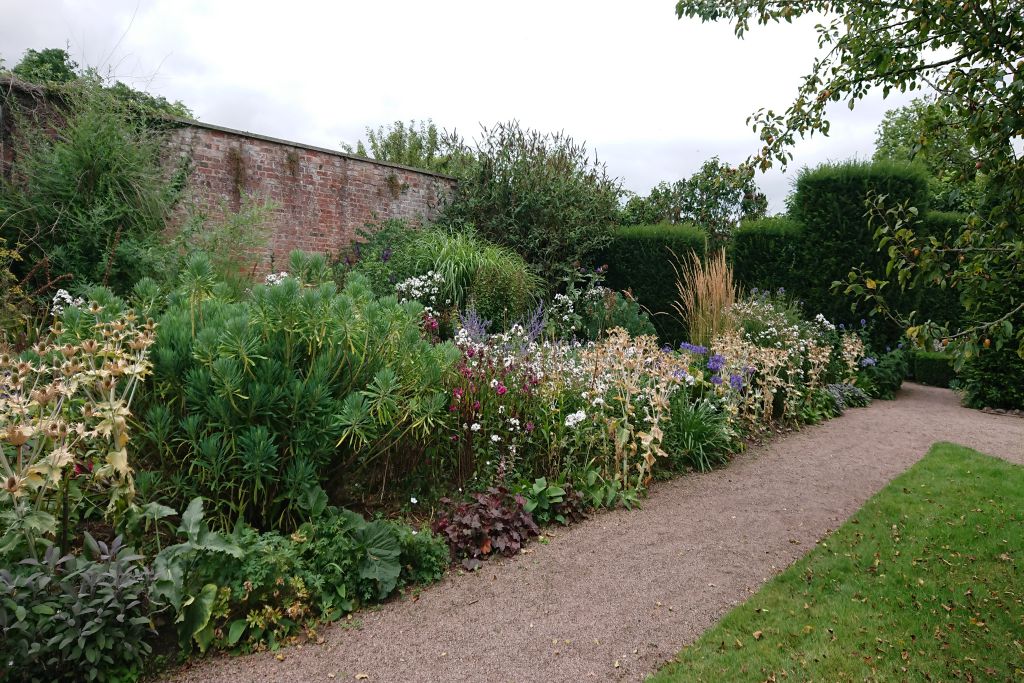
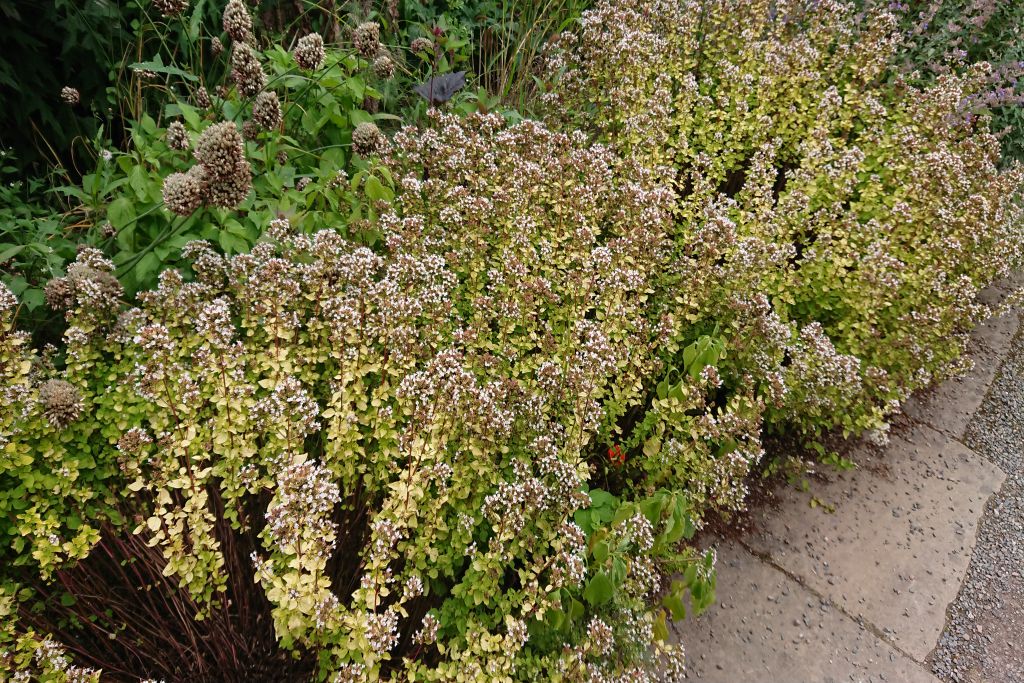
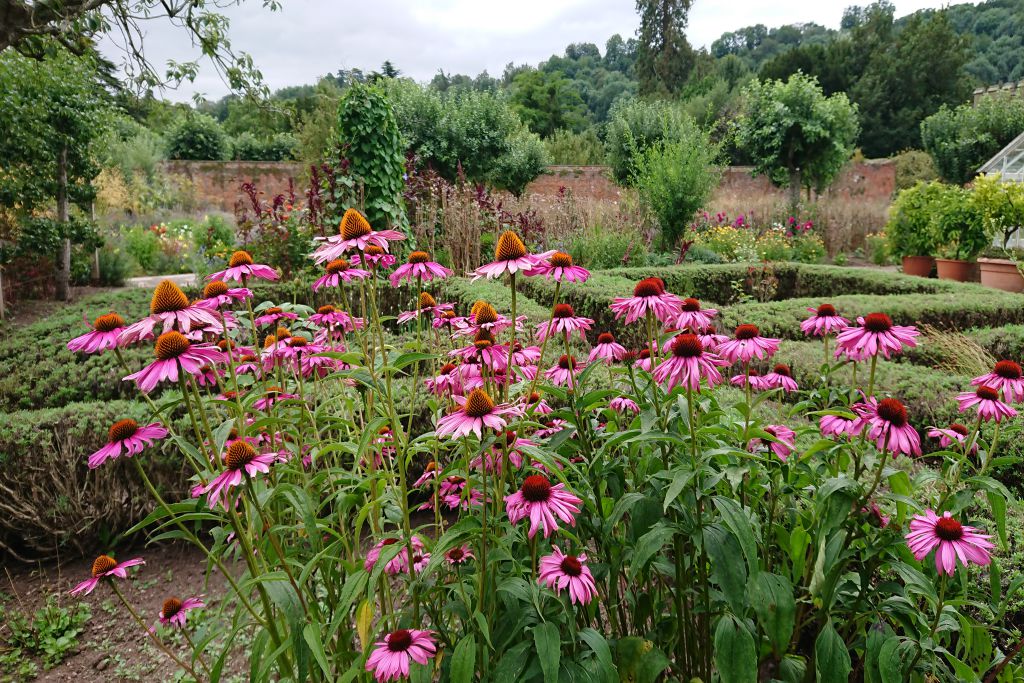
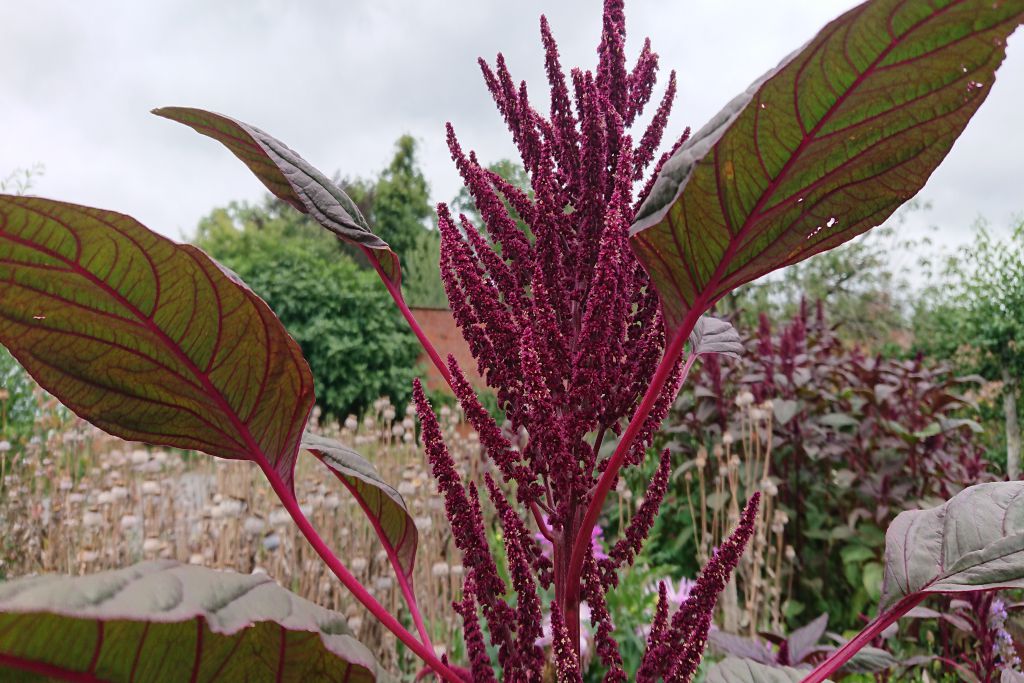
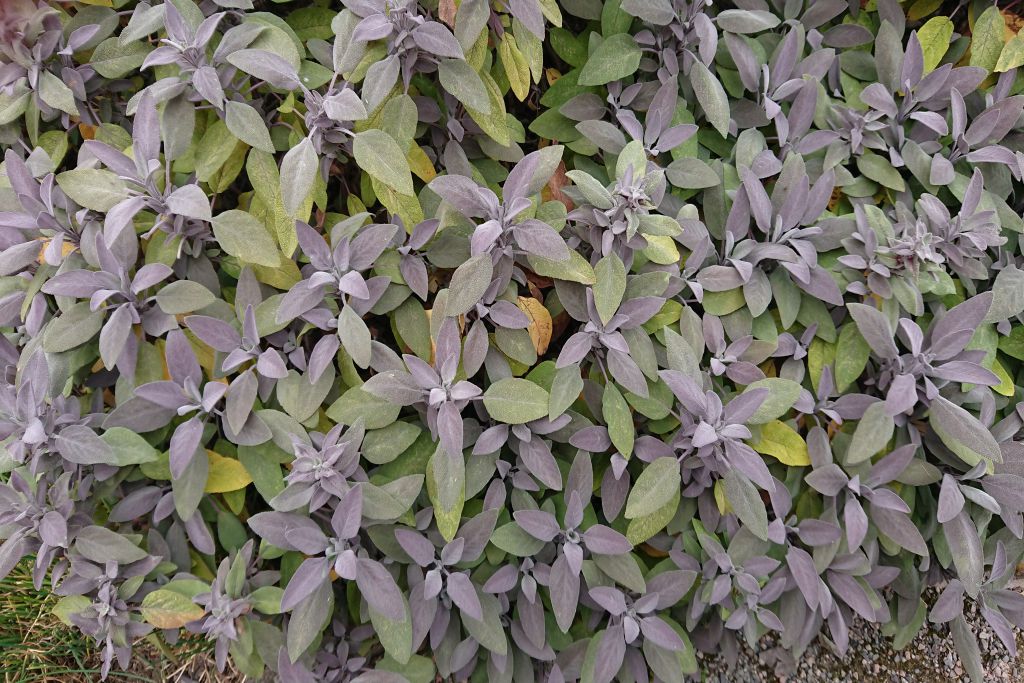
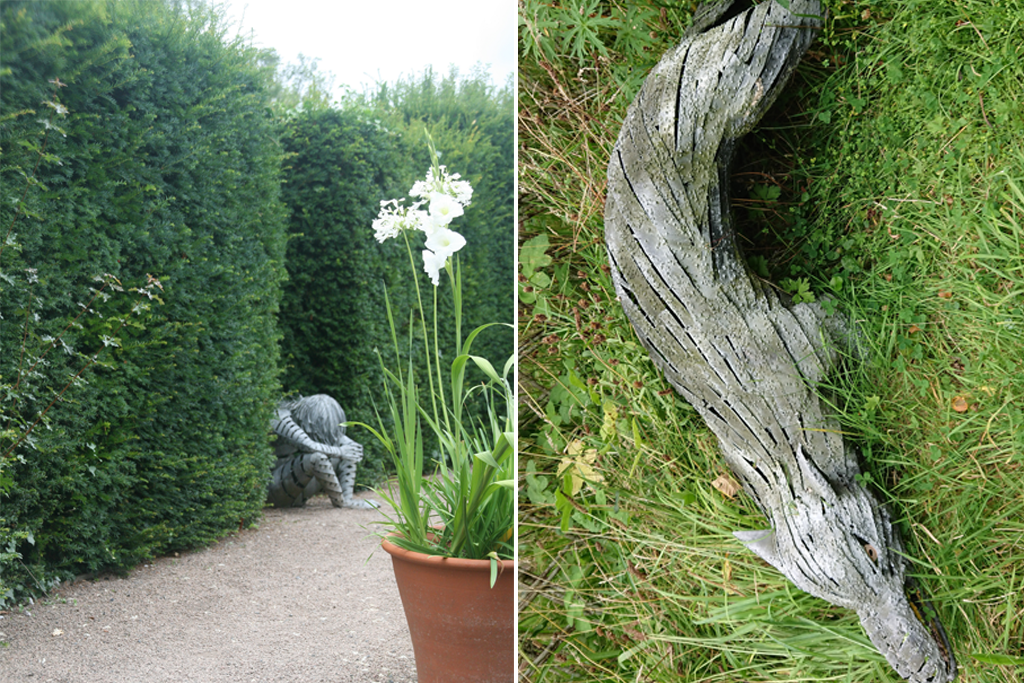 Galvanised steel sculture of a sad lady entitled 'Despair' (not sure about the one on the right)
Galvanised steel sculture of a sad lady entitled 'Despair' (not sure about the one on the right)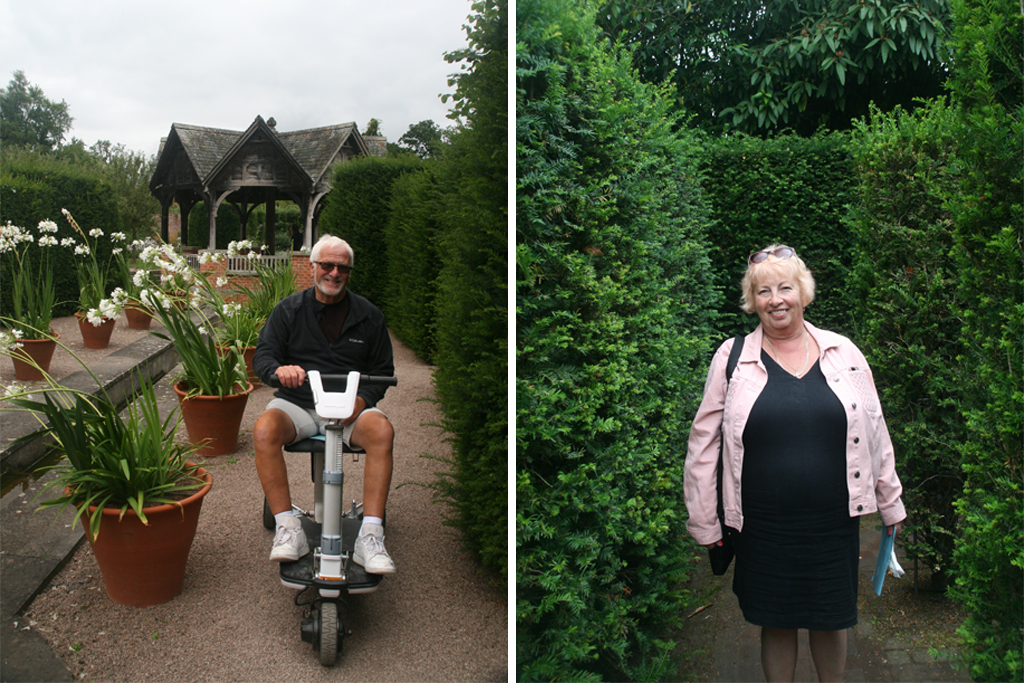 A couple of human galvanised statues. For a pound the one on the left will give you a spin round the Dutch Garden
A couple of human galvanised statues. For a pound the one on the left will give you a spin round the Dutch Garden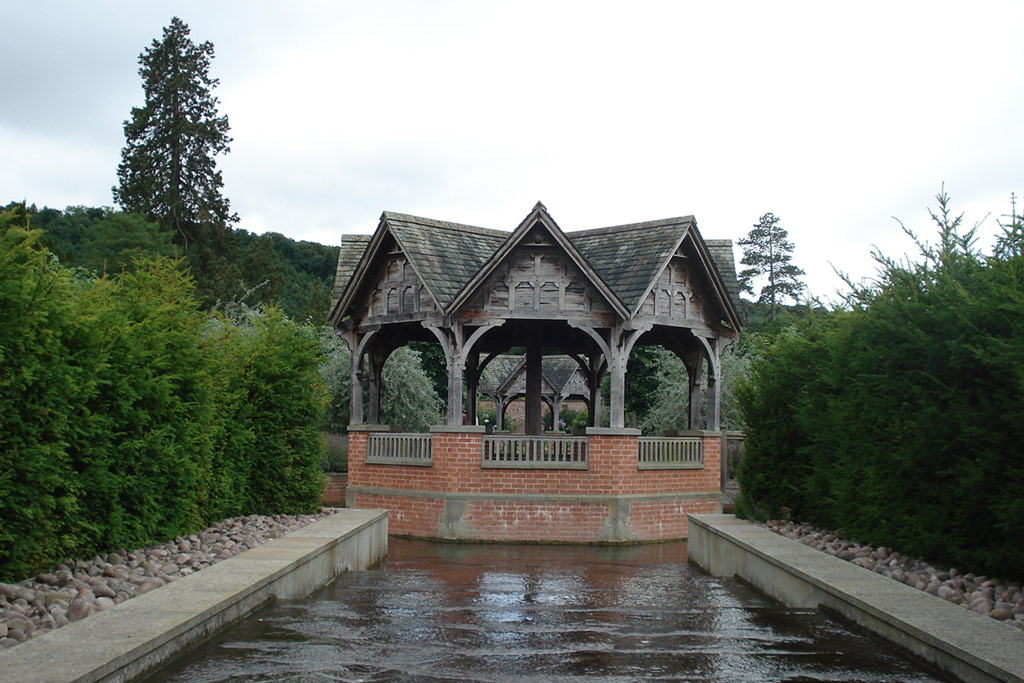 The Island Pavilion in the Dutch Garden
The Island Pavilion in the Dutch Garden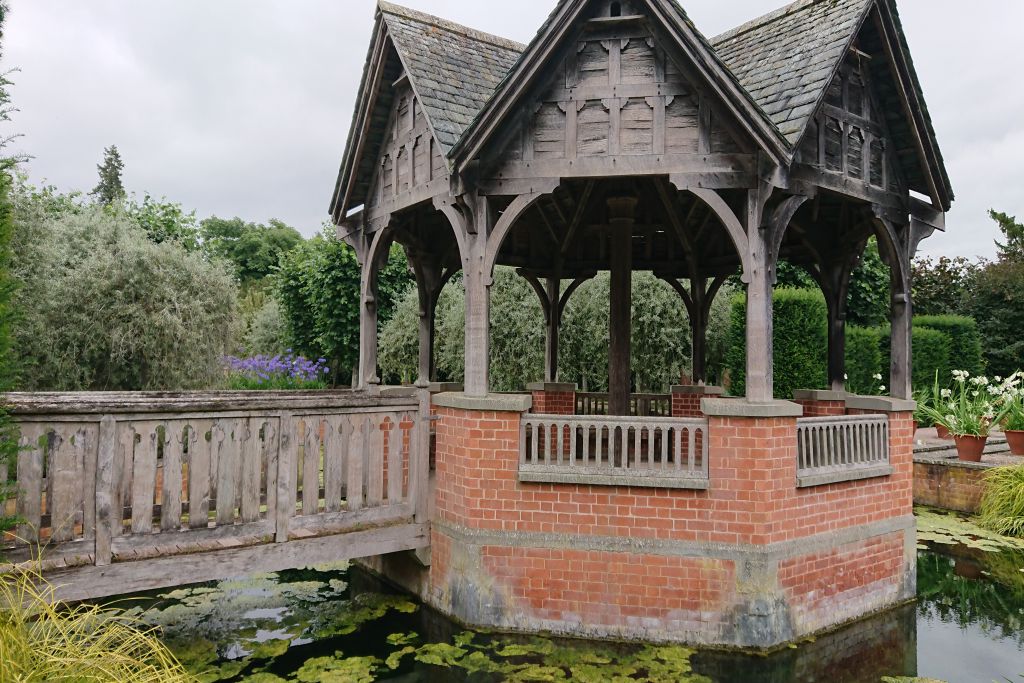
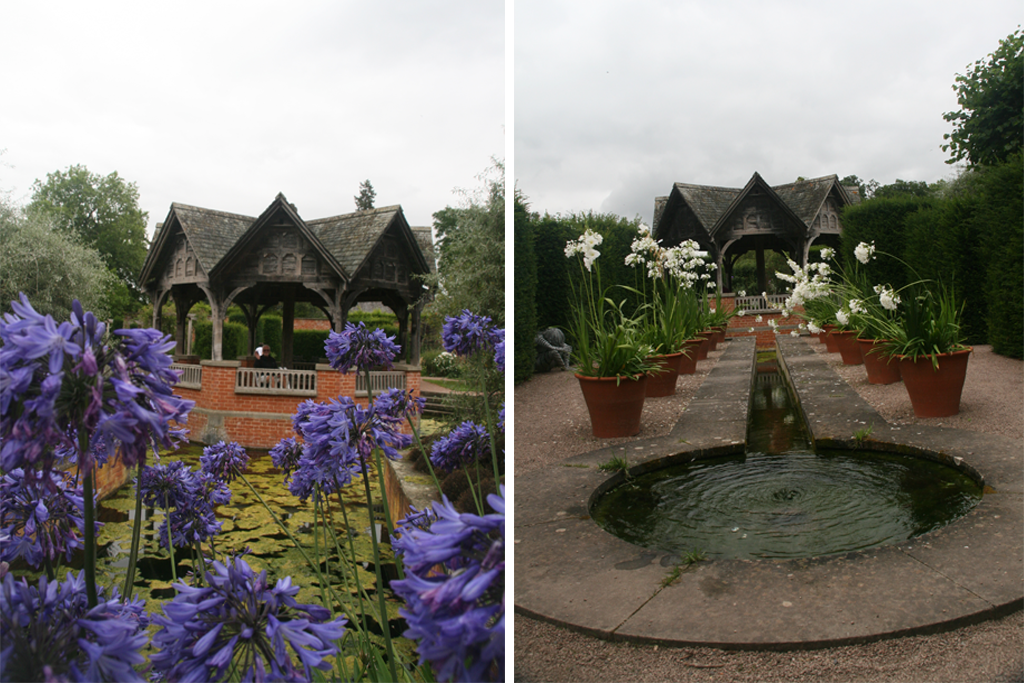
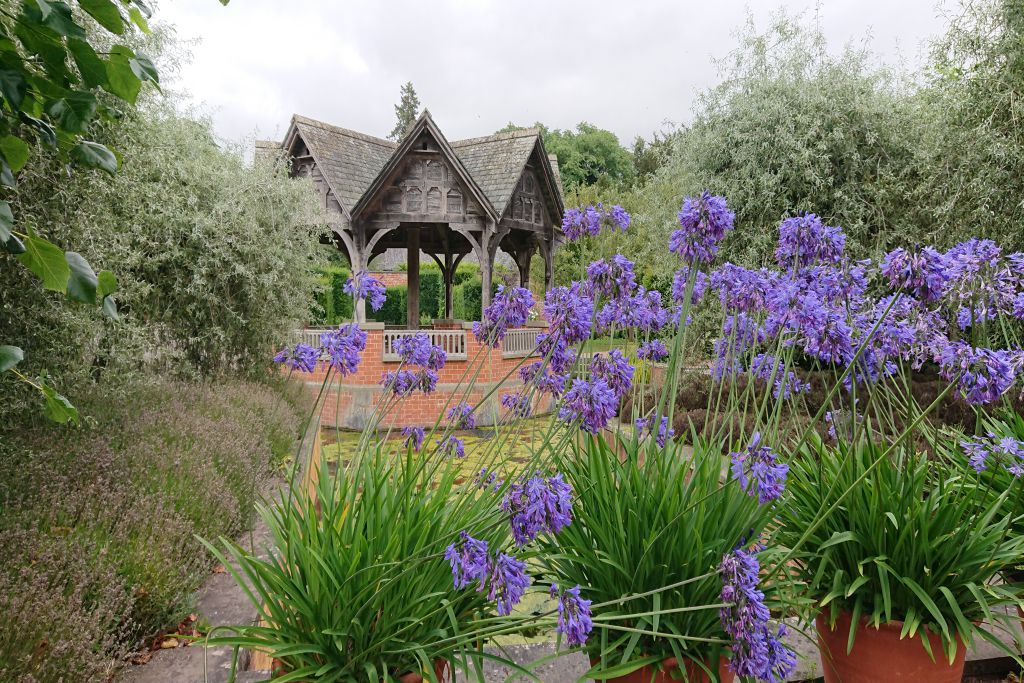
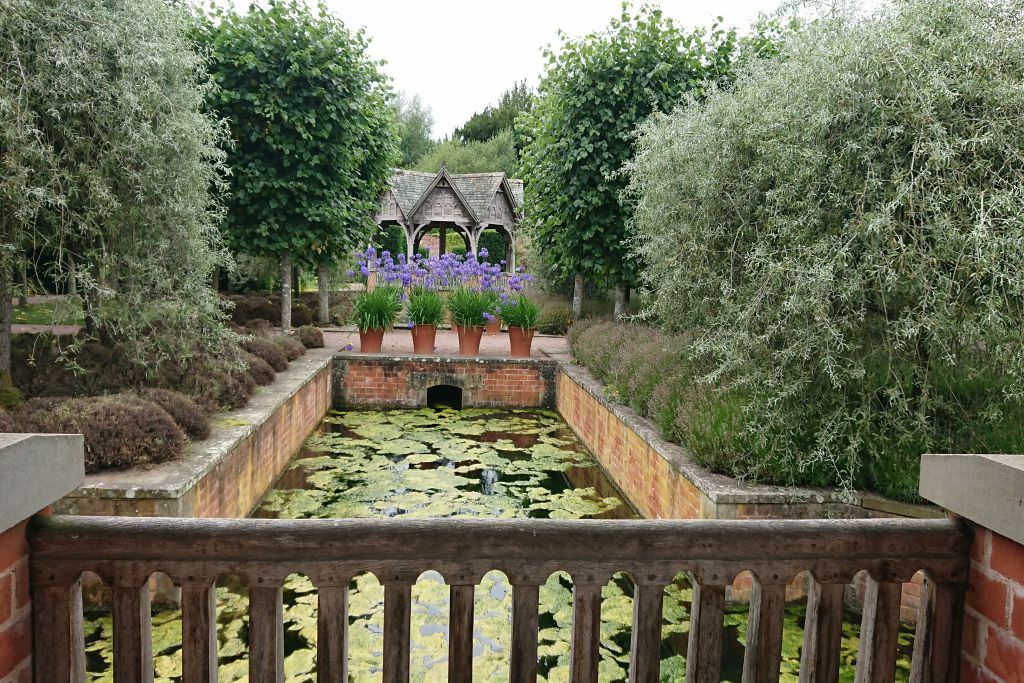 The Dutch Garden
The Dutch Garden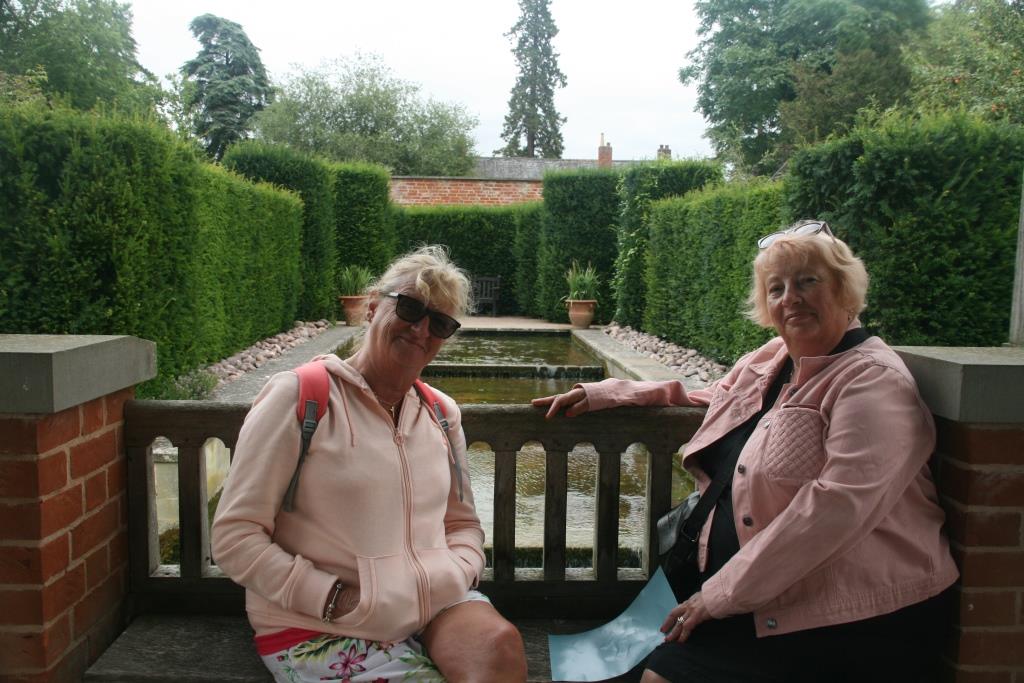 Two female galvanised statues
Two female galvanised statues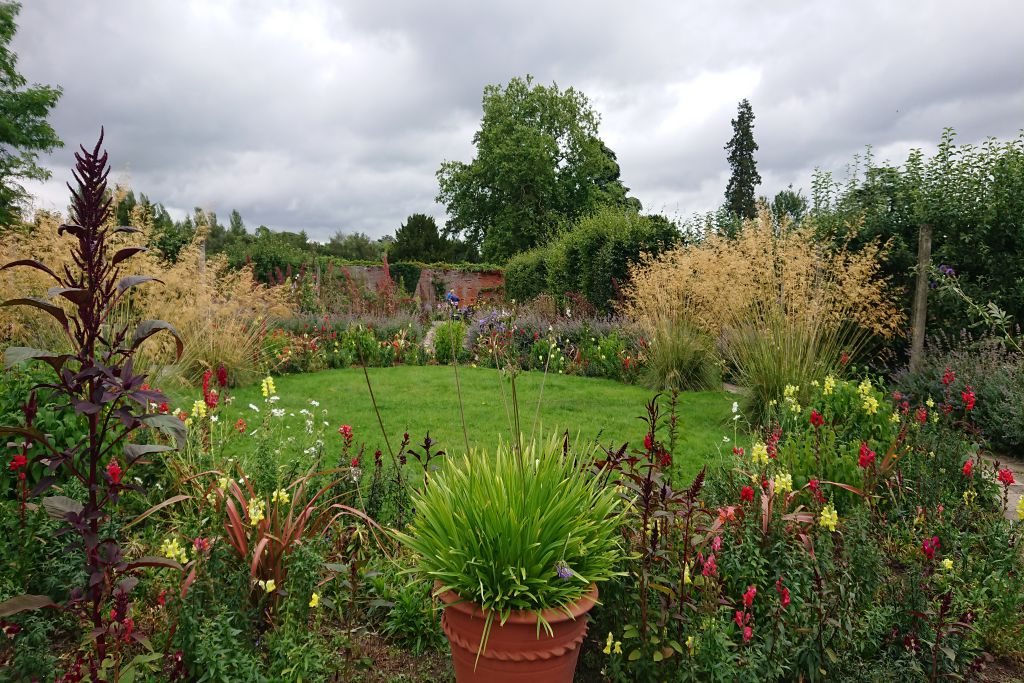
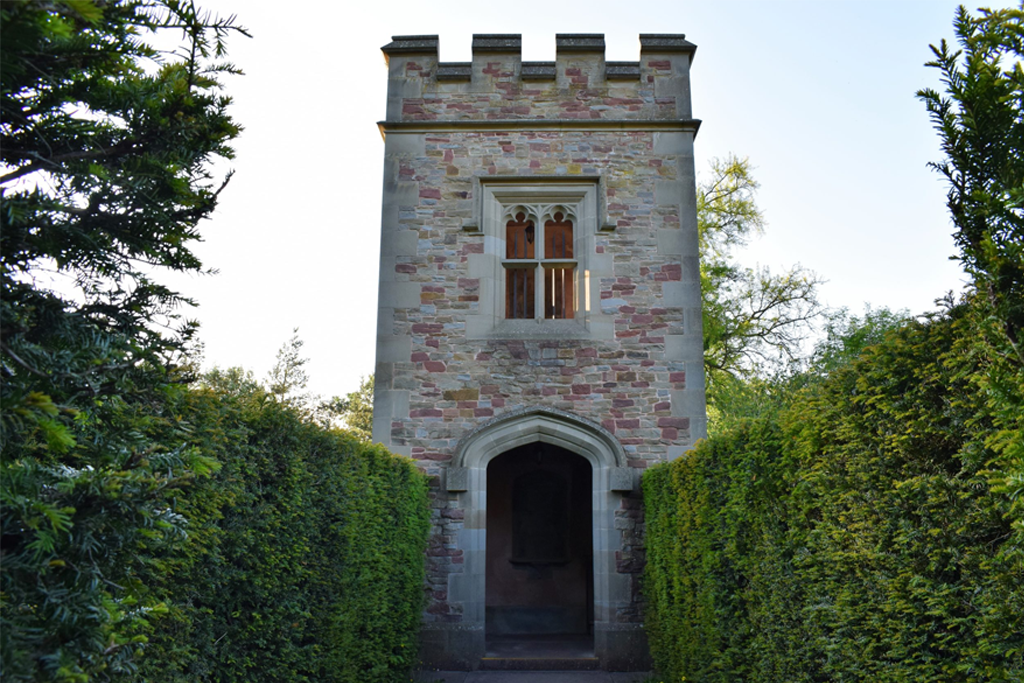 Gothic Tower at the centre of the Maze
Gothic Tower at the centre of the Maze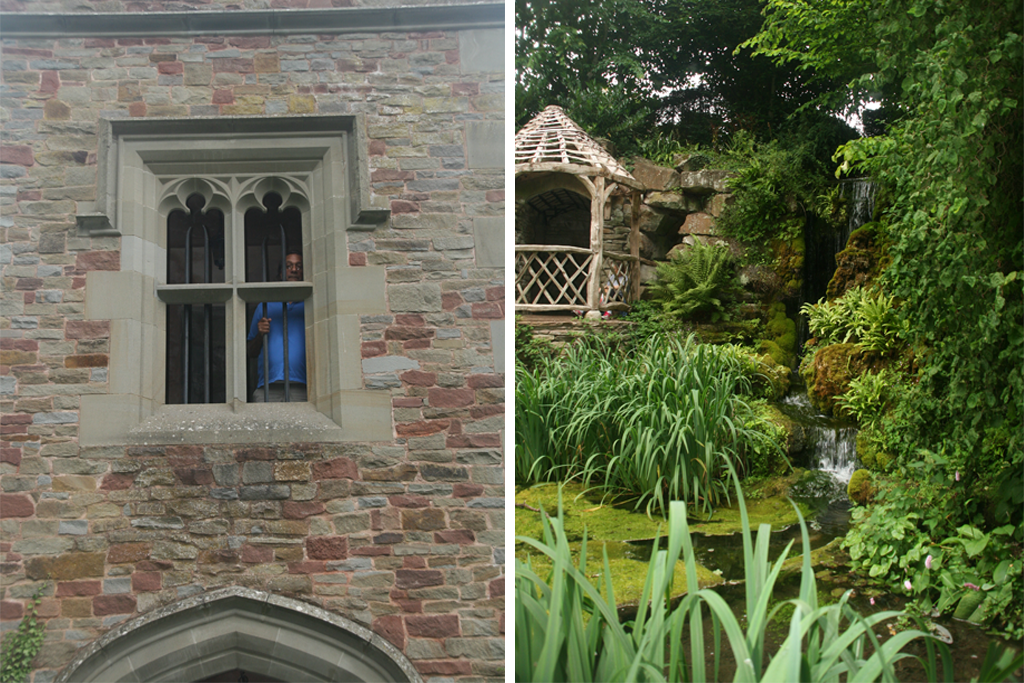 If you get lost in the maze you get put in the tower as Alan found out
If you get lost in the maze you get put in the tower as Alan found out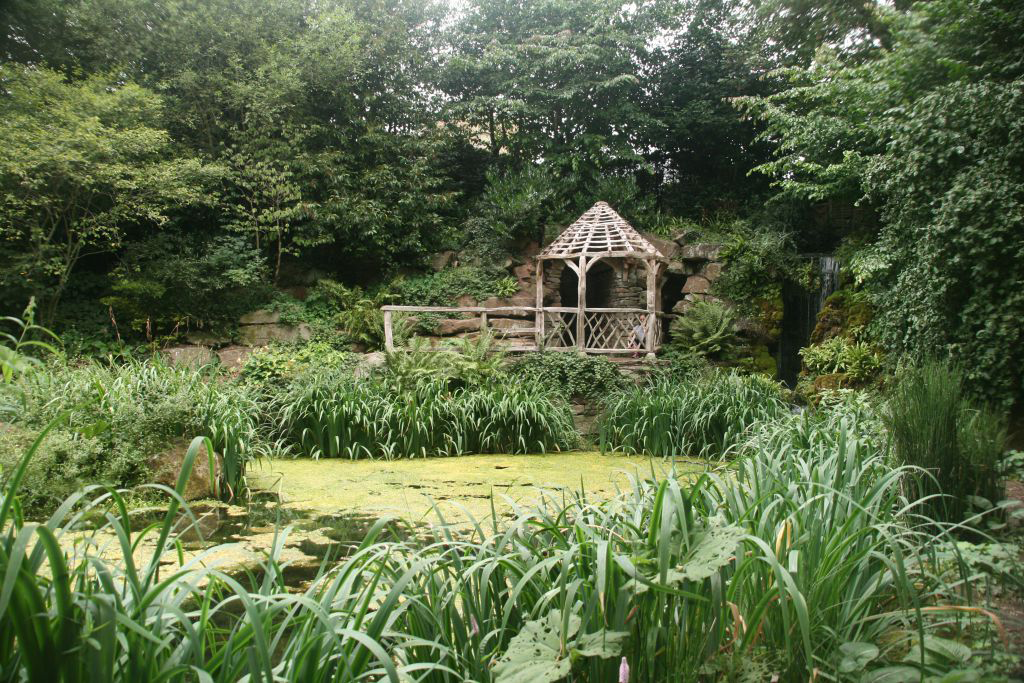 The River Lugg flows through the estate and feeds the Sunken Garden.
The River Lugg flows through the estate and feeds the Sunken Garden.  The Waterfall in the Sunken Garden
The Waterfall in the Sunken Garden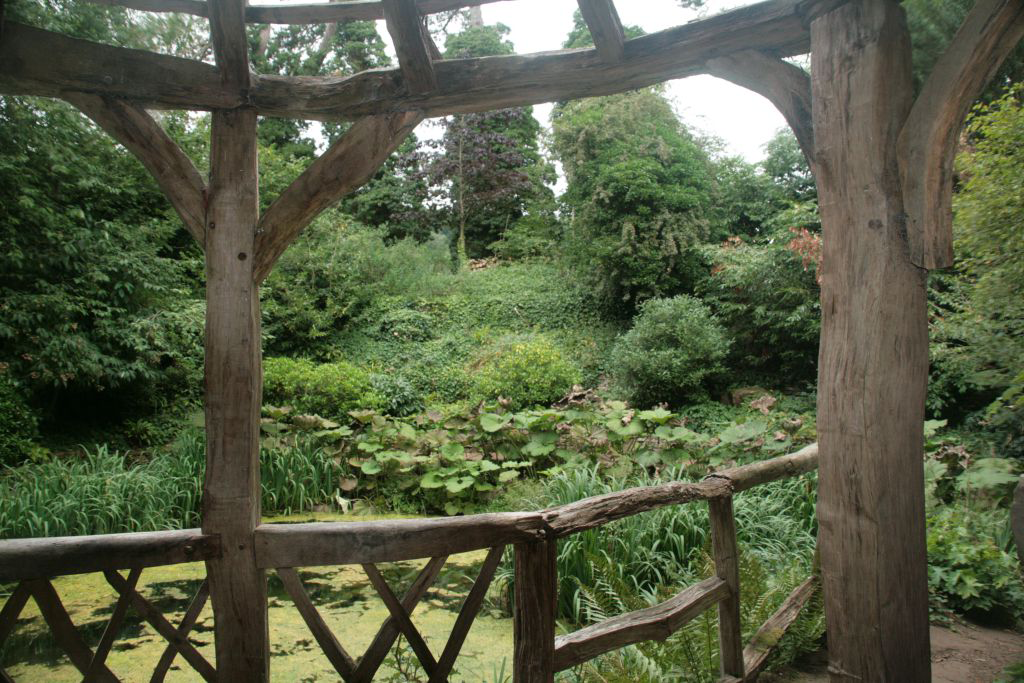 Apparently, there is a tunnel from this hut in the Sunken Garden via the waterfall to the tower at the centre of the maze??
Apparently, there is a tunnel from this hut in the Sunken Garden via the waterfall to the tower at the centre of the maze??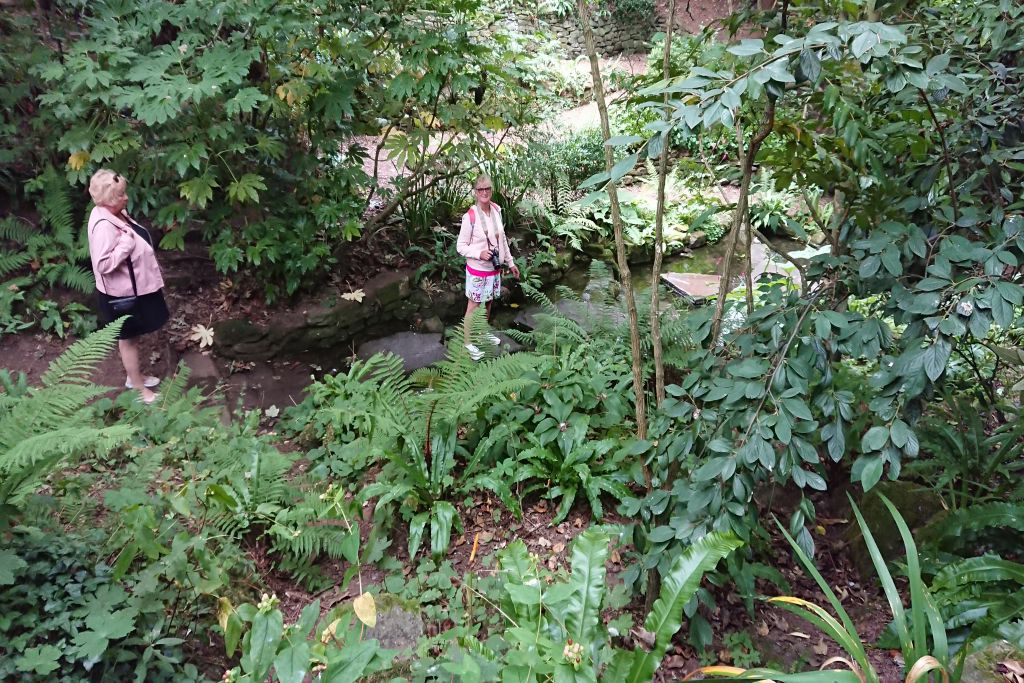 Path through the sunken gardens
Path through the sunken gardens
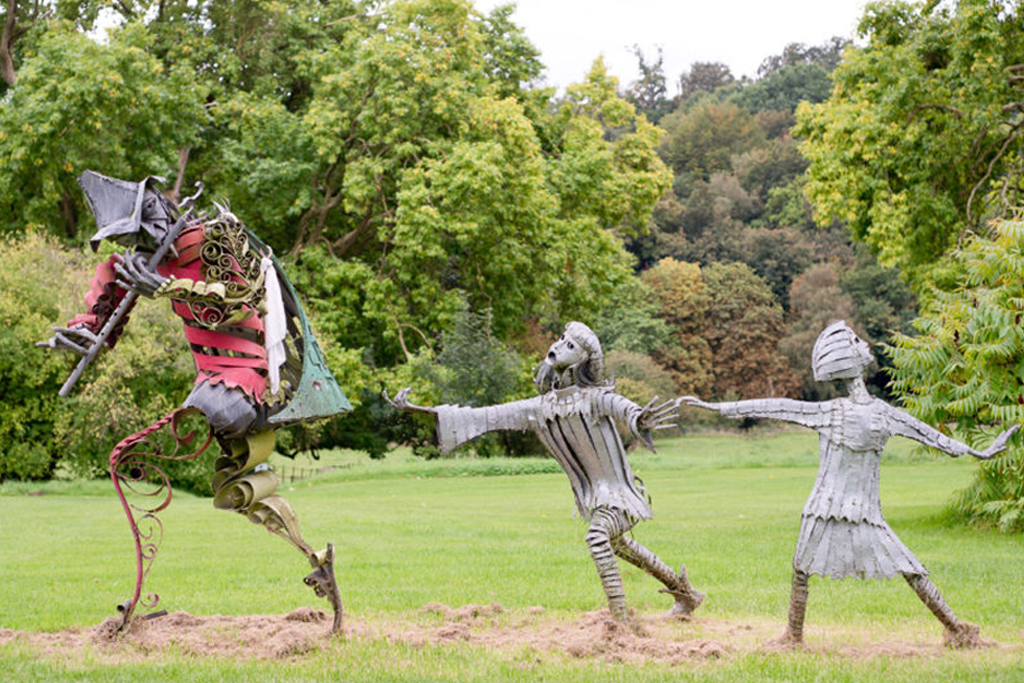 Galvanised steel Pied Piper Sculpture (taken from Hampton Court website - I couldn't get close enough)
Galvanised steel Pied Piper Sculpture (taken from Hampton Court website - I couldn't get close enough)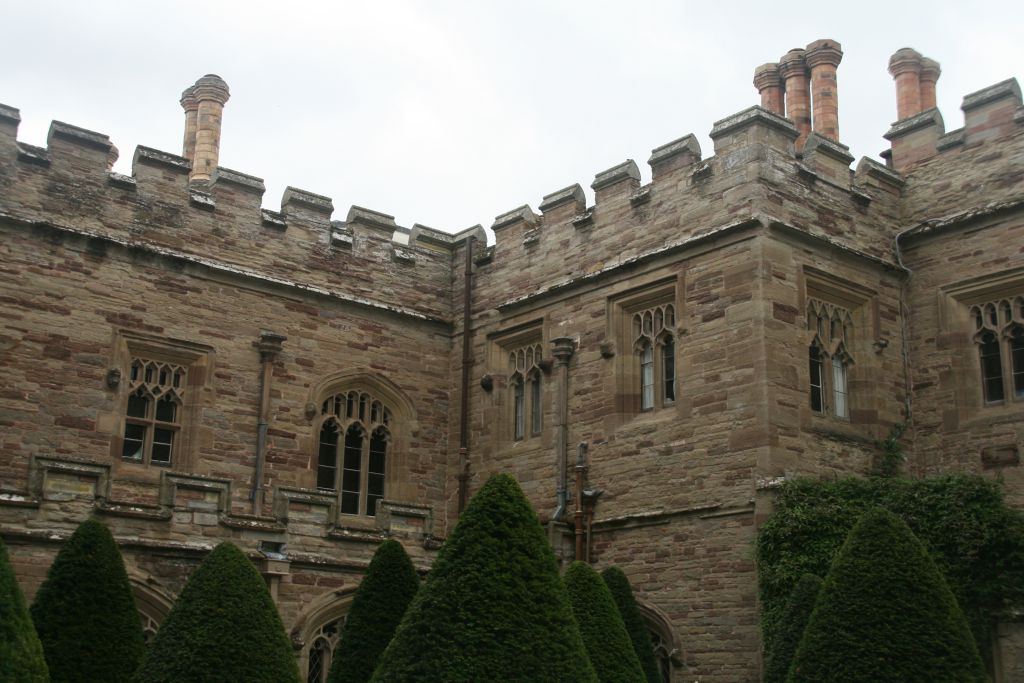
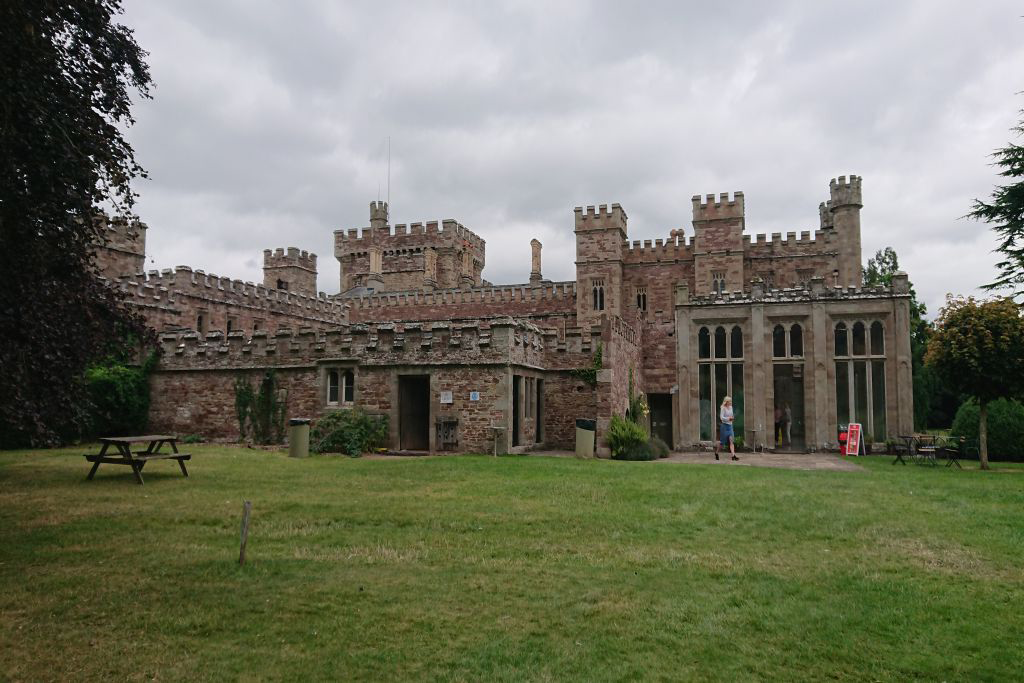 The Orangery Cafe (on the right)
The Orangery Cafe (on the right)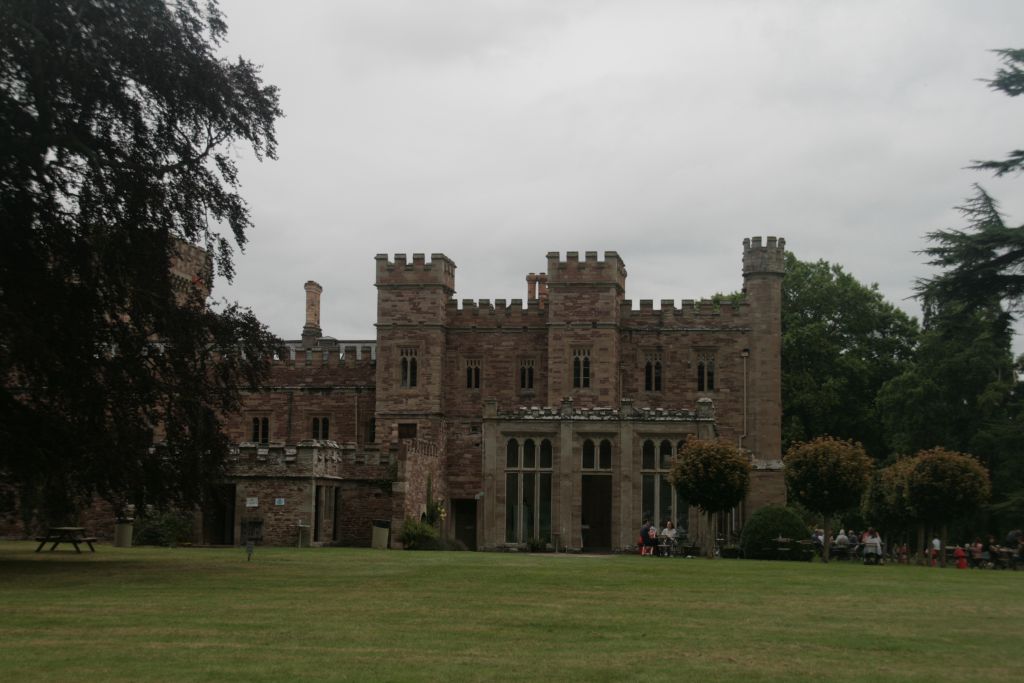 The Orangery Cafe
The Orangery Cafe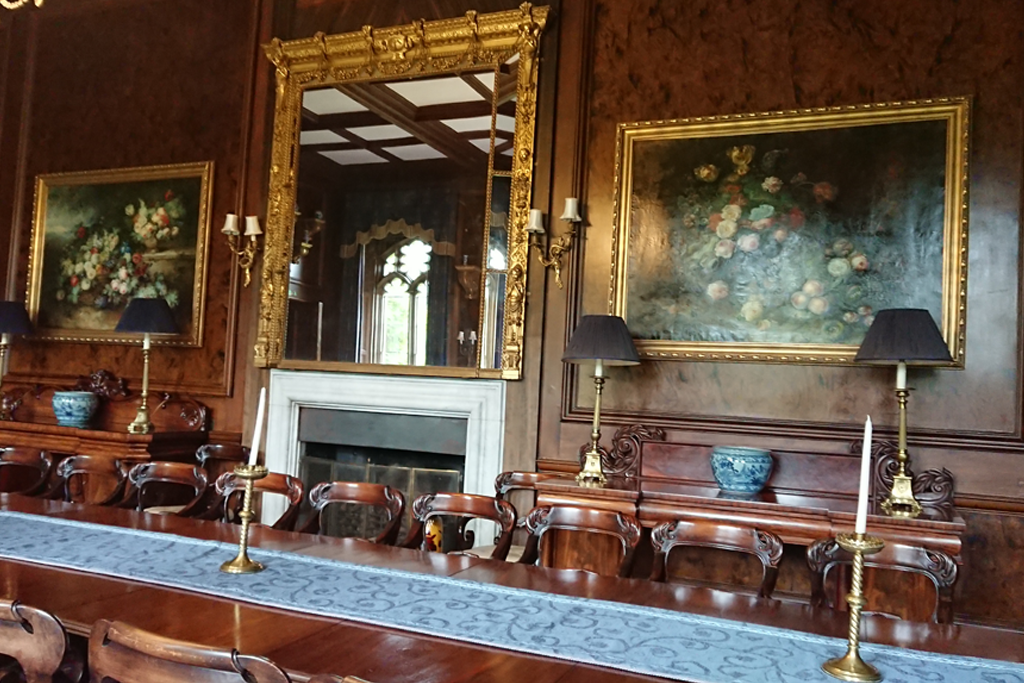 The Dining Room
The Dining Room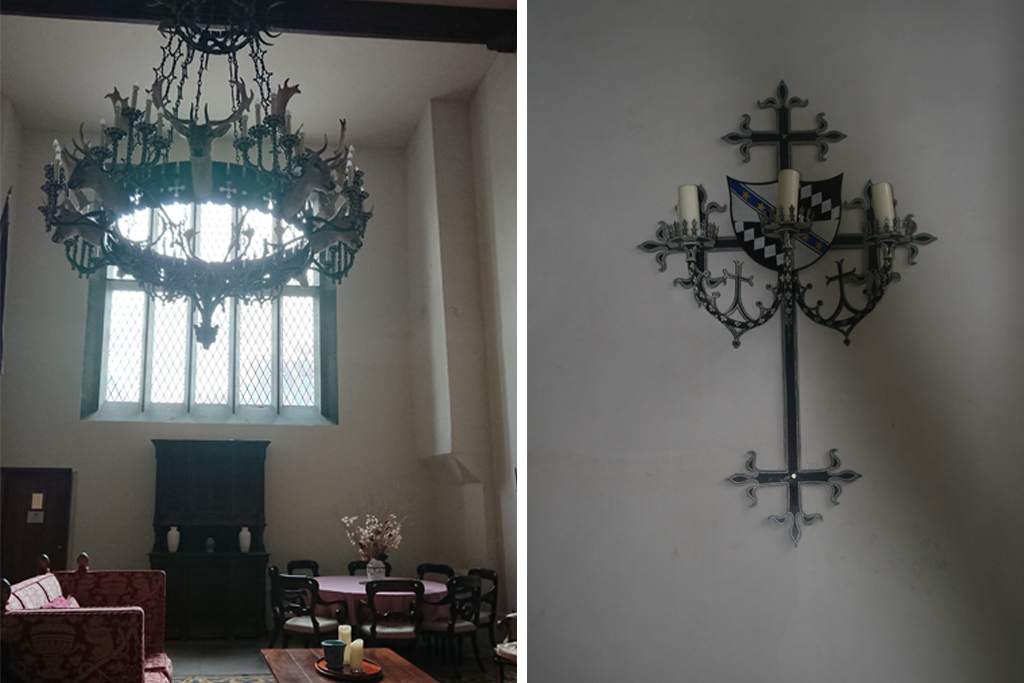 The coat of arms of the Coningsby family (right). George Capel Coningsby sold the Castle in 1810
The coat of arms of the Coningsby family (right). George Capel Coningsby sold the Castle in 1810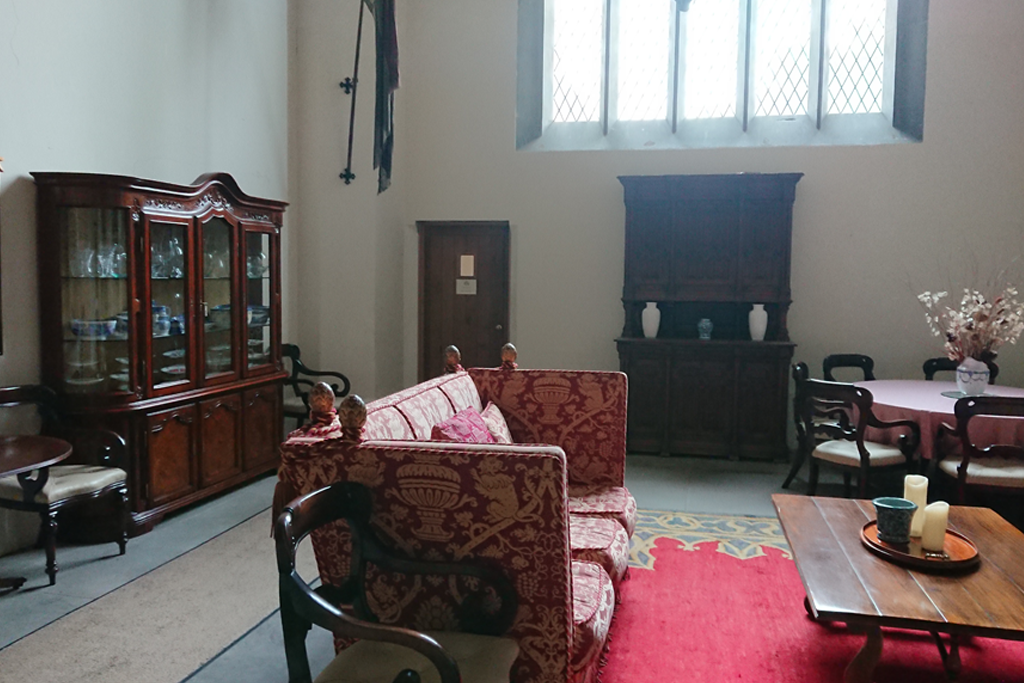
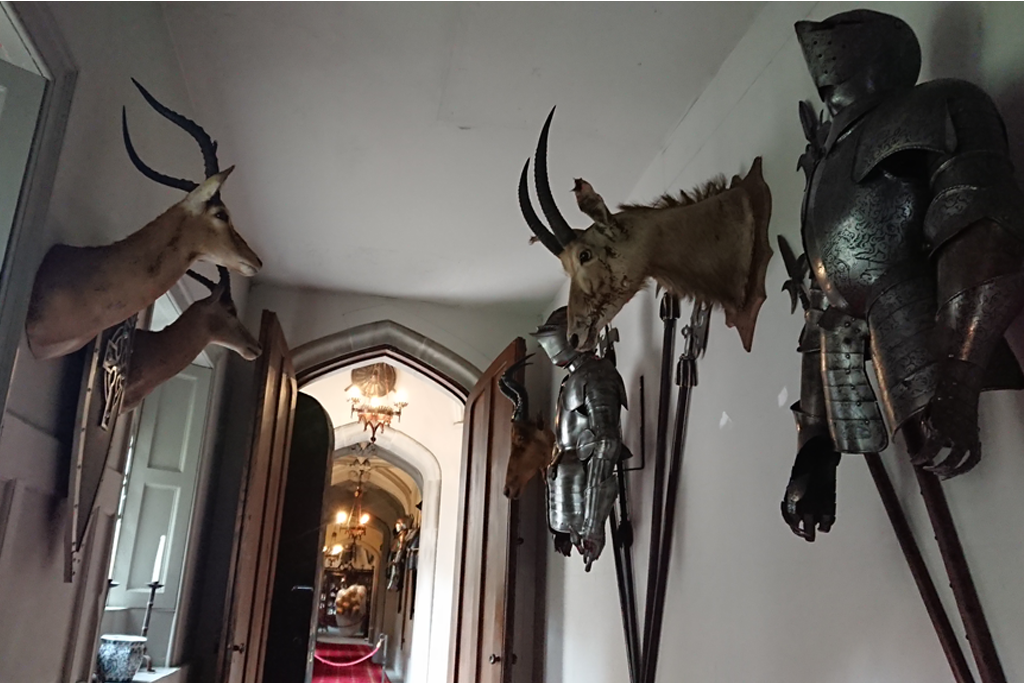
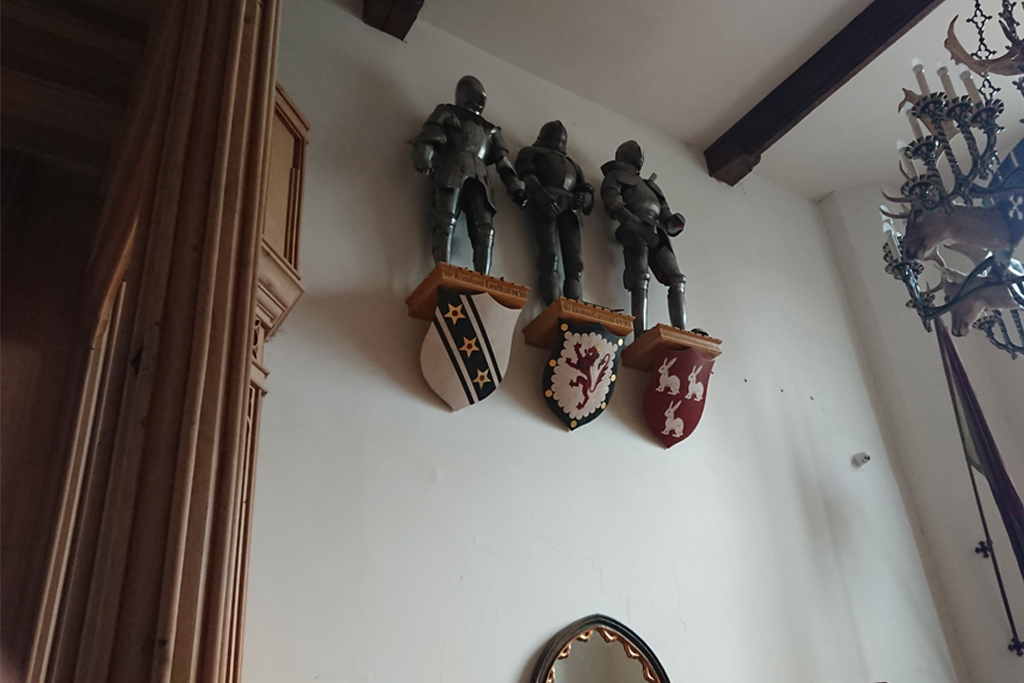
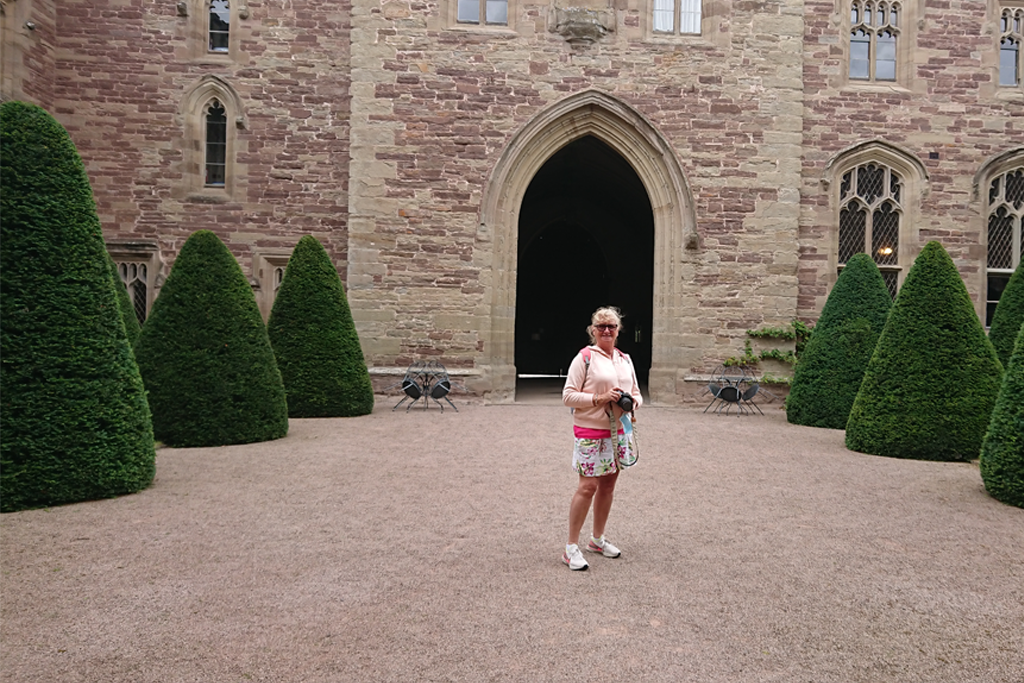 The main Courtyard
The main Courtyard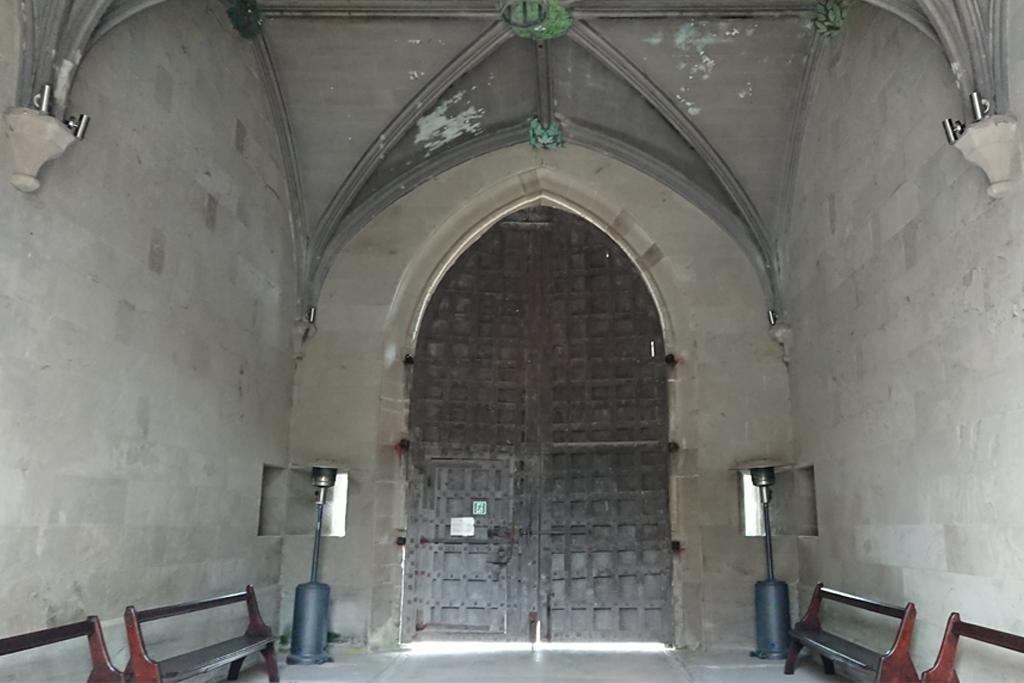 Doors to the Main Courtyard
Doors to the Main Courtyard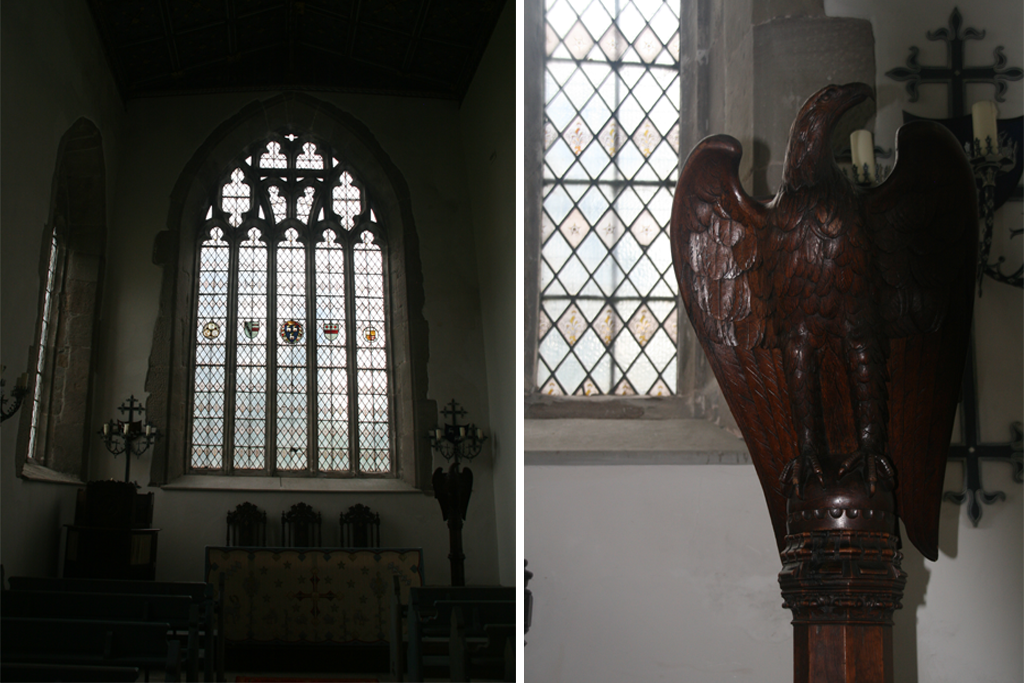 The Chapel is one of the oldest parts of Hampton Court, and was originally built as a private Roman Catholic chapel for the family’s use.
The Chapel is one of the oldest parts of Hampton Court, and was originally built as a private Roman Catholic chapel for the family’s use. The Gallery
The Gallery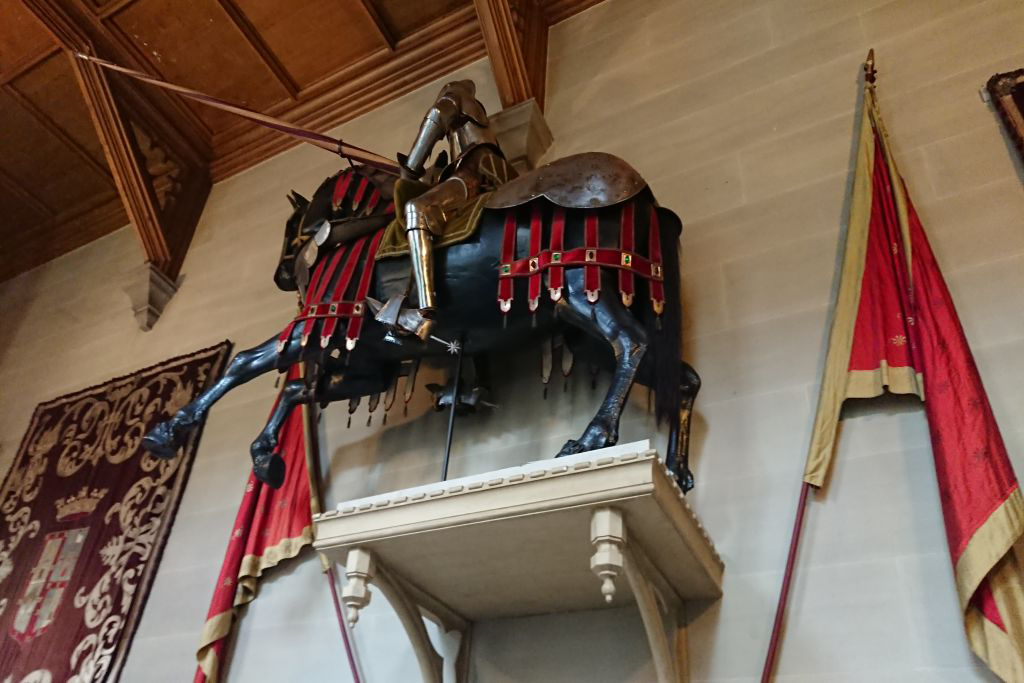 Coningsby Hall
Coningsby Hall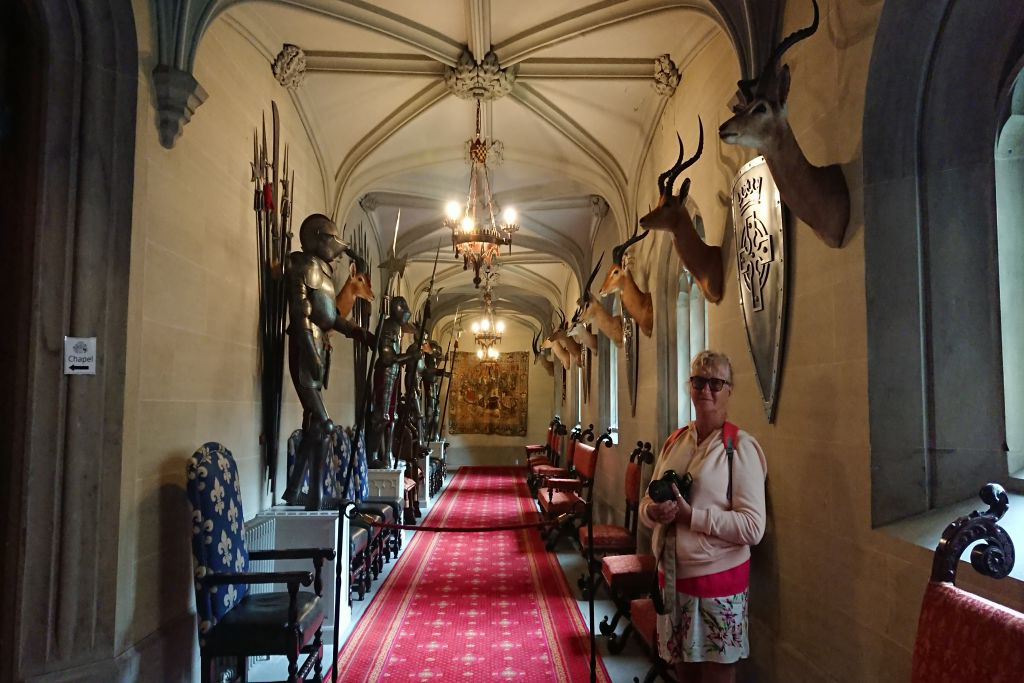 The Cloisters
The Cloisters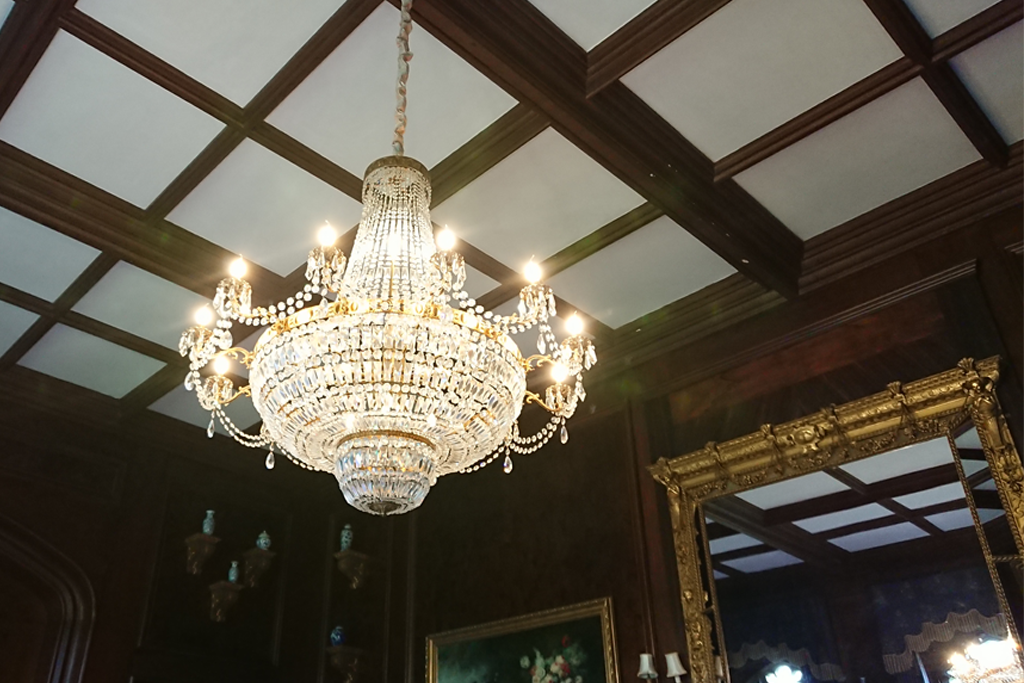
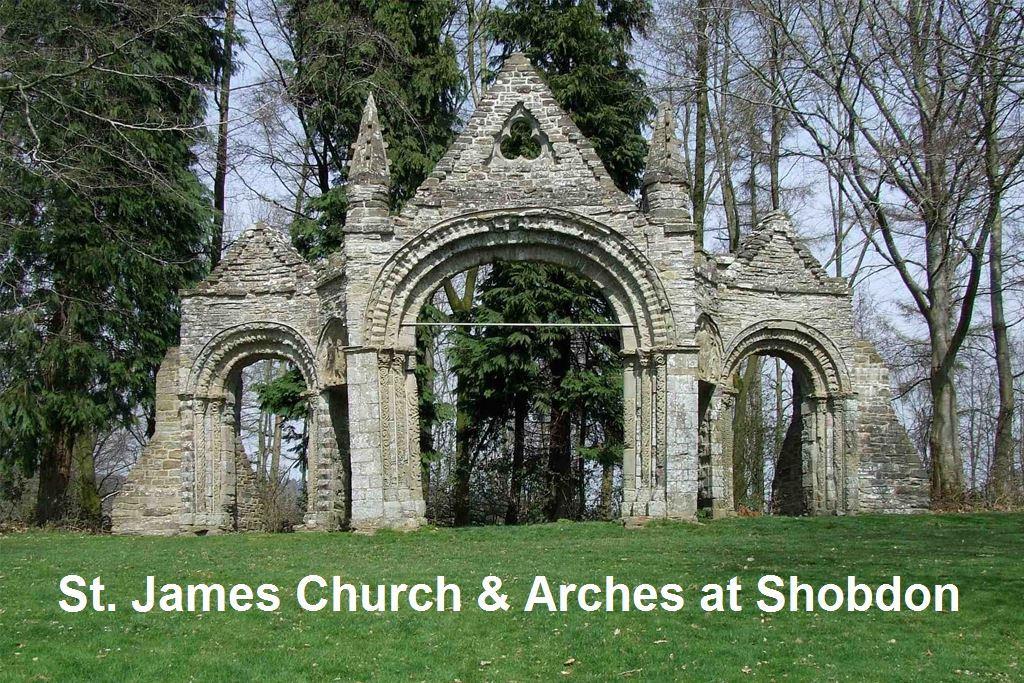
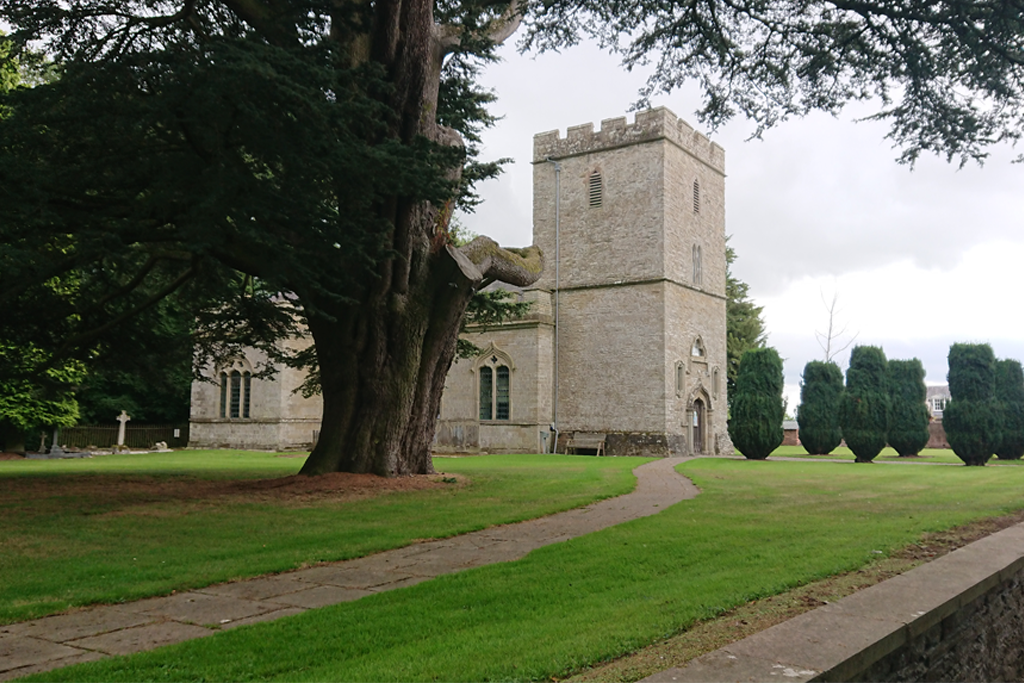 St John the Evangelist Church
St John the Evangelist Church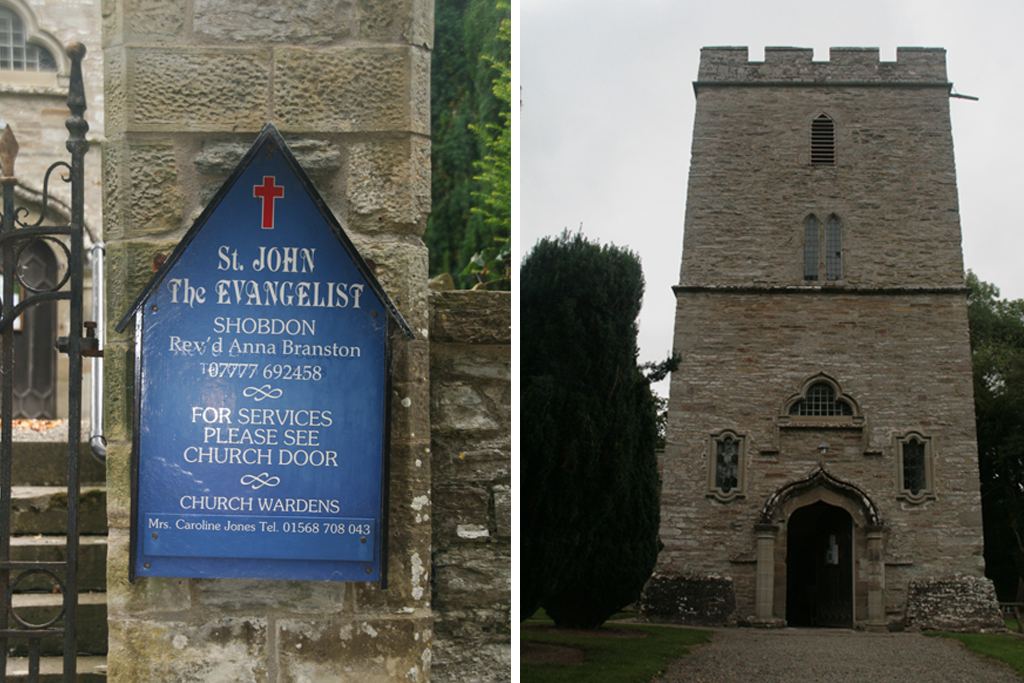
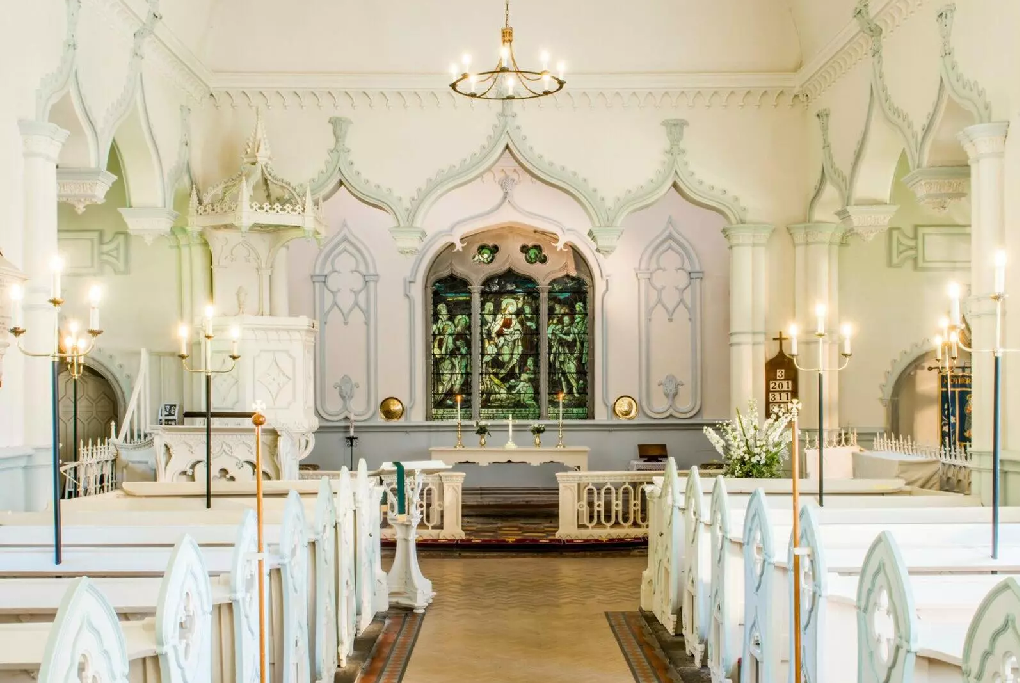 Inside this beautiful and probably unique church
Inside this beautiful and probably unique church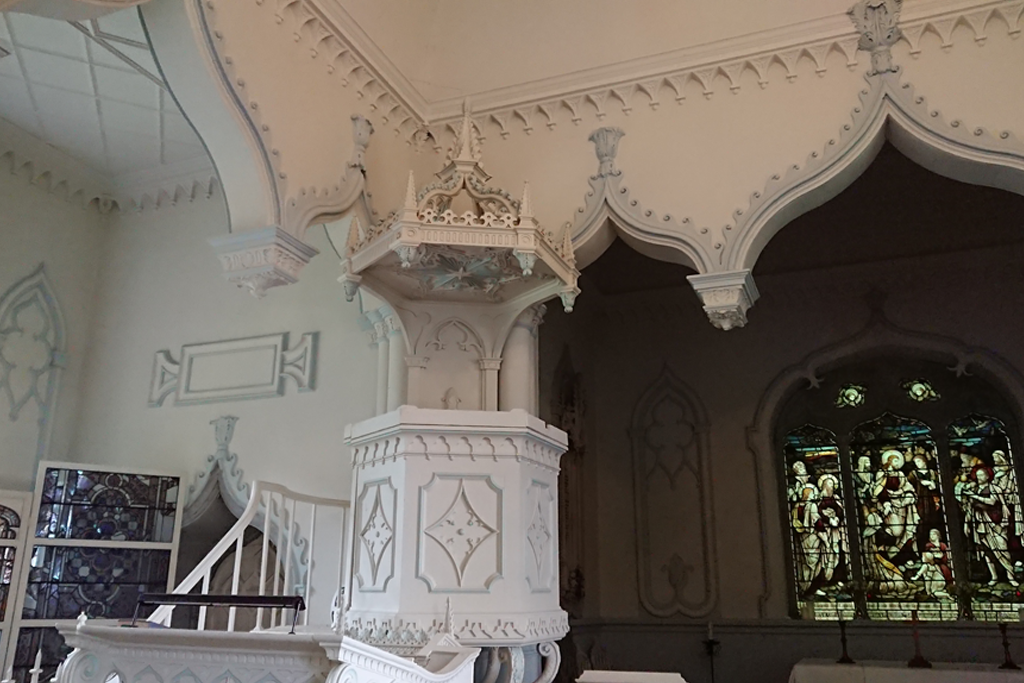
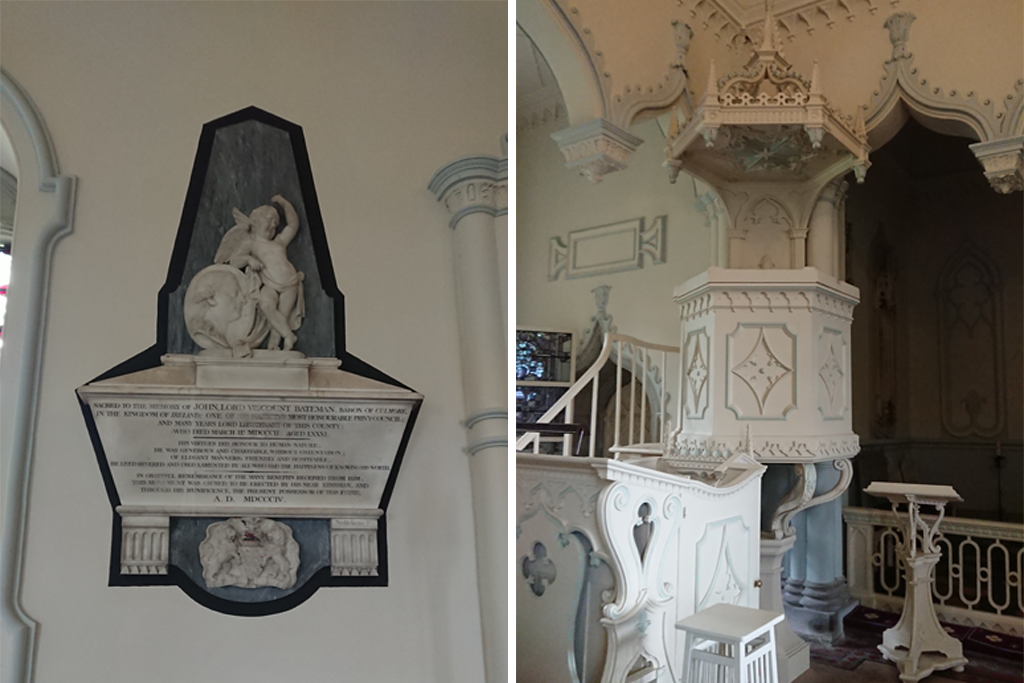
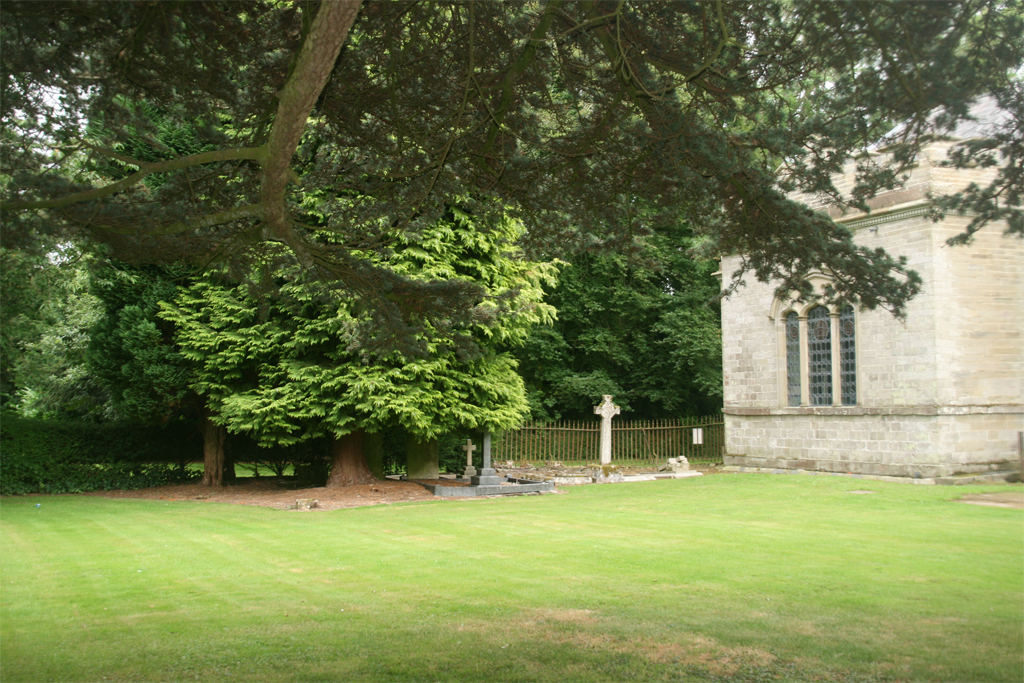 The small cemetary at the church reserved for the family who founded the church and built Shobdon Court (the Batemans)
The small cemetary at the church reserved for the family who founded the church and built Shobdon Court (the Batemans)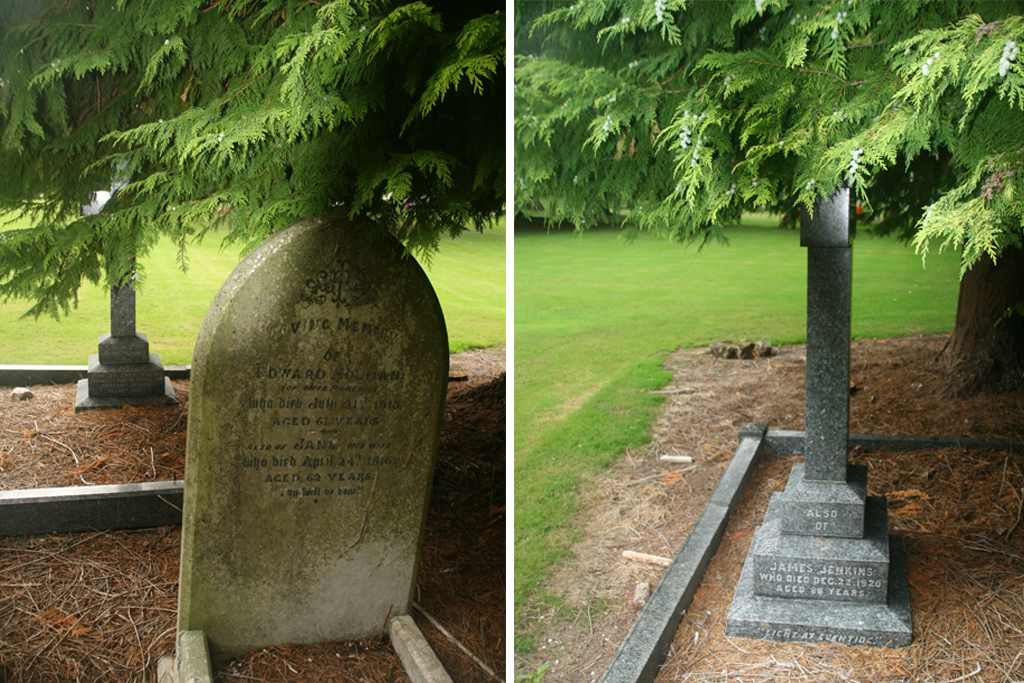
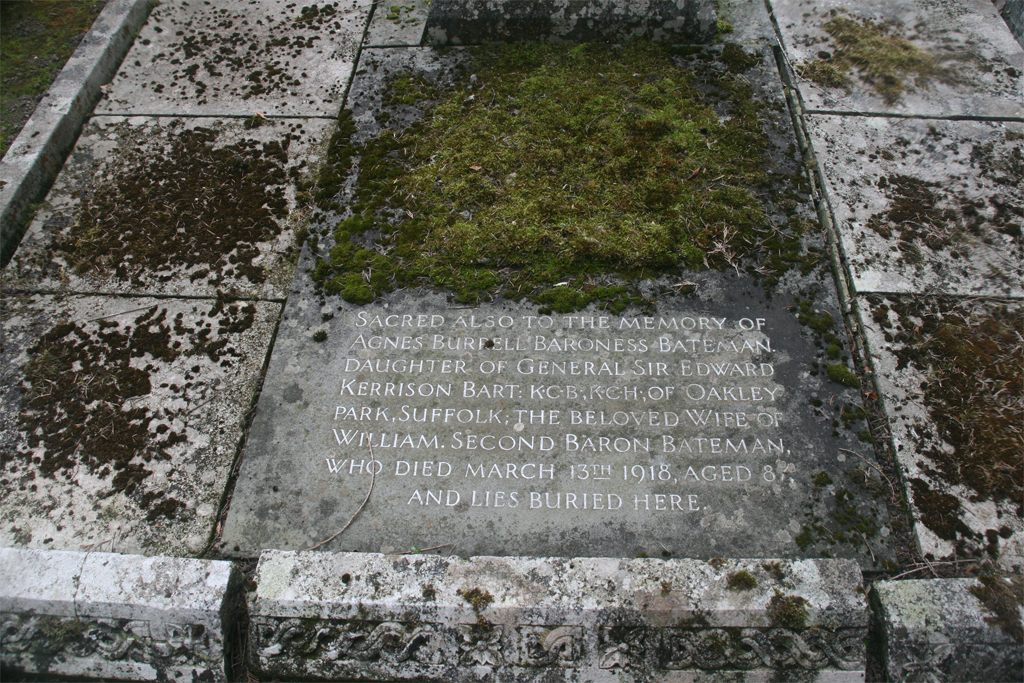
 Former Stables to Shobdon Court which was demolished in 1933 - the service and stable blocks were converted to apartments
Former Stables to Shobdon Court which was demolished in 1933 - the service and stable blocks were converted to apartments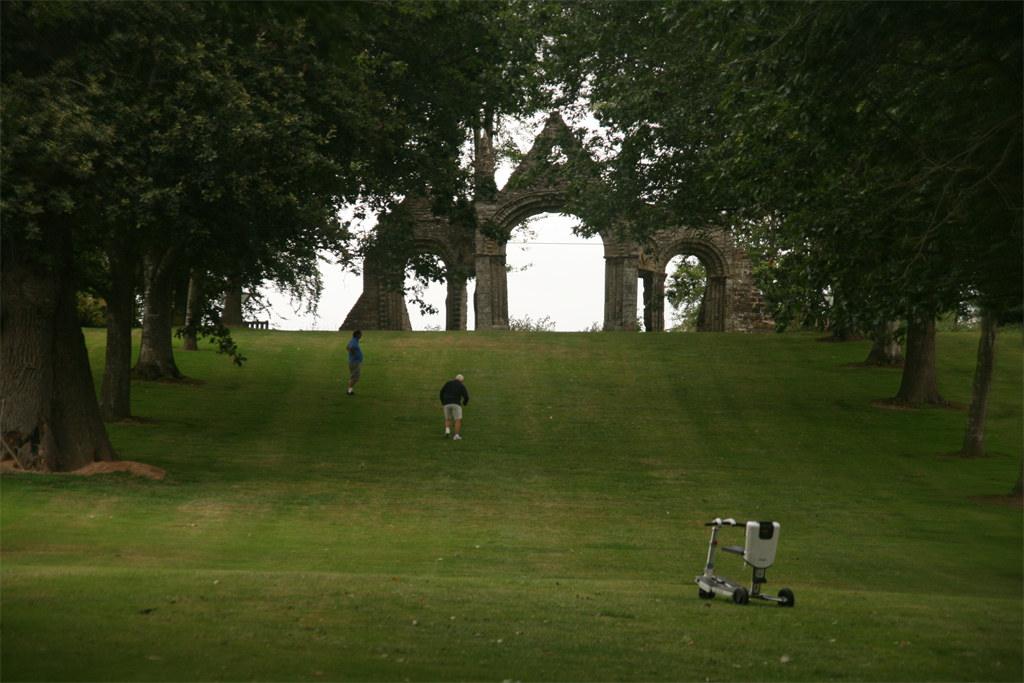 Half way up to the Arches - the scooter couldn't make it
Half way up to the Arches - the scooter couldn't make it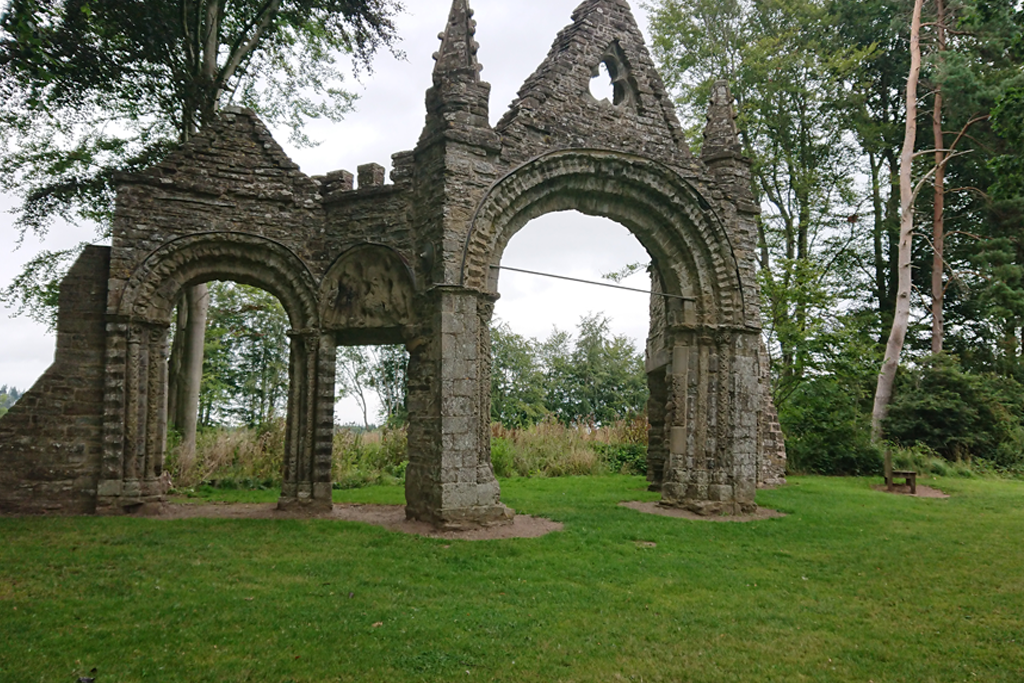 The remains of the interior arches of the 12th Century stone church
The remains of the interior arches of the 12th Century stone church The Romanesque arches showing key features
The Romanesque arches showing key features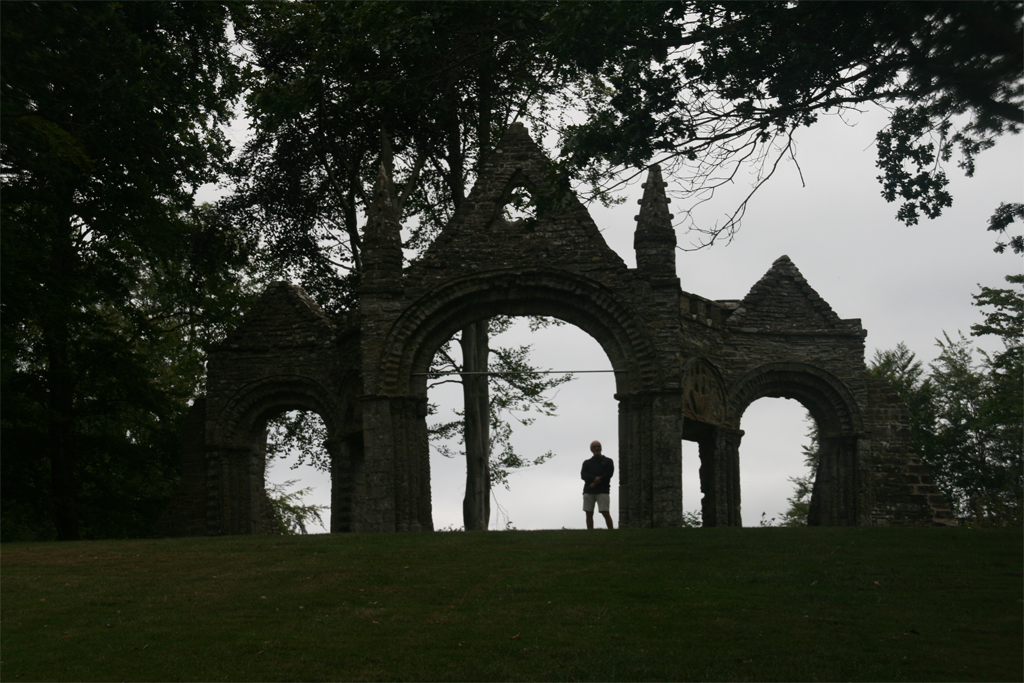
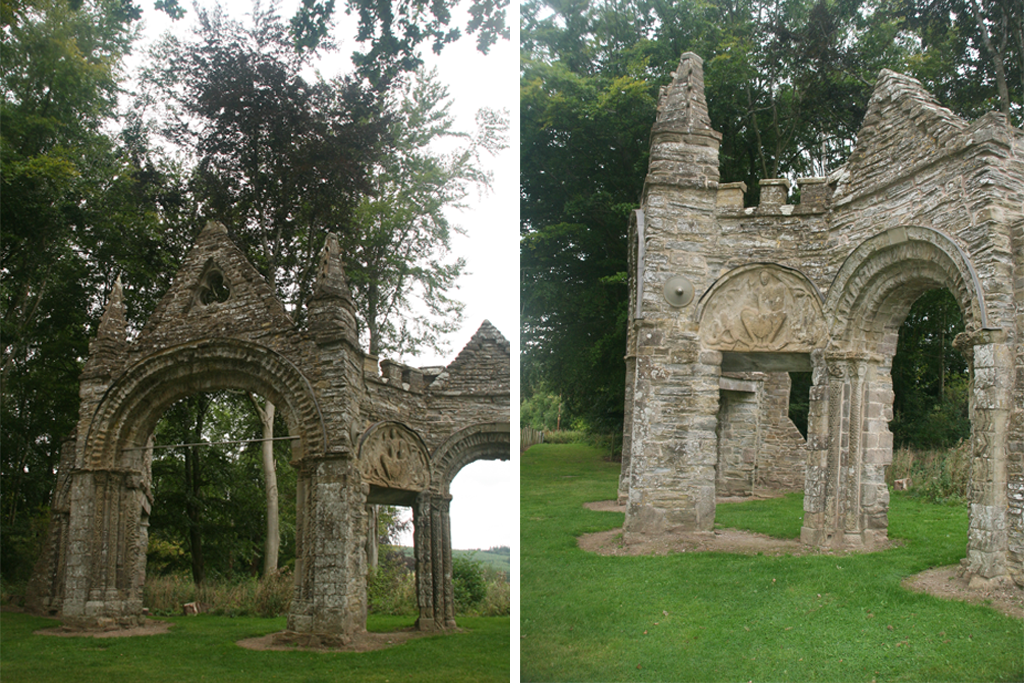
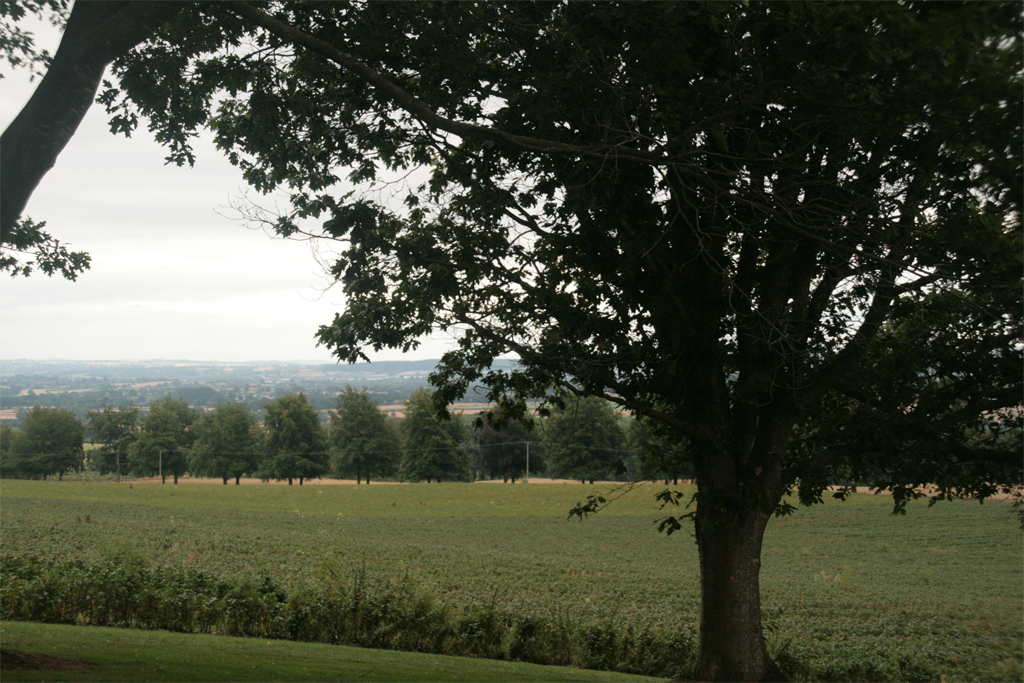 Great views from the top of the hill
Great views from the top of the hill
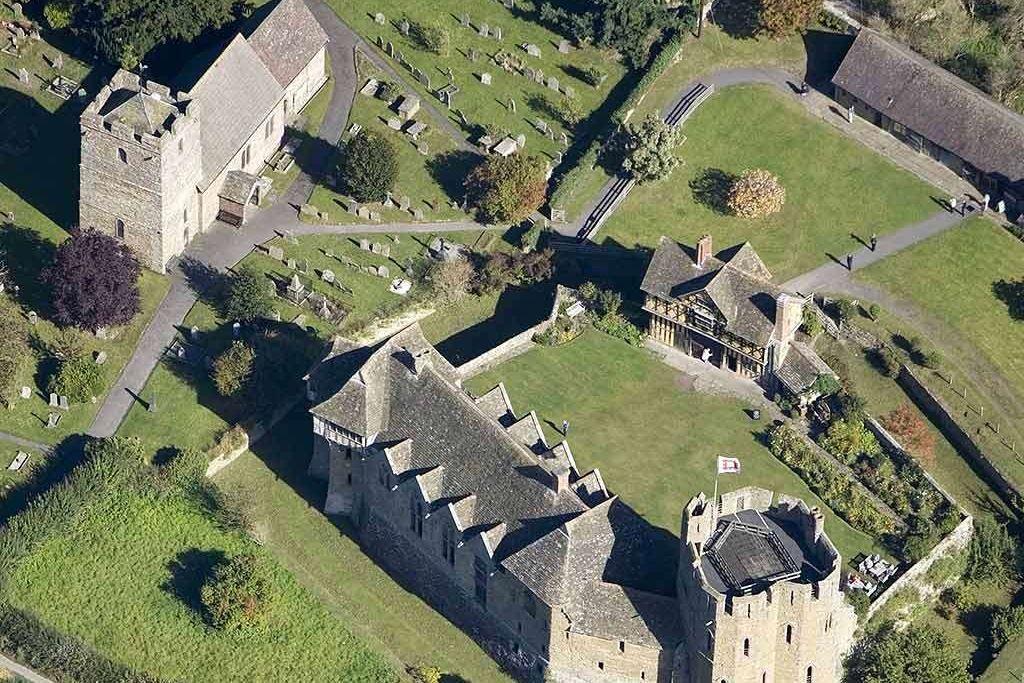 Stokesay Castle from the air, courtesy of English Heritage
Stokesay Castle from the air, courtesy of English Heritage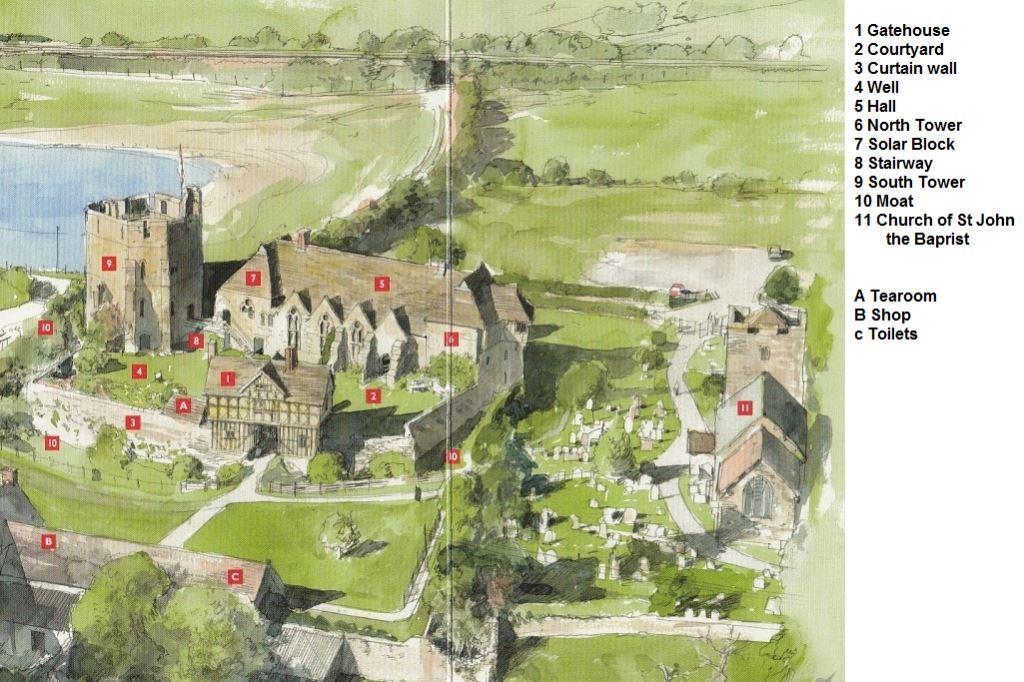 Stokesay Castle courtesy of English Heritage
Stokesay Castle courtesy of English Heritage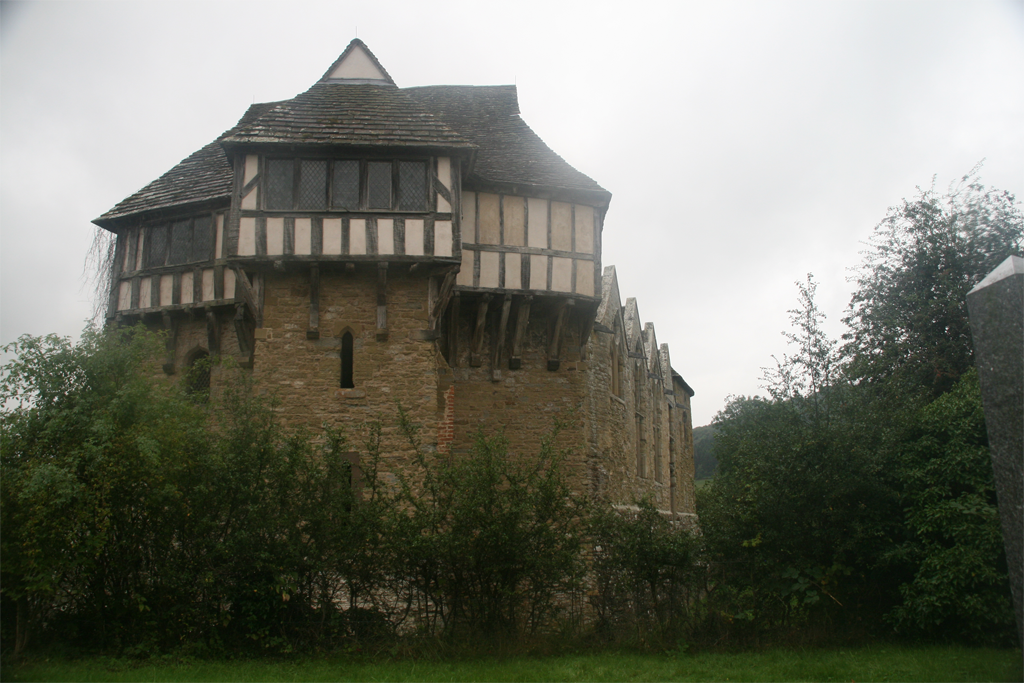 The North Tower
The North Tower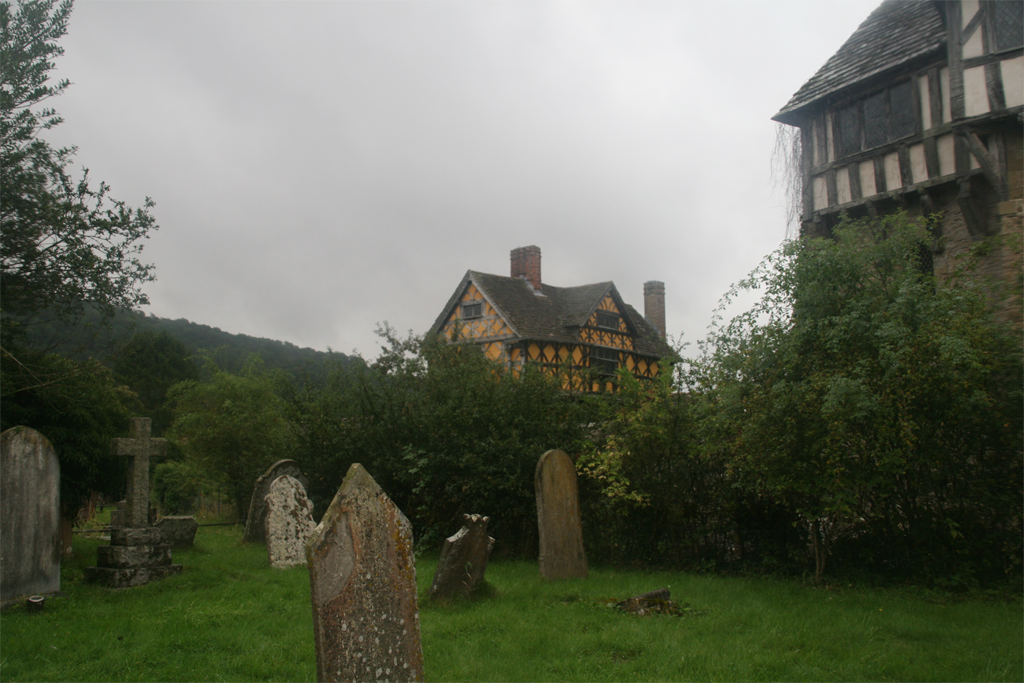
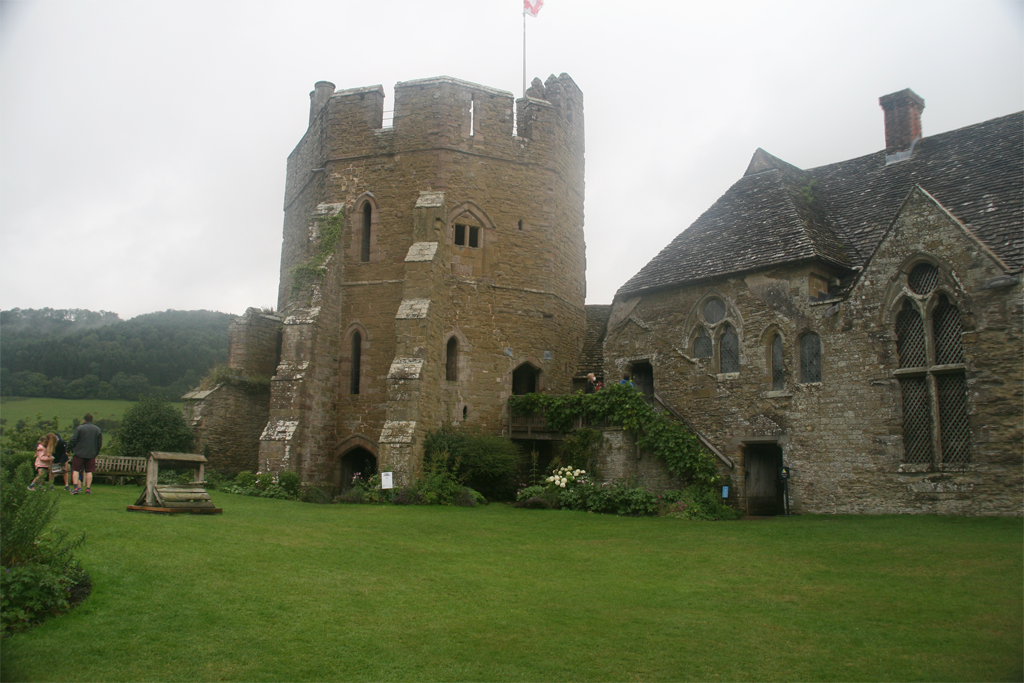 The West Range and South Tower seen from the Gatehouse
The West Range and South Tower seen from the Gatehouse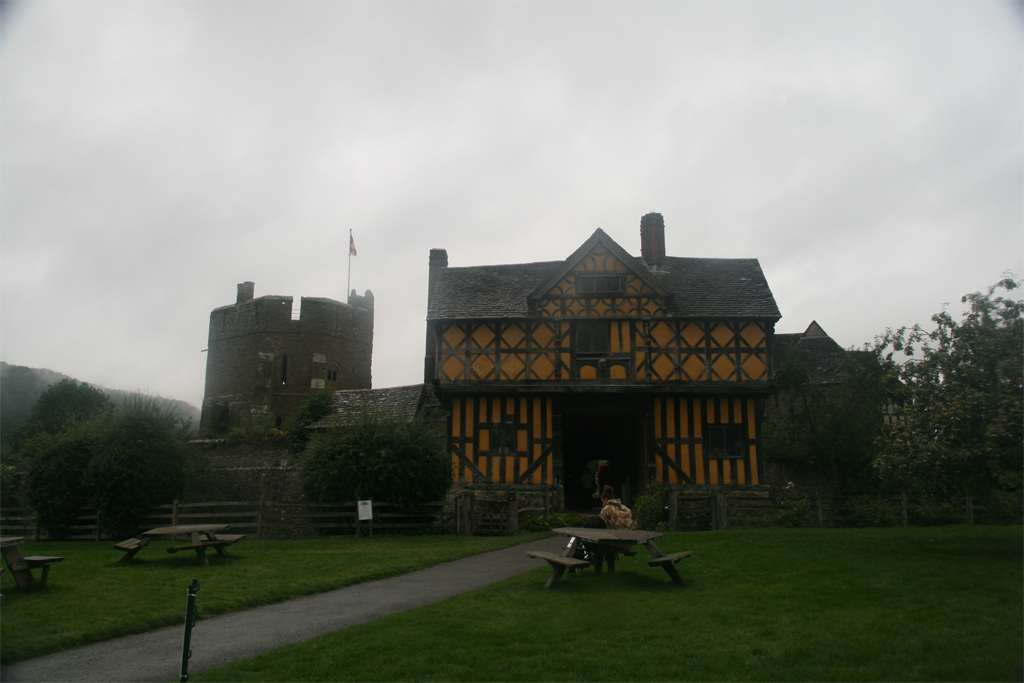 Castle Gatehouse and South Tower
Castle Gatehouse and South Tower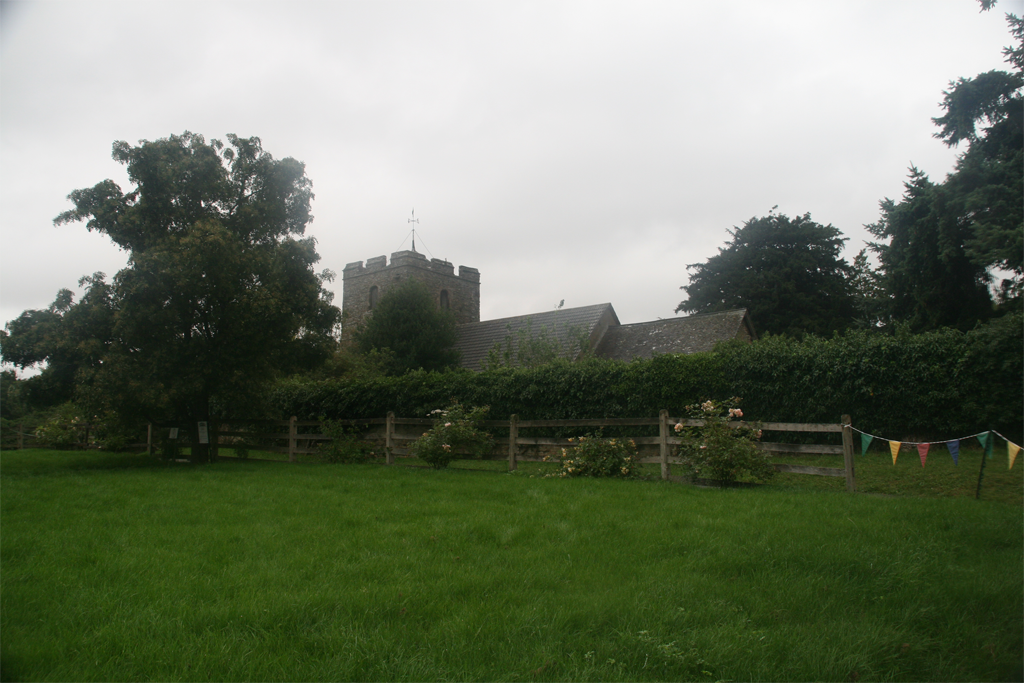 St John the Baptist's Church next to Stokesay Castle
St John the Baptist's Church next to Stokesay Castle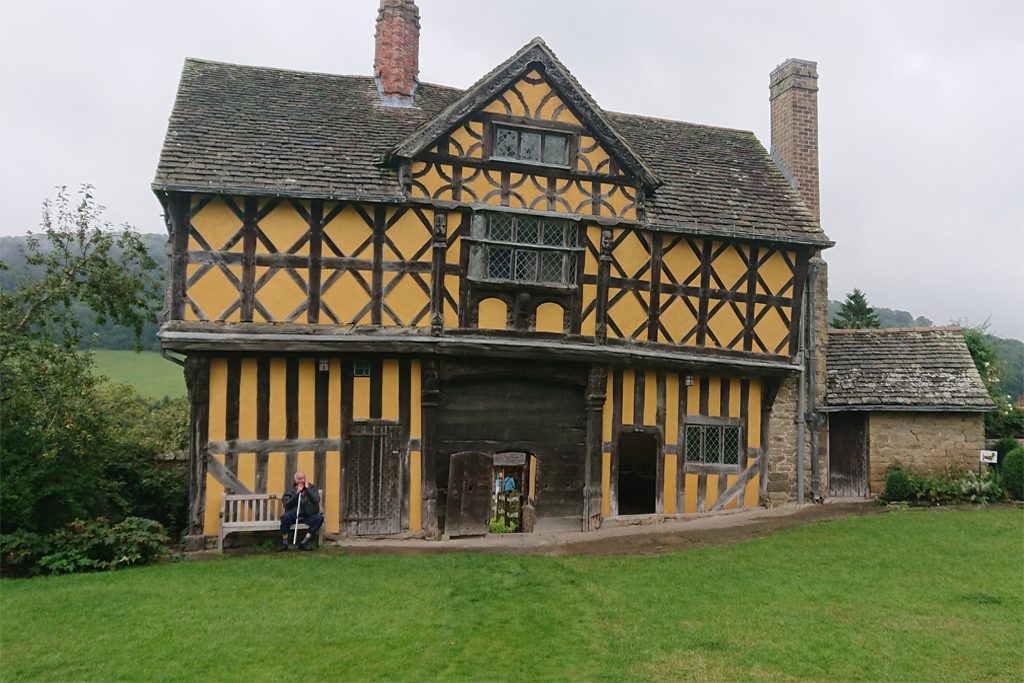 The Castle Gatehouse built around 1640 by Lord Craven essentially to enhance his status and to look impressive.
The Castle Gatehouse built around 1640 by Lord Craven essentially to enhance his status and to look impressive. 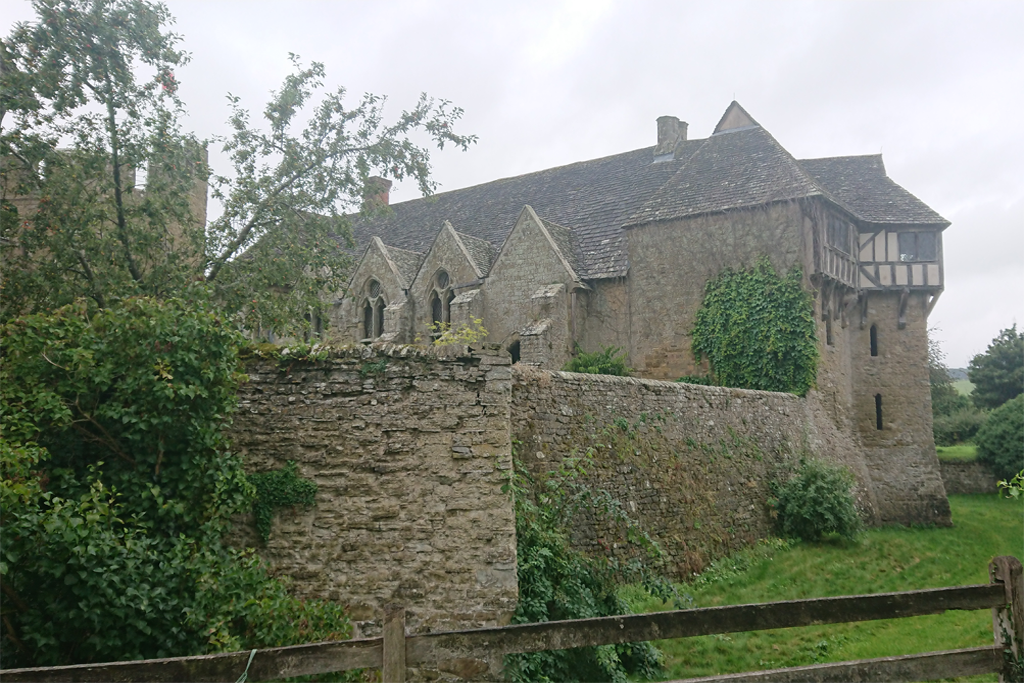 The north tower of Stokesay Castle. The upper floor windows were added in the 17th century
The north tower of Stokesay Castle. The upper floor windows were added in the 17th century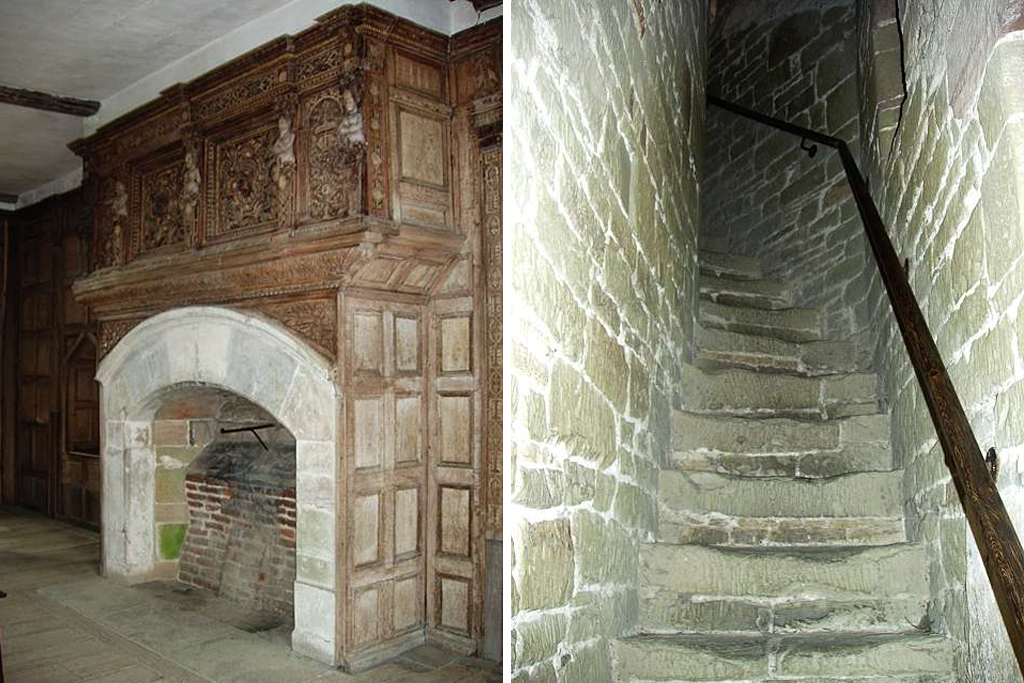 The Fireplace in the Solar Room and staircase entry to the South Tower
The Fireplace in the Solar Room and staircase entry to the South Tower The tuft of greenery at the top of the archway is a bats nest
The tuft of greenery at the top of the archway is a bats nest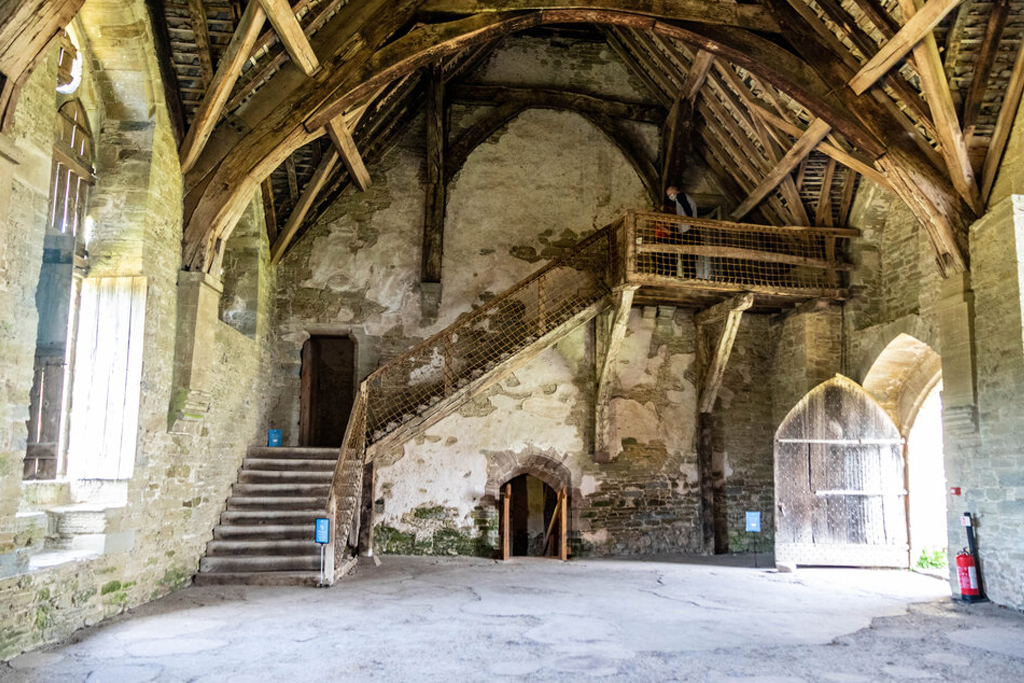 The great hall looking towards the staircase at the north end. Some of the plaster on the walls is original
The great hall looking towards the staircase at the north end. Some of the plaster on the walls is original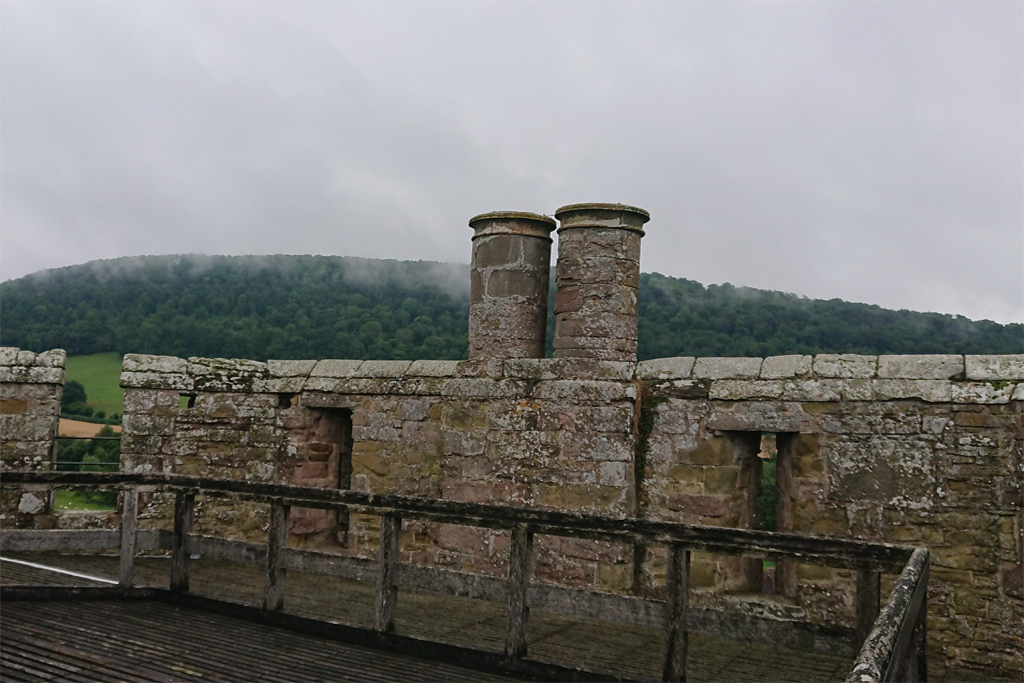 Ramparts at the top of the South Tower
Ramparts at the top of the South Tower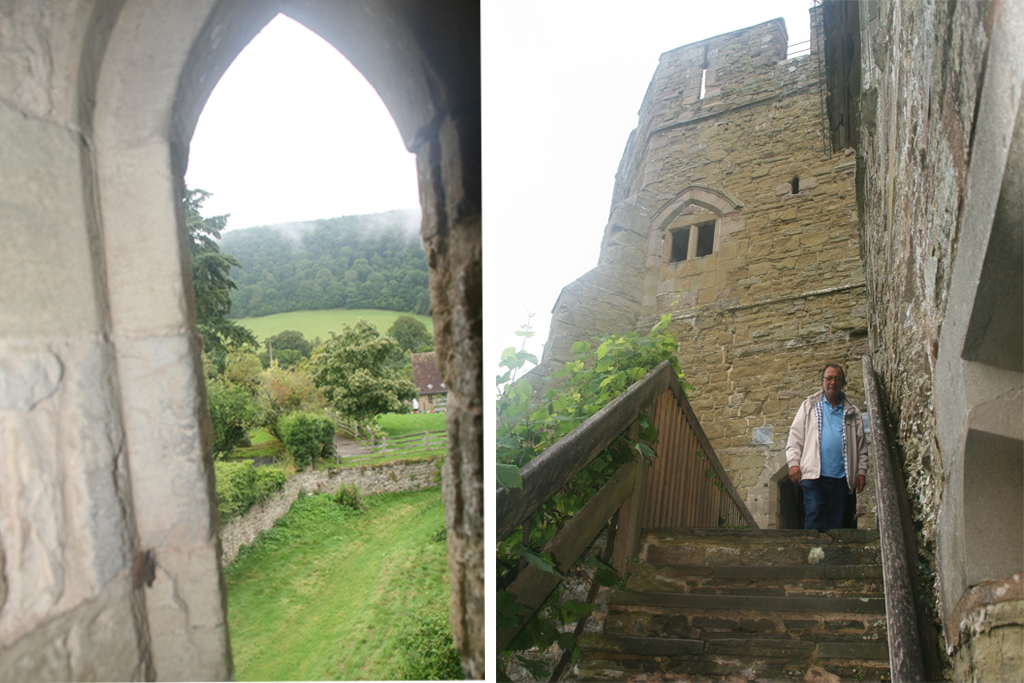
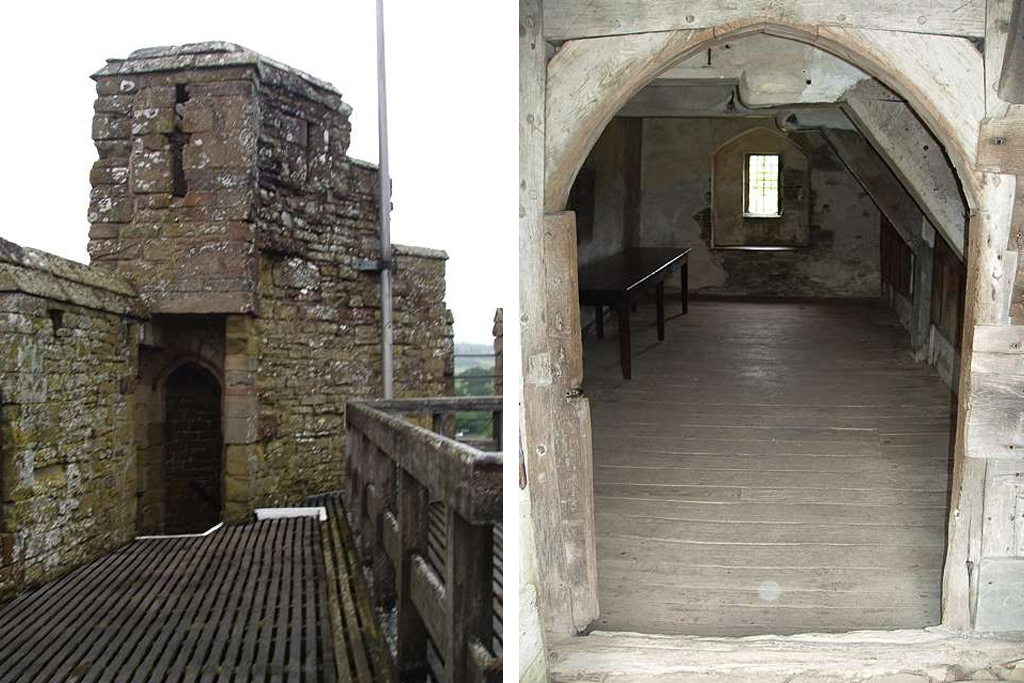 Entry to the South Tower on the left. Ground floor Solar Block on the right
Entry to the South Tower on the left. Ground floor Solar Block on the right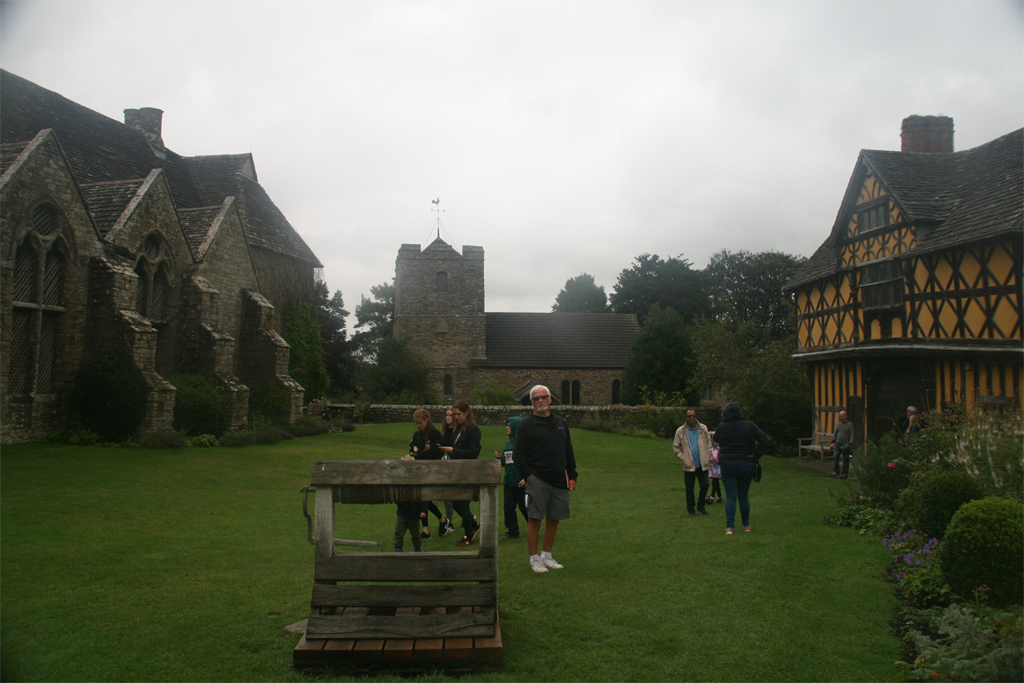 Well in the Courtyard with the Church of St John the Baptist in the background
Well in the Courtyard with the Church of St John the Baptist in the background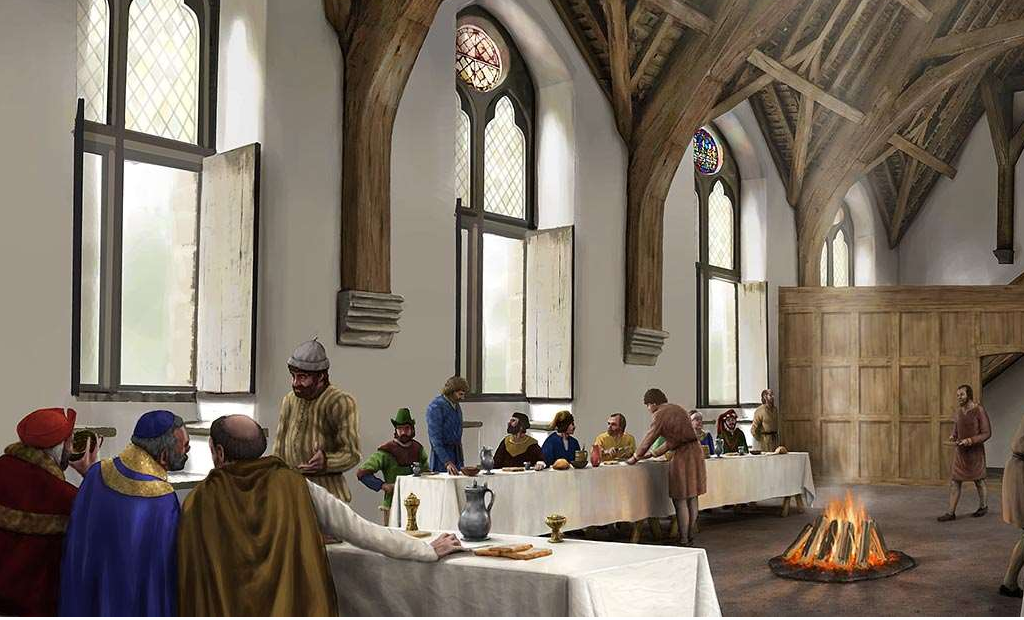 Depiction of the Great Hall as it might have looked (courtesy of English Heritage). The main guests would be at one end of the hall with the lesser people on the tables down the side. They used evidence from April 27th 1290 when the Bishop of Hereford was being entertained for 10 days. He is seen on the left of the painting next to the Abbott of Haughmond, the man with the bald patch (tonsure).
Depiction of the Great Hall as it might have looked (courtesy of English Heritage). The main guests would be at one end of the hall with the lesser people on the tables down the side. They used evidence from April 27th 1290 when the Bishop of Hereford was being entertained for 10 days. He is seen on the left of the painting next to the Abbott of Haughmond, the man with the bald patch (tonsure).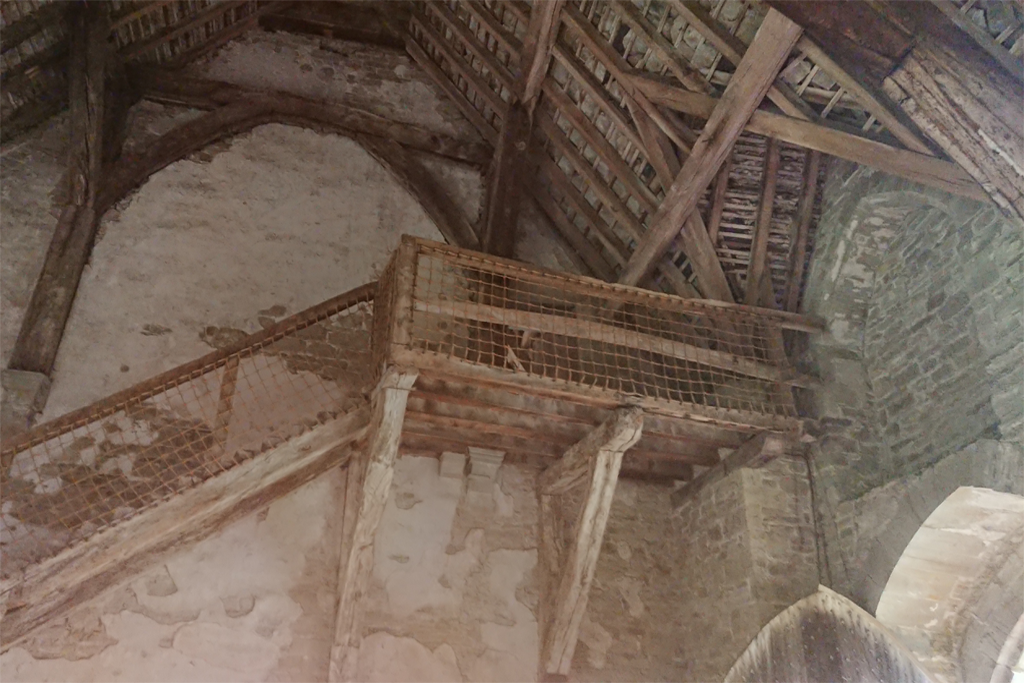 Staircase at the end of the Great Hall. The roof beams are one of the few surviving from the 13th Century, established by dendrochronology
Staircase at the end of the Great Hall. The roof beams are one of the few surviving from the 13th Century, established by dendrochronology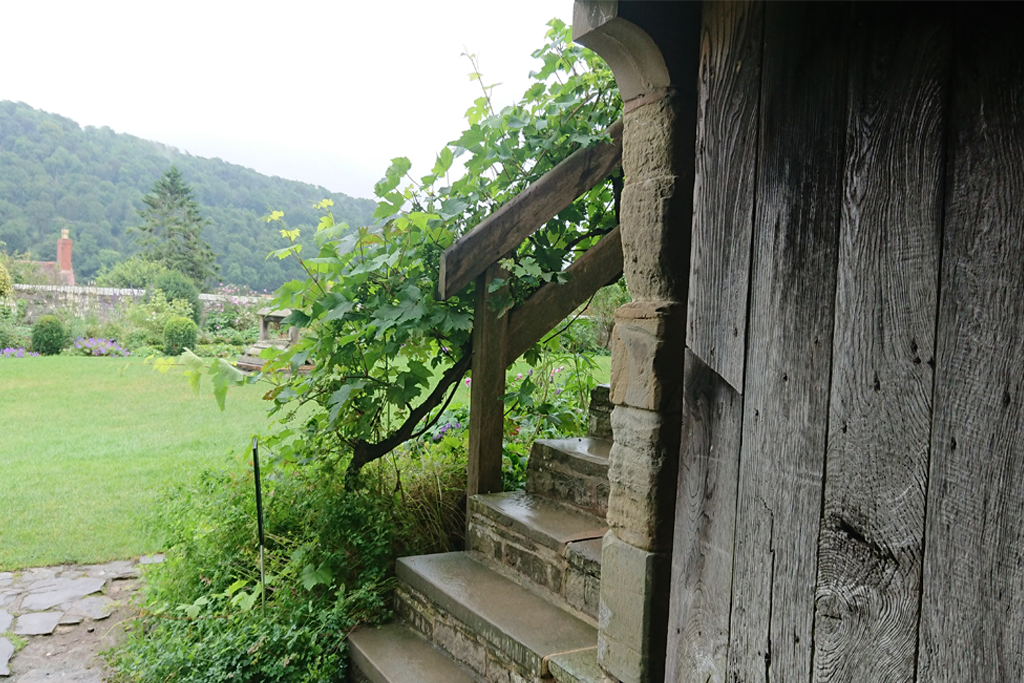 Steps to the South Tower
Steps to the South Tower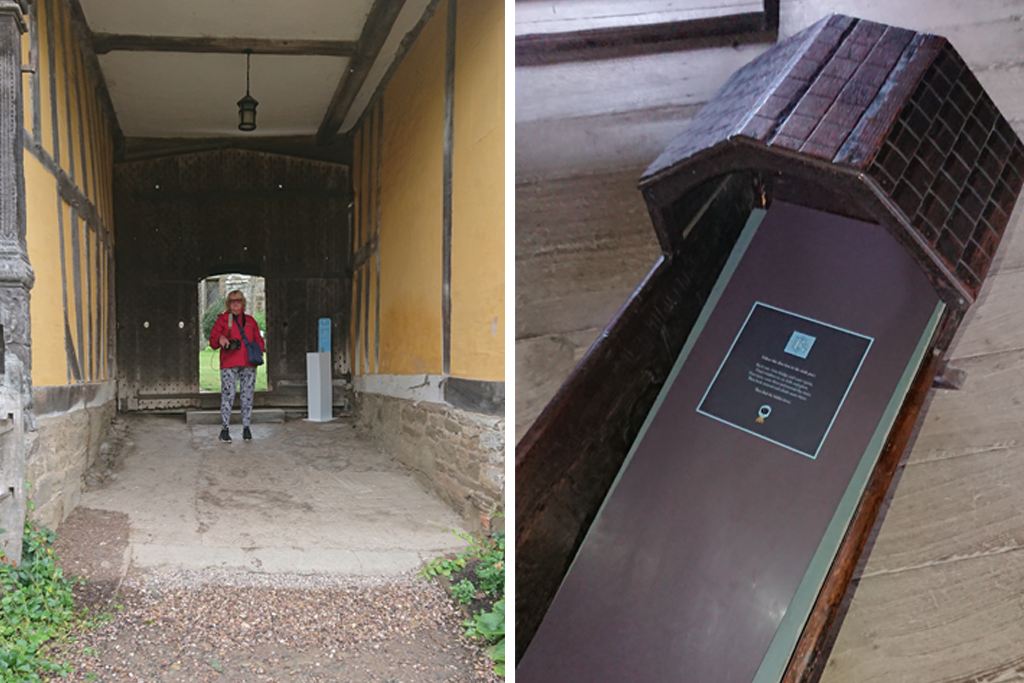
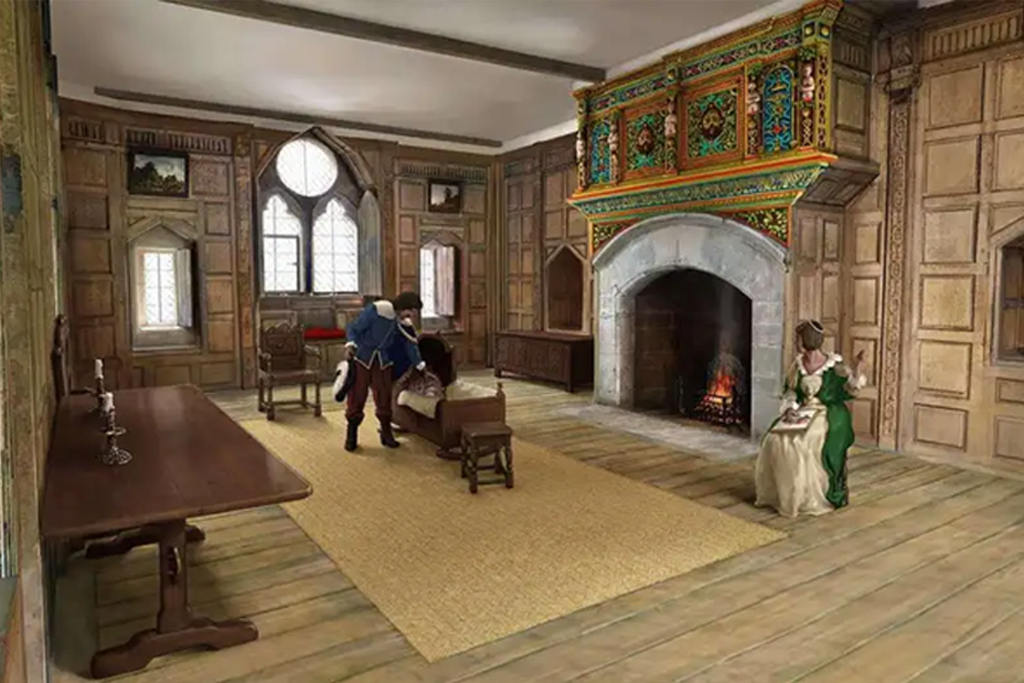 Depiction of the Solar Room as it might have looked
Depiction of the Solar Room as it might have looked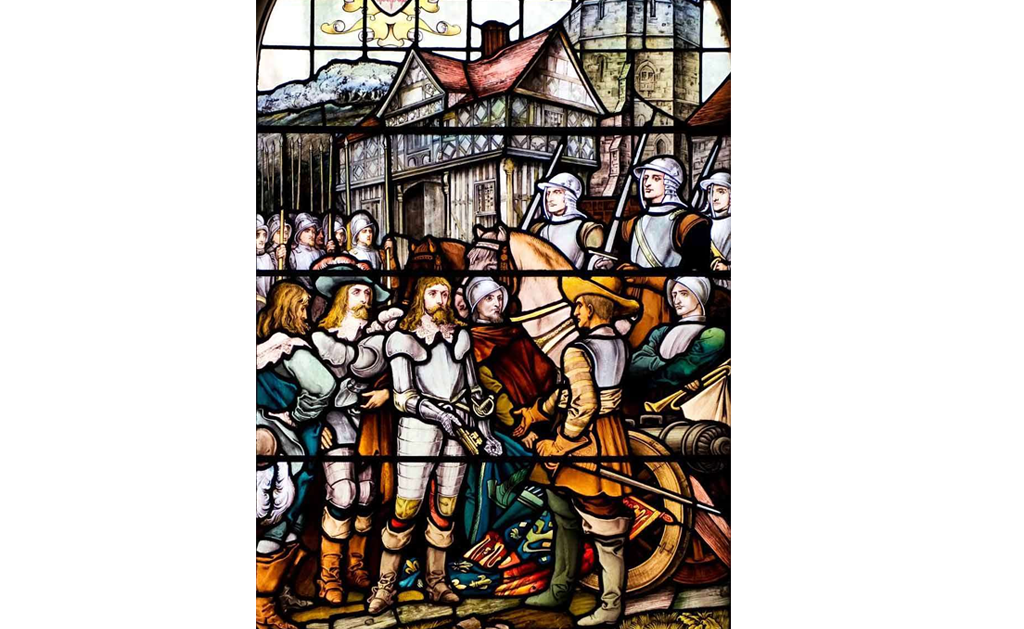 A Victorian stained glass picture from Stokesy Court showing the Royalist surrender to the Parliamentarians after the short siege of 1645. All the participants seem to be wearing their best clothes, and apparently they gave up without a fight.
A Victorian stained glass picture from Stokesy Court showing the Royalist surrender to the Parliamentarians after the short siege of 1645. All the participants seem to be wearing their best clothes, and apparently they gave up without a fight.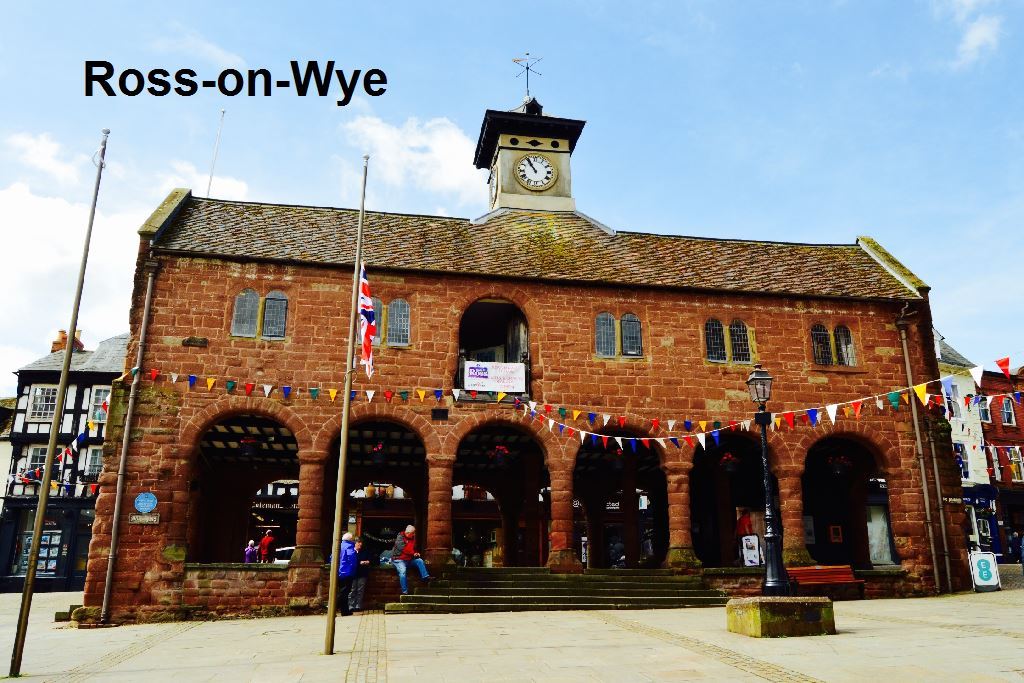
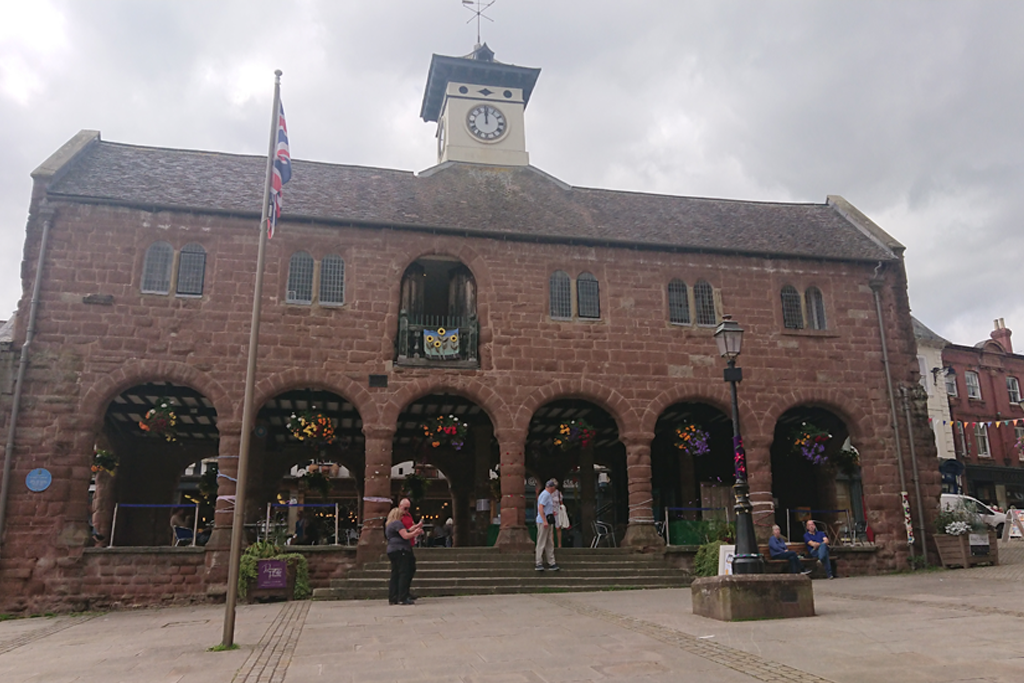 The Market House, Ross on Wye
The Market House, Ross on Wye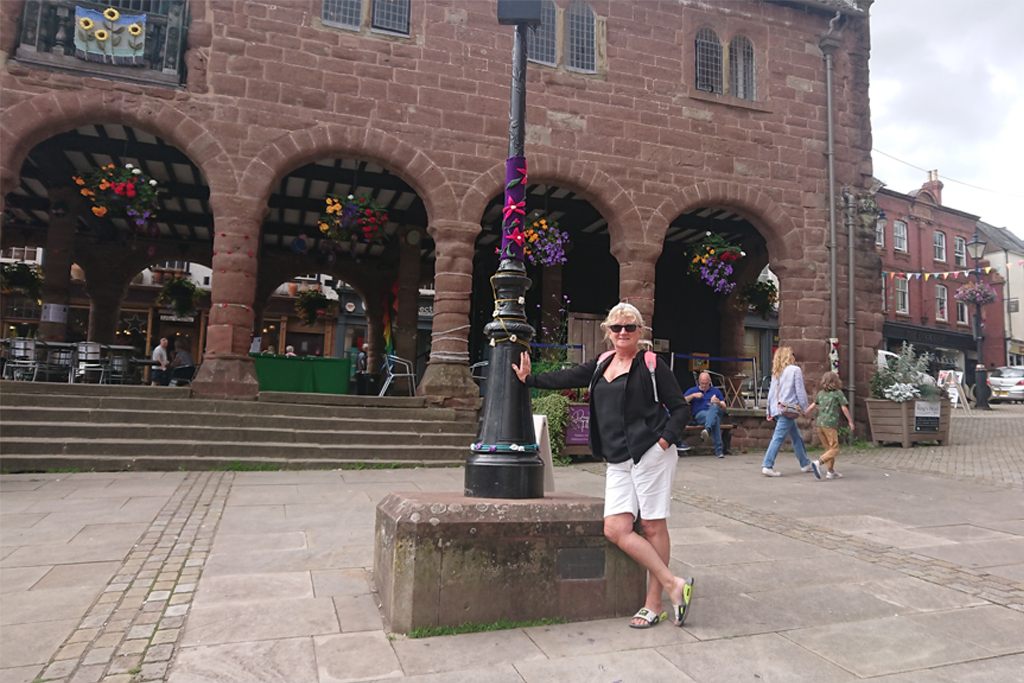
 Bottom right is the historical Man of Ross House which is just behind the Market House
Bottom right is the historical Man of Ross House which is just behind the Market House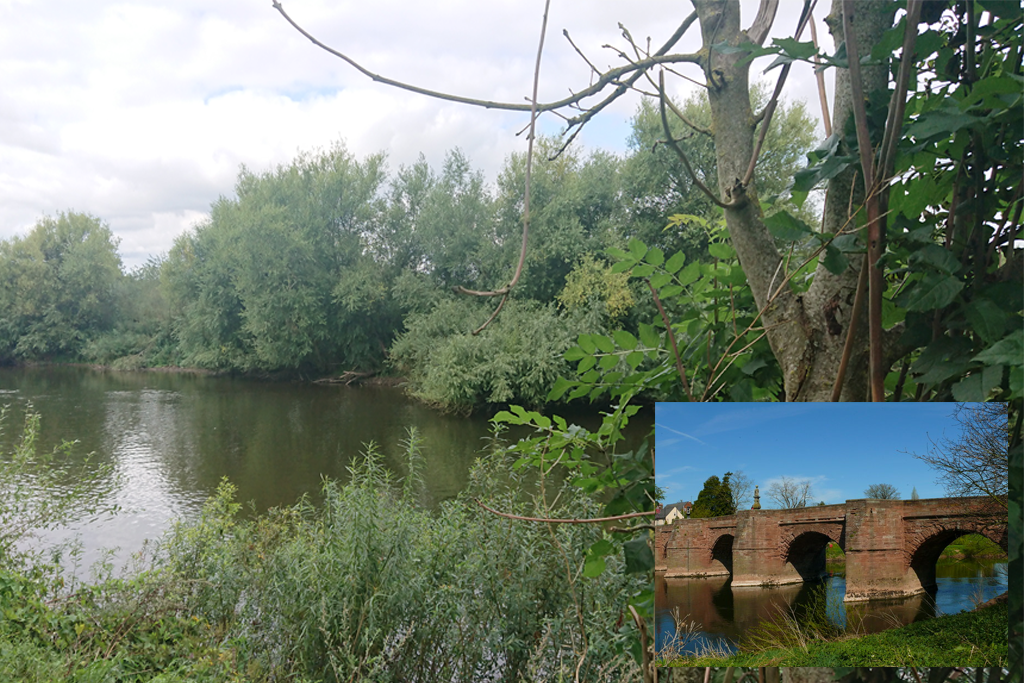 River Wye north of the 16th century Wilton Bridge (inset)
River Wye north of the 16th century Wilton Bridge (inset)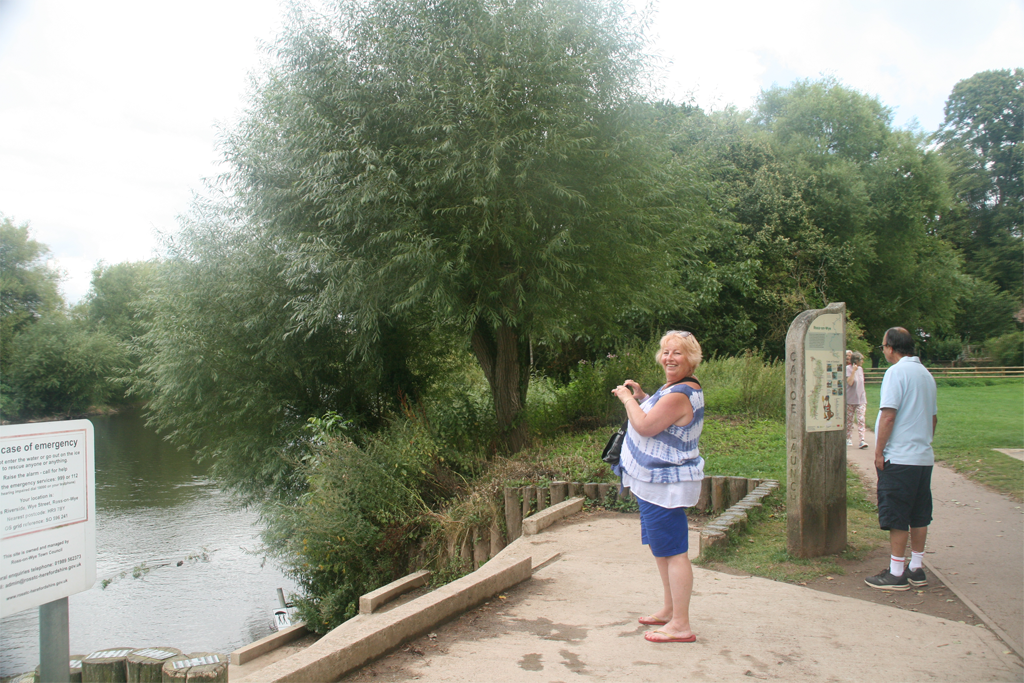
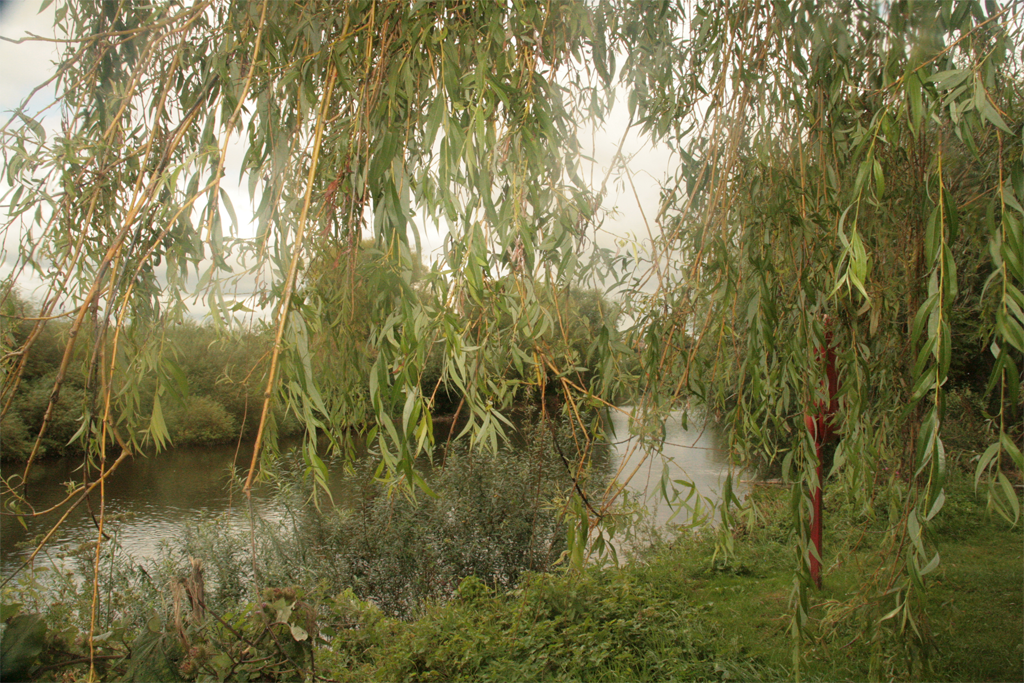
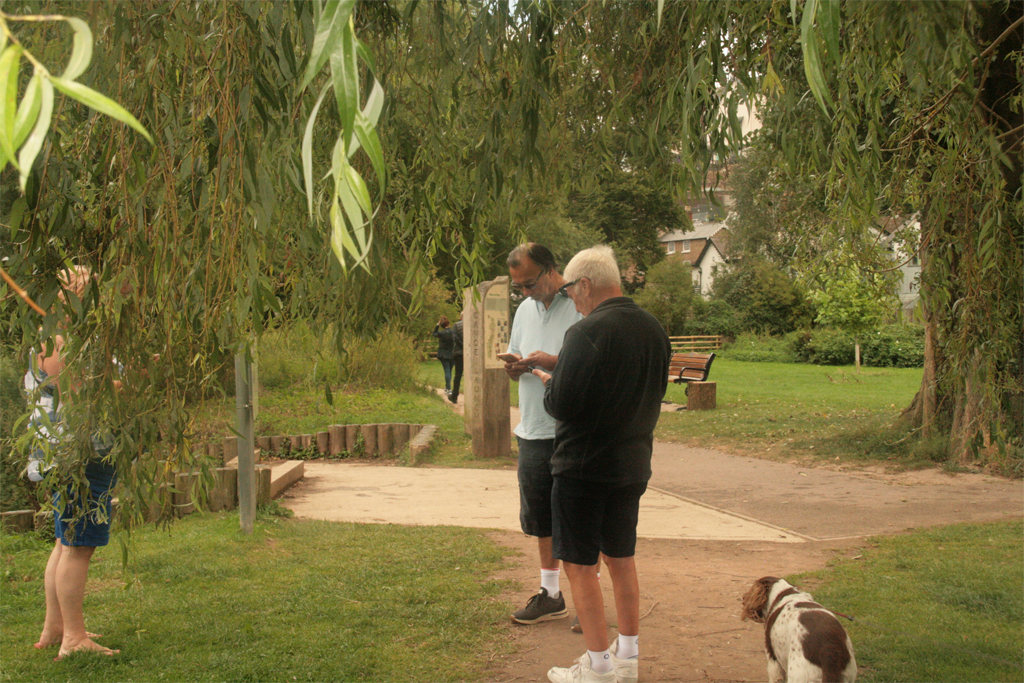
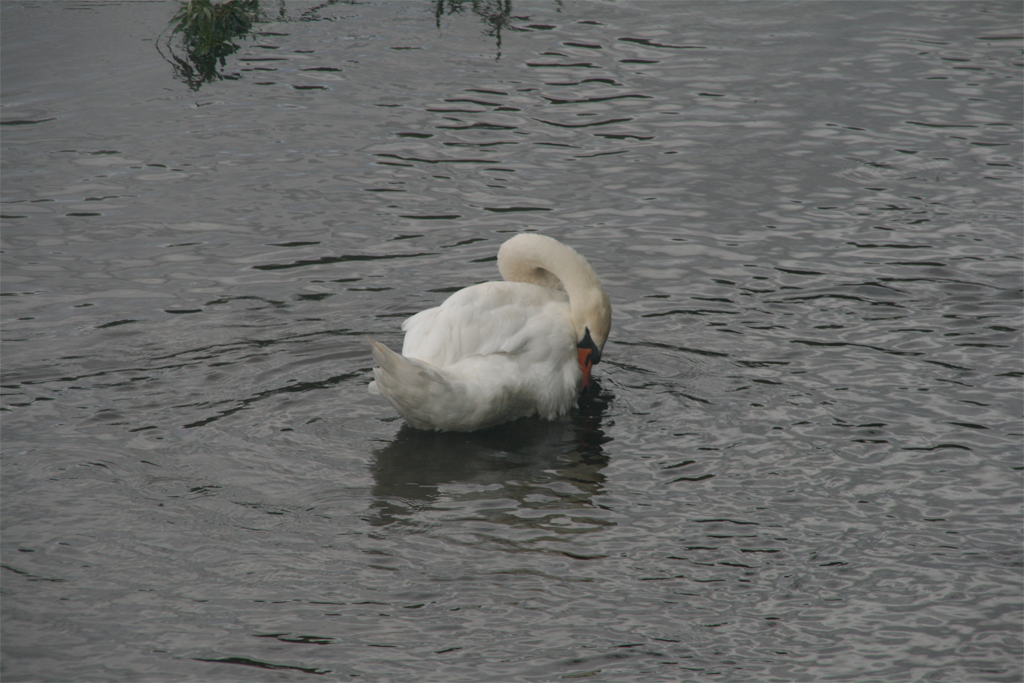
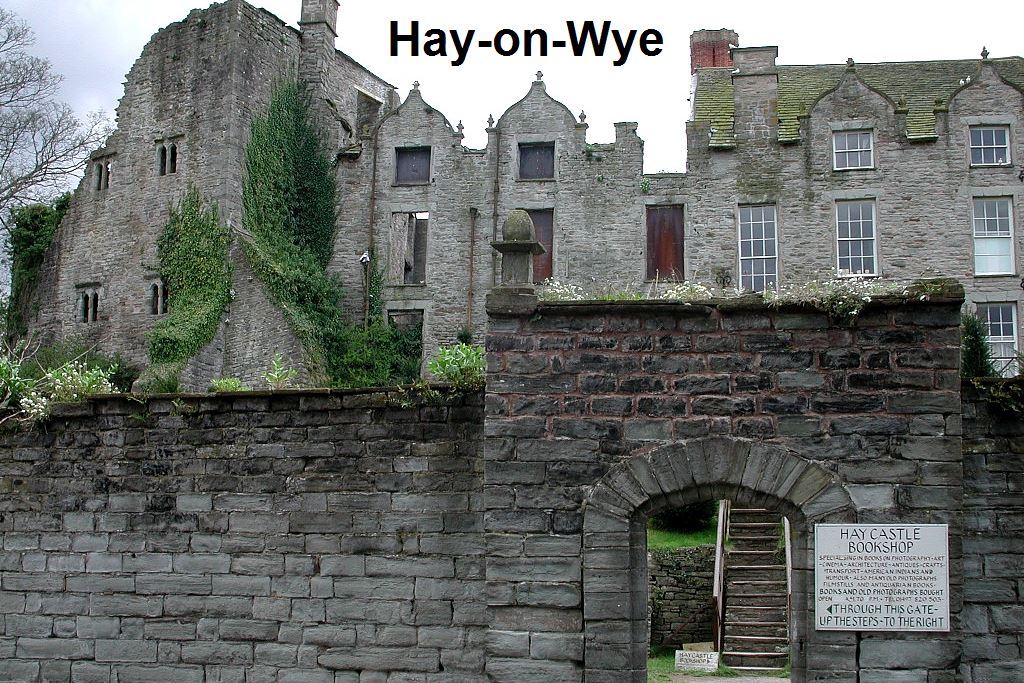
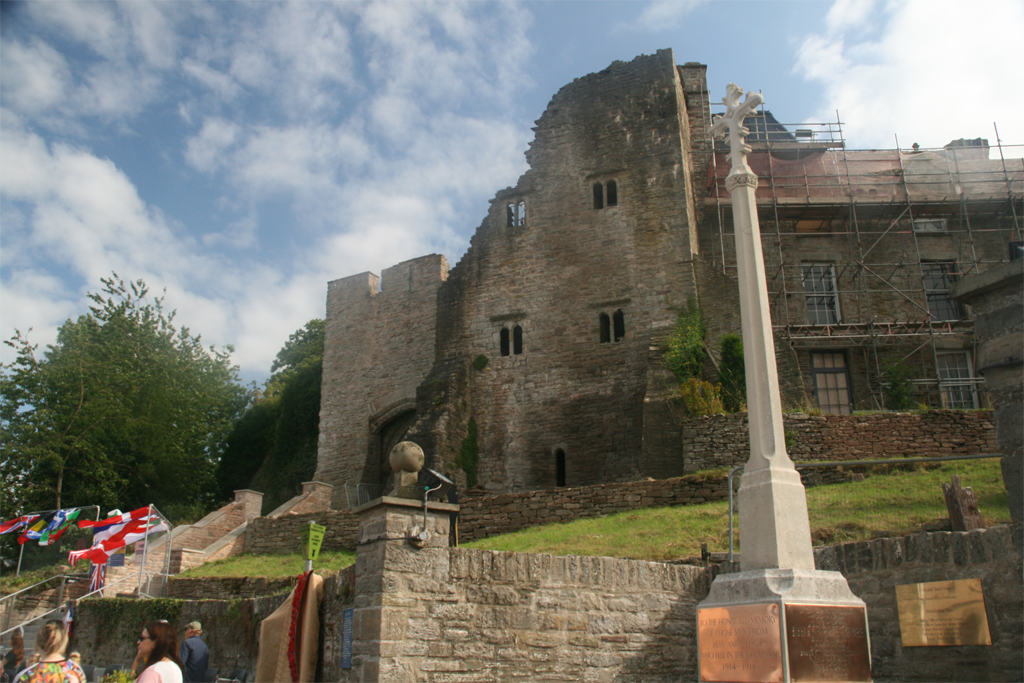 Hay Castle (under renovation)
Hay Castle (under renovation)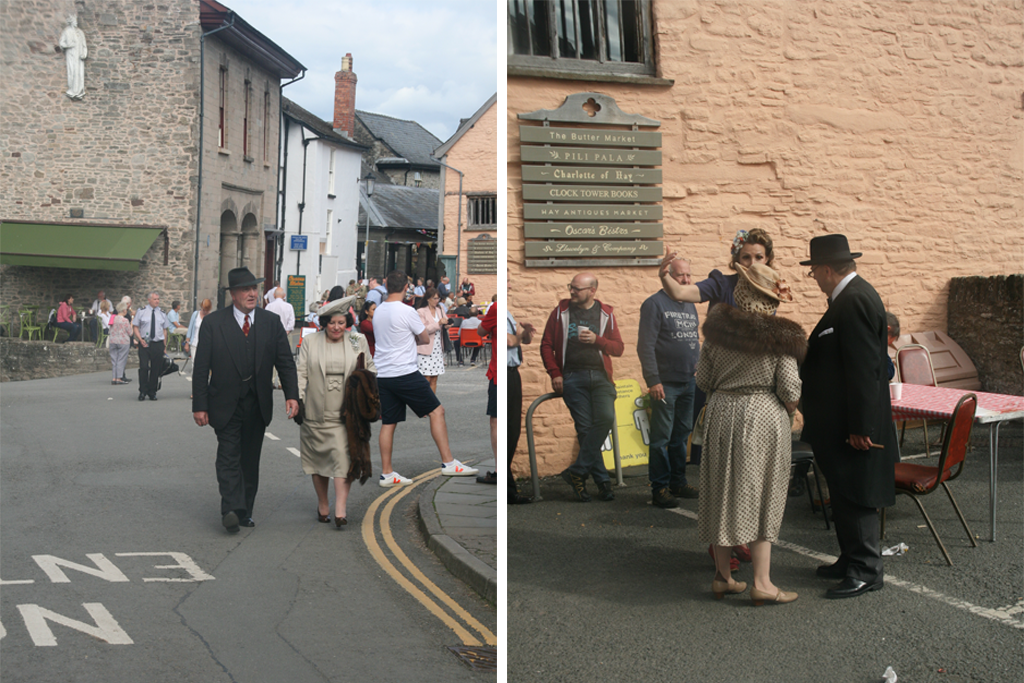 Locals celebrating the end of WW2 dressed in period clothes
Locals celebrating the end of WW2 dressed in period clothes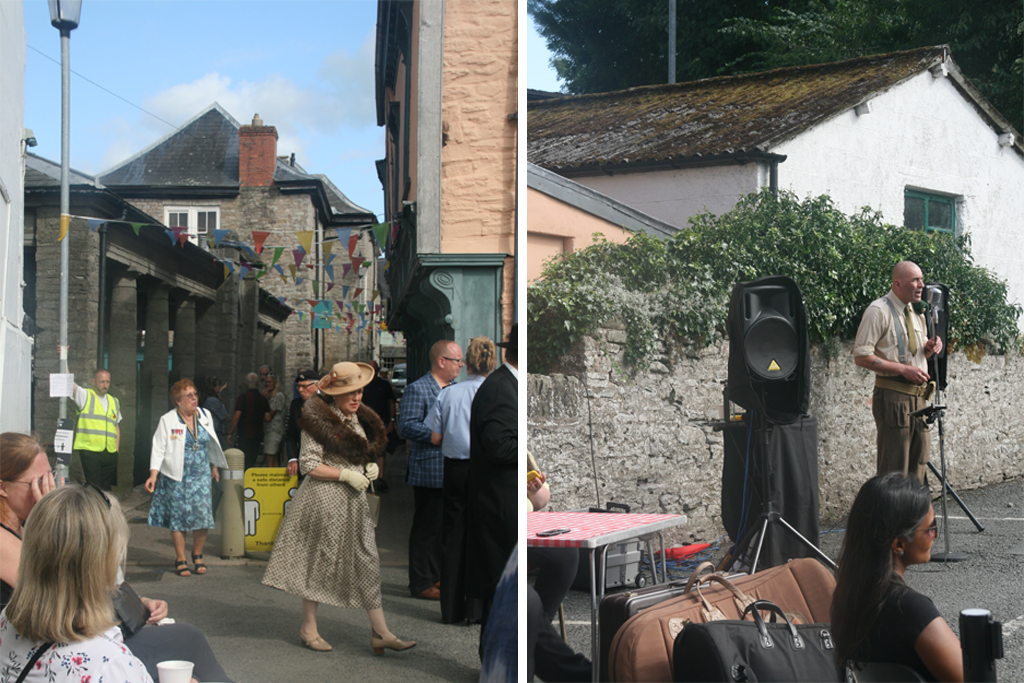
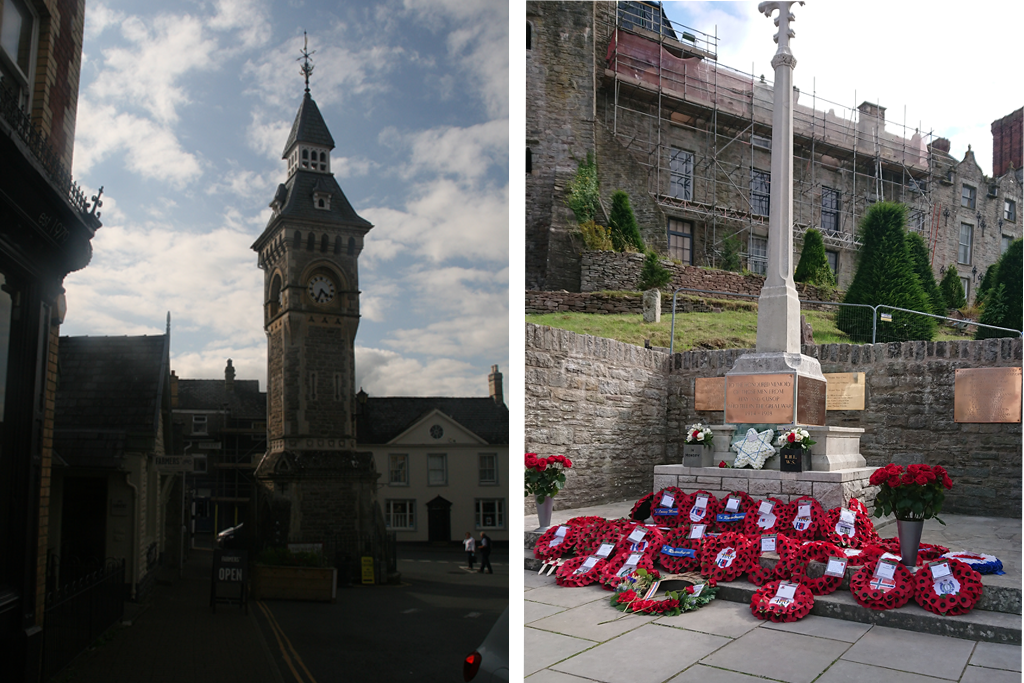 Hay on Wye celebrations of the end of World War II (75 years ago)
Hay on Wye celebrations of the end of World War II (75 years ago)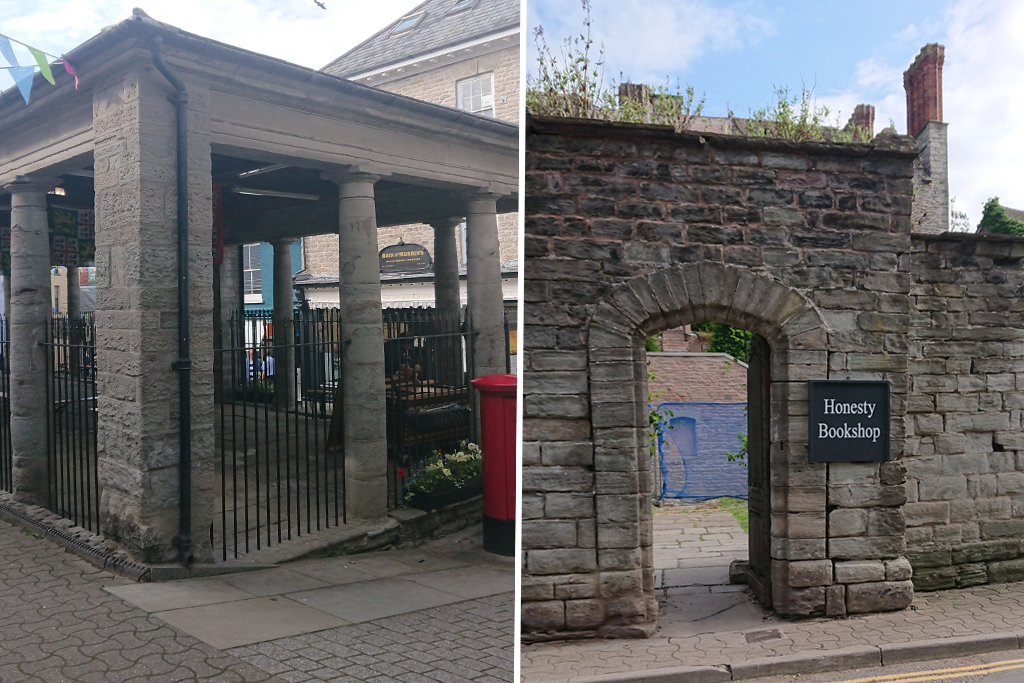 Hay on Wye is famous for its book shops
Hay on Wye is famous for its book shops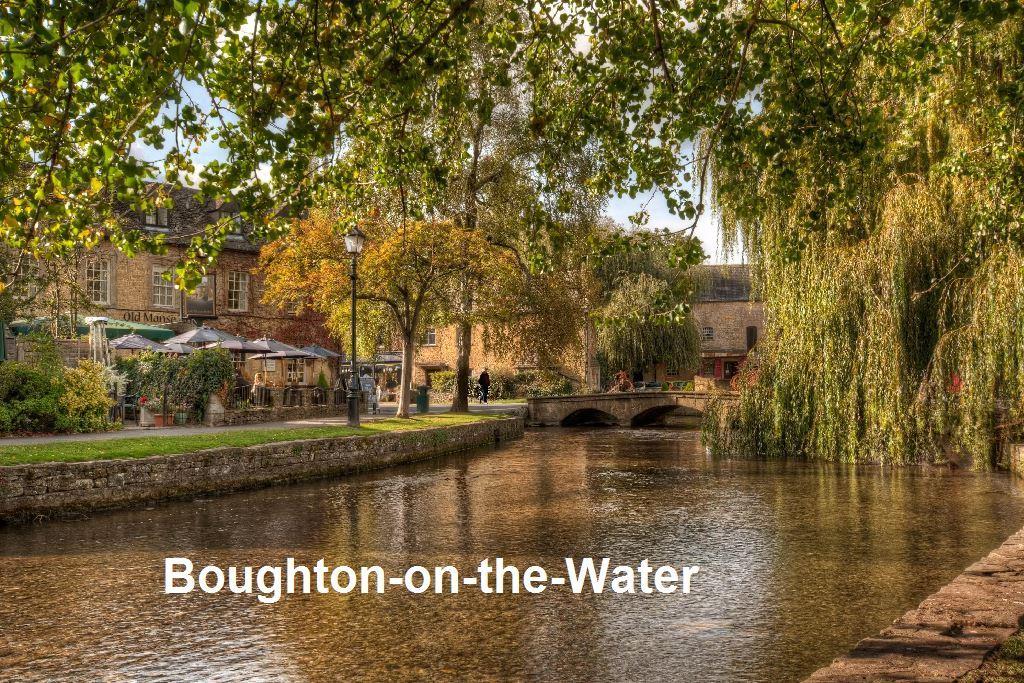
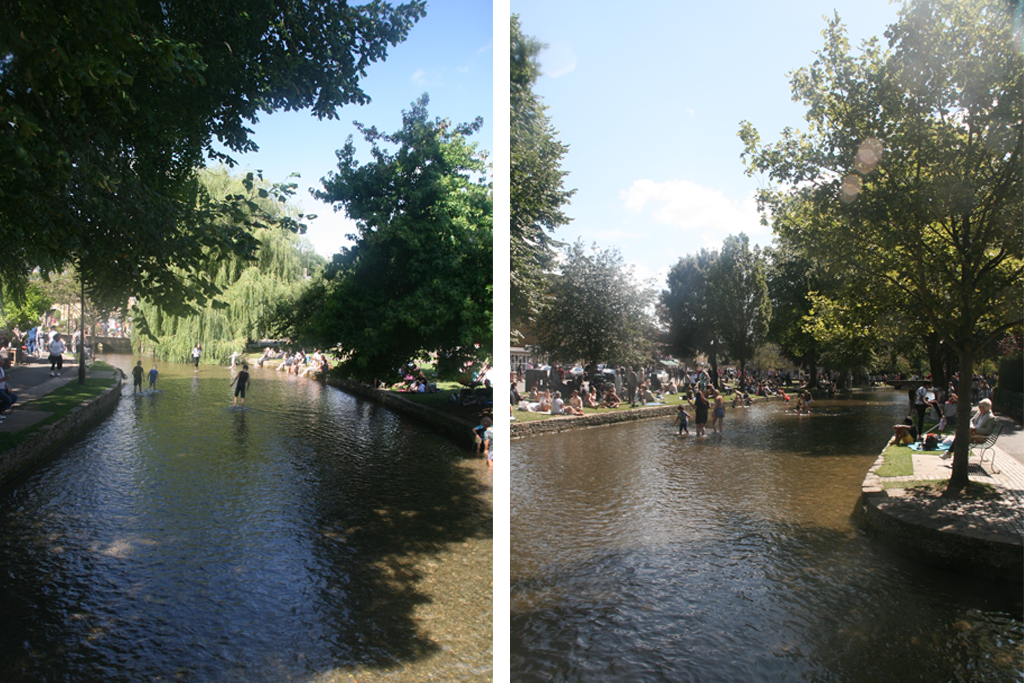
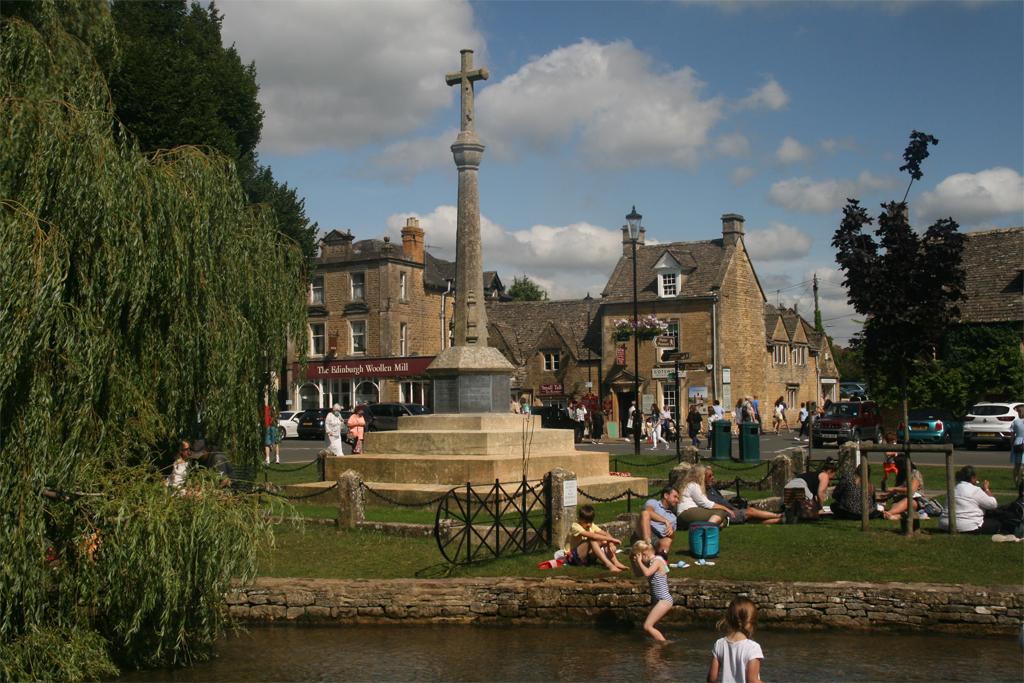
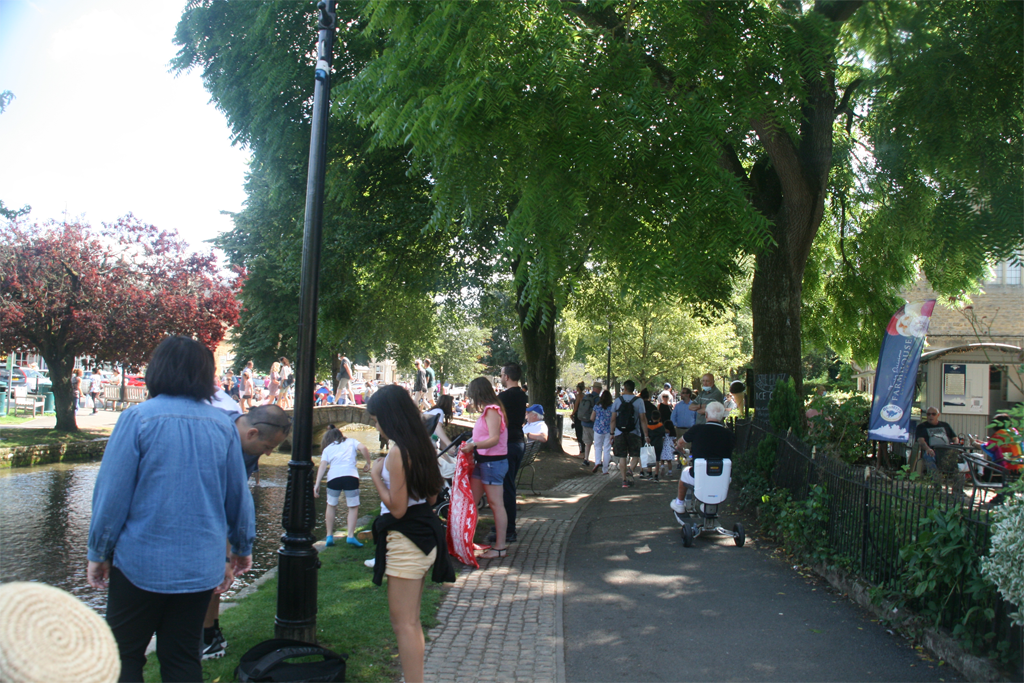
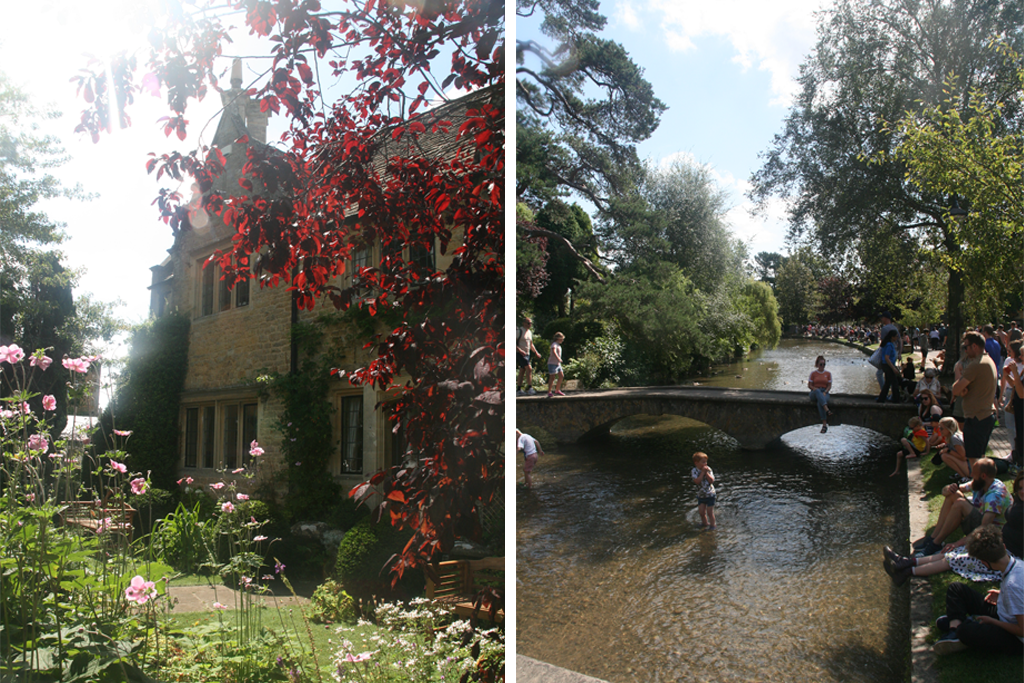
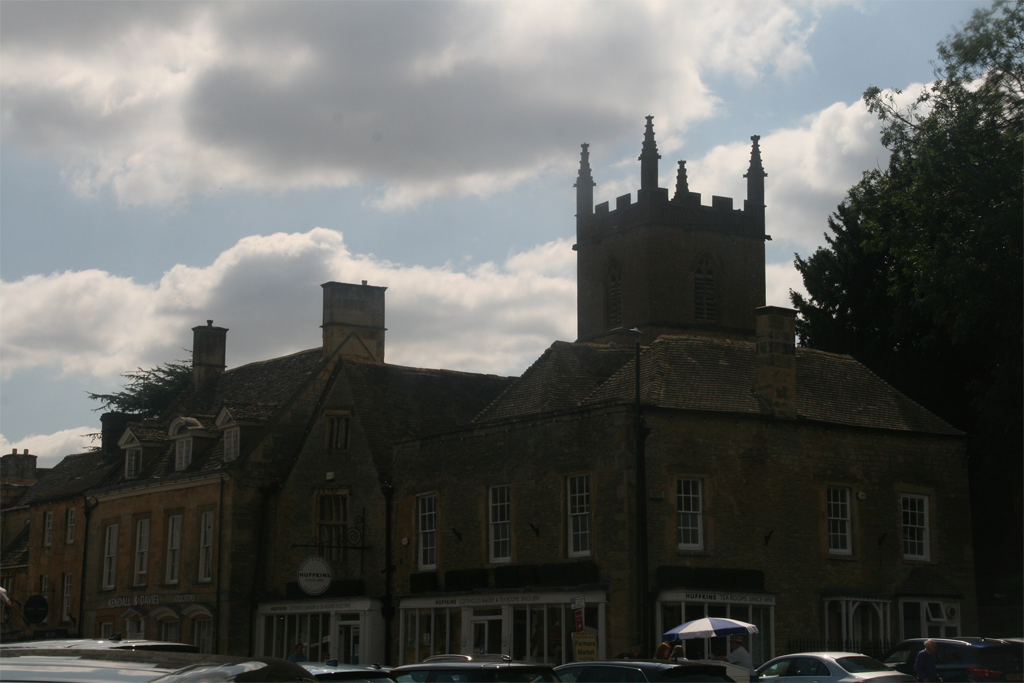
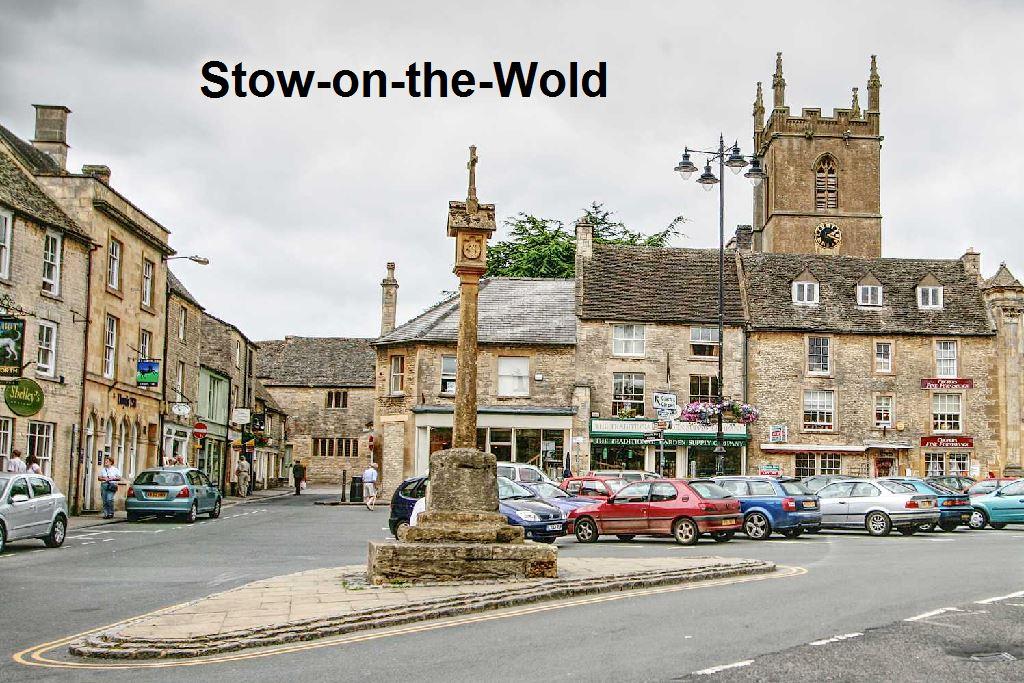
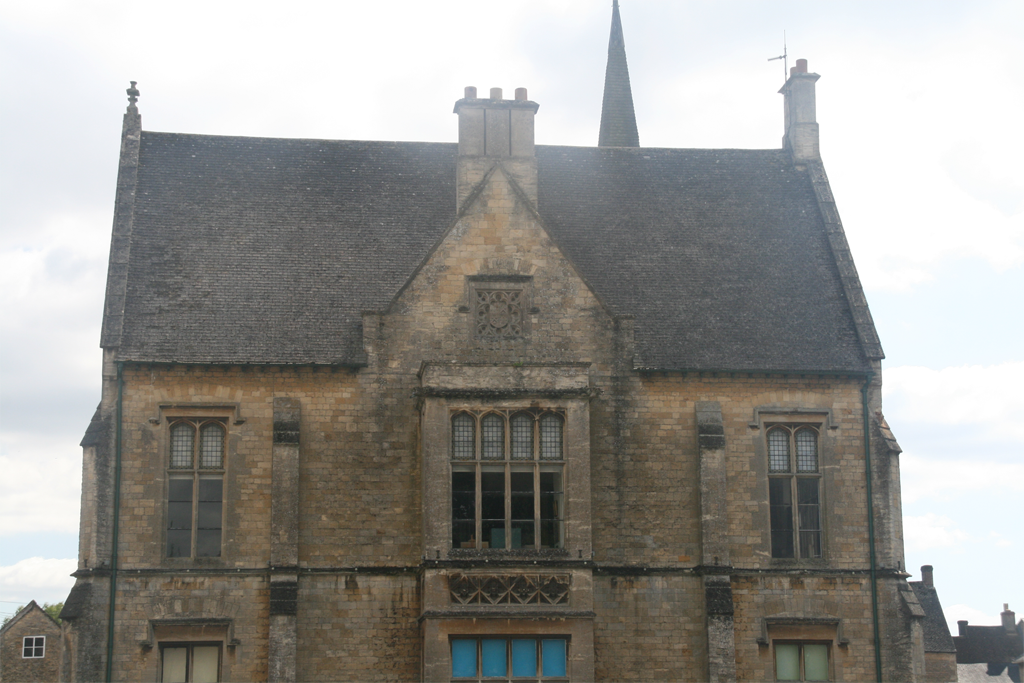 Market Hall
Market Hall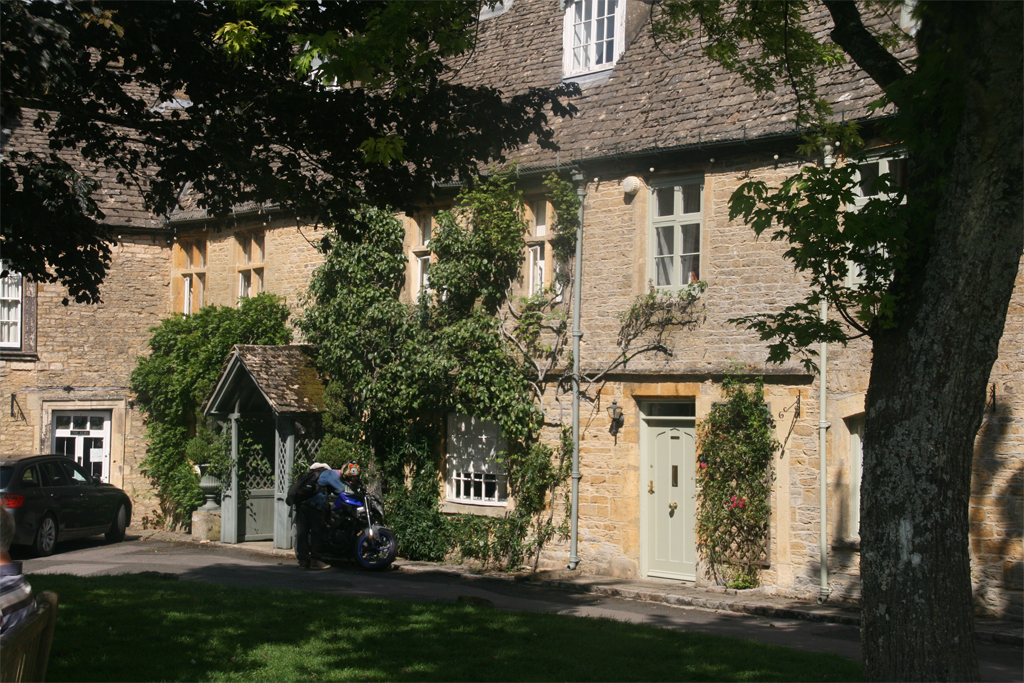 Pizza Delivery
Pizza Delivery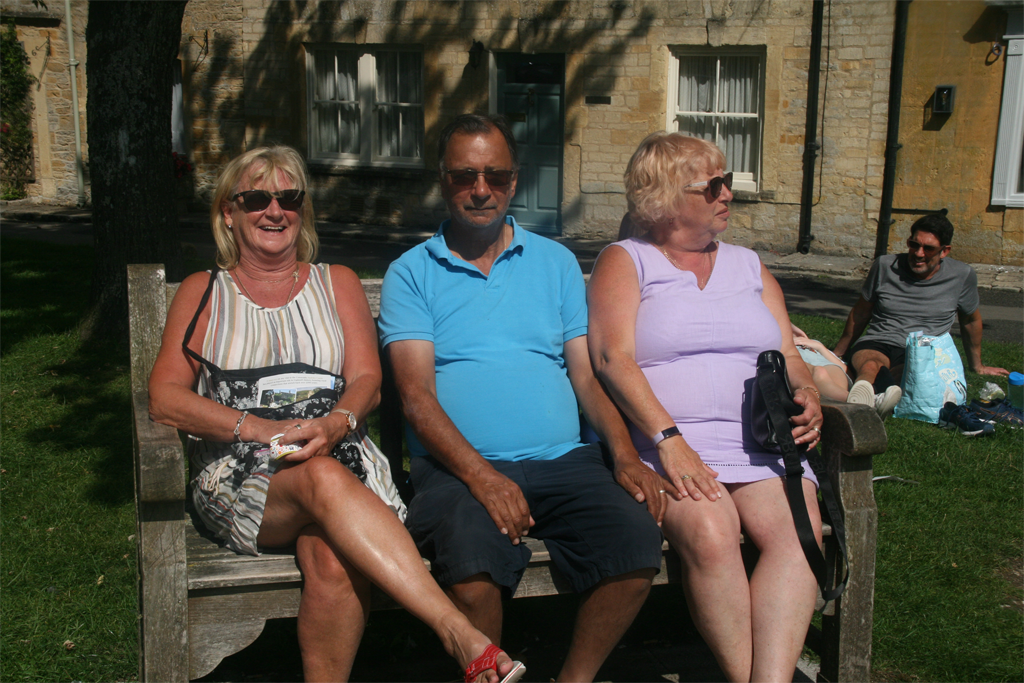 Rose between two thorns
Rose between two thorns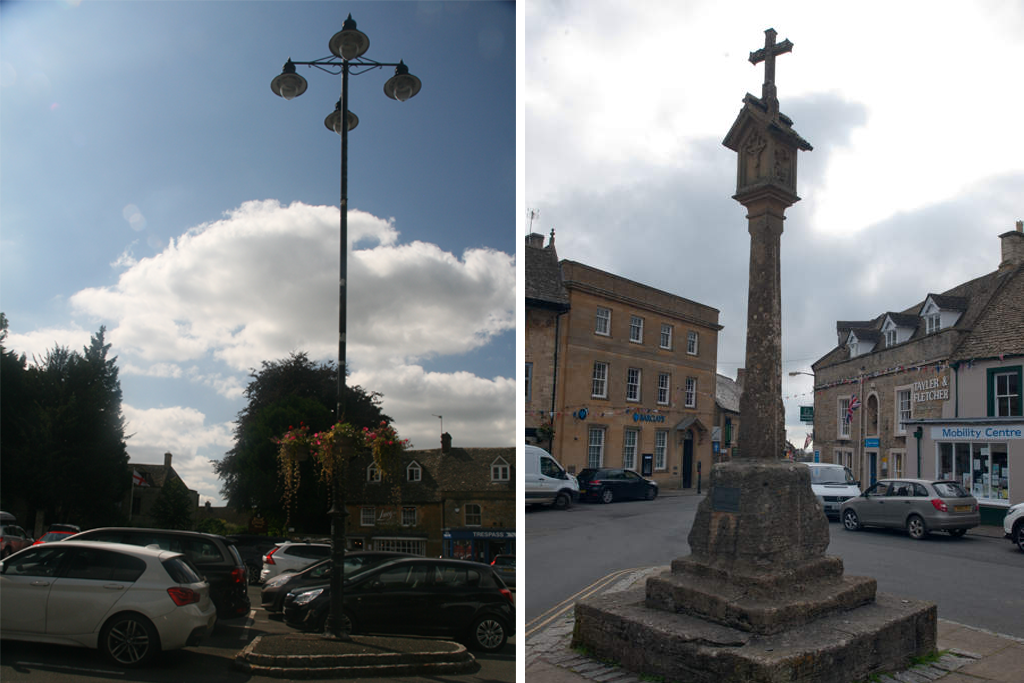 The Market Square
The Market Square The Porch House dating from 987AD and claimed to be the oldest pub in England.
The Porch House dating from 987AD and claimed to be the oldest pub in England.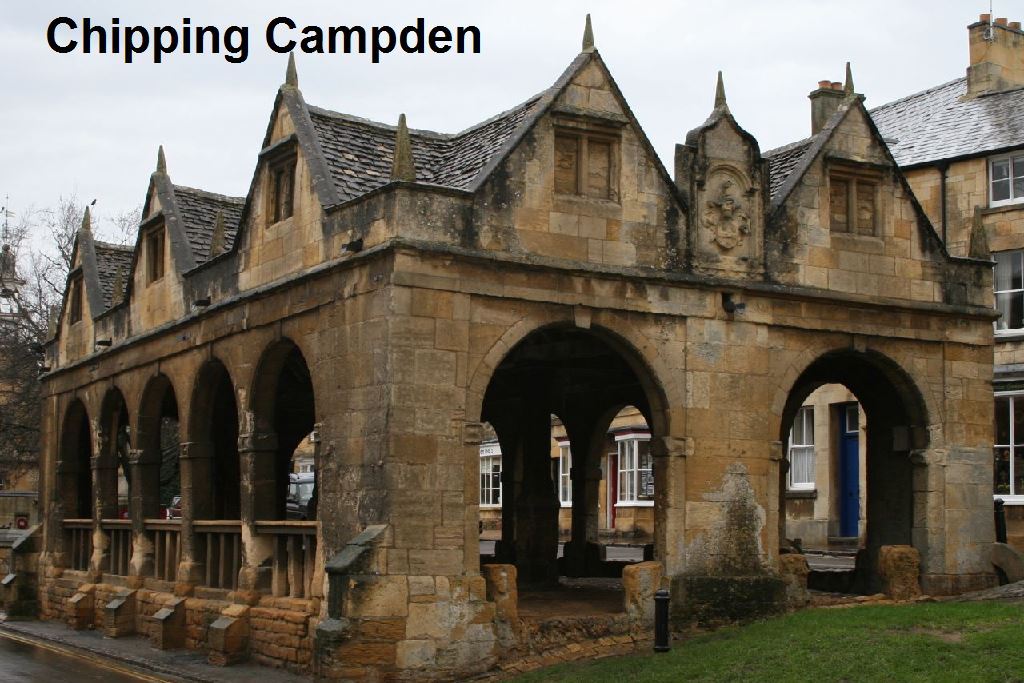 Chipping Campden Market Hall
Chipping Campden Market Hall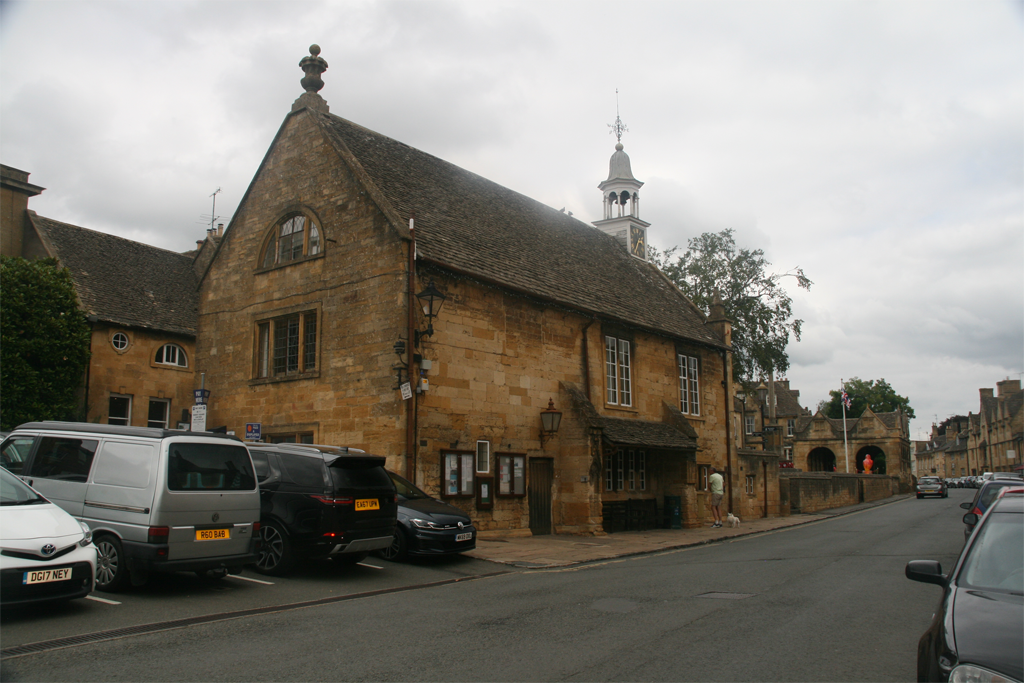 The Town Hall, rebuilt in 1897 and said to include material from a Norman chapel of St Catherine dedicated 1180
The Town Hall, rebuilt in 1897 and said to include material from a Norman chapel of St Catherine dedicated 1180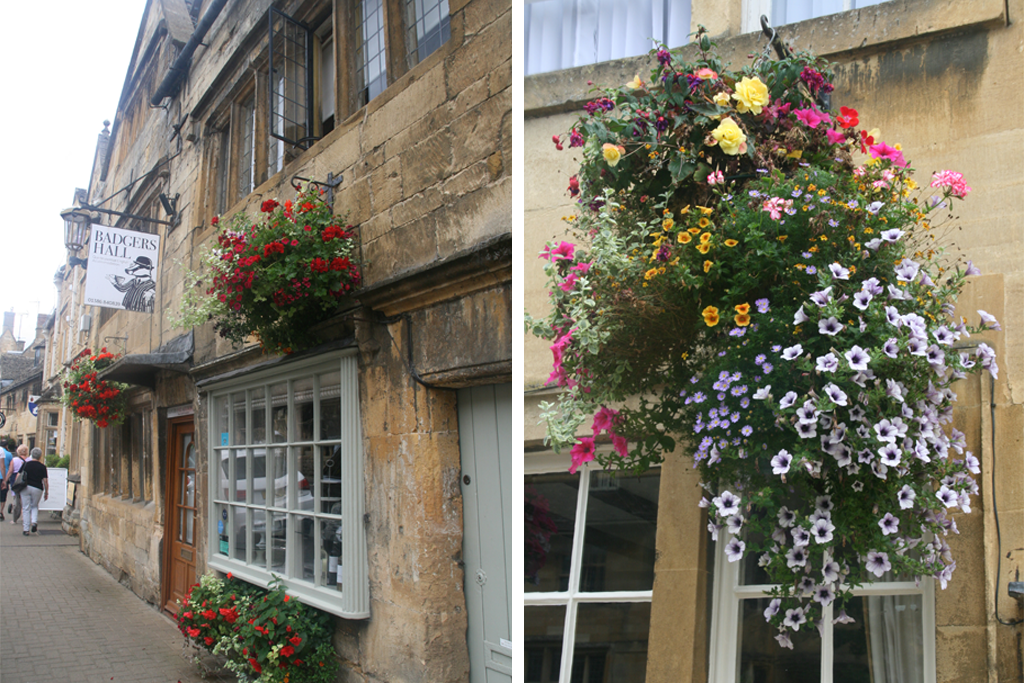 Badgers Hall, hotel & tea rooms, the Old Coach House pre 1996
Badgers Hall, hotel & tea rooms, the Old Coach House pre 1996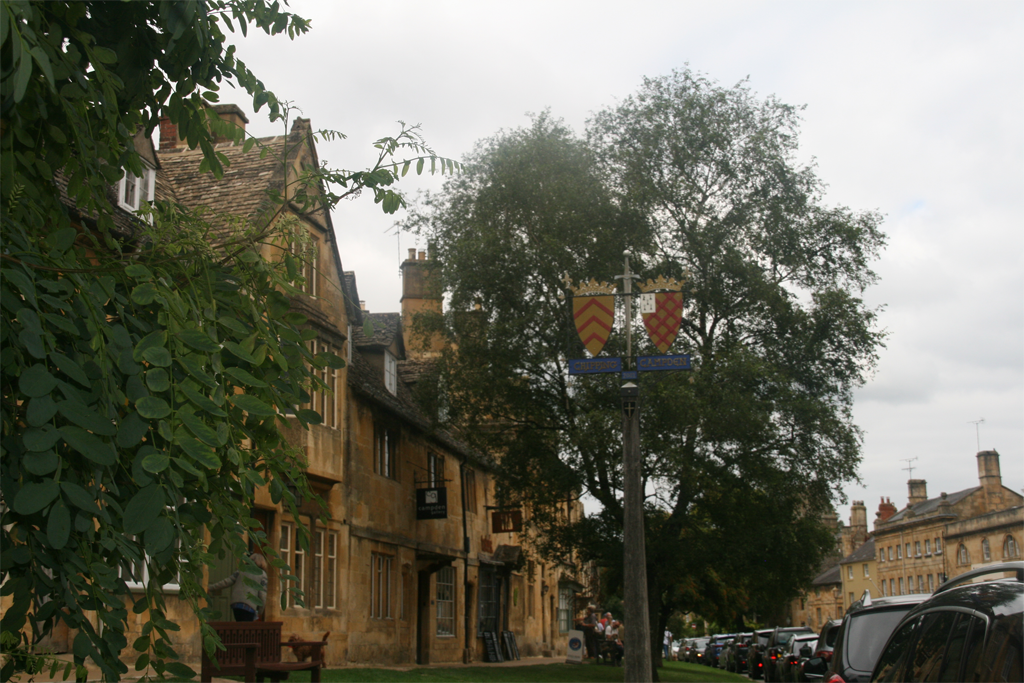
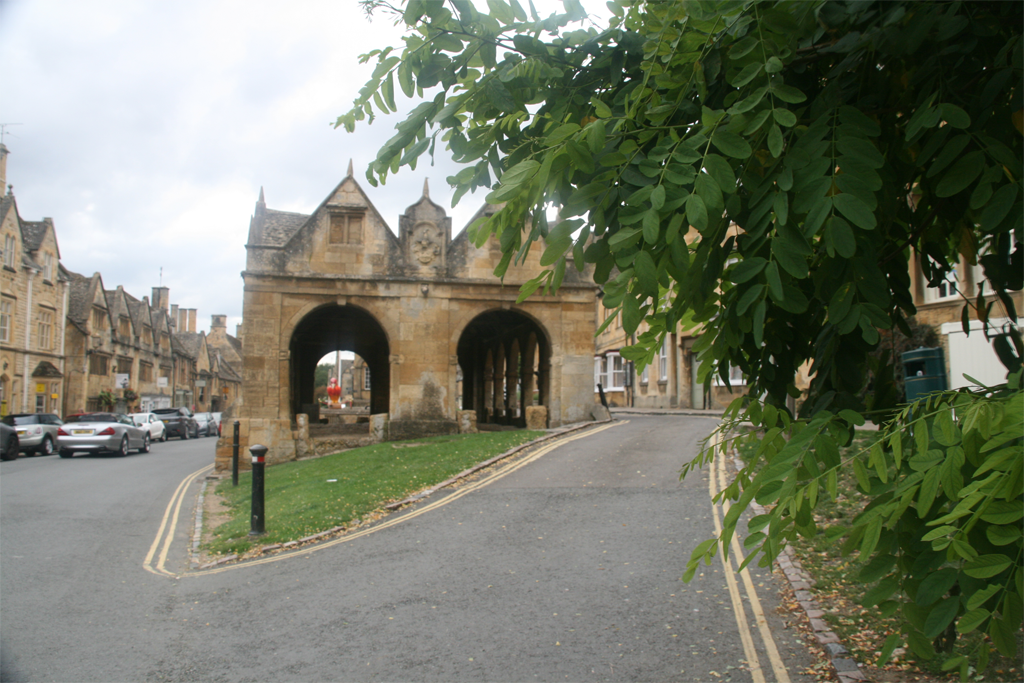 The Market Hall built in 1627 by Sir Baptist Hicks, a successful merchant, at the princely sum of just £90.
The Market Hall built in 1627 by Sir Baptist Hicks, a successful merchant, at the princely sum of just £90.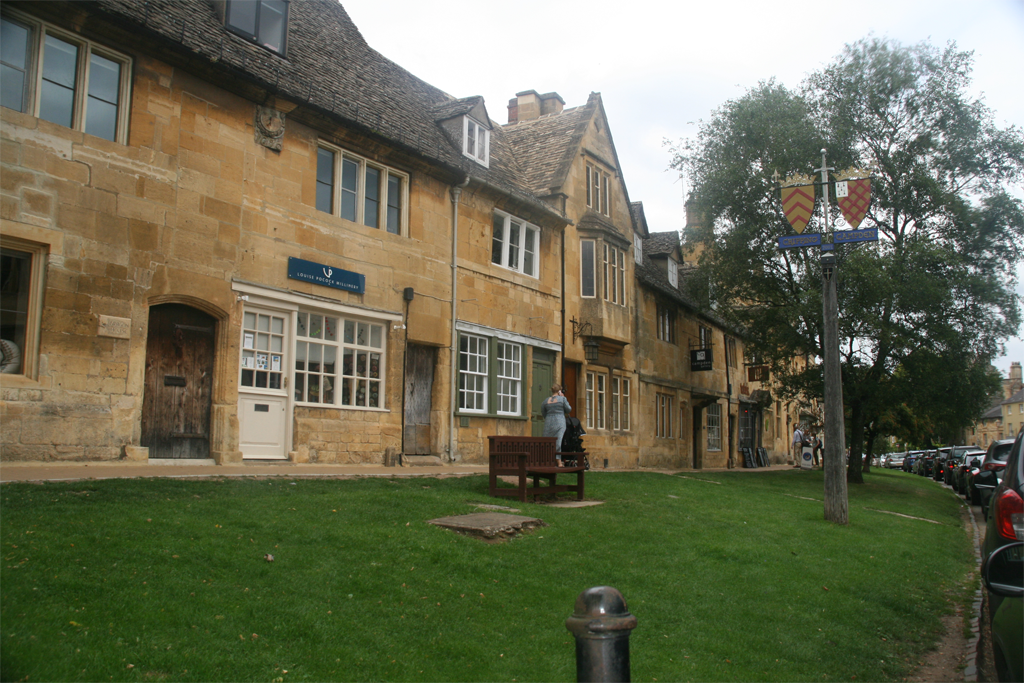
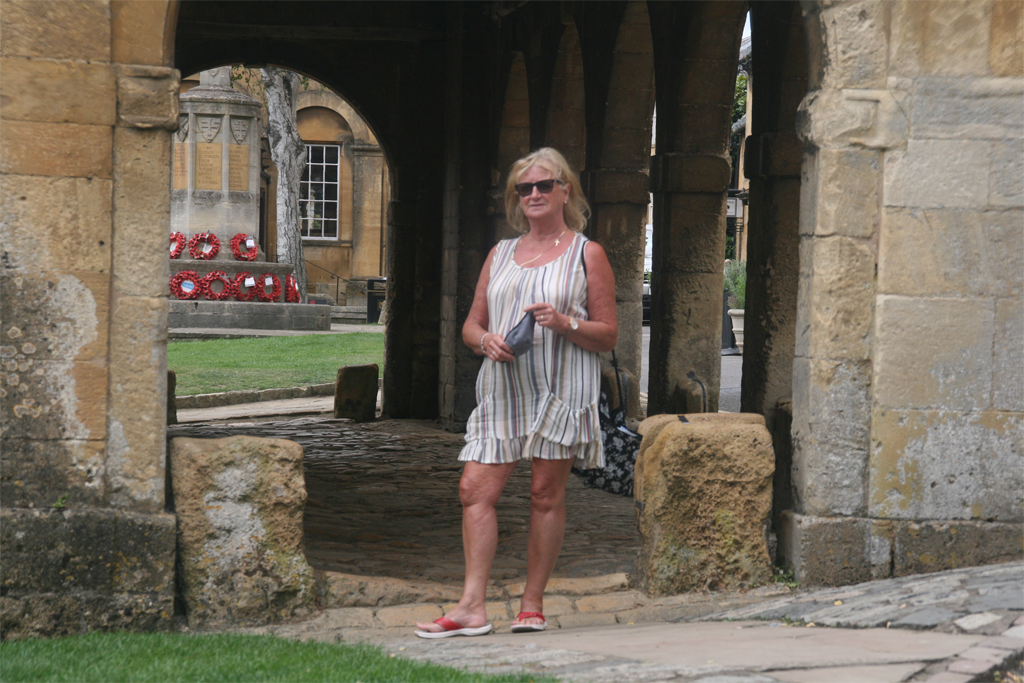
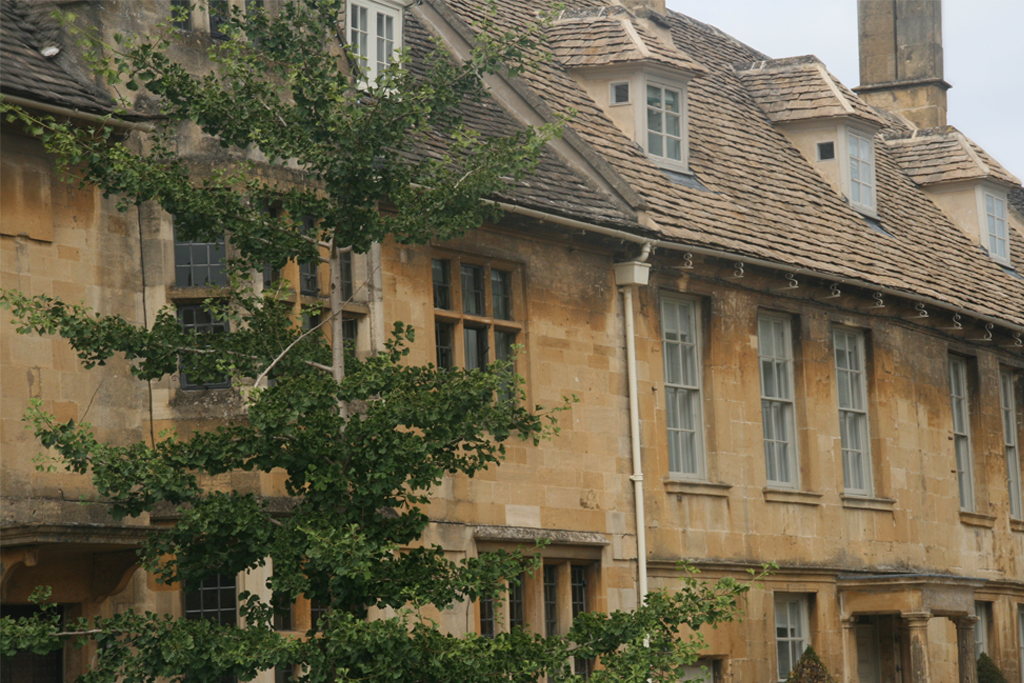
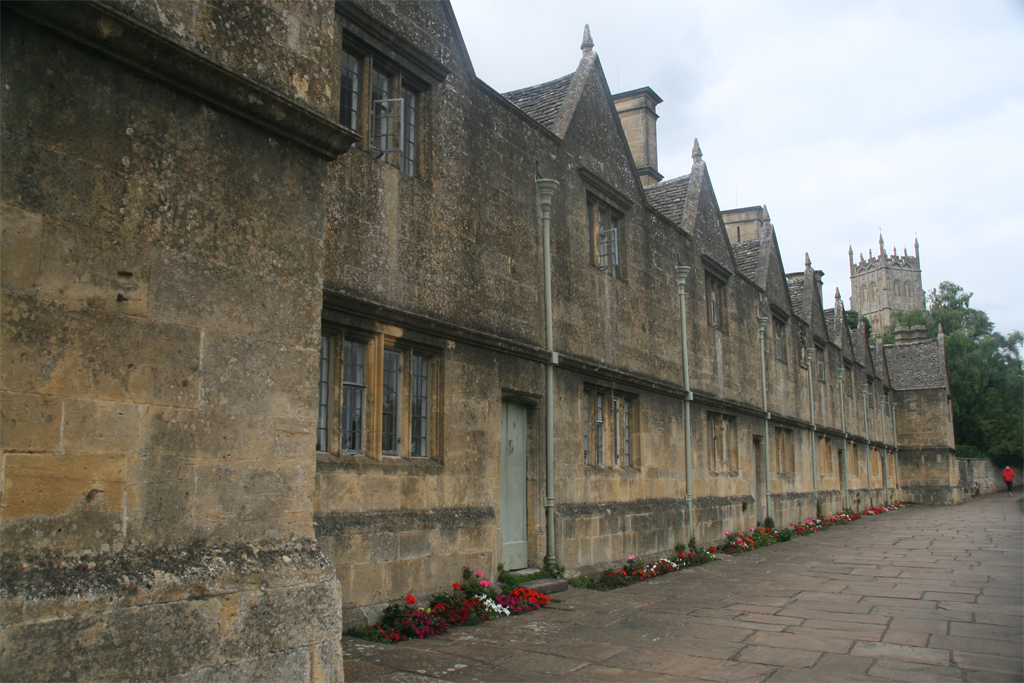 Remarkable and intact group of Jacobean almshouses, built 1612 in honour of James I
Remarkable and intact group of Jacobean almshouses, built 1612 in honour of James I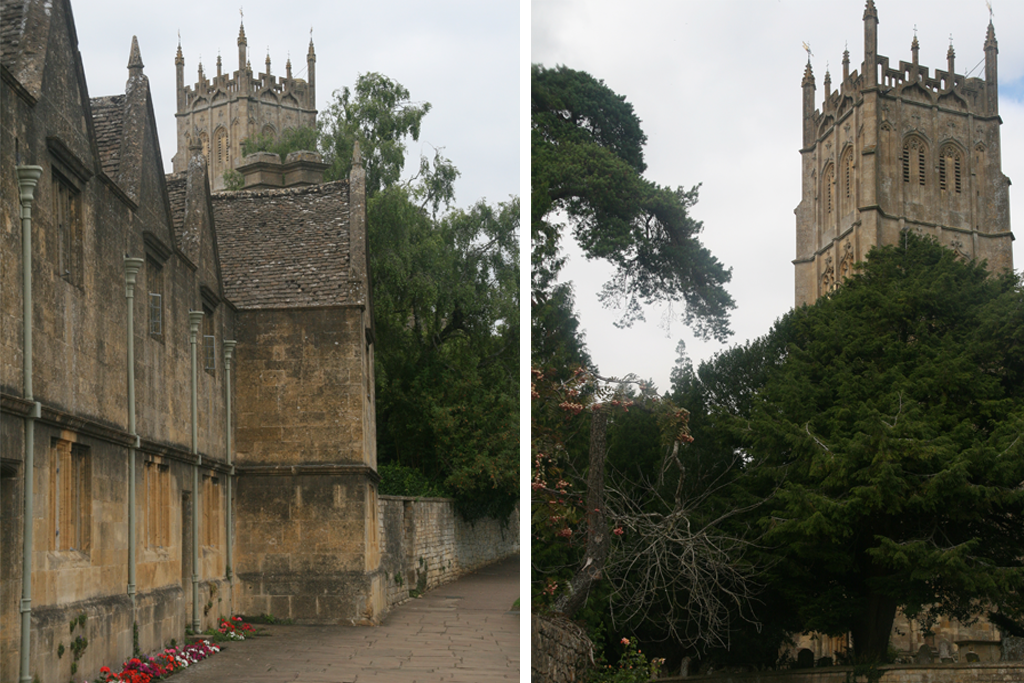 St James Church, Chipping Campden
St James Church, Chipping Campden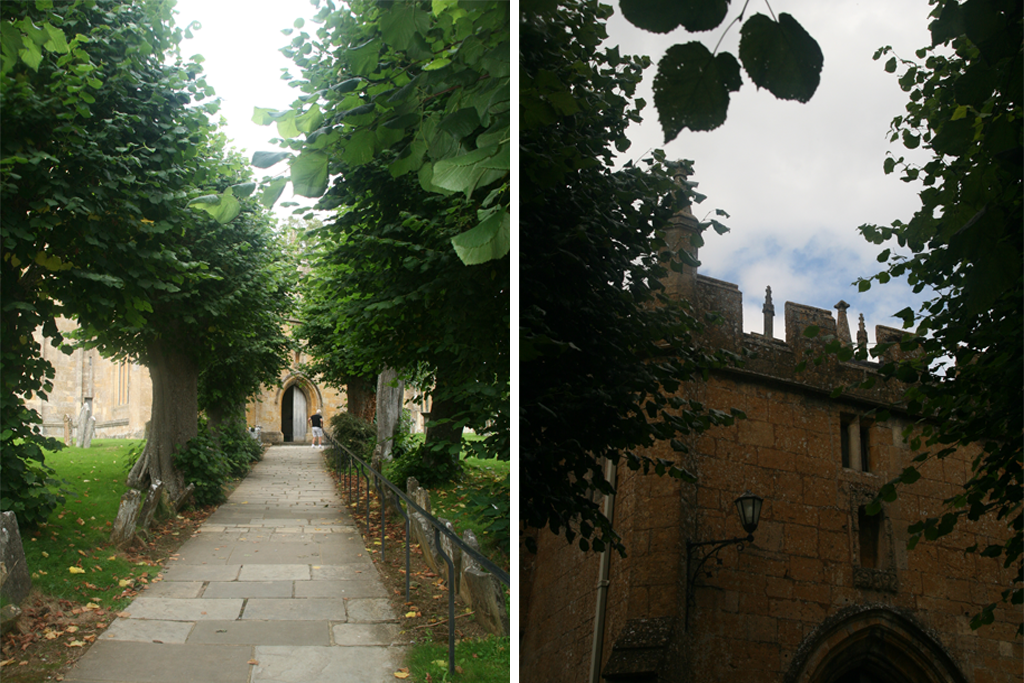
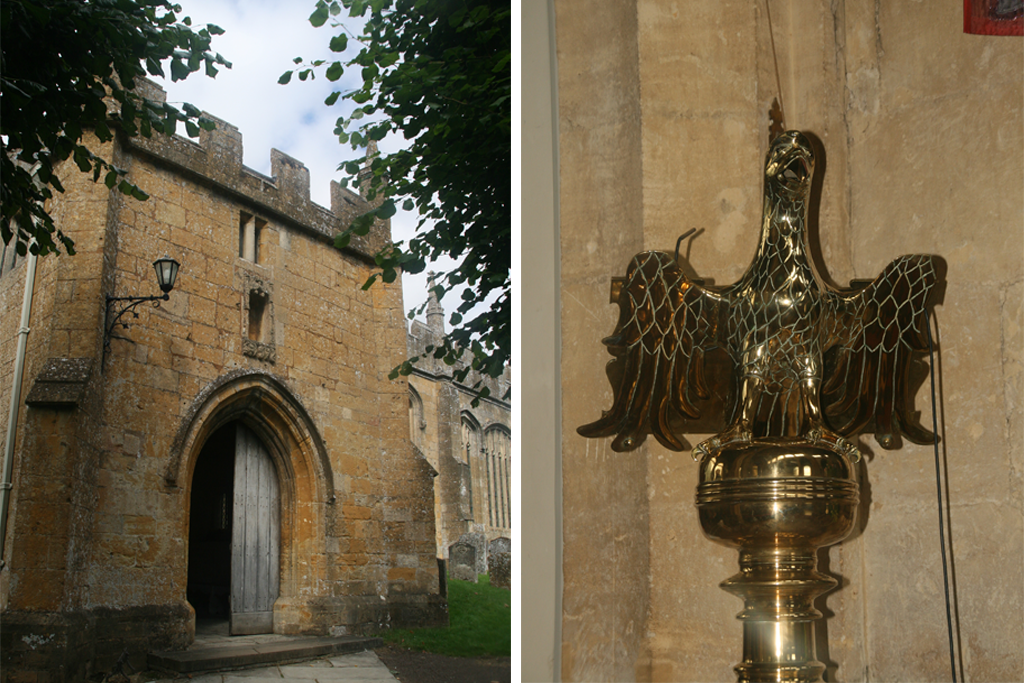
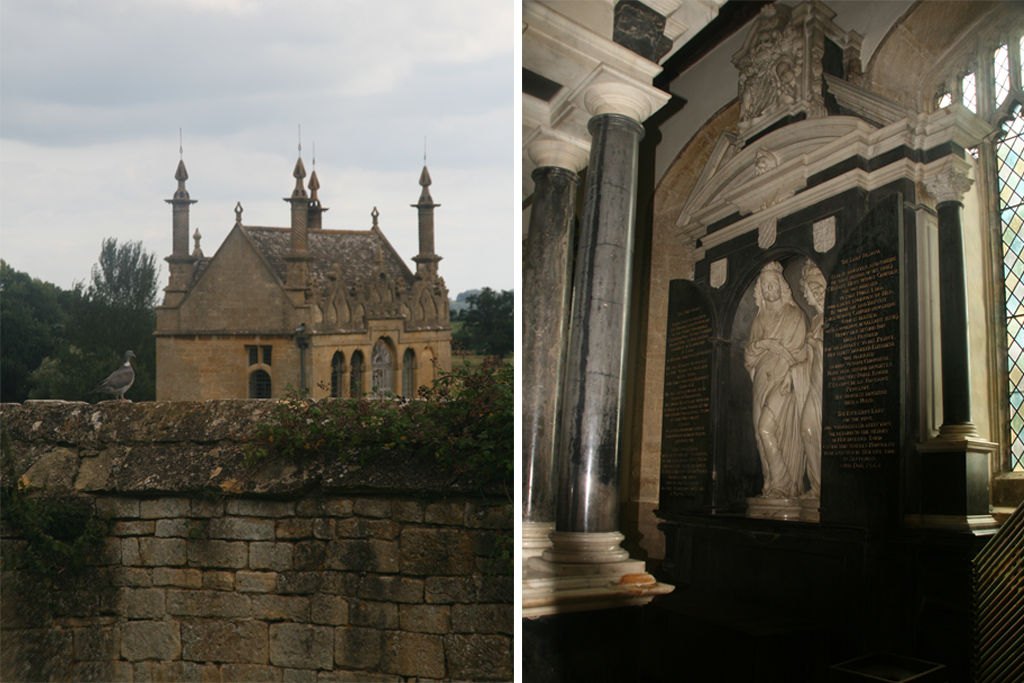
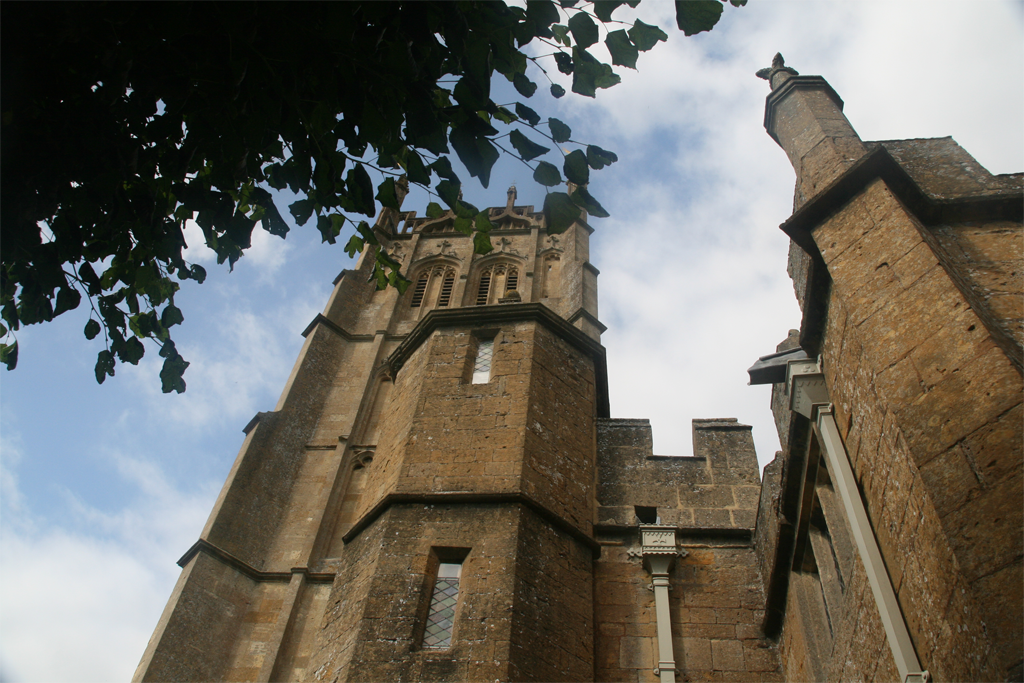
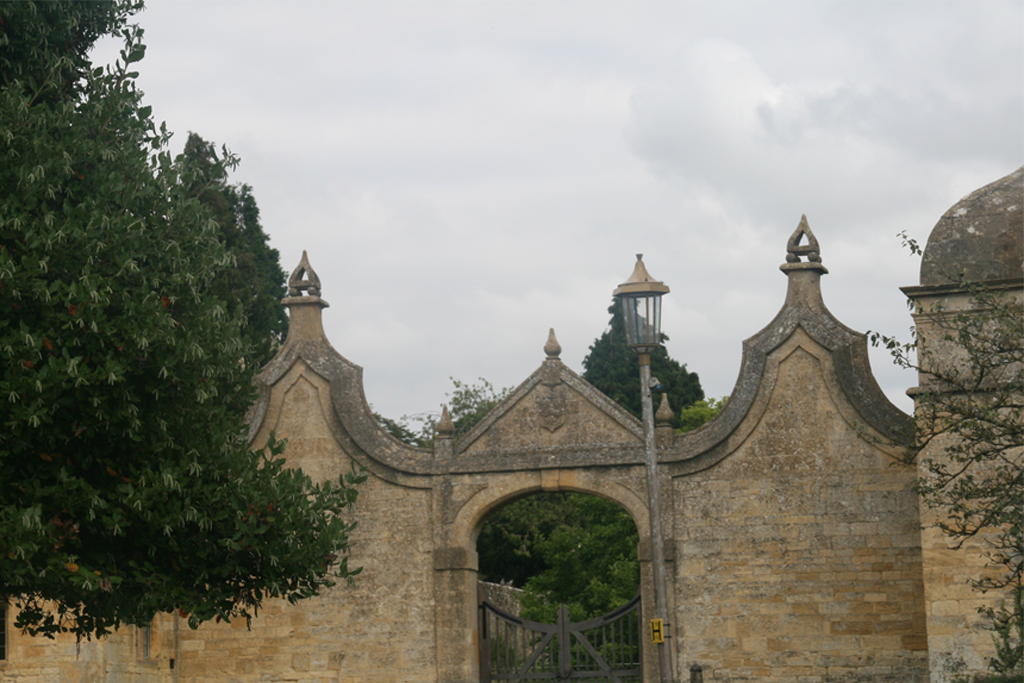
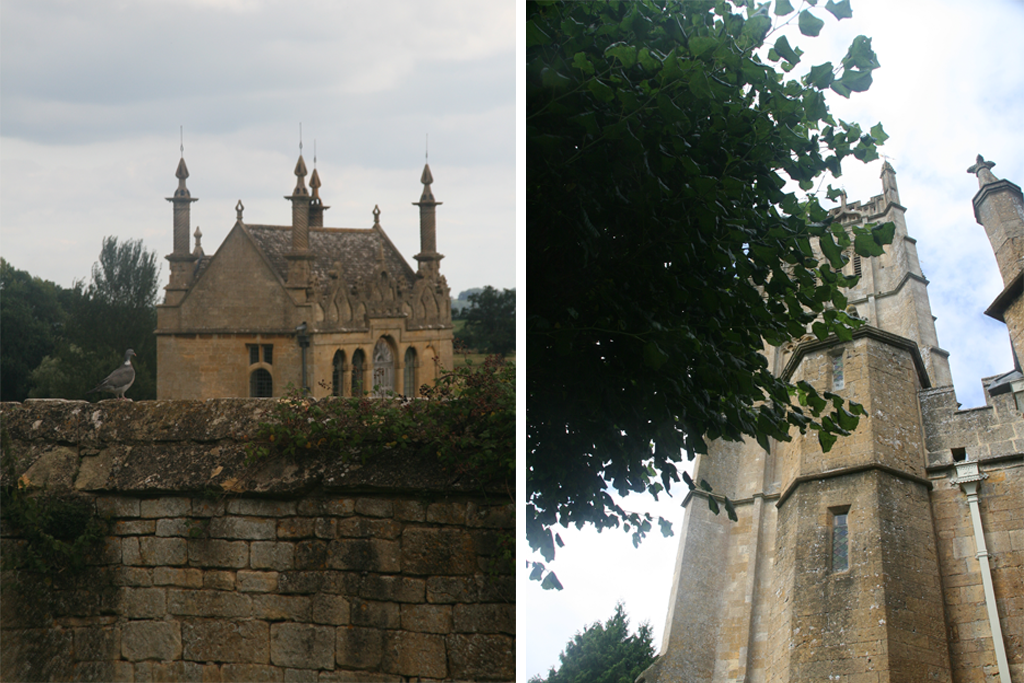
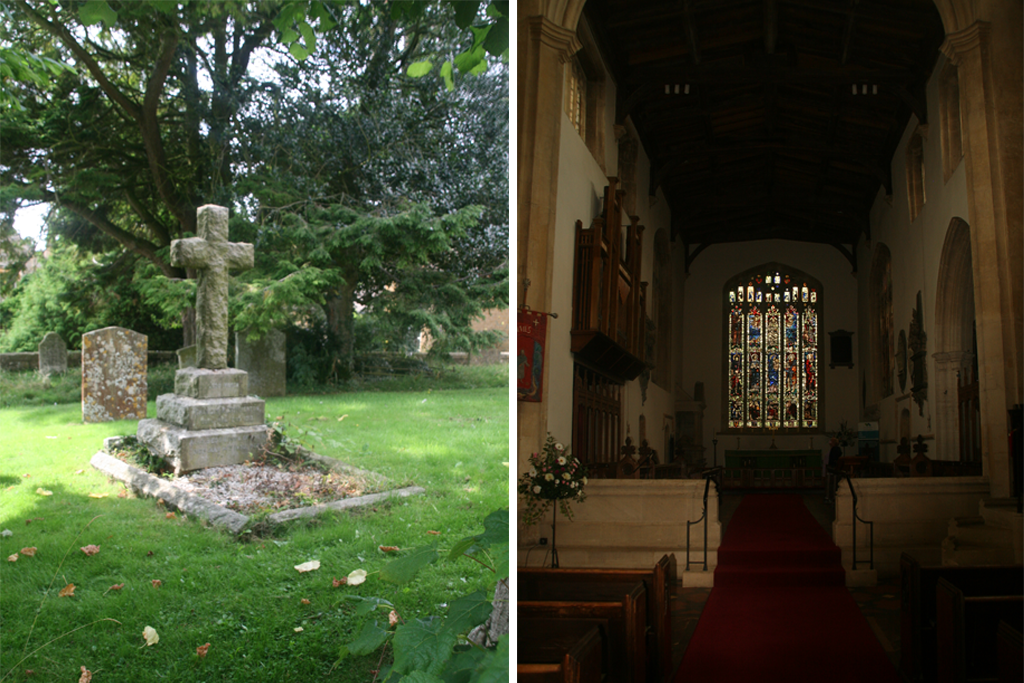
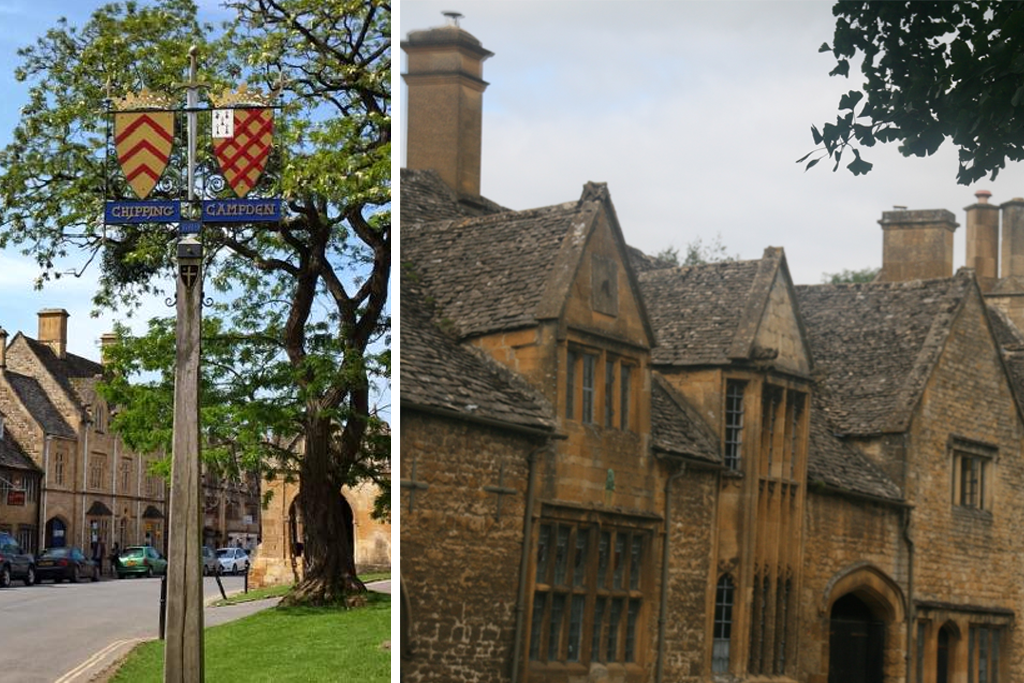 Grevel House (right) built circa 1380, thought to be the home of the wool merchant William Grevel, who died in 1401 (recently sold for £2.5m)
Grevel House (right) built circa 1380, thought to be the home of the wool merchant William Grevel, who died in 1401 (recently sold for £2.5m)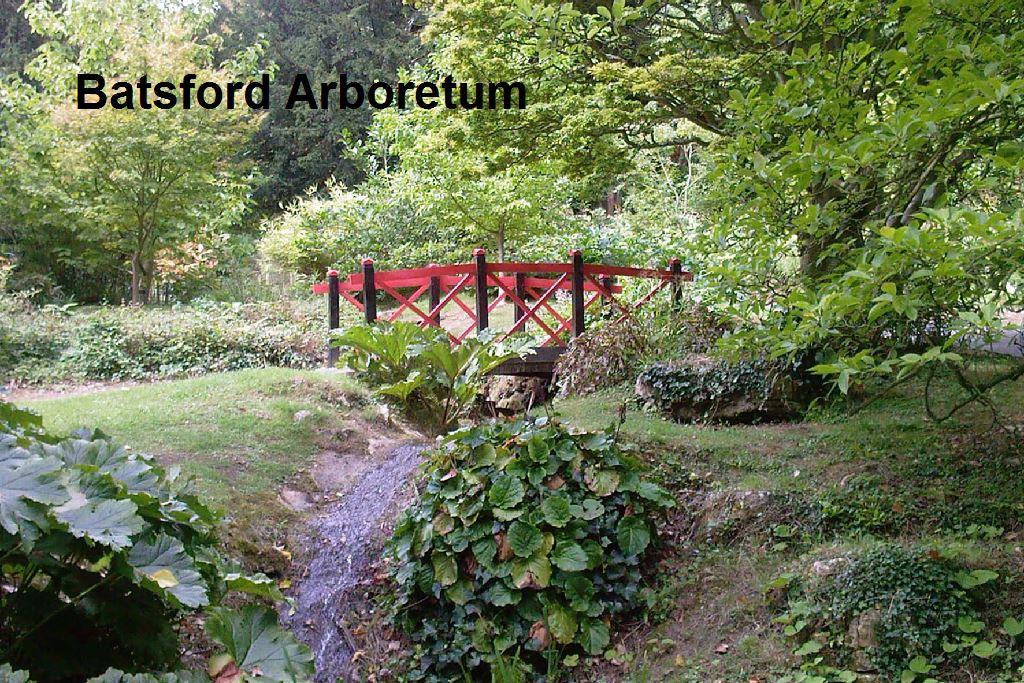 One of three Japanese bridges (across artificial watercourses) brought back from the Orient by Mitford
One of three Japanese bridges (across artificial watercourses) brought back from the Orient by Mitford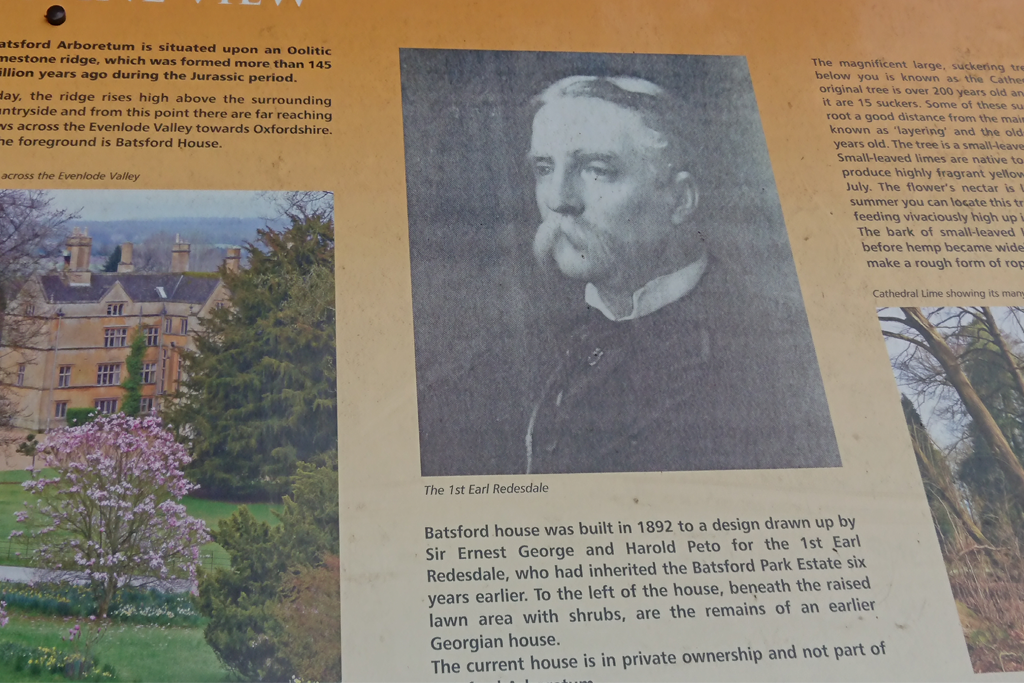 Algernon Bertram Freeman-Mitford, later to become the 1st Lord Redesdale in 1905, father of the Mitford Girls
Algernon Bertram Freeman-Mitford, later to become the 1st Lord Redesdale in 1905, father of the Mitford Girls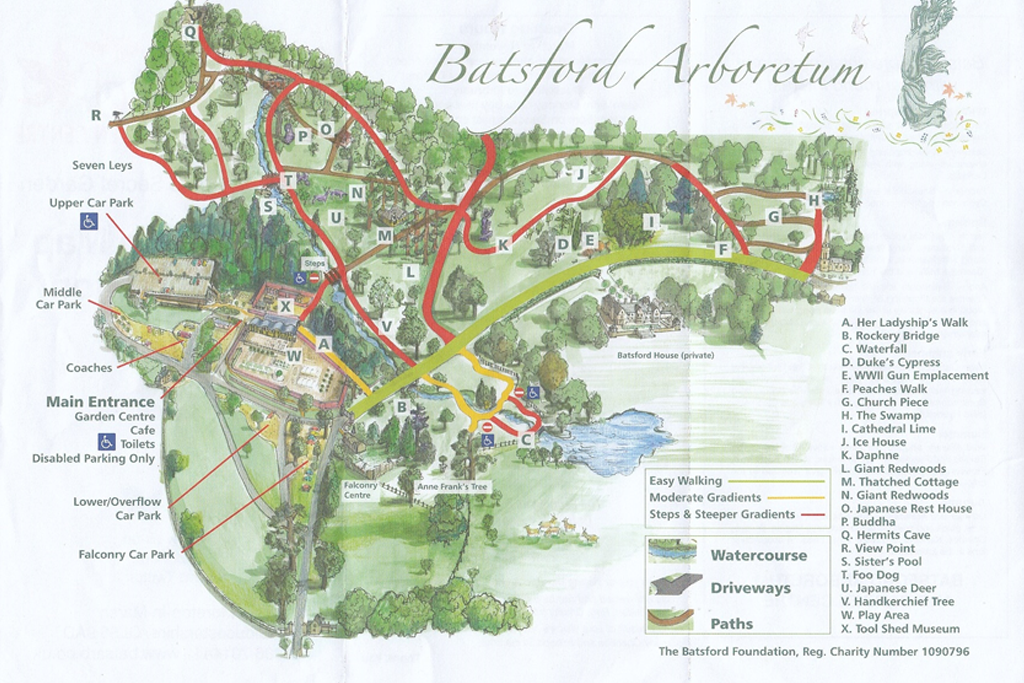
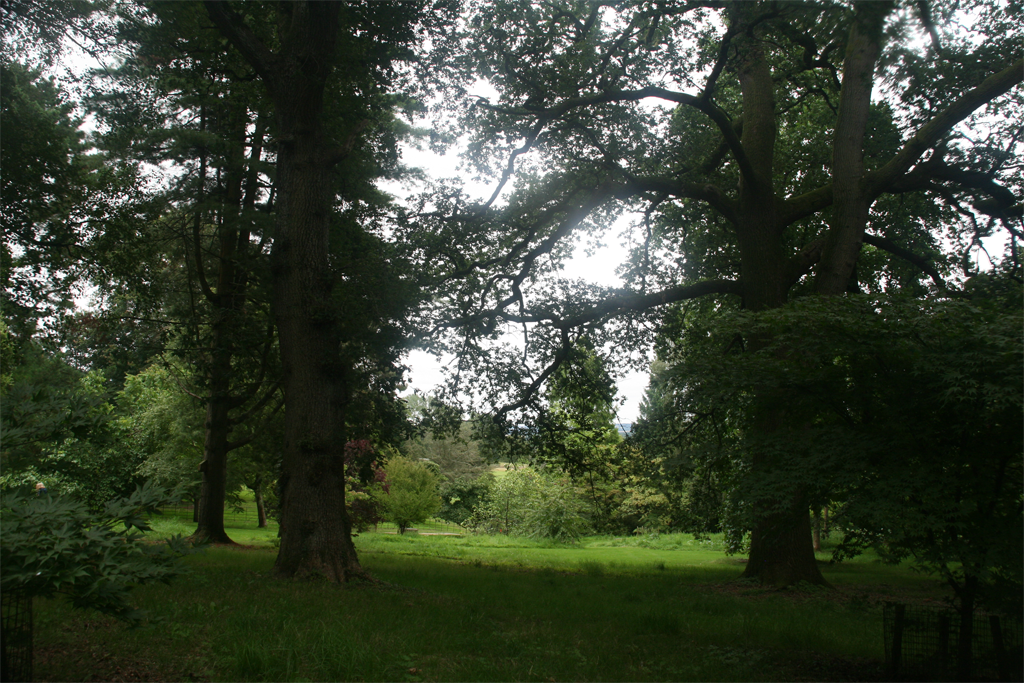
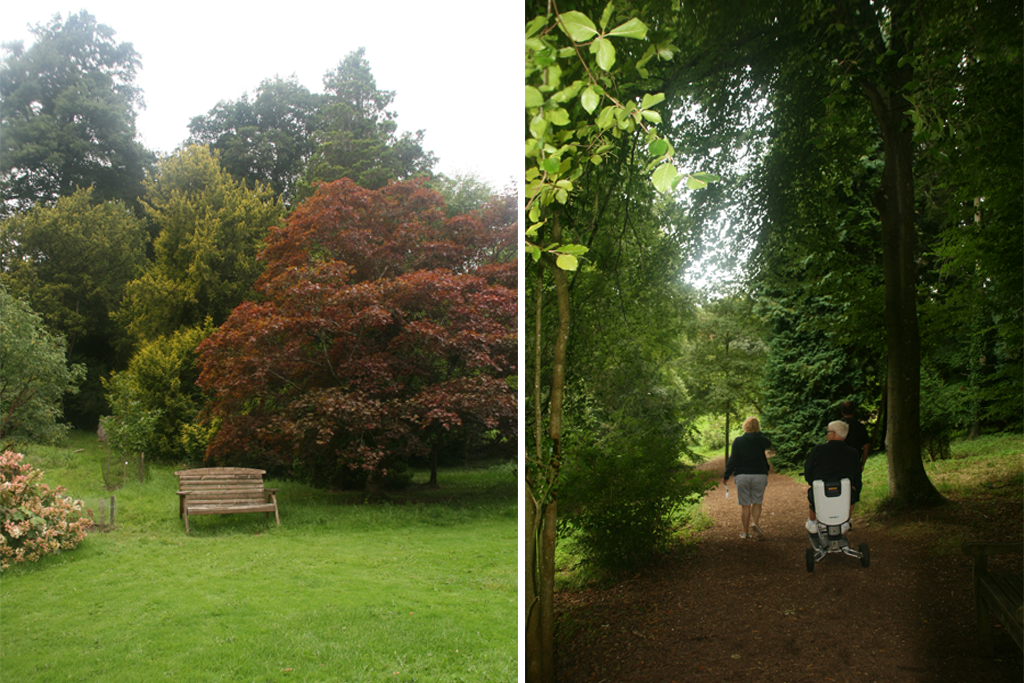
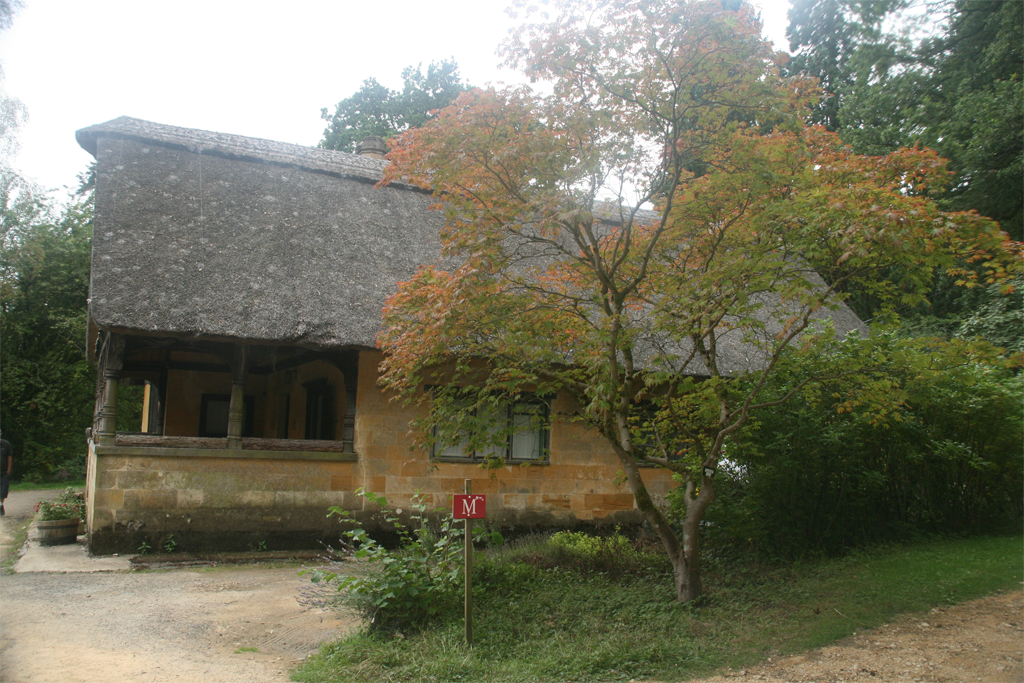 Side view of the Thatched Cottage
Side view of the Thatched Cottage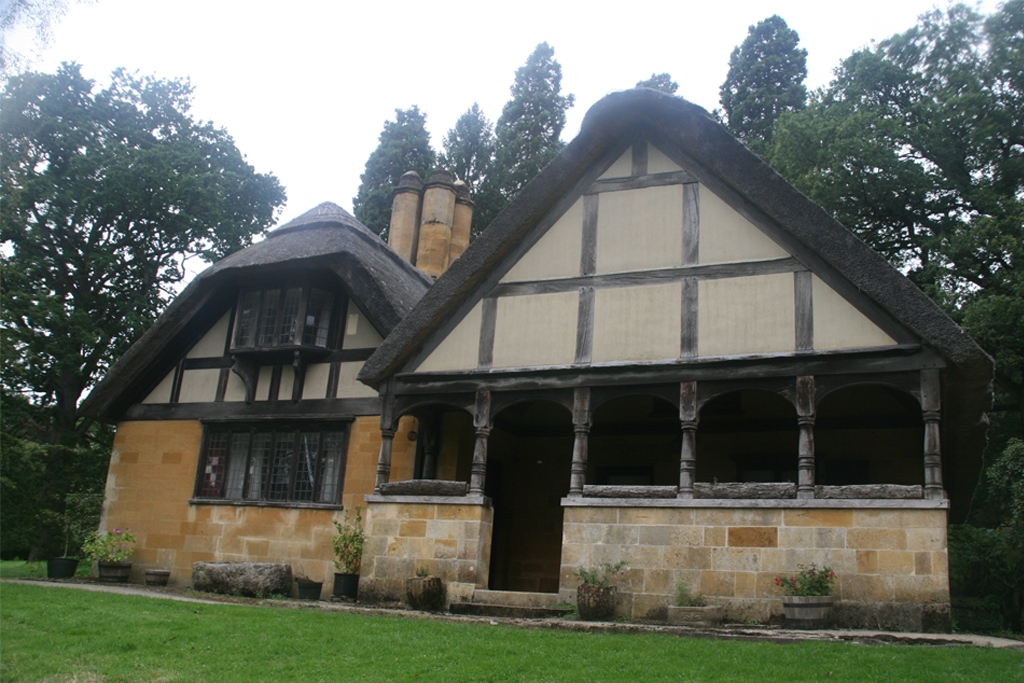 The Thatched Cottage, former dairy, now a detached house
The Thatched Cottage, former dairy, now a detached house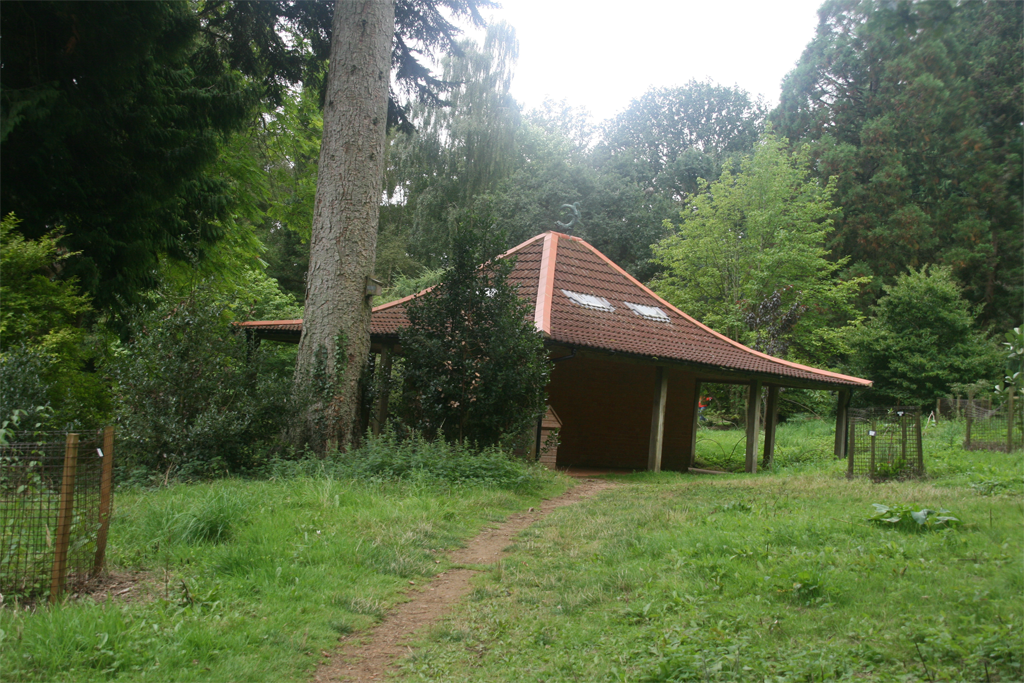 Walking to the Japanese Rest House
Walking to the Japanese Rest House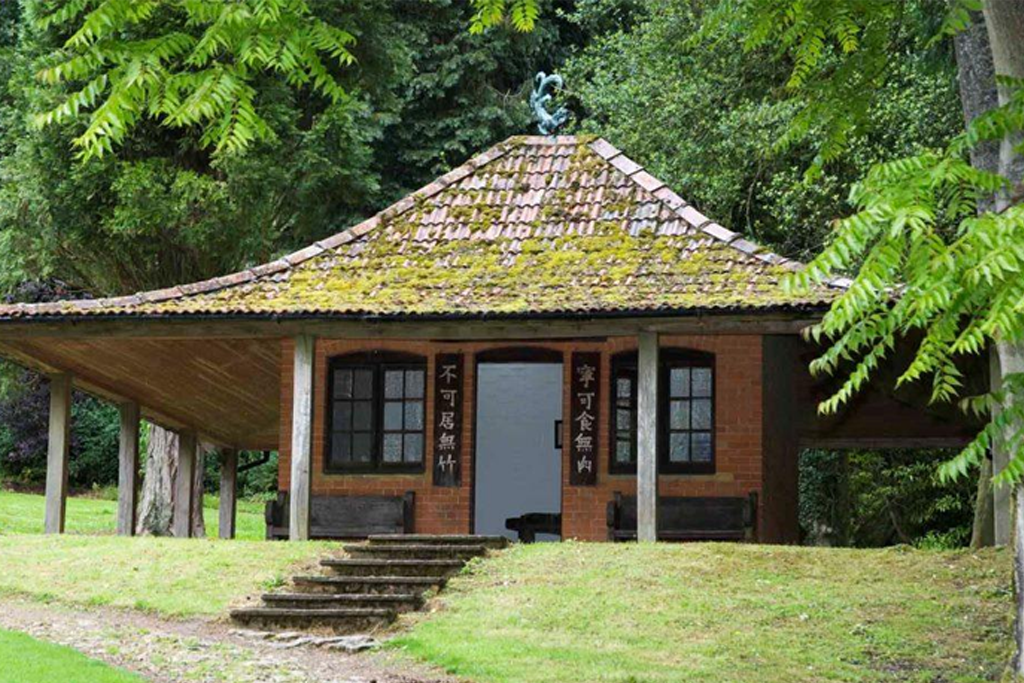 Japanese Rest House
Japanese Rest House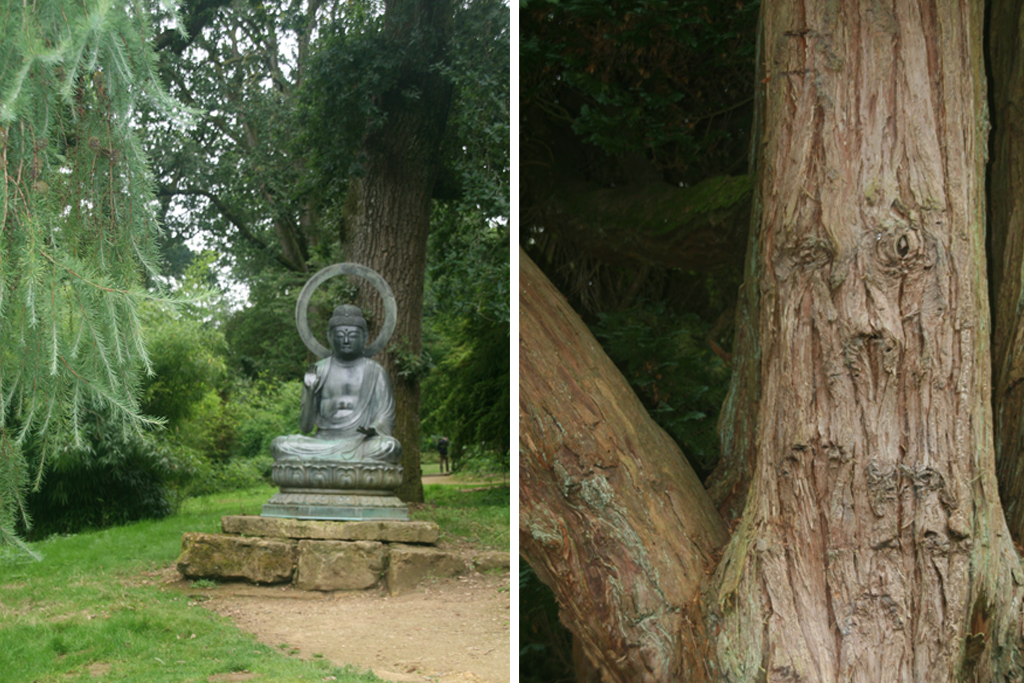
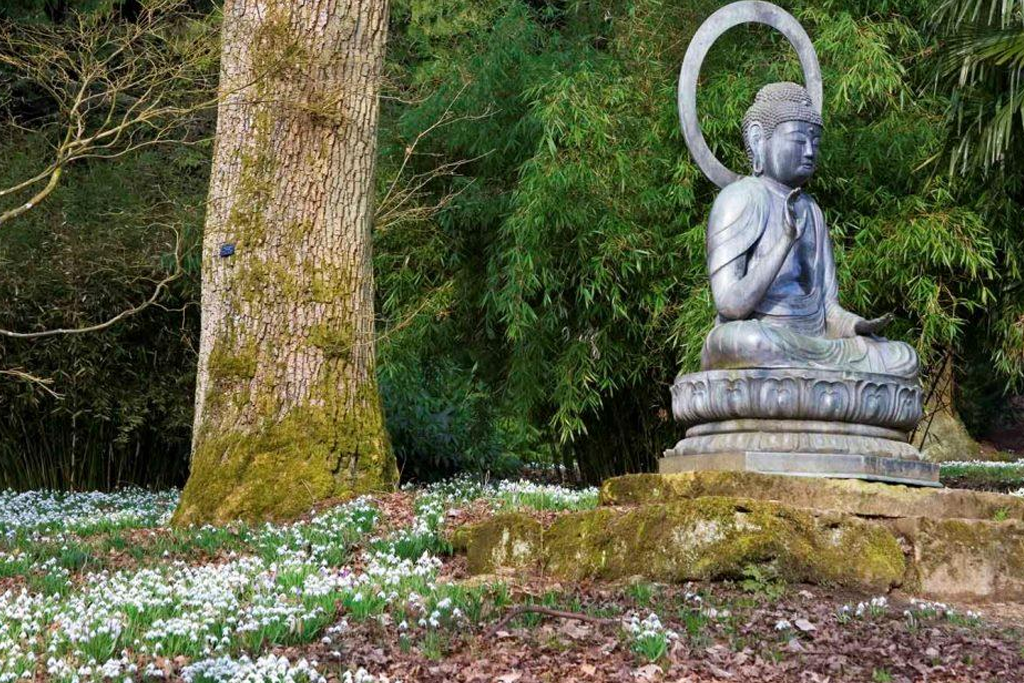 Buddha statue imported to the estate from the Orient by Mitford, who had converted to Buddhism, in 1900.
Buddha statue imported to the estate from the Orient by Mitford, who had converted to Buddhism, in 1900.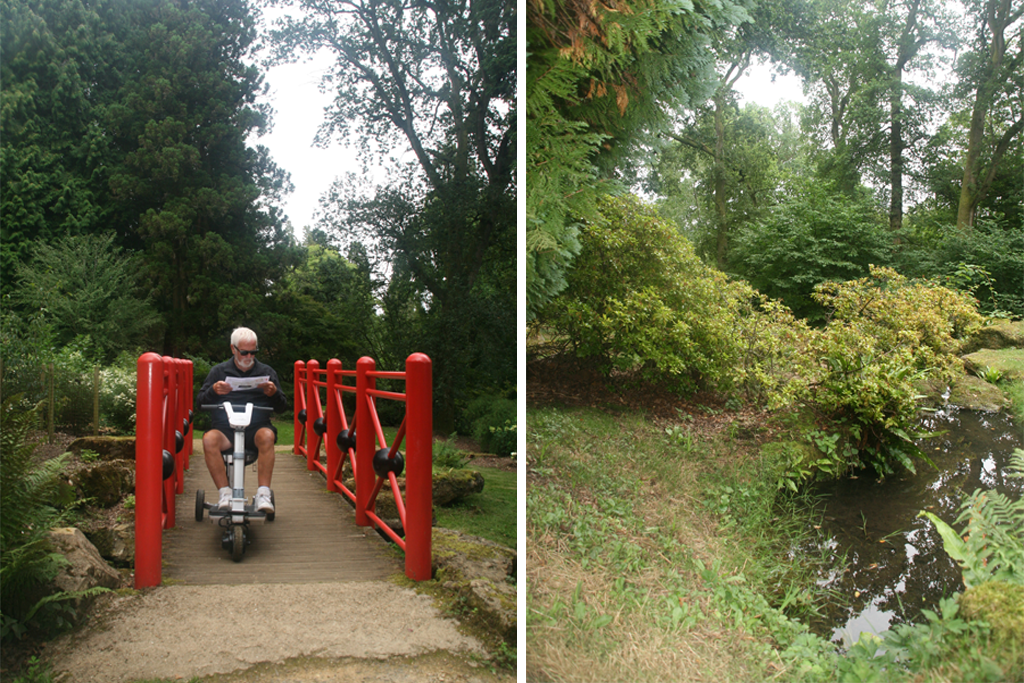
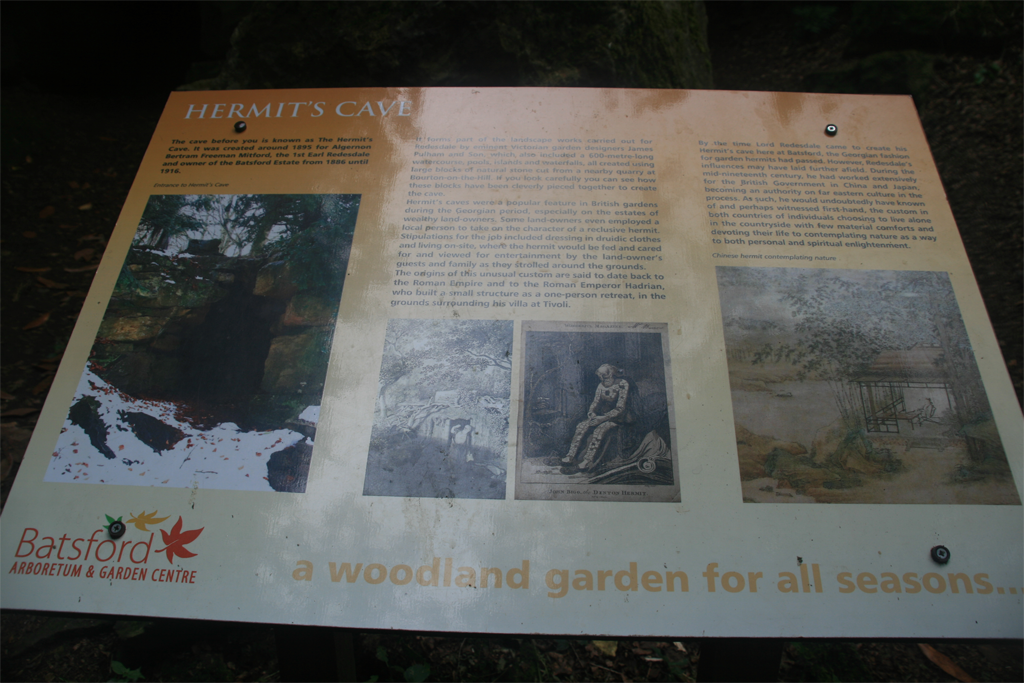
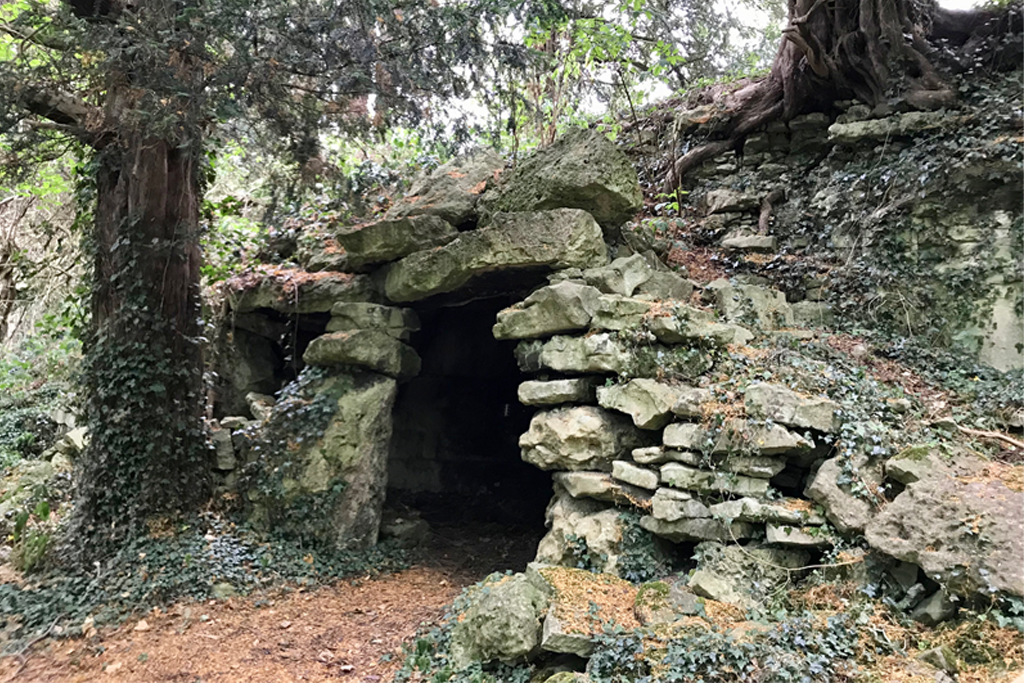 The Hermits Cave
The Hermits Cave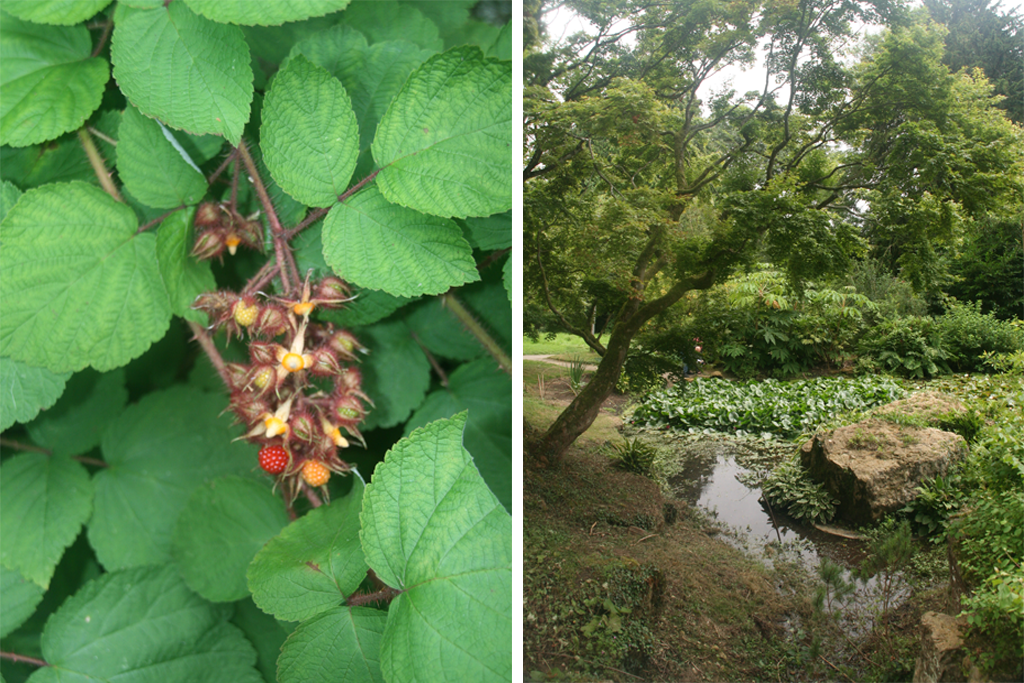
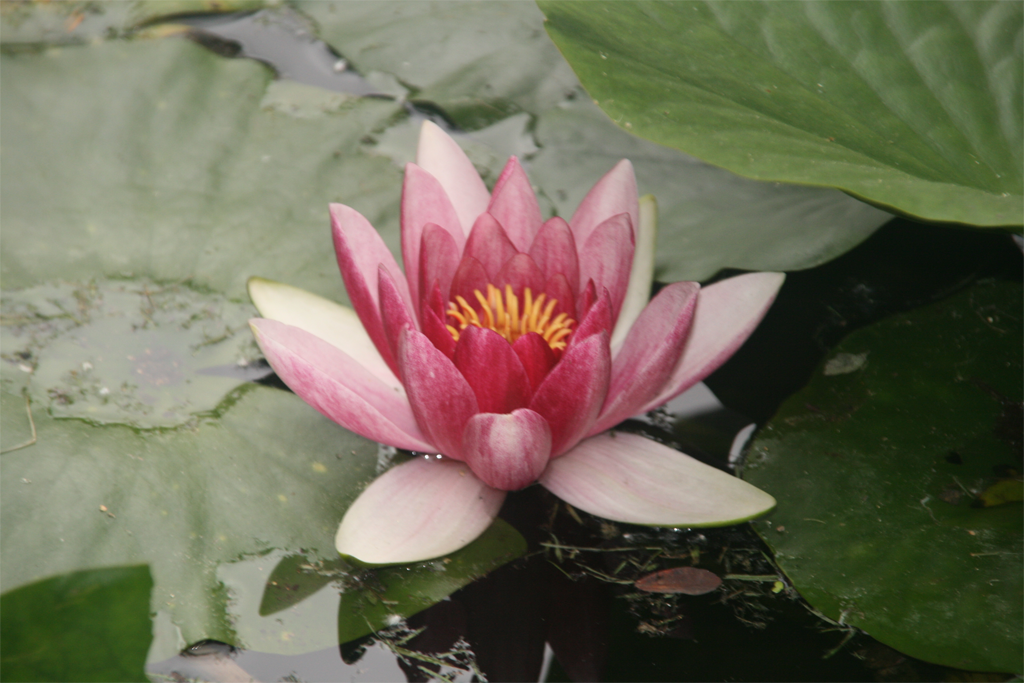
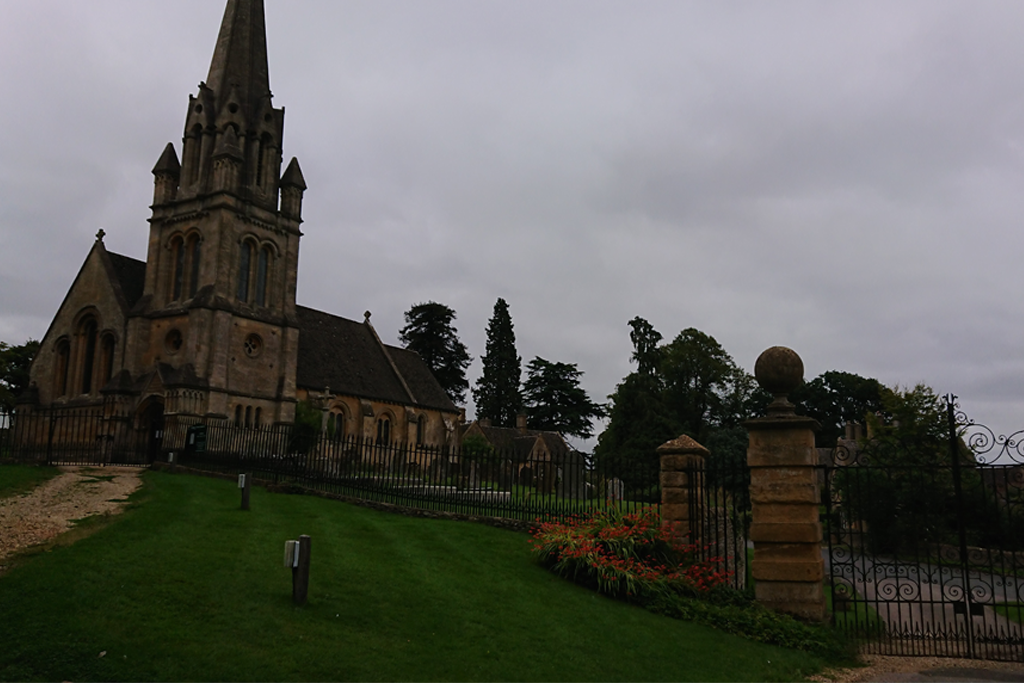 Church of St Mary, part of the Batsford Estate
Church of St Mary, part of the Batsford Estate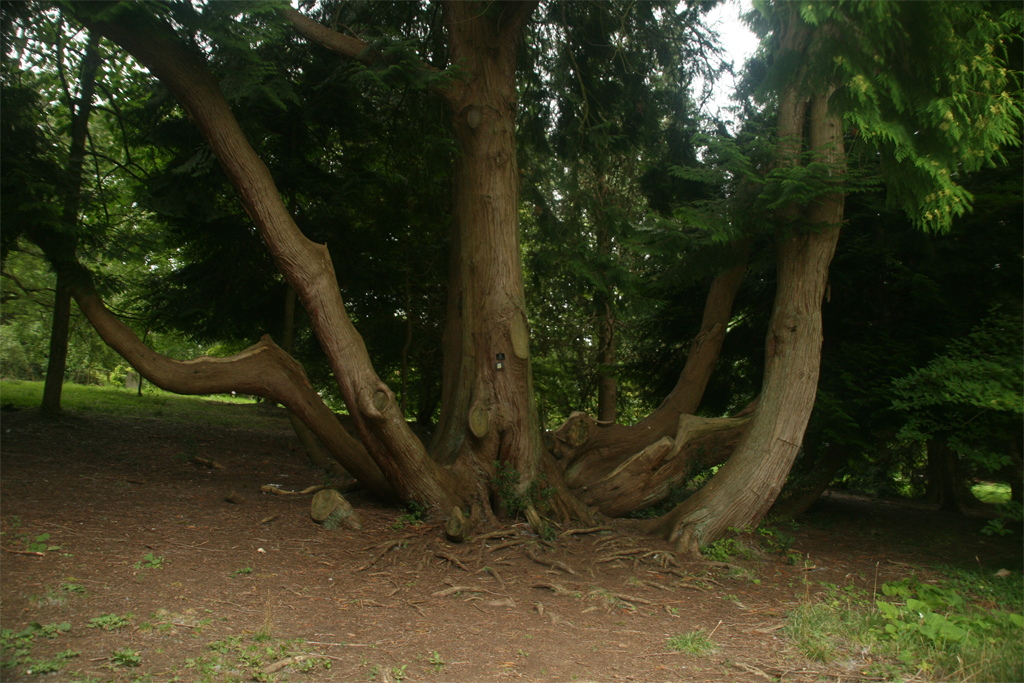
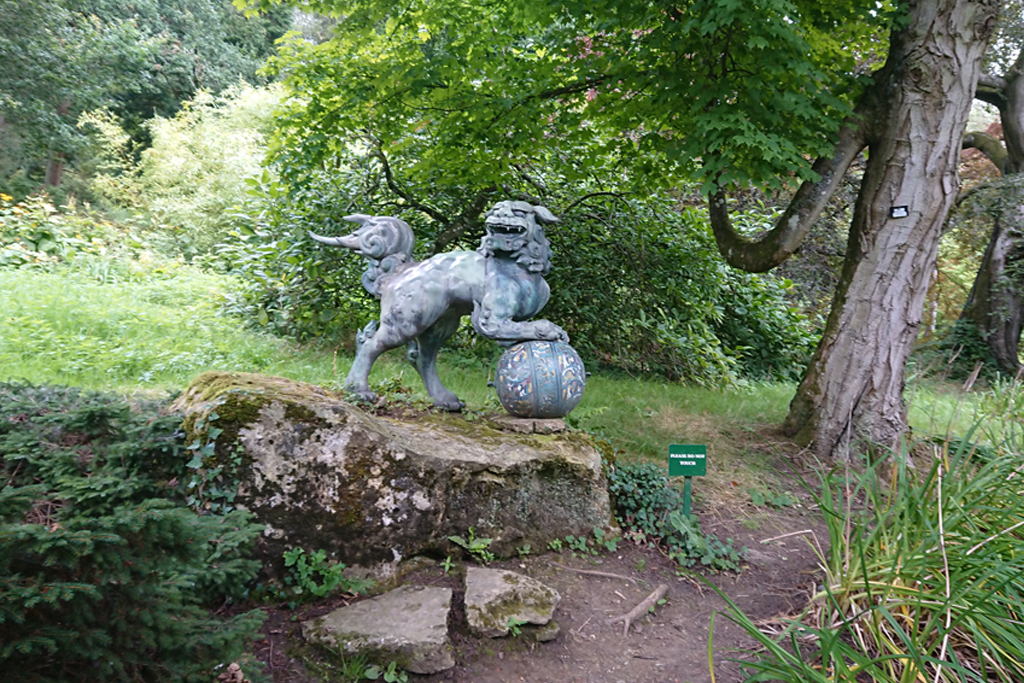 The Foo Dog
The Foo Dog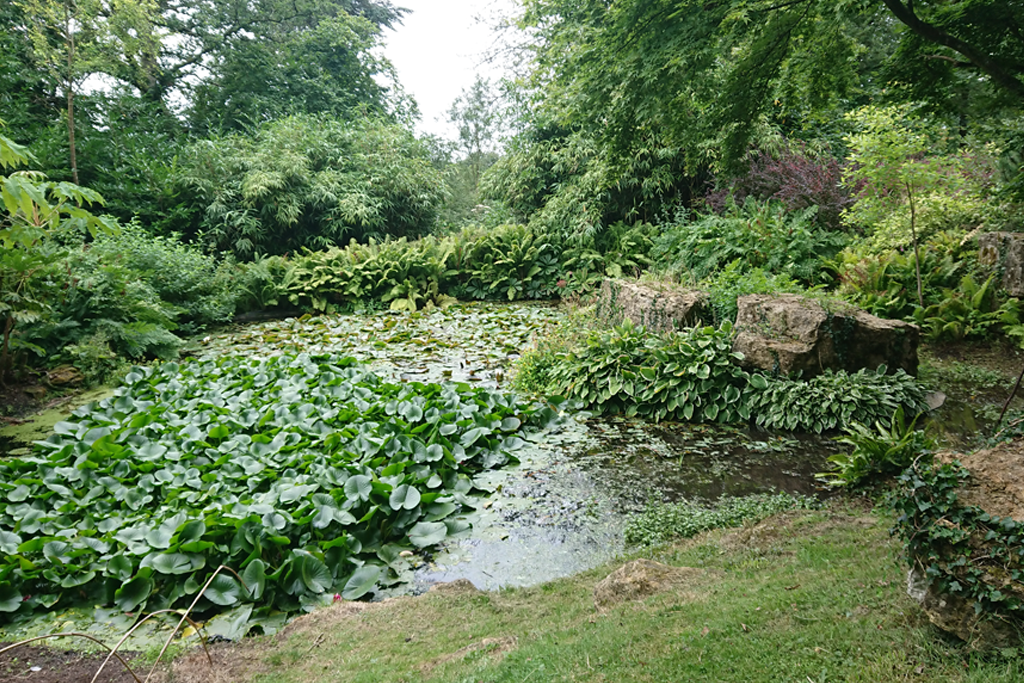 This bog garden was once a sheep wash
This bog garden was once a sheep wash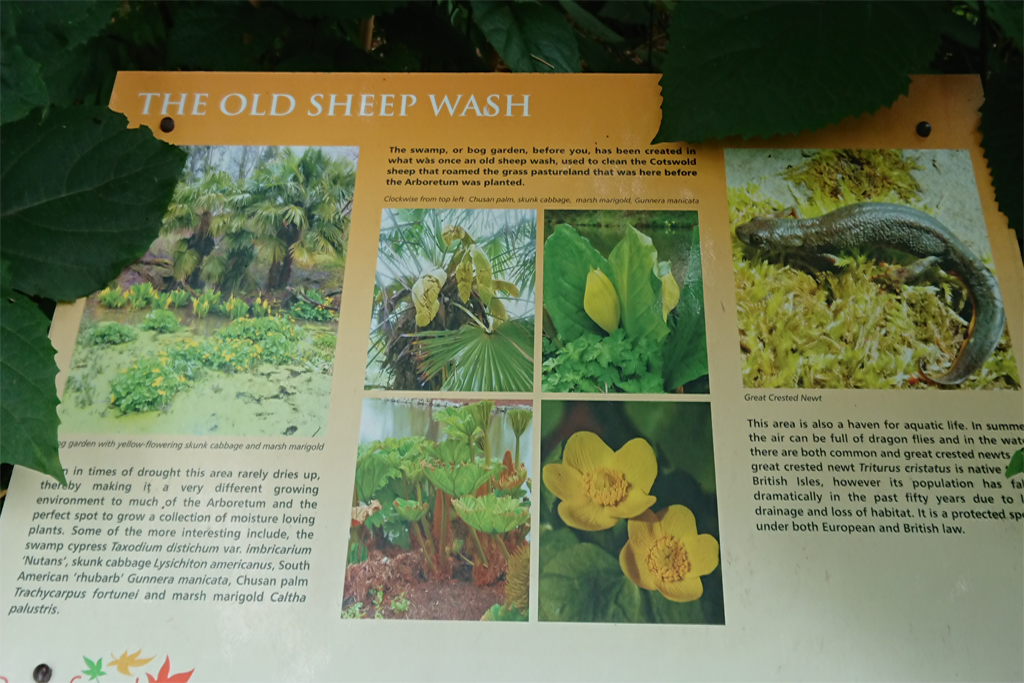
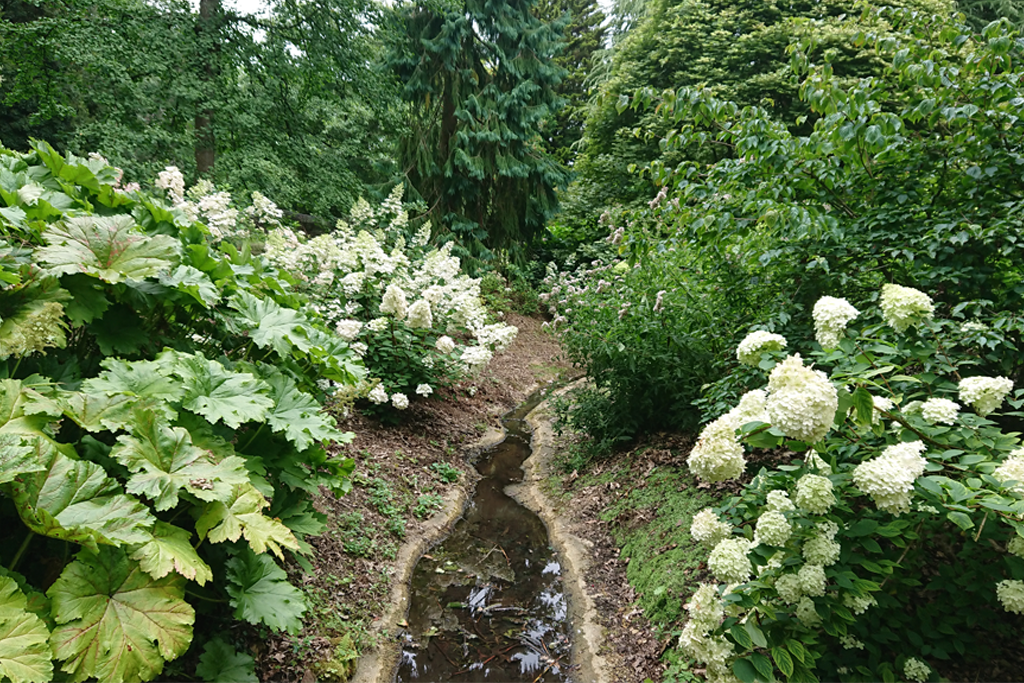
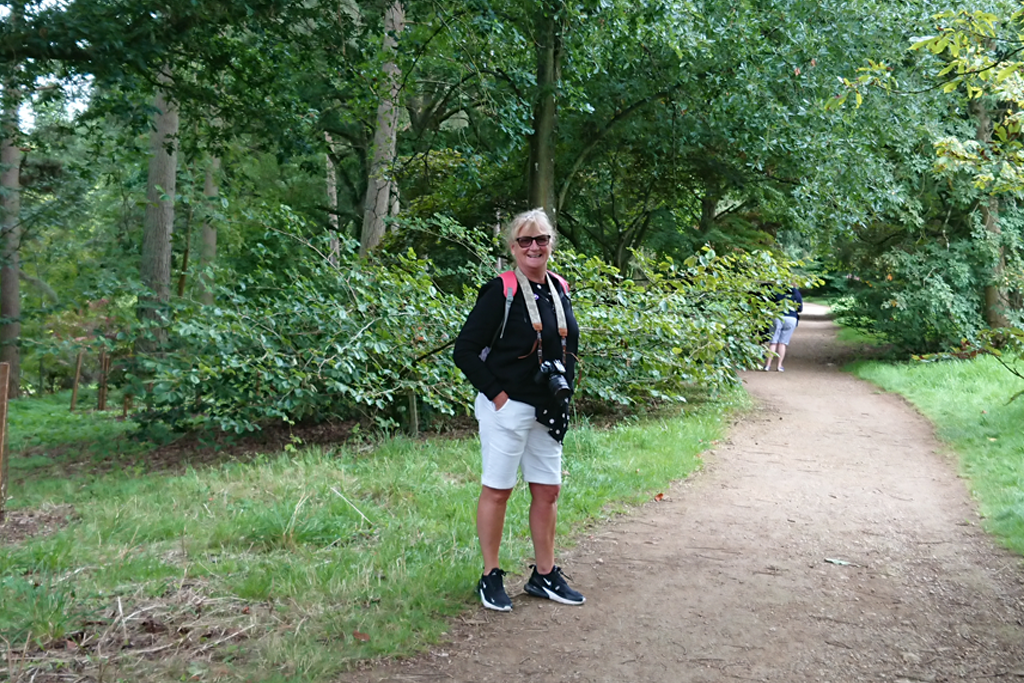
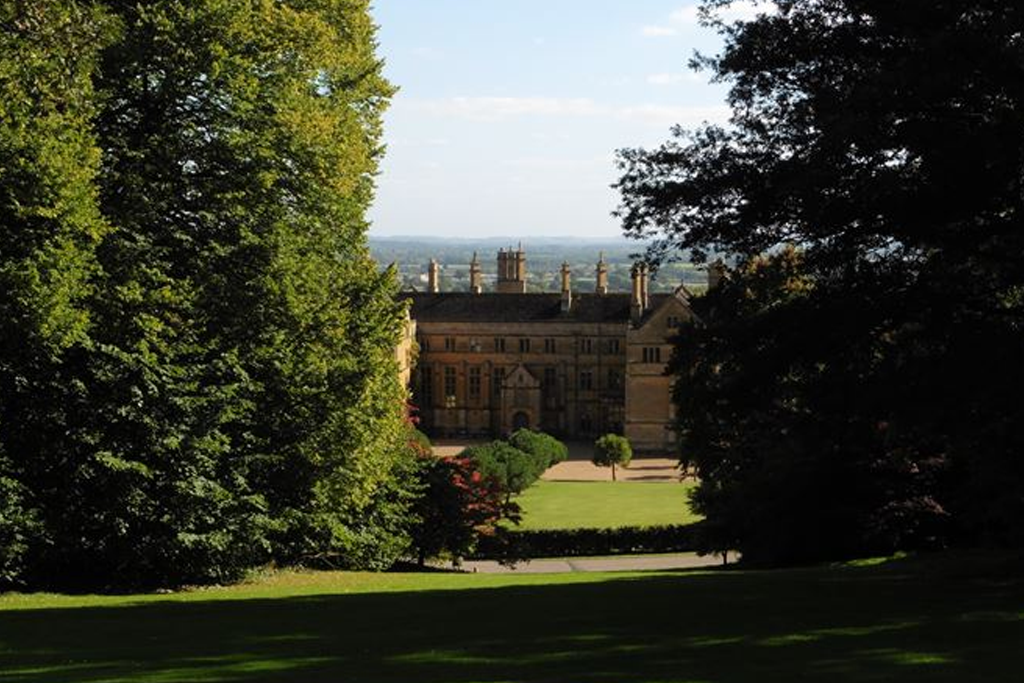 Batsford House (in the distance) currently owned by Michael Hamilton Wills, 3rd Baron Dulverton
Batsford House (in the distance) currently owned by Michael Hamilton Wills, 3rd Baron Dulverton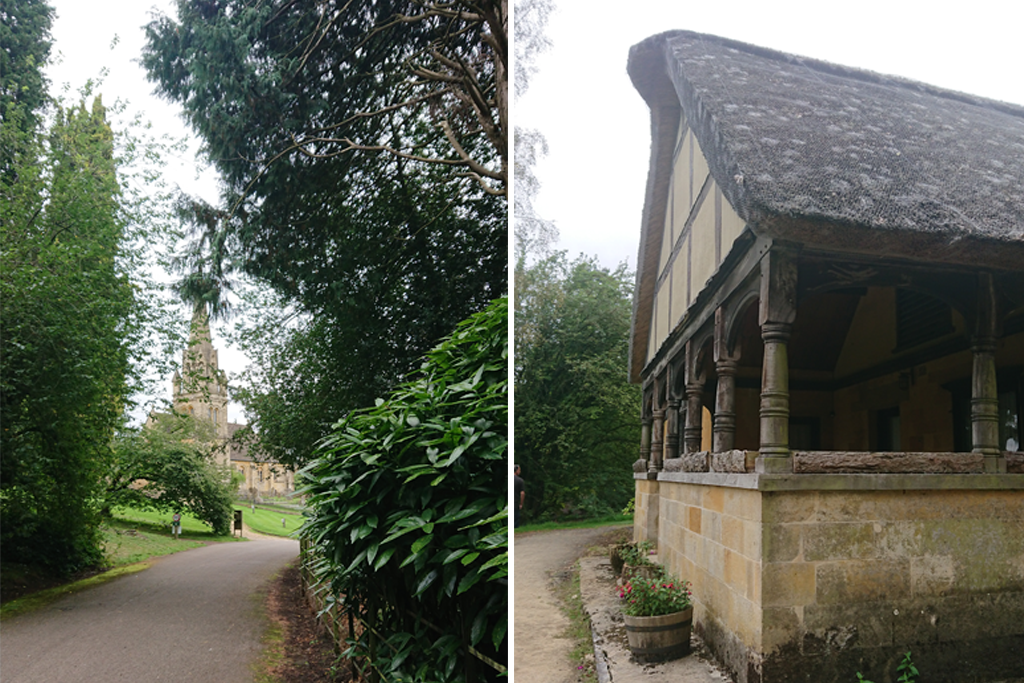
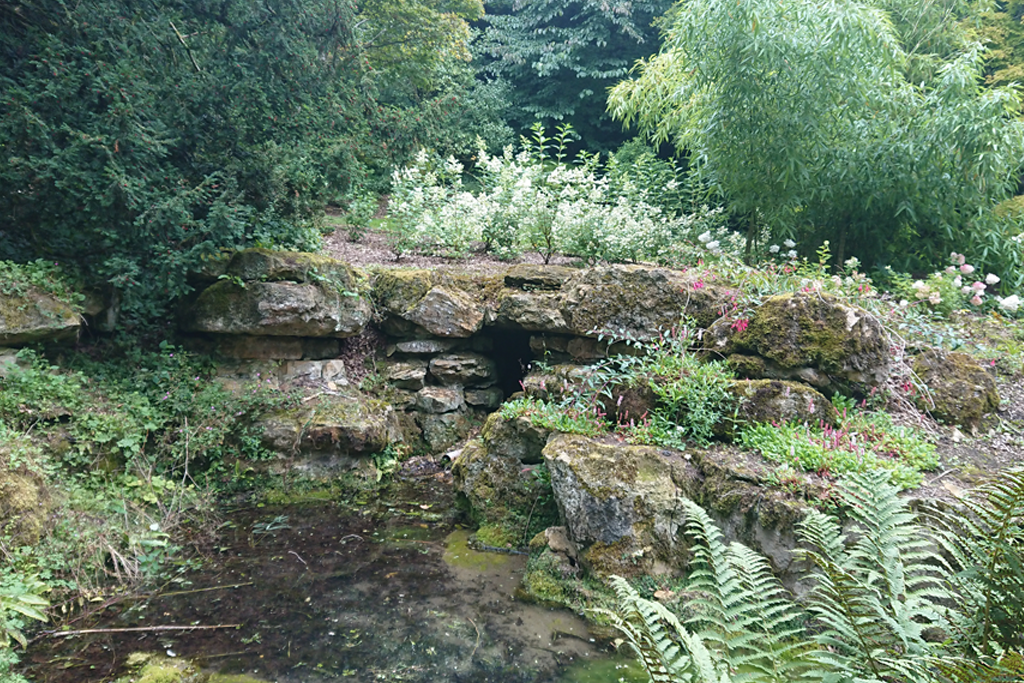
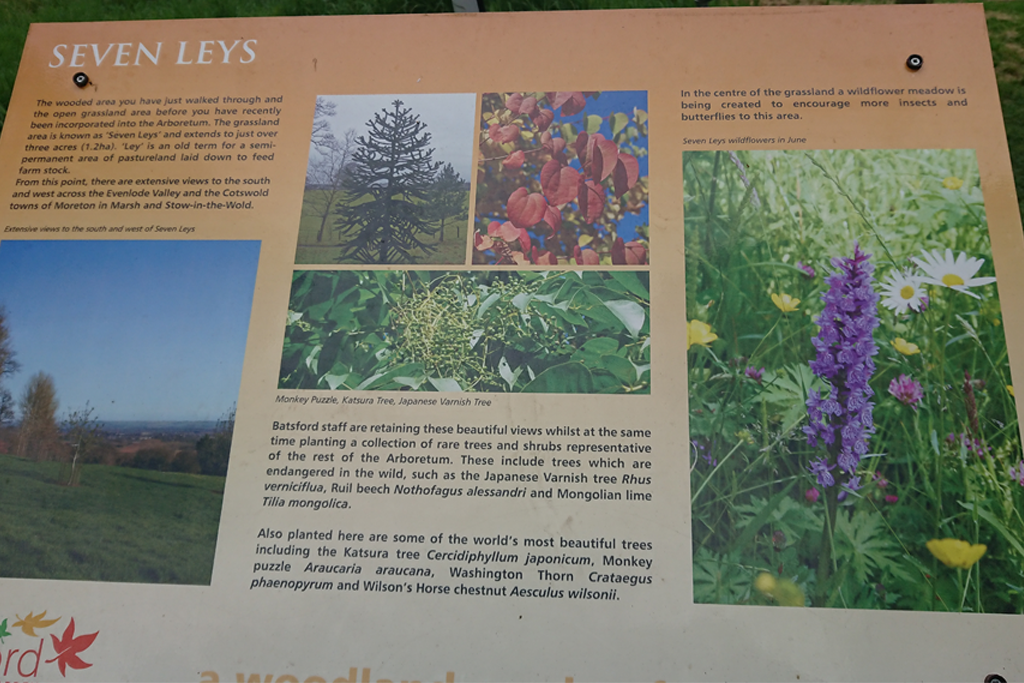
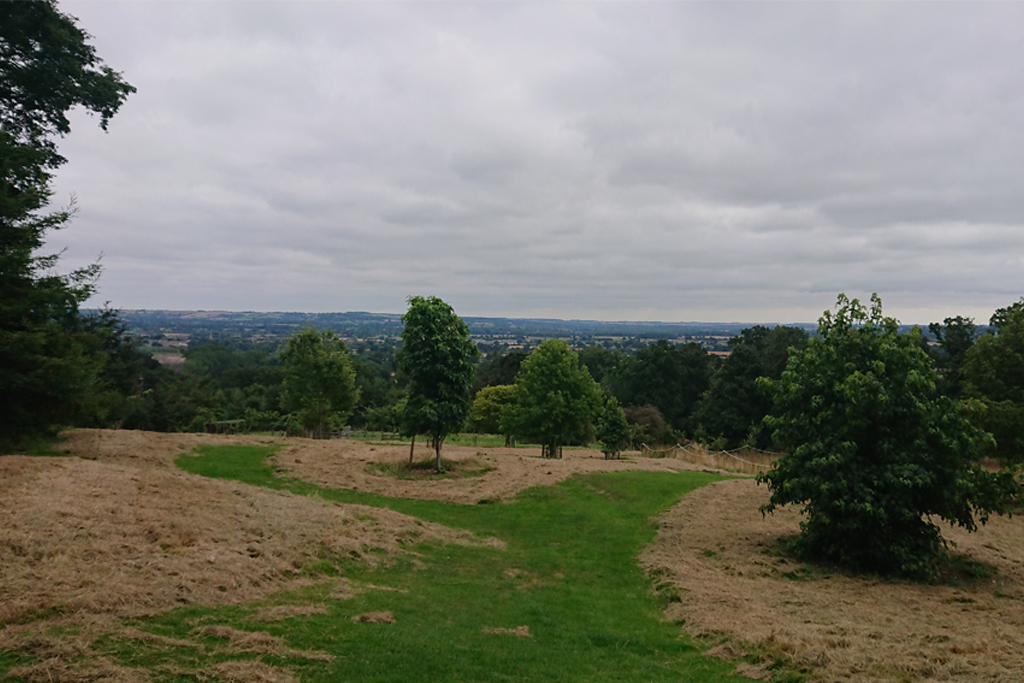 The Seven Leys - a great view across the Cotswold Hills towards Stow-on-theWold
The Seven Leys - a great view across the Cotswold Hills towards Stow-on-theWold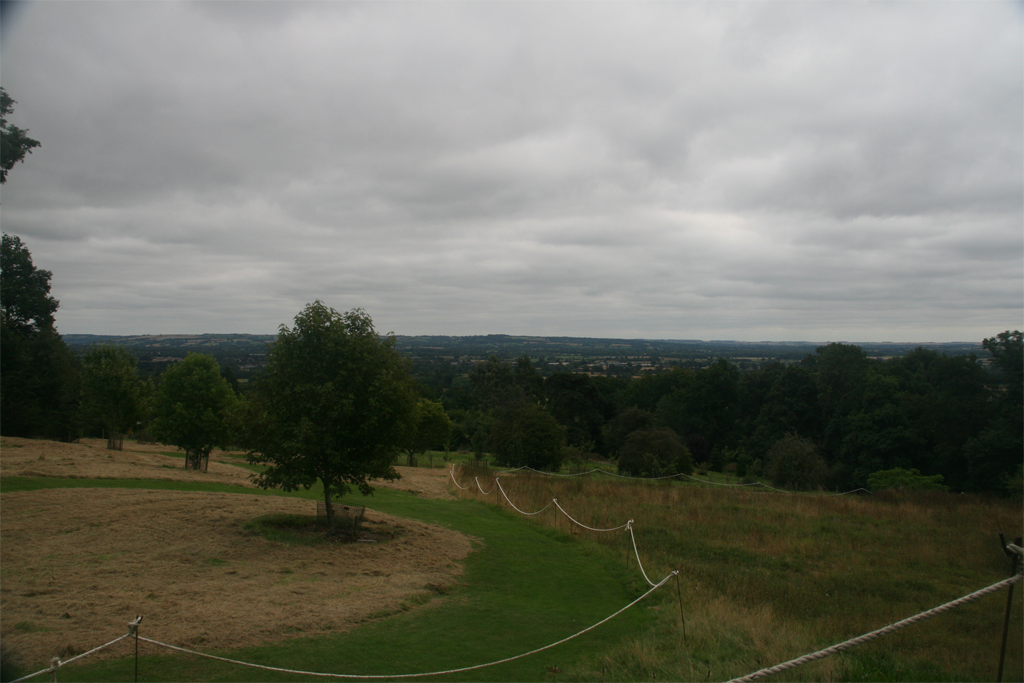 The fenced off area is where they are trying to encourage the growth of a wild flower garden
The fenced off area is where they are trying to encourage the growth of a wild flower garden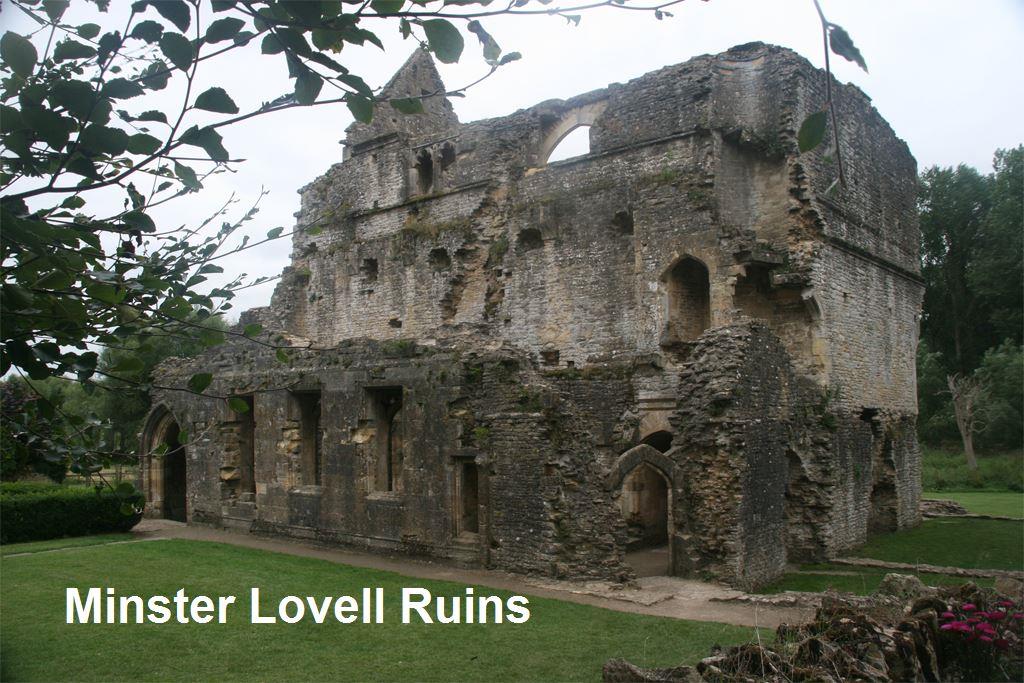
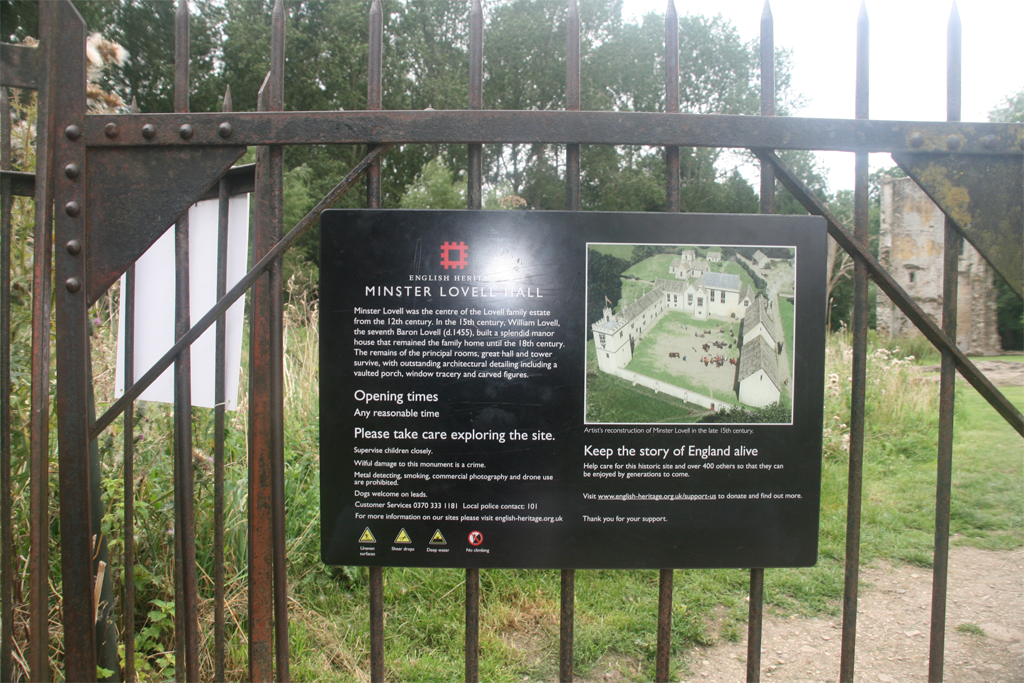
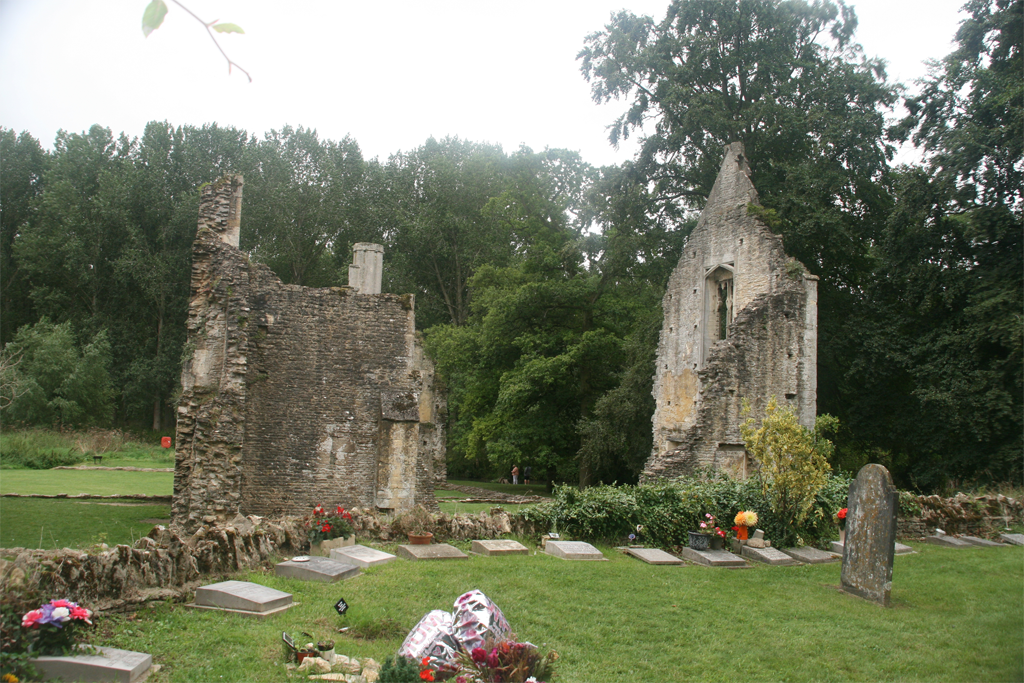
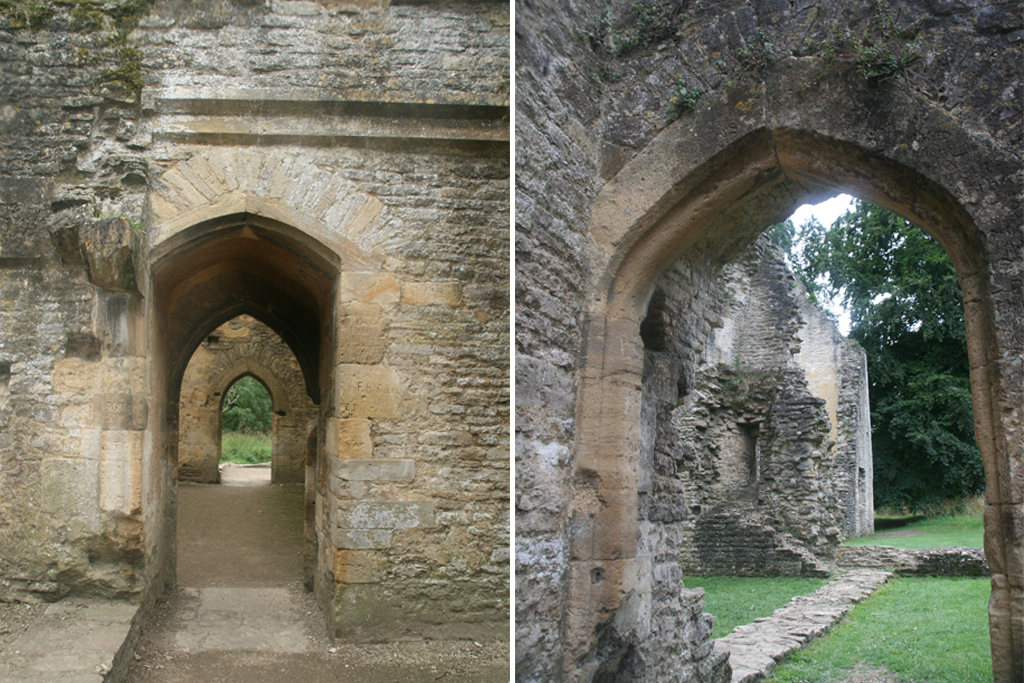
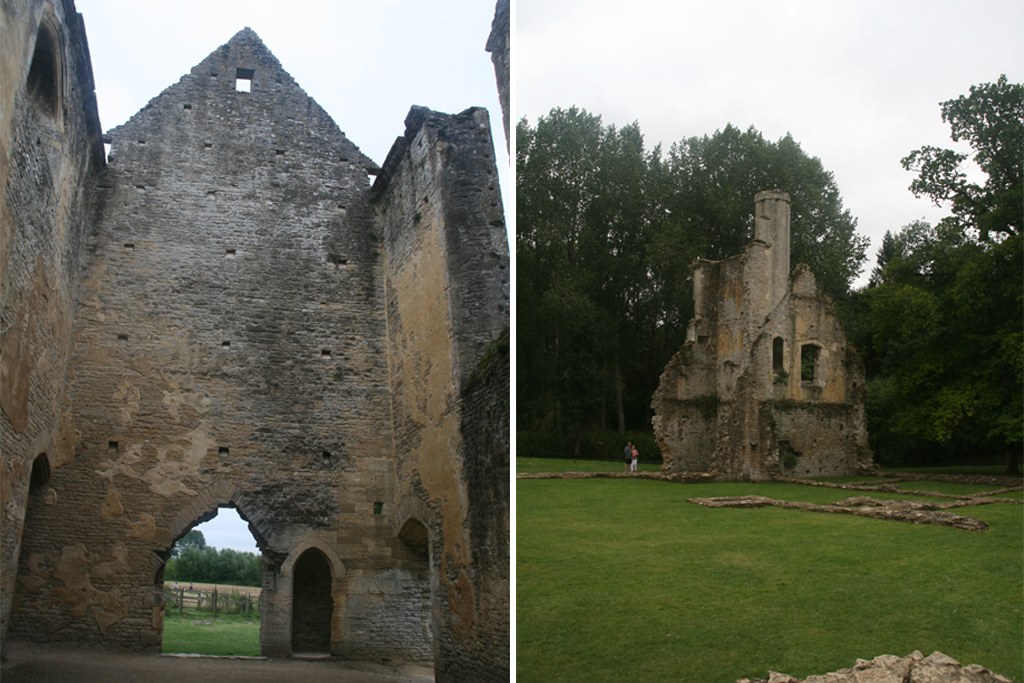
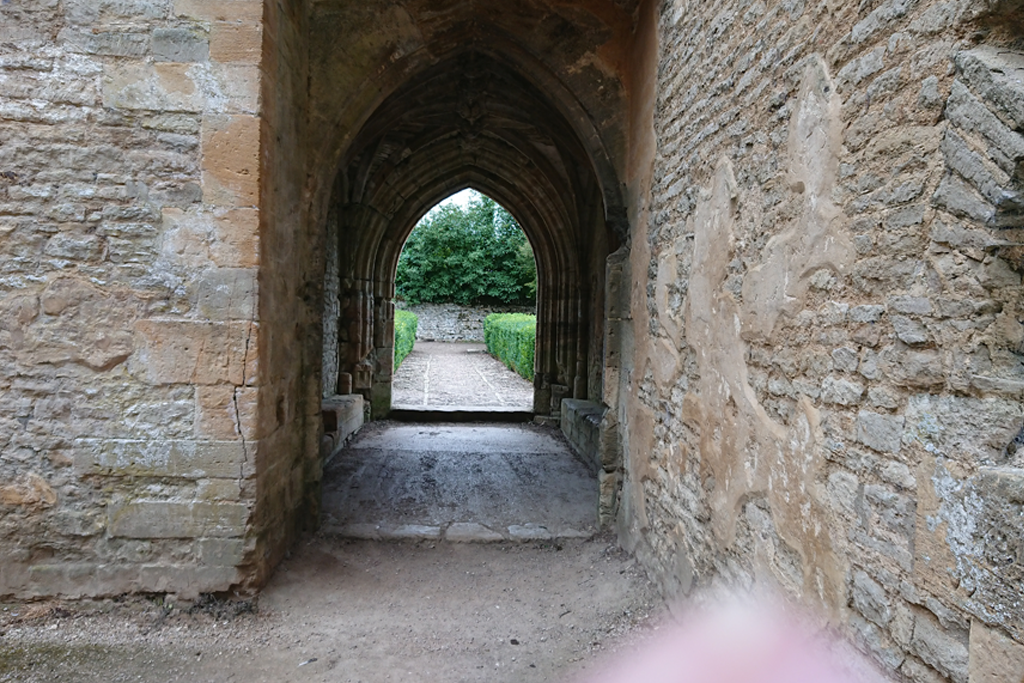
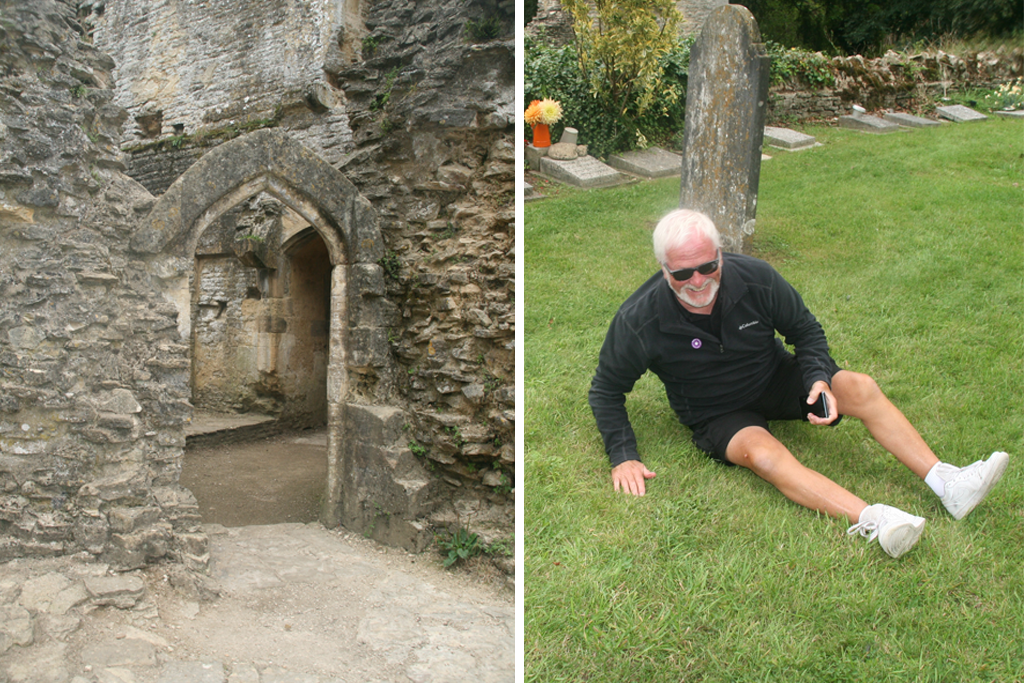 Too much wine!
Too much wine!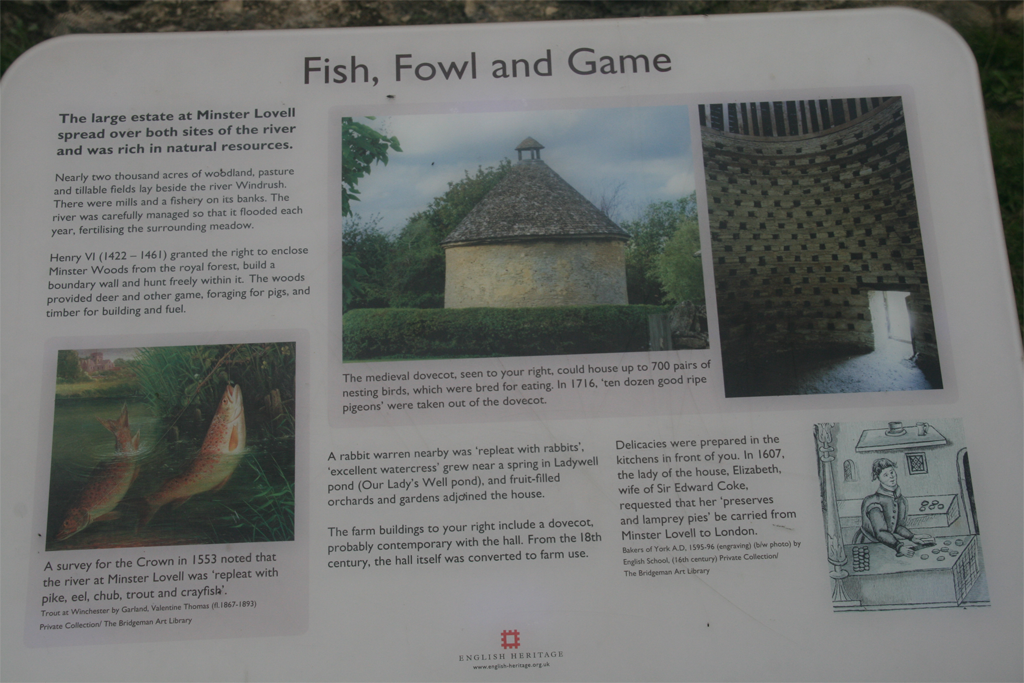
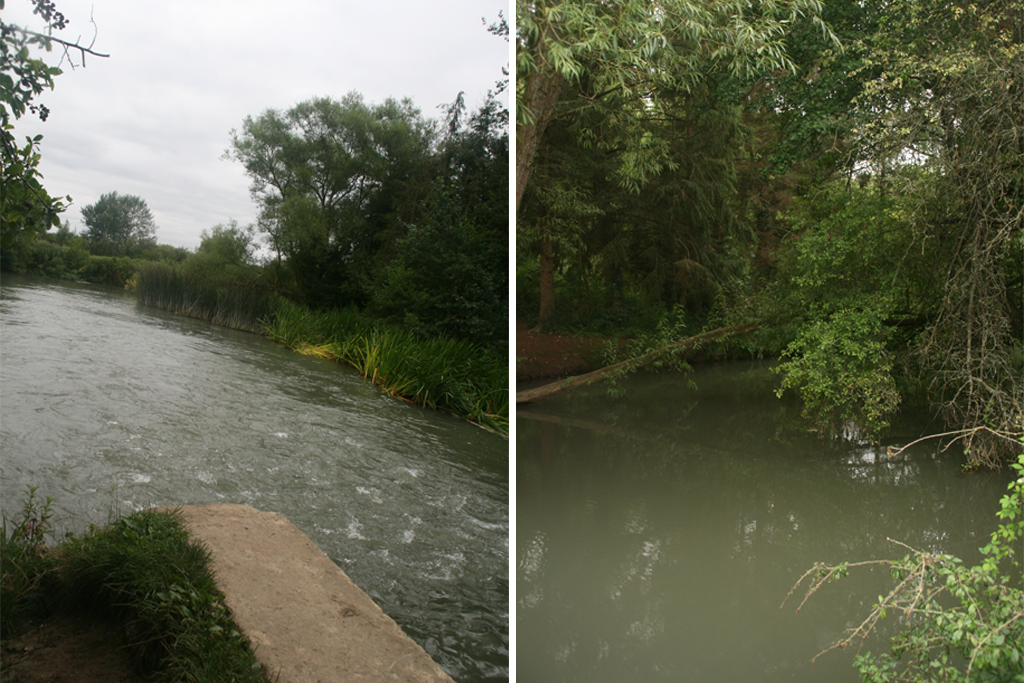
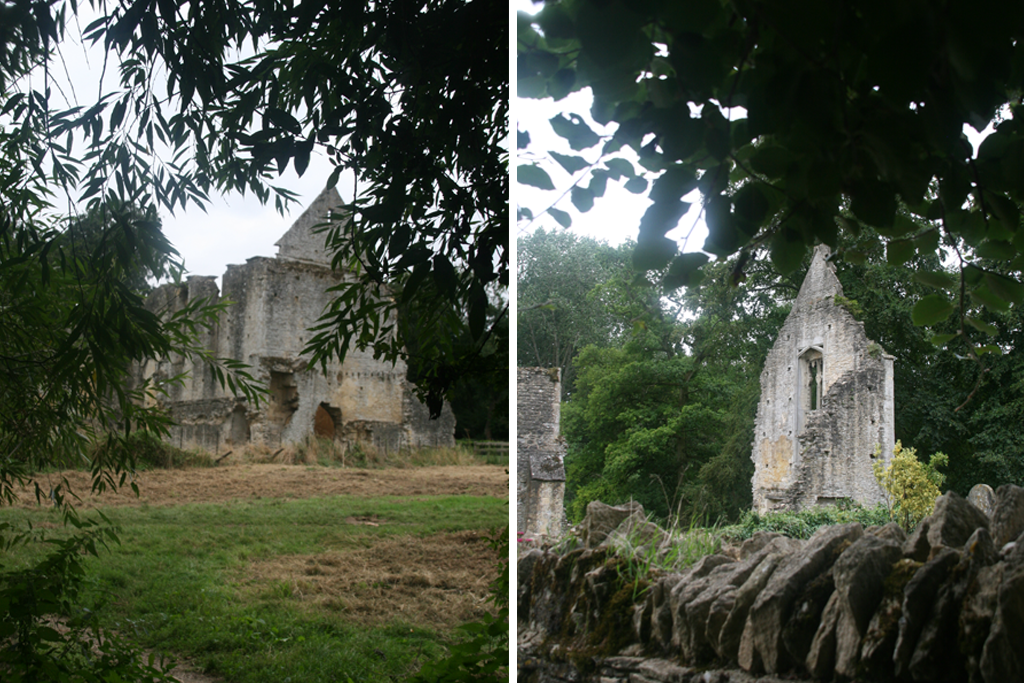
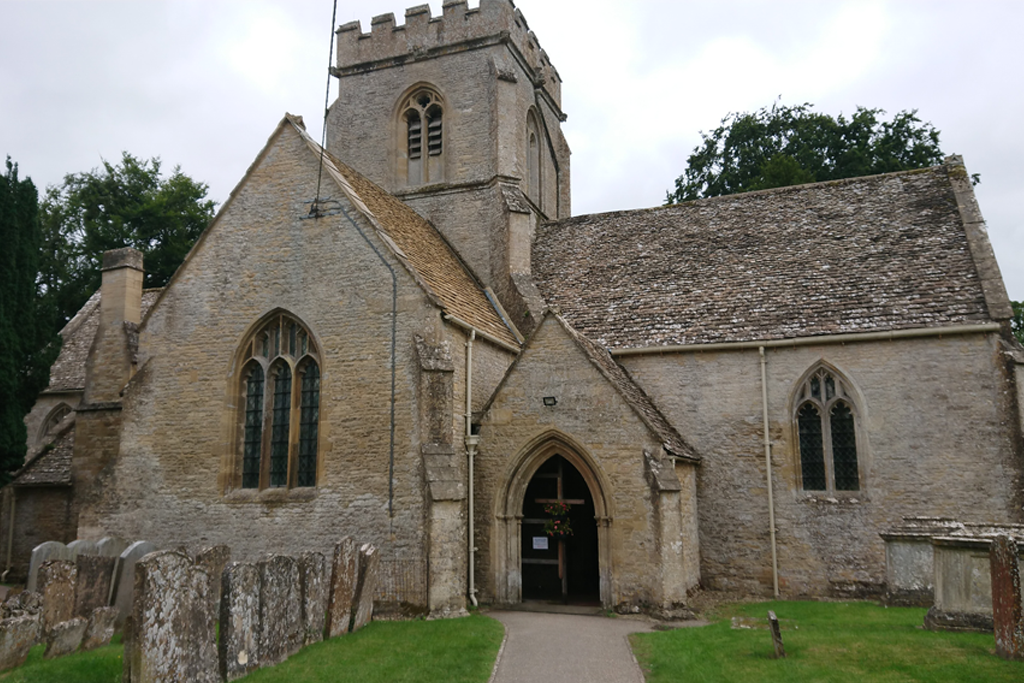 St Kenelm’s Church
St Kenelm’s Church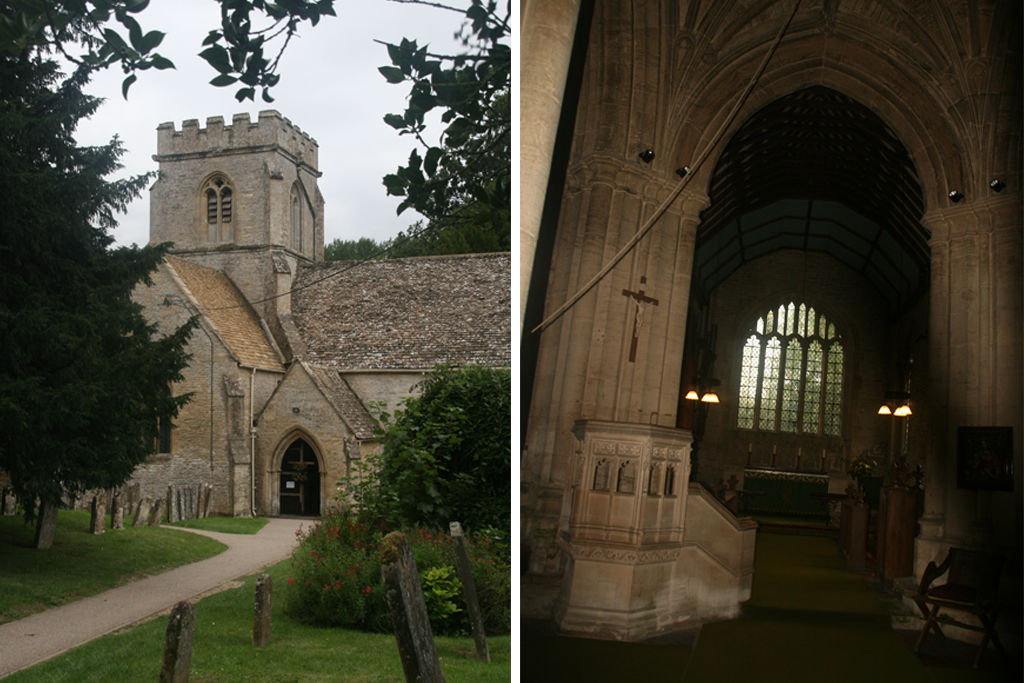
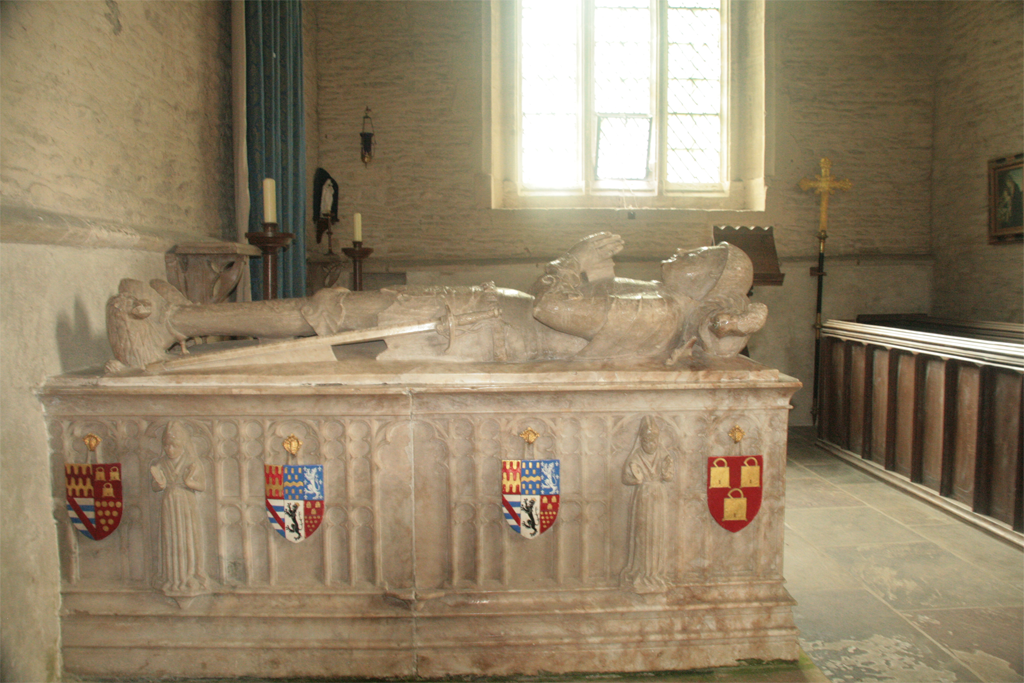 Possible tomb of Baron William Lovell (1455) with an alabaster effigy of Baron Lovell and heraldic symbols relating his family connections
Possible tomb of Baron William Lovell (1455) with an alabaster effigy of Baron Lovell and heraldic symbols relating his family connections 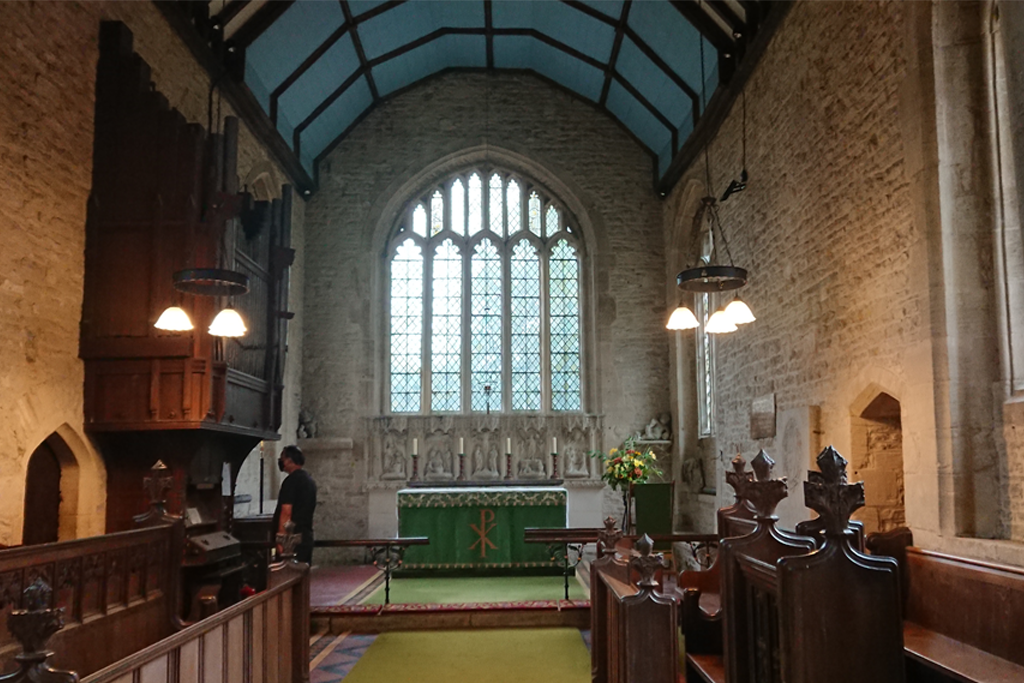 Beautiful interior of the church
Beautiful interior of the church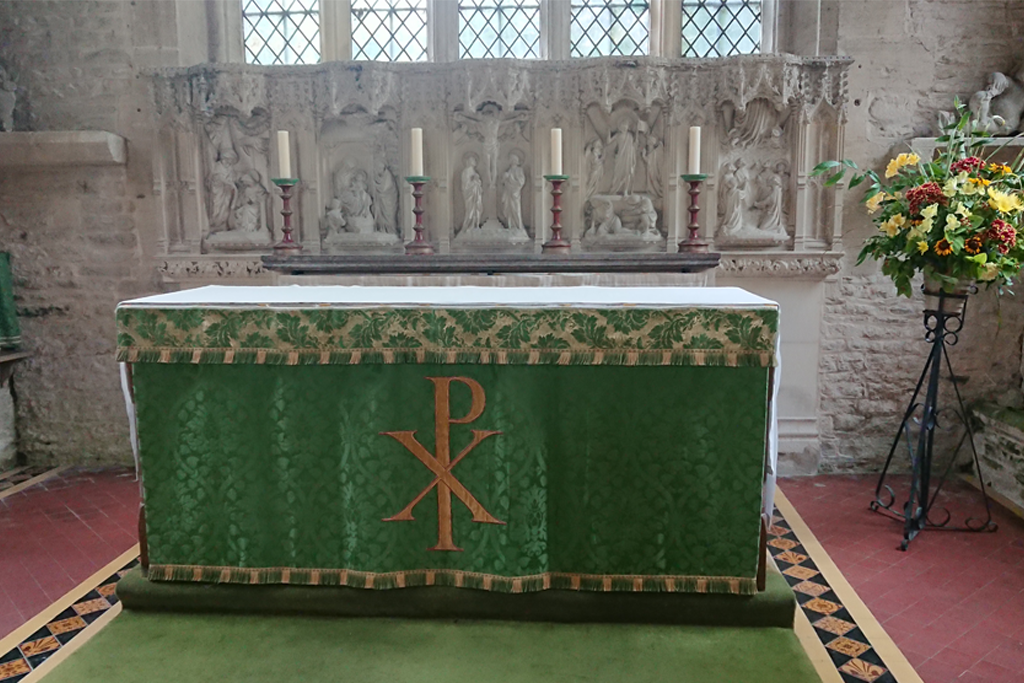 The reredos behind the altar was installed in 1876 in memory of Lady Taunton shows five finely carved panels of Biblical scenes.
The reredos behind the altar was installed in 1876 in memory of Lady Taunton shows five finely carved panels of Biblical scenes. 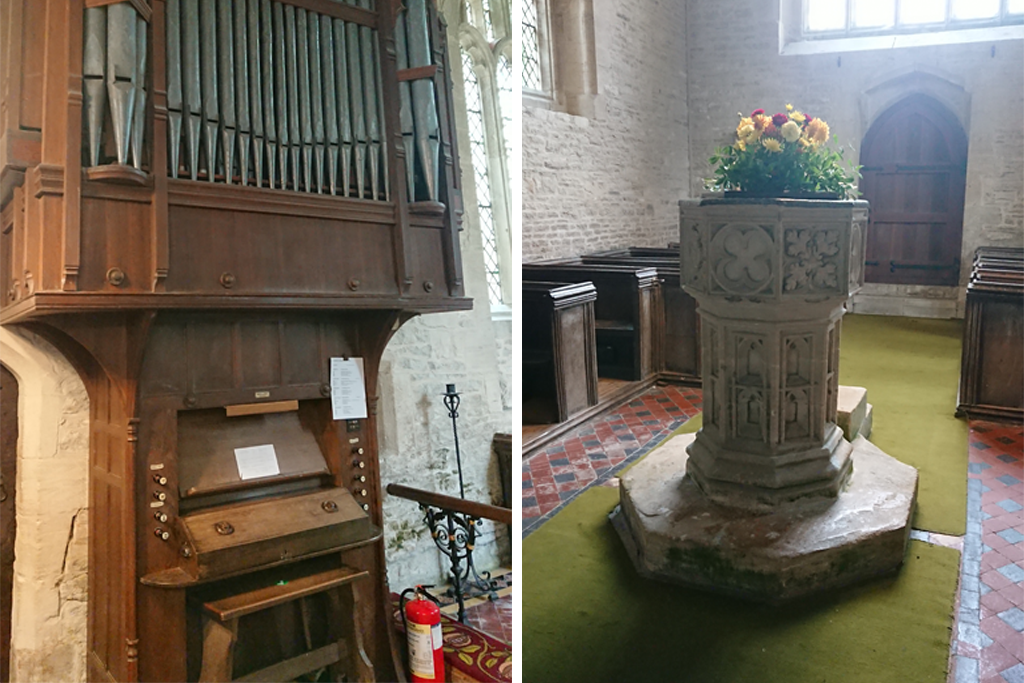
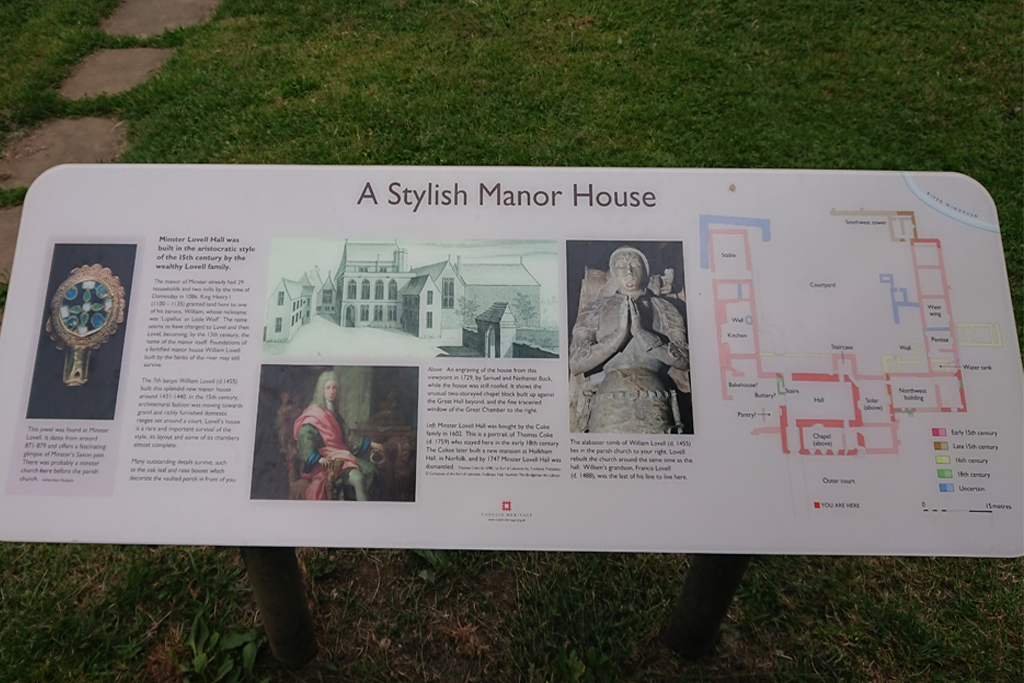
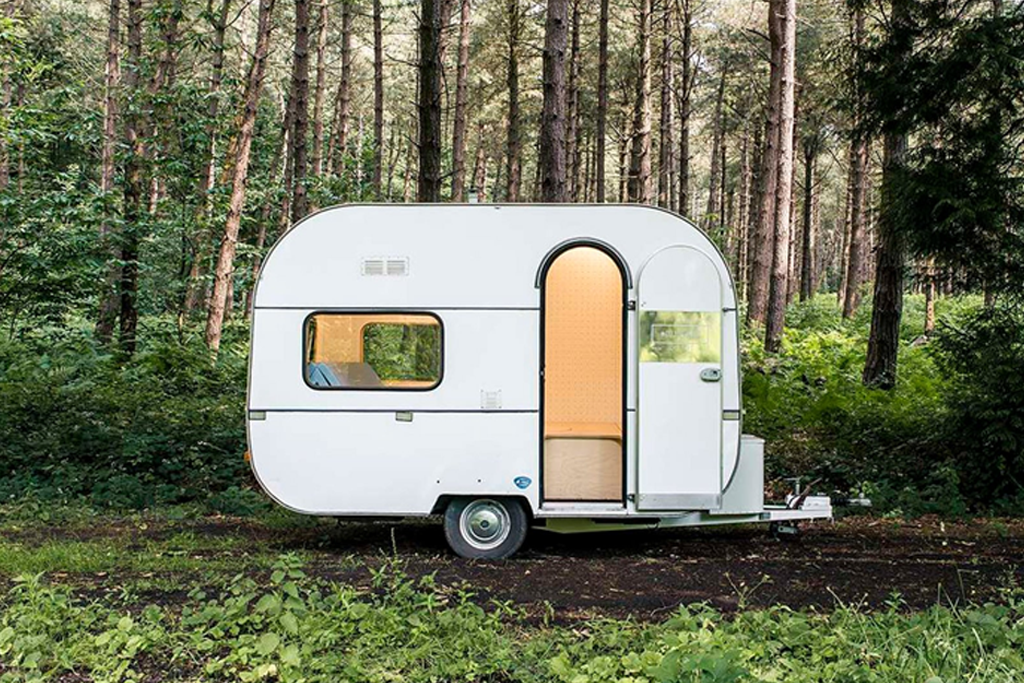 Last Slide in Sequence
Last Slide in Sequence